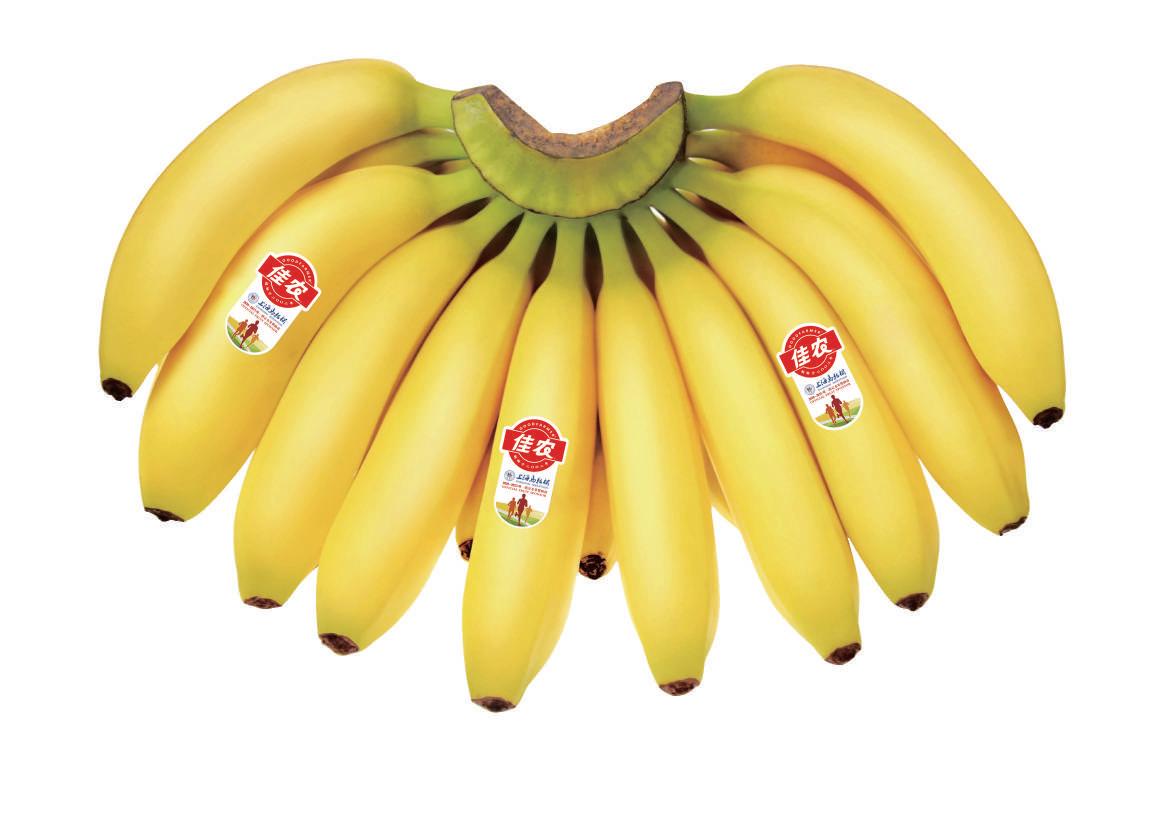EUROF RUIT























BRIEFINGS
FRUIT ATTRACTION
APPLES AND PEARS
FRESH FOCUS NORTH




SOUTHERN AFRICA BERRIES
















PACKAGING AND TECHNOLOGY DISPATCHES



















































BRIEFINGS
FRUIT ATTRACTION
APPLES AND PEARS
FRESH FOCUS NORTH




SOUTHERN AFRICA BERRIES
















PACKAGING AND TECHNOLOGY DISPATCHES






































Despite some considerable challenges, Europe’s biggest fresh produce exporter continues to lead the way as a key supplier to markets around the world








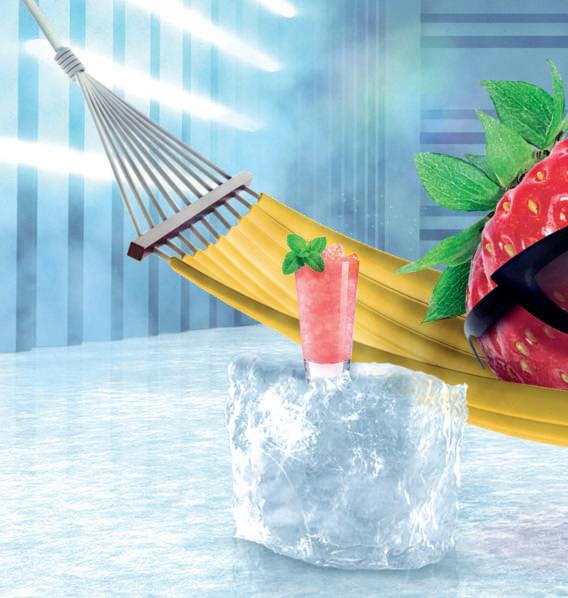




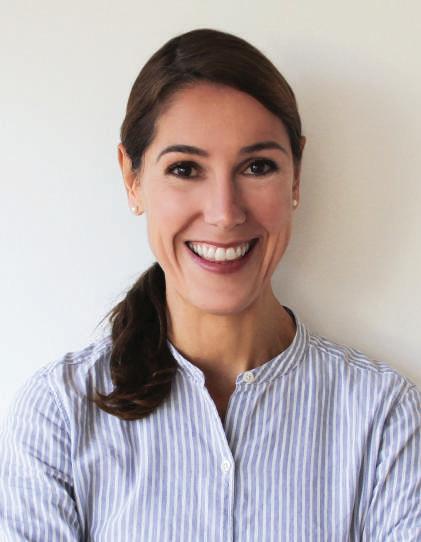
Fruit
The challenges facing Spain’s agrifood sector –climate change, rising production costs, labour shortages and a loss of competitiveness against cheaper, non-EU imports to name just a few – are well documented. Yet, much like its football team, it remains the dominant force in Europe, a position driven by its favourable geography, climate, technical knowhow, efficient logistics and the resilience and resourcefulness of its growers. Last year, exports of fresh fruits and vegetables grew 6 per cent in value, despite falling by the same percentage in volume. In the words of one global supplier who took part in a recent Foods From Spain event to promote Spanish food, wine and produce in the UK, “Africa may have a labour cost advantage, but on every other metric, Spain can’t be touched”. In recent years, Spain’s role as a global trading hub for fresh produce has also developed. The number of African and Latin American countries using Spain as an entry point to serve European markets continues to grow. So let’s raise a glass and celebrate these remarkable achievements. For despite the challenges, as long as the sector continues to invest in technology, varietal development, logistics and sustainability, Spain’s future looks assured. E











Maura Maxwell, Editor
We excite consumers in every

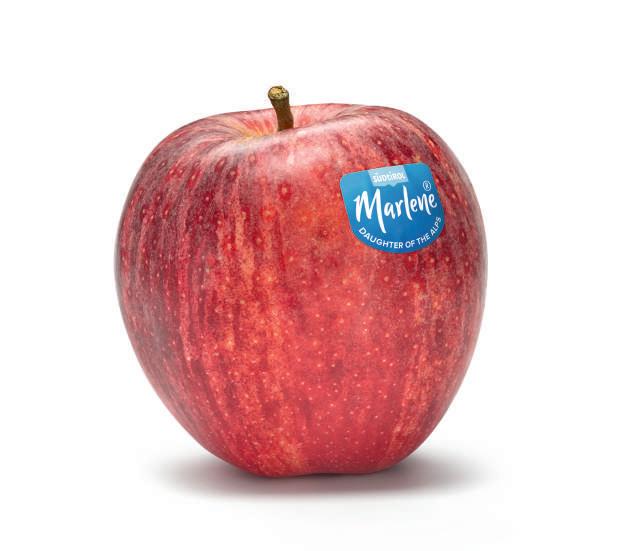
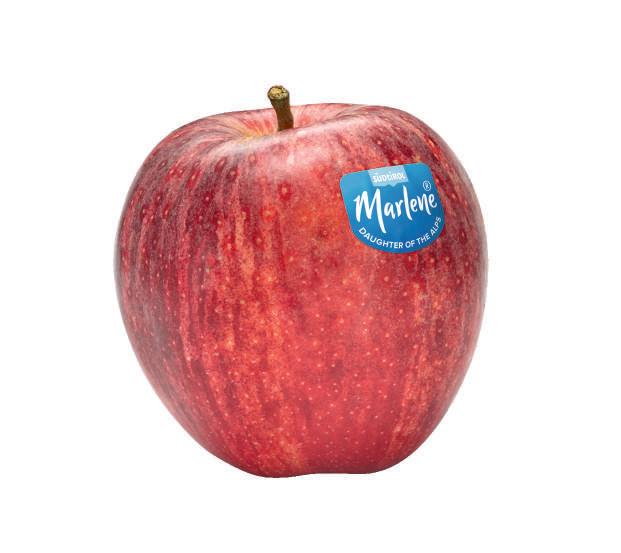
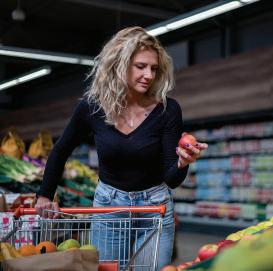
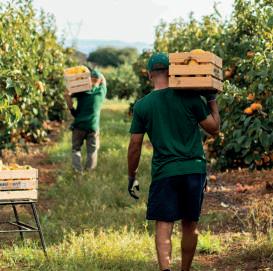
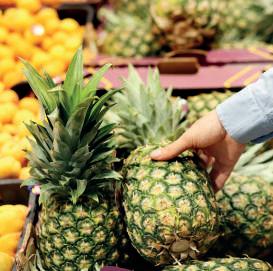
fruitnet.com/grapecongress
Fruitnet Grape Congress brought together leading players from the table grape category to connect and share in-depth experience and expertise, whilst exploring new ideas.
instagram.com/fruitnet
Follow Fruitnet's Instagram page for regular photos and updates from the Fruitnet team.

fruitnet.com/eurofruit eurofruit's news website provides regular updates on all the top stories from the European fresh fruit and vegetable business. News
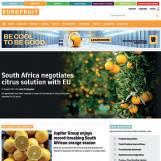

https://desktop.eurofruitmagazine.com
Download the new Eurofruit app onto your smartphone or tablet from the App Store or Google Play. Stay informed of the latest fresh produce industry developments, and enjoy our magazines in new user-friendly digital formats.
linkedin.com/showcase/eurofruitmagazine
Expand your network of professional contacts and join the fresh produce conversation by visiting the eurofruit LinkedIn account. LinkedIn
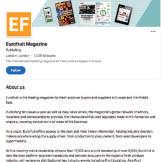
x.com/eurofruit
Keep up to date with news, opinions and developments from around the European fresh produce trade by following our dedicated X account.
fruitnet.com/freenewsletter
Fruitnet Daily News is the fresh produce industry's leading source of news, information and insight. Available free to all, it is essential reading for those who need to keep track of developments and trends in the international fruit and vegetable business.
https://anchor.fm/fruitbox
Listen to Fruitnet's podcast series hosted by managing director Chris White in London. The Fruitbox podcast features conversations and interviews with leading industry experts. Fruitbox






































































Leading vertically integrated citrus grower/shipper in North America, with complete control of our fruit, from seed to store
Highest industry standards for quality
Best-in-class brands that consumers know and love
Deeply invested in innovation, sustainability, and our communities
Complete customer-centric services and expertise: Transportation, sales, marketing, merchandising, agronomy and more
















SINCE 1973
managing director, fruitnet europe
Mike Knowles
+44 20 7501 3702 michael@fruitnet.com
managing editor
Maura Maxwell
+44 20 7501 3706 maura@fruitnet.com
deputy editor
Carl Collen
+44 20 7501 3703 carl@fruitnet.com
news editor
Tom Joyce
+44 20 7501 3704 tom@fruitnet.com
staff writer
Fred Searle
+44 20 7501 0301 fred@fruitnet.com
design manager
Simon Spreckley
+44 20 7501 3713 simon@fruitnet.com
senior designer
Qiong Wu
+61 3 9040 1603 wobo@fruitnet.com
senior graphic designer Mai Luong
+44 20 7501 3713 mai@fruitnet.com
graphic designer
Asma Kapoor
+44 20 7501 3713 asma@fruitnet.com
head of events and marketing
Laura Martín Nuñez
+44 20 7501 3720 laura@fruitnet.com
events executive
Poppy Bowe
+44 20 7501 3719 poppy@fruitnet.com
MANAGEMENT
commercial director
Ulrike Niggemann
+49 211 99 10 425 ulrike@fruitnet.com
managing director
Chris White
+44 20 7501 3710 chris@fruitnet.com
sales director
Artur Wiselka
+44 20 7501 0309 artur@fruitnet.com
senior sales manager
Giorgio Mancino +44 20 7501 3716 giorgio@fruitnet.com
us & canada
Jeff Long +1 805 448 8027 jeff@fruitnet.com
italy
Giordano Giardi +39 059 786 3839 giordano@fruitnet.com
germany, austria, switzerland, middle east
Heike Hagenguth +20 100 544 5066 heike@fruitnet.com
morocco, france, tunisia Cristina Delof +34 93 000 57 54 cristina@fruitnet.com
south africa
Fred Meintjes +27 28 754 1418 fredmeintjes@fruitnet.com
asia pacific Kate Riches +61 3 9040 1601 kate@fruitnet.com
finance director
Elvan Gul +44 20 7501 3711 elvan@fruitnet.com
accounts receivable
Tracey Haines +44 20 7501 3717 tracey@fruitnet.com
finance manager
Günal Yildiz +44 20 7501 3714 gunal@fruitnet.com
subscriptions +44 20 7501 0311 subscriptions@fruitnet.com

Elmé Coetzer-Boersma globalgap
Elmé comments that farm assurance solutions like those offered by GlobalGAP can simplify the certification process for producers. briefings–p10-11

Michael Barker fresh produce journal
Michael speaks with CPMA's Ron Lemaire about a range of topics relevant to Canada, such as consumption, packaging and sustainability. ff north america–s6-7

Fernando Muñoz
foods from spain Fernando highlights a new study that will assess the challenges and opportunities the Spanish fruit and vegetable industry faces. fruit attraction–p26-27

Edwin Wentink lineage logistics
Edwin says that when it comes to cutting waste amid rising demand for fresh fruit, a joined-up approach to cold chain logistics is essential.
transport & logistics–p116
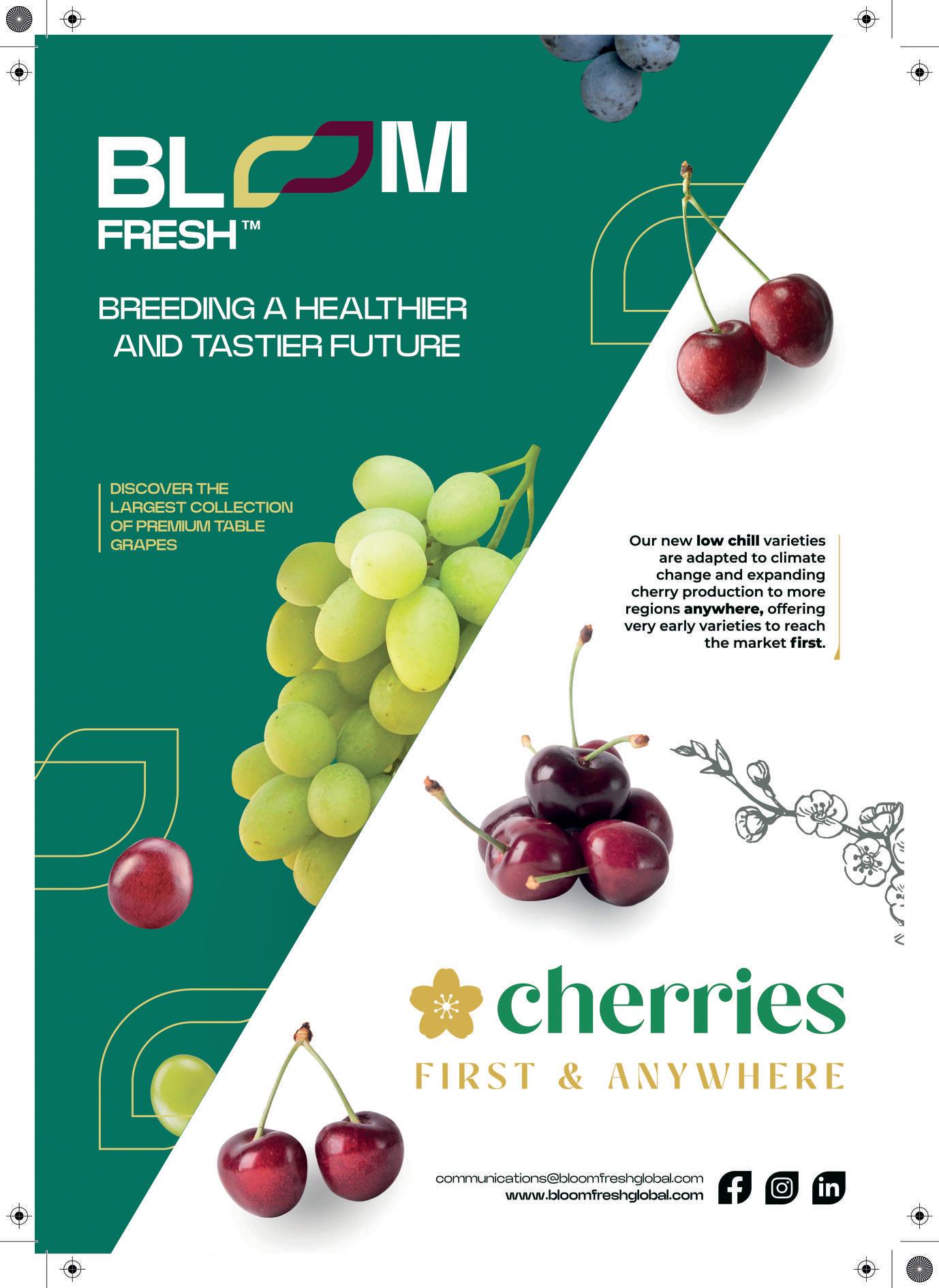
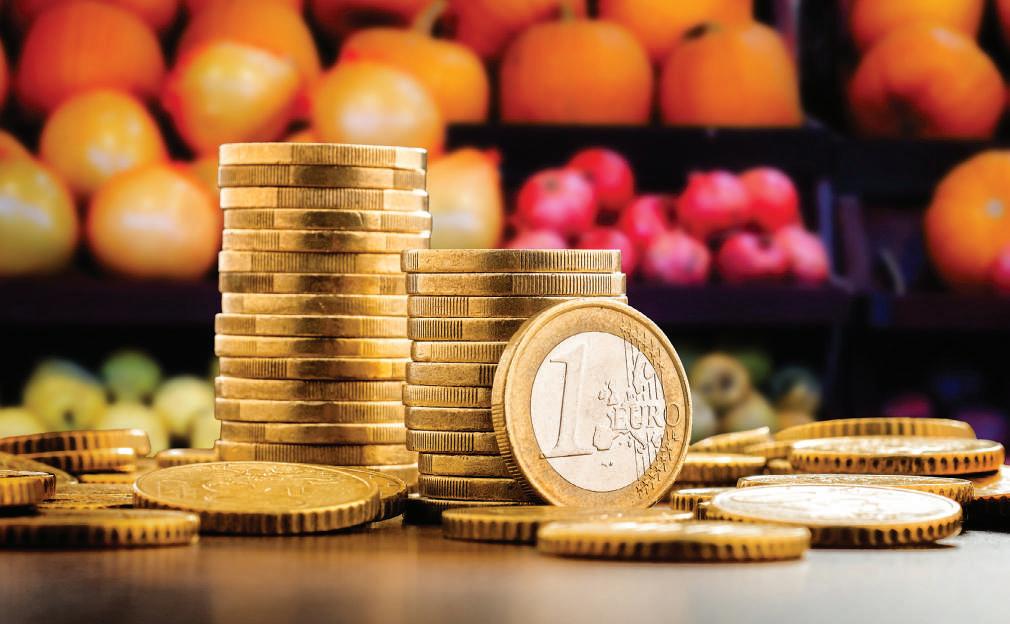
ABOVE—The proposal suggests cutting the agricultural promotion policy budget over the next three years.
OPPOSITE— Communicating the benefits of fresh produce is crucial
The organisation says that the redeployment of funds could threaten the competitiveness of European fruit and vegetables.
by Carl Collen
Freshfel Europe, on behalf of the European fresh produce sector, has submitted a letter responding to the EU Commission’s proposal to drastically reduce the agricultural promotion policy budget over the next three years. The proposal will see a cut of €281.7m, resulting in a total budget reduction of over 50 per cent for the CAP policy.
The industry body said that the budgets for ‘multi programmes’, which involve multiple member states as well as the Commission’s own promotion projects in third countries, had been scrapped entirely, only leaving in place the so-called ’simple programmes’.
Freshfel expressed concern regarding the impact this would have on the EU’s fresh produce competitiveness and the continuity of essential promotion and marketing activities co-funded by the EU budget.
“While the EU decreases its promotion budget, global competitors such as the US continue to invest millions to promote American food and farm exports,” said Philippe Binard, general delegate of Freshfel Europe. “This underscores the urgent need to keep a strong EU promotion policy to maintain our competitive edge globally.”
A lacklustre promotion policy would also significantly and negatively impact the EU’s efforts to inform society and consumers about health and environmental issues relating to food and diet, it said.
The latest estimate for daily fruit and vegetable consumption is 340g per person. This is well below the WHO minimum health recommendation of 400g, driven by healthy diet considerations to address the challenges of non-communicable diseases and obesity. Furthermore, the Nordic Council has recommended reaching a minimum daily consumption of 800g of fruit and vegetables: 400g for health benefits and an additional 400g to offset negative environmental impacts.
Freshfel noted that the EU’s promotion policy and its co-funding opportunities were essential for sustaining much-needed promotion and information activities to communicate the high health benefits and the low environmental impact of fresh fruit and vegetables.
“The role of fresh produce as ’essential’ and ’public goods’ needs to be properly voiced,” it continued.
With these challenges in mind, Freshfel Europe said it was ”highly concerned” about the disproportionate decreases in the promotion policy budget, especially for multi-programme projects. The fresh produce
sector had always shown a strong and growing interest in participating in multi-programme projects across all EU member states, as demonstrated by the 52 per cent increase in applications between 2023 and 2024.
“In a time of growing geopolitical instability, with economic uncertainty impacting consumers’ purchasing power and attitudes, and the need to promote the social and environmental benefits of fresh fruit and vegetables, it is crucial for the EU’s fresh produce sector to be well supported in a more cogent, cohesive and coherent manner than has been proposed,” Binard commented.
Freshfel said that the Commission was ”once again demonstrating a lack of consistency, coherence and ambition to accompany the Green Deal strategy towards a plant-based diet”.
It was also significantly undermining its desired transition toward a more sustainable food supply chain, it said, particularly as the budget was one of the only tools that could drive consumer attitudes toward a better diet, in
alignment with the Farm to Fork strategy and Europe’s Beating Cancer Plan.
“This is a very short-term vision,” said Binard. ”This approach by the Commission ignores the indirect long-term huge financial burden on healthcare systems due to unhealthy diets. The World Economic Forum estimates that €2 is needed for each €1 spent on food to remedy the cost of an inappropriate diet.
“This budget redeployment is not only a very bad management choice in regard to the return on investment and efficiency of the promotion policy, but it will be financially very detrimental in the medium- to long-term for society.”
Freshfel called on the Commission to review its position and not to undermine the effectiveness of a popular policy of its CAP.
”With the proliferation and acceleration of multiple crises impacting the agricultural sector, a strong promotion policy remains more relevant than ever for both the internal and international markets,” it stated. E
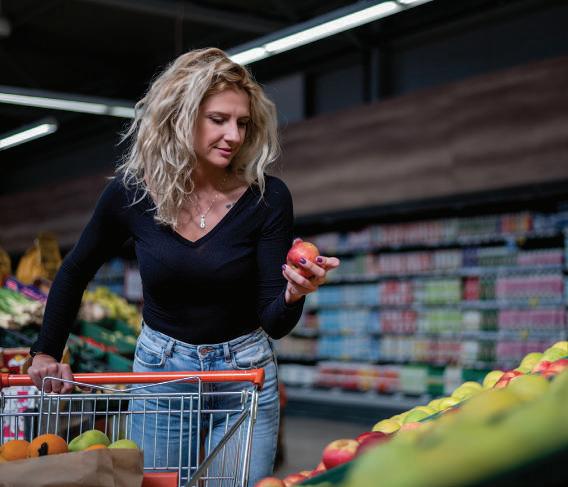
Farm assurance solutions can simplify the certification process for fruit and vegetable producers around the world.
BELOW & OPPOSITE—
Certified goods are more attractive to the supply chain and, ultimately, the consumer
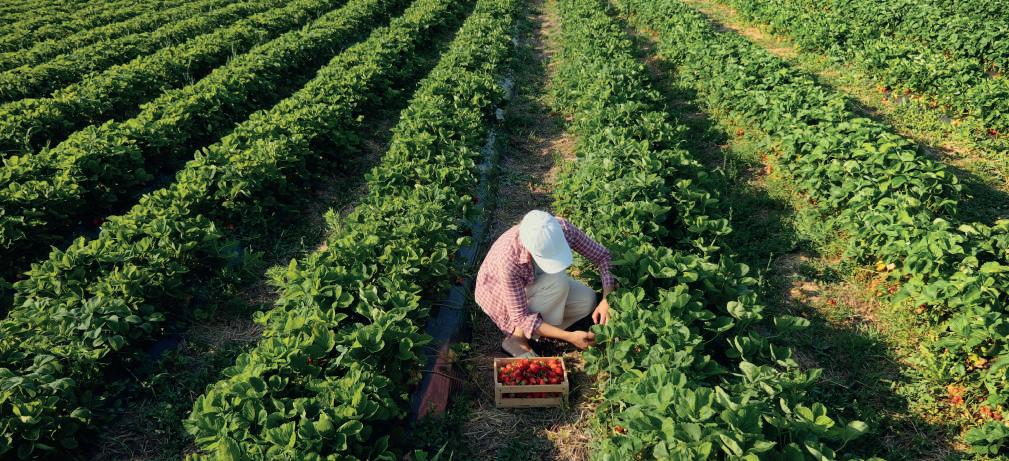

CELMÉ COETZER-BOERSMA GlobalGAP Managing director
the supply chain’s demands for transparency and assurance of responsible farming.
Smart farm assurance solutions can be the answer to tackle increasing challenges for farmers around the world.
ertification should be straightforward and streamlined and should bring recognition to the hard-working farmers that keep fresh produce on our table. It shouldn’t make their demanding jobs harder than they already are.
Fruit growers today face a daunting gauntlet of drought and climate change, tight markets, and increasingly complex government regulations. Growers are additionally expected to meet an expanding number of regulations and certifications for food safety, environmental protection, labour rights, water use, and so on, before they can gain access to an already competitive market.
As the time commitments and financial burdens that are imposed by these additional certifications become increasingly onerous, growers are asking whether less burdensome certification options exist that can truly benefit them, while still satisfying
In today’s global economy, consumers who live far from the source of the food at their local supermarket seek assurance that the food is safe to eat and that it was responsibly produced. Credible certification can provide this assurance in terms of food safety, environmental protection, water conservation, fair labour practices, and so on.
Producers certified under trusted farm assurance solutions like those offered by GlobalGAP can secure access to the supply chain and offer responsibly
produced goods, which are more desirable to the supply chain and, ultimately, to consumers. As a side benefit, many growers find that the knowledge they gain when implementing the science-backed field-tested practices embodied in these standards helps them farm more efficiently, growing betterquality products with less waste and lower input costs.
Also, certification solutions can reach beyond the supply chain directly to the consumer through consumer labels such as the GGN label. Found in supermarkets on select items produced under specific standards, the consumerfacing label brings consumers face-to-face with producers when they enter the label’s 13-digit tracking code into the label portal. Putting a face to a product gives conscientious producers the recognition they deserve for their responsible farming practices.
A scheme like GlobalGAP offers internationally recognised standard solutions to streamline and simplify the compliance process for fruit growers. Their standard for fruit and vegetable farms can be combined with additional modules focusing on specific production aspects, such as labour or water conditions. This reduces audit duplication, simplifies the process, and lowers costs to meet market demands – regardless of the producer’s situation or conditions.
Rather than implementing a heavy-handed top-down approach when developing or updating voluntary standards, GlobalGAP instead actively seeks input from all of its stakeholders, and specifically also the producers themselves, through public consultations. Producers can make specific contributions from their area of expertise, shaping standards with their valuable field-level insights.
Technical committees and focus groups lend further balance and perspective when it comes to setting the standard. And ultimately, this means solutions are crafted that will reflect the latest best practices for responsible farming.
In addition to the scientific expertise that these groups bring to the table, the process of standard
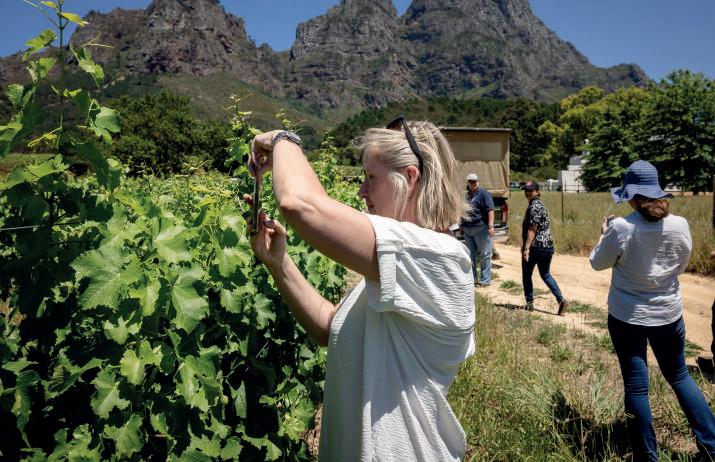
Under certain conditions, individual producers and smallholders who find certification financially prohibitive can group with other growers and receive group certification, efficiently using resources to reduce the financial burden of certification. Besides, group certification encourages collaboration and knowledge sharing among smallholders. By working together to meet certification standards, producers can learn from each other, improve their practices, and build up their capacity. This collective approach can lead to long-term sustainability and growth for smallholder farmers.
setting also involves food retailers, NGOs, agricultural suppliers, certification bodies, and industry associations. This ensures that the certification process that farmers undergo counts on robust standards and a reliable system behind it.
GlobalGAP’s core and add-on standards are driven by our stakeholders around the world. Therefore, they reflect both the needs of the market and the daily realities that are faced by producers on the ground.
Throughout the process, our farm assurance solutions are developed according to four key principles: widespread participation, scientific expertise, harmonisation, and continuous improvement. This approach ensures that we are always innovating in collaboration with stakeholders, and involving all participants in the value chain to create robust, realistic, and cost-efficient farm assurance solutions. E
GlobalGAP has released its 2023 annual report, highlighting its ongoing efforts and contributions in providing tools that support diverse sector challenges, including supply chain transparency, responsible water use, and capacity-building initiatives. These efforts aim to assist producers and communities in adopting safer and more responsible farming practices globally.
“2023 brought the farming industry closer to transformational change –with the agriculture, aquaculture, and floriculture sectors playing a growing role in global climate ambitions,” the organisation said.
“Stakeholders throughout the supply chain are looking to make vital progress on sustainability goals, including producers who must adjust their practices and provide increased transparency on their processes. At GlobalGAP we are pleased to provide our stakeholders with innovative, efficient and smart tools to combat global farming challenges.”
There are 194,777 producers in 137 countries with GlobalGAP-certified production. In total, 4.553m hectares of non-covered and covered plant production are currently GlobalGAP certified. This is calculated based on the productive area certified under the IFA plants scope (all product categories), as well as the Crops for Processing standard and the Harmonised Produce Safety Standard.
Moscow’s apparent attempts to punish Moldova for pursuing closer relations with the EU have only driven the supplier closer to Europe, and Armenia looks set to follow suit.
by Tom Joyce
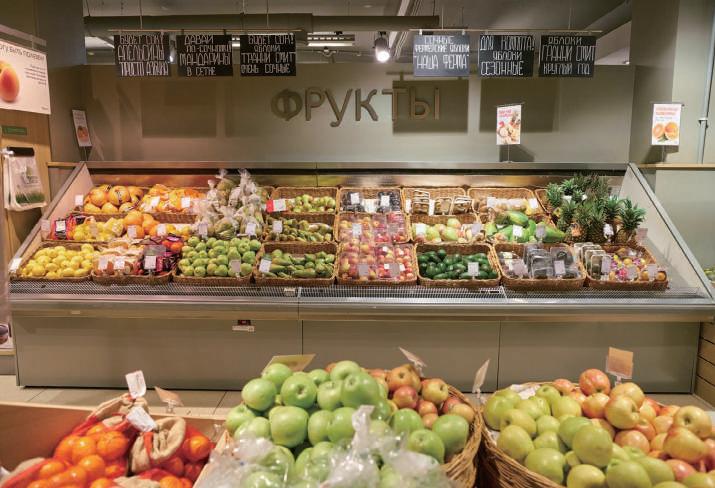
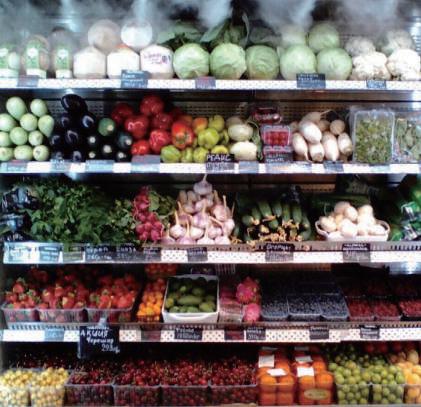
In mid-July, Russia’s agricultural watchdog Rosselkhoznadzor introduced a ban on imports from 16 major Armenian fruit and vegetable suppliers, citing higher than permitted levels of pesticide residues on Armenian tomatoes and apples, according to Novaya Gazeta
With Armenia highly reliant on neighbouring Russia, which accounts for a massive 90 per cent of its produce exports, many analysts believe the continuing ban has more to do with Armenia’s apparent drift toward western markets.
Nevertheless, the countries agreed that Russian officials would visit Armenia in late August to jointly inspect production, processing, storage and shipment sites for produce destined for Russia.
The tactic is nothing new. In 2006, Russia responded to attempts by Georgia and Moldova to move closer to the EU by banning wine from the two countries, claiming they contained unsafe amounts of heavy metals and pesticides.
Moldovan fresh produce exports to Russia have dropped significantly
Earlier this year, Russia halted imports of bananas from Ecuador after the latter sold Soviet-era weapons to the US, which intended to ship them to Ukraine.
Last year, Russia banned fruit and vegetables from Moldova on health grounds, amid worsening relations with the country’s proEuropean president.
But the result has been to push Moldova further away, with companies seeking more stable markets and choosing to invest in post-harvest handling to sell fruits to EU markets when the local season ends.
Back in 2018, Moldova exported almost 70 per cent of its apricots, cherries, peaches and plums to the Russian market, according to Emerging Europe. By 2023, this figure had dropped to 18 per cent.
The Moldovan Fruit Association reports that last year the country exported 2,600 tonnes of sweet cherries to the EU. “It’s a huge amount, 12.5 times more than the year before,” says Iurie Fala, executive director of Moldova Fruct.
According to Cristina Ceban, state secretary at the Ministry of Economic Development and Digitalisation, Moldova exported nearly 74,000 tonnes of fresh plums last year, totalling US$38m. Exports to the EU were 2.6 times higher than the year before, at 60,443 tonnes, making Moldova the EU’s largest supplier of plums.
The same has largely been true for apples. In 2018, almost all Moldovan apples went to the Russian market. By 2023, this had dropped to half. E
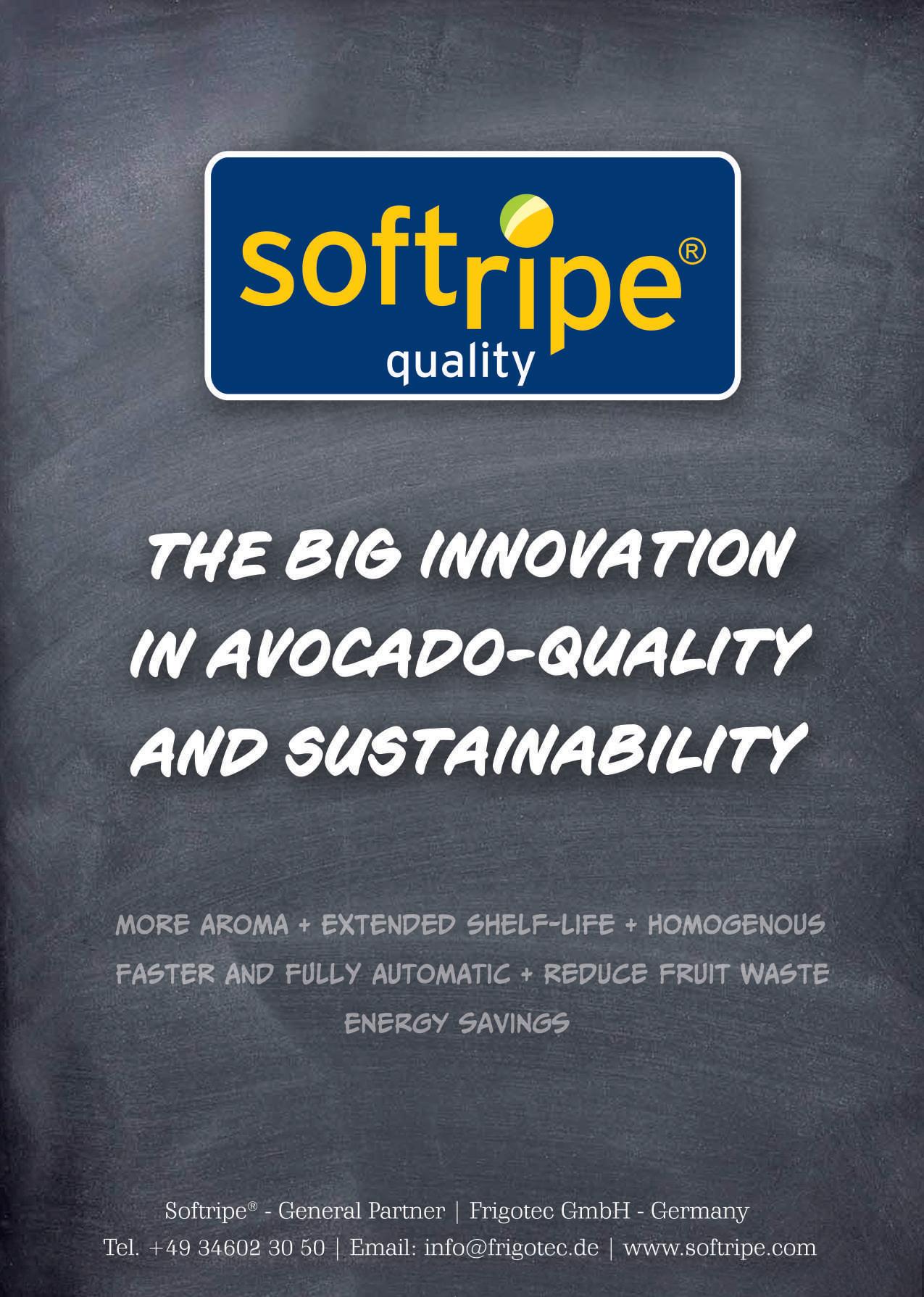
One organic farm is understood to have been completely destroyed as a result of wildfires that spread across East Attica this summer, while grape growers are dealing with a premature start to the season.
by Tom Joyce & Mike Knowles
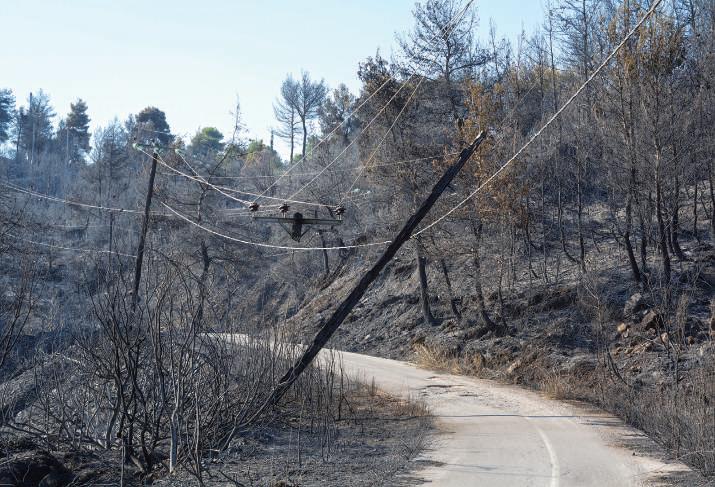
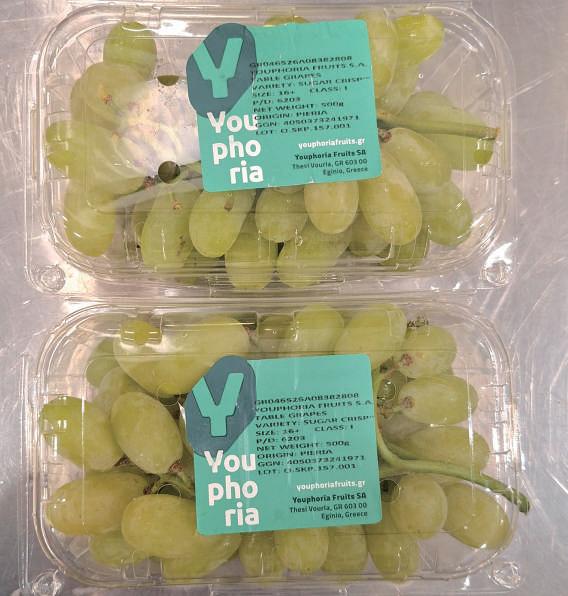
LEFT—
Alarge wildfire which burnt thousands of hectares of land in the region of Attica, to the north of Athens, has adversely affected some local production of vegetables.
“The East Attica wildfire was a really sad moment, mostly for production of vegetables [rather] than fruits,” said Eleni Bereti, business account manager at Cherries From Rachi Olympus.
The fires are understood to have completely destroyed an organic vegetable farm near Afidnes, known locally also as Kiourka.
“Especially from what I know, there was huge damage in the ecological farm [in the] Kiourka area. Greenhouses, storage areas, cold room, irrigation system, animal stables, workers accommodation, farm equipment, and all crops were destroyed.”
Wildfires burnt across the Attica region of central Greece from 10 August. According to the European Forest Fire Information System, the main wildfire burnt approximately 10,630ha in the East Attica regional unit.
According to Novinite, one result of the disappearance of local fruit and vegetable supplies was a sudden surge in food prices, which rose by over 30 per cent.
TOP PHOTO— Emmanouil Pavlis, Dreamstime
With traders reportedly turning to imports to meet demand, looking to Albania for watermelons, Egypt for potatoes, Turkey for tomatoes, the increase in food prices has reportedly been significant for a number of products.
With Greek grapes set for an early start to the campaign, thanks in part to the changing climate, competition on the European grape market is set to ramp up further.
Greece’s Youphoria Fruits is preparing for a smaller grape crop this year, according to general manager George Kallitsis, in part due to the premature start to the season.
“The harvest began much earlier than usual,” he told Eurofruit , “with varieties like Sugar Crisp being picked as early as 5 August, instead of the typical late August start.”
This trend has continued, he said, including for varieties such as Sweet Globe, Sweet Celebration and Jack’s Salute.
“Currently, the markets are saturated with grapes from Spain, Italy and even Egypt,” he explained. “As a result, we’ve decided to concentrate on regions where the crop is just starting. We anticipate beginning
packing at the end of next week, with distribution starting midSeptember and continuing until the end of October.”
The company’s key varieties are Sugar Crisp, Sweet Globe, Crimson Seedless and Jack’s Salute, with discussions ongoing with customers in the UK, the Netherlands, Germany and Italy.
“Simultaneously, we are monitoring the upcoming kiwifruit crop, which is expected to be similar in volume to last year,” revealed Kallitsis. “The fruit size should be a bit smaller, which is favourable, as last year’s larger sizes presented challenges, especially for retailers who prefer medium- to small-sized fruit.”
According to Kallitsis, the weather remains warmer than usual, but the company is
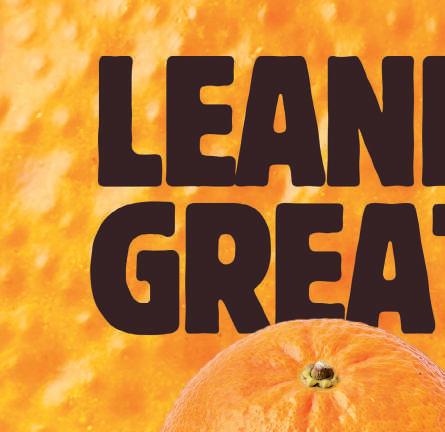
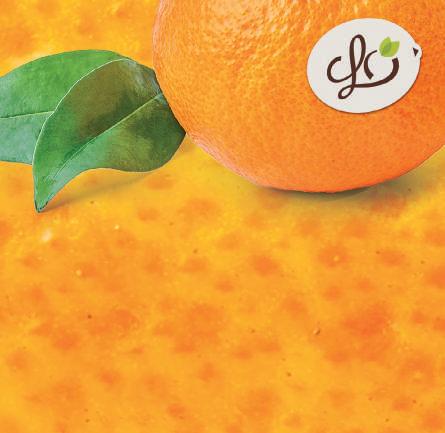






“The grape harvest began much earlier than usual, with varieties like Sugar Crisp being picked as early as 5 August”
hopeful of cooler conditions as September progresses, in order to ensure a smoother harvesting period.
This year, Youphoria plans to export kiwifruit to Thailand and South Korea through its existing partners, with the possibility of extending to India.
“However, the ongoing Red Sea attacks are impacting trade routes to these destinations,” said Kallitsis. “Unfortunately, Asia no longer holds the same potential for the kiwifruit business as it once did. In China, the ability to keep pace with price increases has diminished and import volumes have signifi cantly decreased in favour of local production.” E


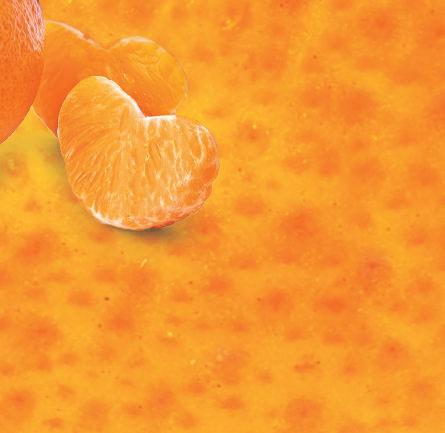






UK innovation agency Innovate UK has announced the shortlist for its Knowledge Transfer Partnerships (KTPs) Awards 2024, with Tozer Seeds up for prize.
by Tom Joyce
“The goal of KTPs is to help companies to grow through their development and commercialisation of new products”
Having reviewed hundreds of applications for various innovative projects, the expert panel of judges for the Knowledge Transfer Partnerships (KTPs) Awards 2024 has unveiled the shortlisted finalists.
Tozer Seeds has reached the final three on the shortlist for the Best Technical Excellence Award, with the winners for each category announced in Birmingham on 27 November.
“Regardless of who wins in November, this is already a great achievement and a recognition of a really successful partnership between Tozer and Professor
Katherine Denby at the University of York,” said Jamie Claxton, director of R&D at Tozer. “The team led by Dr Viviana Rosati has done fantastic work on speed breeding and gene editing of vegetable crops. Viviana has been a great KTP associate, and we’re delighted to have her now continuing her KTP work as an employee of Tozer.”
Tozer said that KTPs helped to drive innovation through “dynamic collaborations between the business and academic worlds”.
“Their goal is to help companies to grow through their development and commercialisation of new products, processes and services, supported by an outstanding innovation ecosystem that is agile, inclusive and easy to navigate,” the company said.
“When considering the goal of the KTP scheme, we can conclude that the outcome for Tozer has been great,” explained Claxton. “That’s why we look forward to continuing our work with Innovate UK in the future.” E
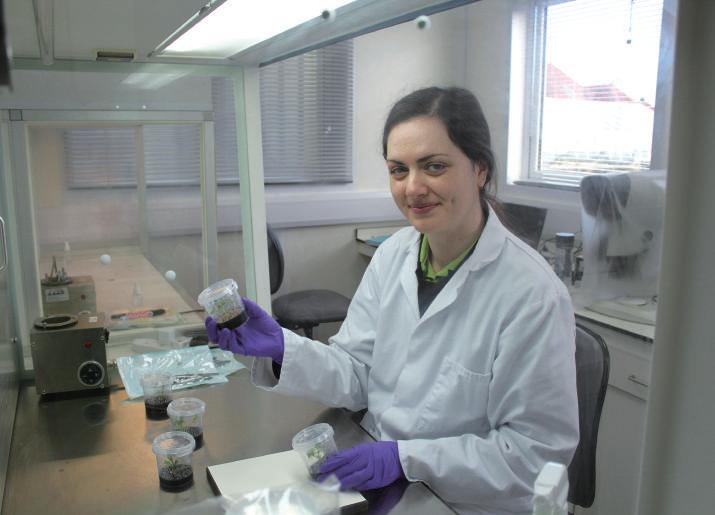


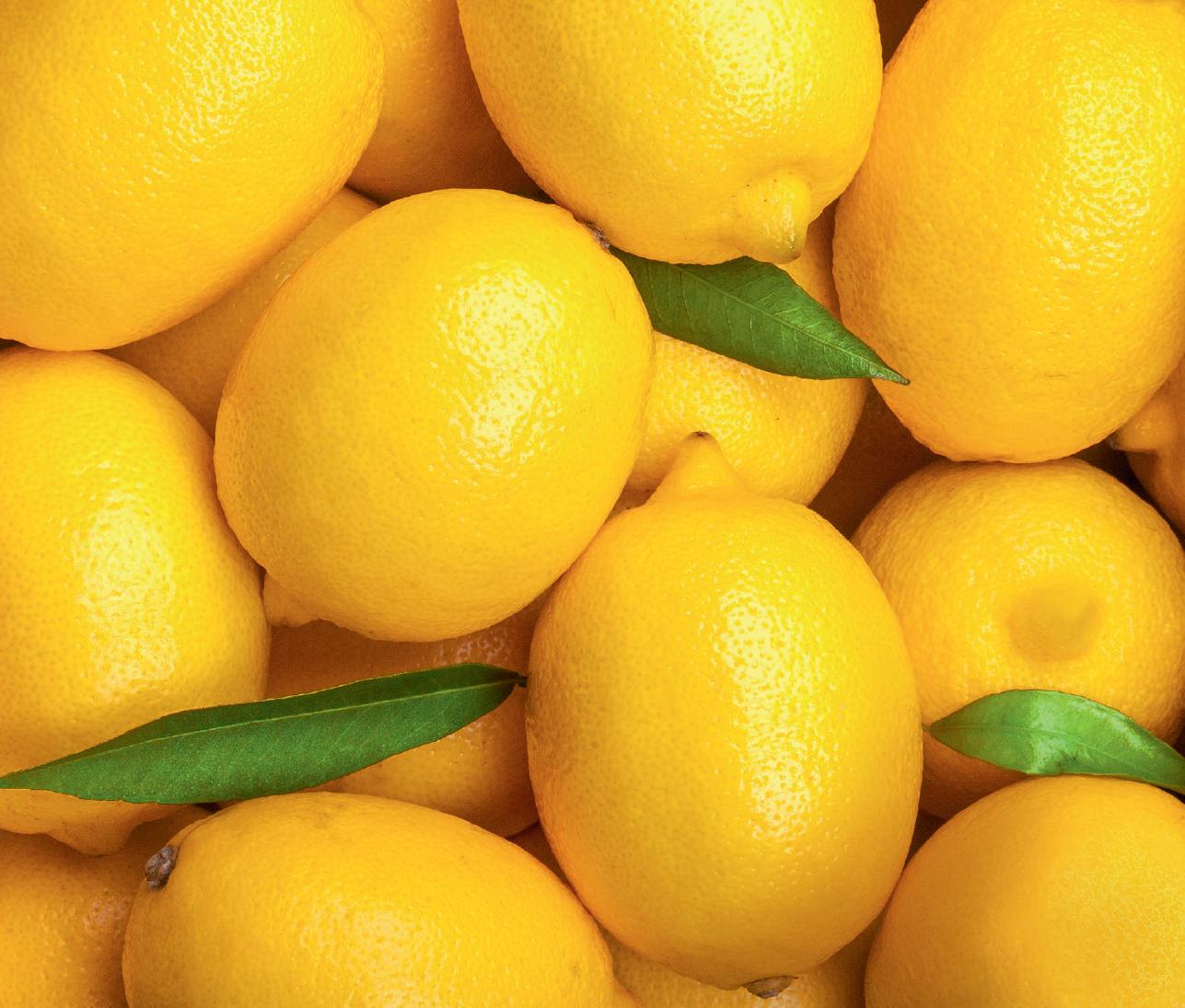


Edwards said he will work to incorporate new members including large, medium and small producers.
by Maura Maxwell
Mario Edwards has been elected as the new president of the Chilean Cherry Committee. Edwards, who is currently commercial manager of Agrofruta, will serve a two-year term.
Thanking outgoing president Cristián Tagle, the committee’s executive director Claudia Soler said: “We appreciate all the work and commitment of Cristián, under which as a committee we grew and undertook successful actions.
“Together with Cristián we carried out important work to consolidate our presence in our main market, China. Today, the challenge is to continue growing, increasing consumption and facing challenges, such as phytosanitary ones, in a united manner. We welcome Mario for taking on this task to continue promoting our industry.”
Edwards has worked in the Chilean fruit production and export sector for many years and since 2019 he has been a director of the Chilean Fruit Board. He described Chile’s cherry industry as “a driving force” within the fruit sector and said his new role was a source of great pride and would present a tremendous challenge.
“All the people who work in the committee, and in Frutas de Chile, are a tremendous team that in the end make this challenge easier.
In addition, all the directors have offered me their support to be able to develop a successful work,” he said.
The upcoming 2024/25 season is challenging for the cherry sector due to the outbreak of fruit flies in Chimbarongo. Edwards said this would require individual and collective effort to resolve the problem.
“Each season is different, there are no simple recipes or solutions, but in past years we have overcome challenges that seemed quite insurmountable and we all hope that this will not be the exception,” he said.
As part of a smaller cherry production and export company, Edwards said he would try to continue to incorporate new members into the committee, which currently accounts for 80 per cent of Chilean cherry exports.
“The committee already has its history and one must represent the interests and challenges of all, which are obviously different, both large, medium and small,” he said.
“Without a doubt, the task is to continue trying to incorporate those who are not there and for partners of all sizes to feel even more involved.
“We want to advance the commitment of partners to the sustainable development of this activity, where there are many
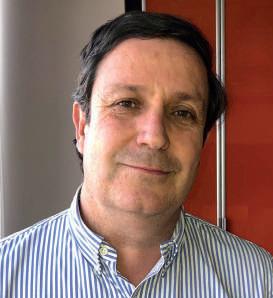
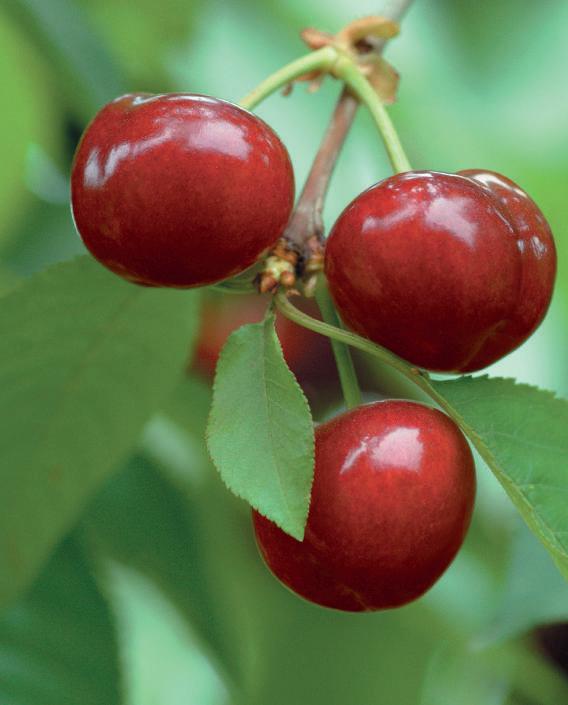
people involved in each part of the process.”
The committee elected a total of five new directors, including a representative of a Chinese company. E
Now operational at Agrintesa is the Unitec robotic dumping machine, coupled with electronic sorter and artificial intelligence, for delicate fruits. Flat peaches and pears are sorted with Unical 10.0, emphasising versatility in specialisation.
In the collective imagination, fruit processing in water is exemplified by apples floating along a selection channel. There are fruits with a specific gravity that, despite their varying shapes and sizes, is always greater than one, so – unlike apples – they do not float.
To address this, Unitec has developed a specific immersion robot for bins, equipped with a tipping function that allows controlled and ultra-delicate emptying of those bins into water. Additionally, the combination with a mobile-bottom tank is particularly useful to ensure continuous and homogeneous feeding of fruits, whether floating or non-floating, such as pears and peaches. This system ensures that all fruits are handled uniformly, preventing damage and ensuring a continuous flow in the production process, which guarantees a constant processing capacity.
At leading supplier Agrintesa, its line dedicated to flat peaches and pears has been integrated with a Unical 10.0 sorter, with four channels equipped with advanced technologies for classification by weight, size, and colour.
Its real strength lies in the external and internal quality selection system dedicated to flat peaches, Peach Vision. This innovative system, entirely developed within Unitec’s R&D department, detects and eliminates defective and overripe fruits, ensuring that only fruits suitable for fresh consumption reach the market.
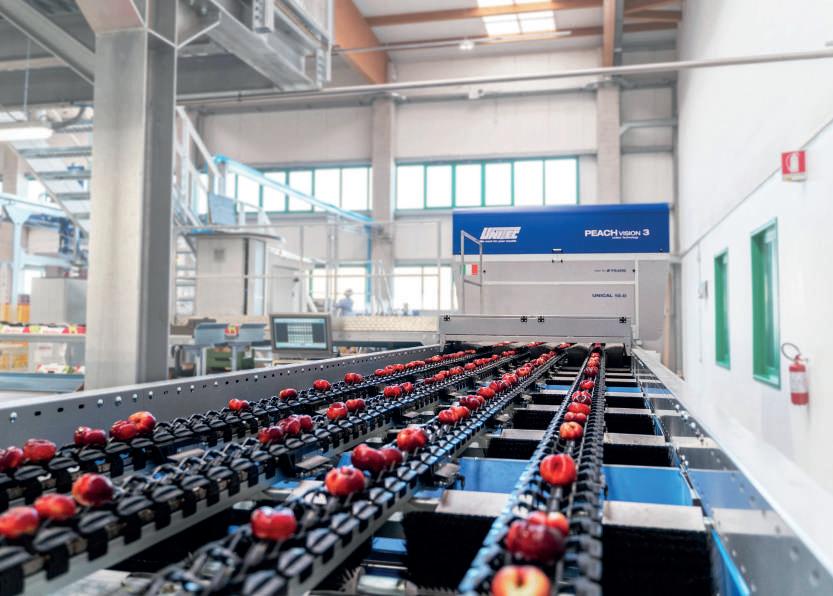
“Considering that flat peaches often lack in ripening uniformity, with Unical 10.0 we can ensure that only fruits suitable for fresh consumption reach the end distribution,” says Angelo Benedetti, president of Unitec. “Moreover, thanks to its versatility, this innovative solution can also process pears, ensuring faster amortisation times and consequently lower fixed costs. Specialisation and versatility are the keywords of this solution developed for Agrintesa, always in line with our philosophy of supporting our customers to achieve the best possible results in their handling process.”
The plant is also equipped with three different types of packing,
designed for various types of packaging such as boxes and trays, with particular attention to the handling of trays for flat nectarines, which require special care in fruit presentation. These systems allow operators to focus on specific tasks, thereby increasing productivity and significantly saving on labour costs.
Finally, there are automatic crate fillers that allow part or all of the product to be pre-sorted into boxes. This aspect makes the line extremely versatile for different handling processes, facilitating the management and packing of fruits, thus creating high efficiency in the entire process.
“All of this,” concludes Cristian Moretti, general director of Agrintesa, “helps ensure better profitability also for producers, since generating income in the field is a priority that all operators in the supply chain must aim for.”
ABOVE—Unitec’s innovative Peach Vision system detects and eliminates sub-standard fruits
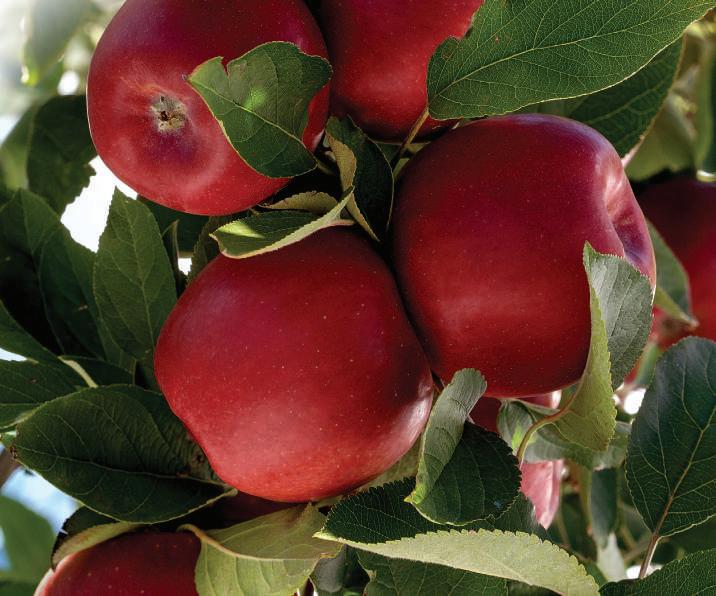

With a significant contribution to apple and pear variety development under its belt, Prevar reflects on the past two decades while looking ahead to what the next 20 years will hold.
by Bree Caggiati
New Zealand-based variety development organisation, Prevar, will celebrate 20 years in business this year. The joint venture between New Zealand Apples & Pears, Plant & Food Research (Plant & Food) and Apple and Pear Australia (Apal) was created in 2004 to develop and commercialise new apple and pear varieties for licensing in New Zealand and around the world.
Prevar has developed are known as Dazzle, Rockit, PiqaBoo and Lemonade, with Sassy, Posh and Joli the latest additions to its portfolio.
In its current form, the Prevar business is centred on four core areas – consumer insights-driven innovation, a world-class breeding programme, customer-centred commercialisation, and industry and category leadership.
ABOVE—Prevar varieties Joli and Sassy
business that provides better returns for our growers, continues to support our industry and that delights consumers with the products we create.”
According to Martin, Prevar re-invests a large portion of its revenue back into R&D to stay at the forefront of innovation and product development.
“At any point in time, we have a few hundred new varieties in stages of R&D that are narrowed down. Only the best make it into full production,” he explains.
While the rest of the world was investing in larger and larger apples, Prevar took the opposite route with PremA96. The naturally small apple has become popular under the brand name Rockit through strong marketing efforts by its owner Rockit Global.
In 20 years Prevar has commercially licenced 18 varieties, entered into 36 license agreements and holds more than 183 trademark registrations across the globe. Some of the distinctive IP varieties »
“We have a lot to be proud of in our first 20 years of business,” says Prevar chief executive, Tony Martin. “There has been a lot of investment over that 20 years to be able to create a sustainable
“It’s an amazing success story where an
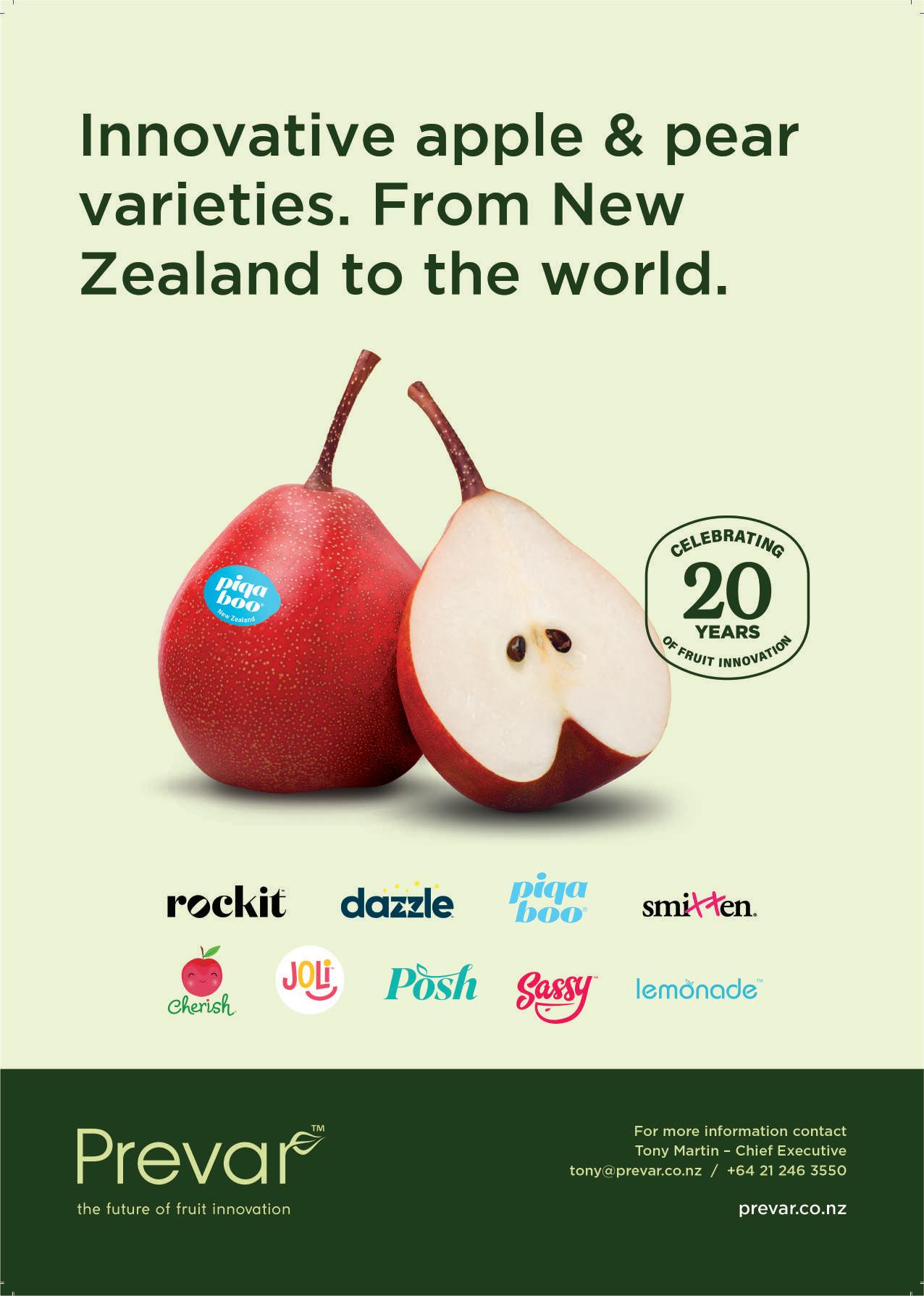
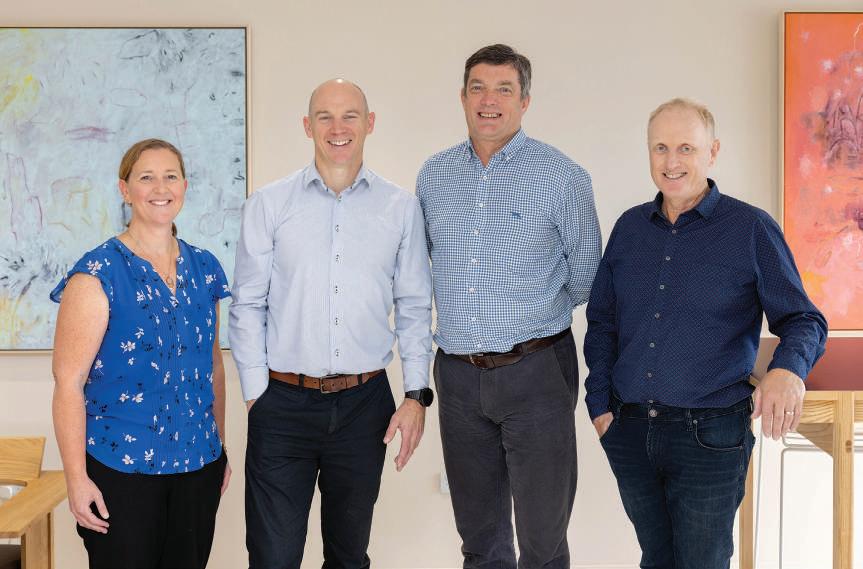
entrepreneur saw the opportunity to take what was a small snack apple, put it inside a tube and build a great brand story that appeals to consumers in different parts of the world,” says brand manager Amanda Lyon.
Another win for Prevar has been the development of the distinctively red pear, PiqaBoo.
“There is nothing quite like PiqaBoo anywhere in the world,” Lyon says. “It’s a special IP variety that combines the very best of Japanese, Chinese and European pears with great colour, great flavour, great texture and great storability.”
Demand and excitement for PiqaBoo continue to grow as more consumers experience the unique offering.
“We believe that these next 20 years are going to see a revolution of the pear category, and we are excited to be at the forefront of that with our Piqa series,” Lyon says.
One of Prevar’s newest apple offerings, branded as Joli, comes out of a partnership with leading New Zealand apple grower-
exporter T&G Global.
“We are really excited about this apple,” Lyon says. “It’s a bigger piece of fruit and incredibly juicy.”
With a strong portfolio of existing varieties, a significant global licensee network, an ongoing partnership with Plant & Food and a deep pipeline of selections in new product development stages, the future looks bright for Prevar and the New Zealand industry at large.
“One thing we know for sure, the next 20 years will look very different than the last,” Martin says.
For Prevar, and many other developers, the environmental impacts of long-distance shipments are becoming less viable.
“There is an exciting future ahead that’s more sustainable with fruit growing closer to the consumer,” Martin says.
“While shipping the very best premium fruit from New Zealand to global markets will continue, this will be increasingly supported by the weightless export of our intellectual property.”
Martin sees this progression as the next step for the industry, promoting growth in breeding, technology and more sustainable practices.
“The first 20 years has been all about developing a really strong portfolio of products and brands that we can take from New Zealand to the world,” Martin says. “The next 20 years gives us an opportunity to really dial up the innovation to meet the ever-changing needs of our consumers and growers.” E
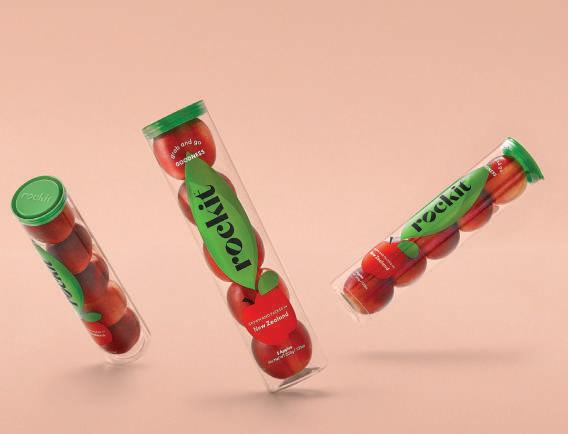
Según las recomendaciones dietéticas basadas en el enfoque alimentario en España, se recomienda consumir un mínimo de 5 raciones de frutas y verduras al día.
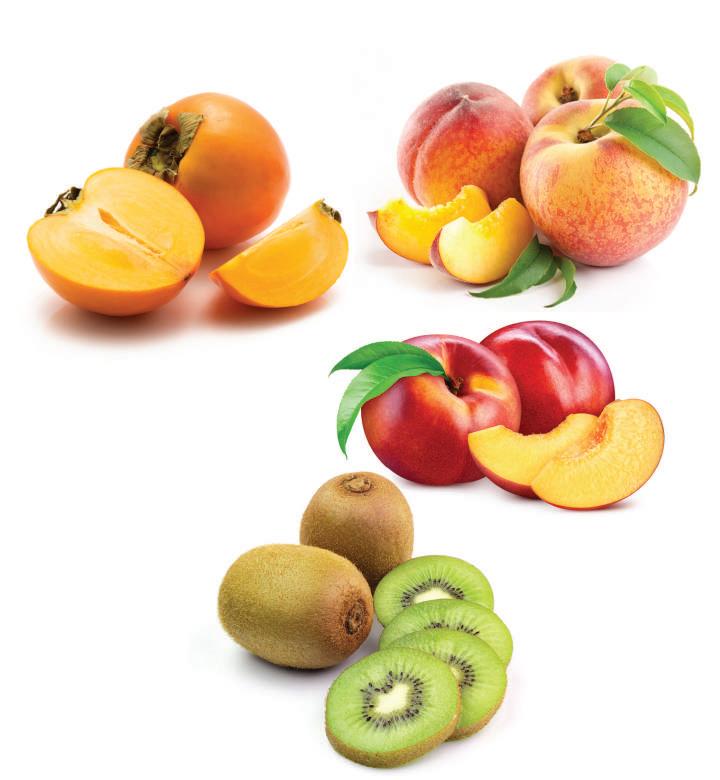
Añade una explosión de sabor a tus comidas con deliciosas nectarinas, kiwis, melocotones y kakis. Las nectarinas ofrecen un sabor suave y agridulce, mientras que los kiwis aportan un extraordinario toque agridulce. Los melocotones son conocidos por su aromática dulzura, y el kaki, en cualquiera de sus variedades y formas de consumo, aporta un exótico sabor a miel. Incluir al menos cinco raciones de fruta y verdura fresca en tu dieta diaria es esencial para mantener un estilo de vida saludable y equilibrado, y los melocotones, nectarinas, kiwis y kakis cultivados en Europa son una opción perfecta. Disfrútalos frescos: en ensaladas, en batidos o como un aperitivo natural.
Estas frutas no solo ocupan un lugar importante en la pirámide nutricional, sino que además están llenas de nutrientes que contribuyen al bienestar general. Los productores de fruta de la Unión Europea cumplen rigurosas normativas de seguridad alimentaria y estándares de calidad como GLOBALGAP e ISO 22000, garantizando que cada bocado de estas frutas sea tanto seguro como delicioso. Con su frescura, sabor y valor nutricional excepcional, los melocotones, nectarinas, kiwis y kakis europeos constituyen una forma diversa y deliciosa de fomentar tu ingesta diaria de fruta y mantener tu salud. Siéntete seguro de “disfrutar” del día con deliciosas frutas producidas en Europa.
eufruitbasket_es eufruitbasket www.eufruitbasket.eu
Financiado por la Unión Europea. Las opiniones y puntos de vista expresados solo comprometen a su(s) autor(es) y no reflejan necesariamente los de la Unión Europea o de la Agencia Ejecutiva Europea de Investigación (REA). Ni la Unión Europea ni la autoridad otorgante pueden ser considerados responsables de ellos.
LA UNION EUROPEA APOYA CAMPAÑAS PARA PROMOVER PRODUCTOS AGRÍCOLAS DE ALTA CALIDAD
Eurofruit catches up with the Huelva-based cooperative’s managing director, Juan Báñez, ahead of Fruit Attraction.
by Maura Maxwell
What important milestones has the company achieved during this past year?
Juan Bañez: At Cuna de Platero we are committed to the continual improvement of our processes. We’re incorporating the latest AI-driven technology to allow us to be even more precise and efficient; and continue to invest in the development of new varieties that help us grow and maintain leadership in the international arena, always keeping in mind the global nature of today’s markets.
This year we’ve made significant progress in our objective of becoming ‘Your Global Berry Partner’ by offering our customers the whole range of berries throughout the year. We’ve increased our summer production by 50 per cent, mainly to meet the needs of our customers from the Iberian Peninsula. And
we have invested in new machinery exclusively for blueberries and expanded our facilities with the aim of improving our specialisation in this area and offering the highest quality to our clients.
What new developments will you share at Fruit Attraction?
JB: One of the things we will be showcasing is our commitment to regenerative agriculture, for which we have recently received Aenor certification. The aim is to regenerate the soil using natural resources, such as organic matter or compost. Healthier soil is better at retaining water and nutrients, making us more sustainable and resilient. This type of farming also captures carbon in the soil, where it is transformed into food for the plant and oxygen for the environment.
This year we also celebrate the 10th anniversary of our Food Chain Partnership with Bayer. This brings

together farmers, food processors, retailers, traders, and others along the food value chain to work together for sustainable agriculture.
The programme has really helped us improve our knowledge when it comes to environmental and social sustainability. We’ve implemented measures to save water, including the installation of humidity probes that allow us to control irrigation water; improved the health of the soil and strengthened quality control procedures amongst other things. For Cuna de Platero, sustainability
is part of each area of the company and is present in all our objectives. We work aligned with the SDGs, improving the environment and being increasingly efficient, socially, environmentally and economically. To this end, we are continually
“We launched our blueberry variety, Cupla, in 2021 and today it is is planted on almost every continent”
working on the improvement of our facilities, which are now equipped with fully automated and energy efficiency systems.
At the same time, we continue to strengthen our in-house R&D department. This year we opened a
trial farm and new laboratory that will allow us to intensify our efforts to develop new varieties, particularly in blueberries and blackberries.
This commitment to varietal research forms part of our internationalisation strategy. Our proprietary blueberry variety, Cupla. Cupla is a sweet, very juicy blueberry with a good shelf-life that produces large and extra-large berries that was bred to adapt to the local growing conditions here in Huelva. Its production cycle runs from December to the end of April, with peak volumes between mid-January and mid-March. We launched the variety in 2021 and today it is being planted on almost every continent.
Another key area of innovation is the adoption of new AI-powered tools that provide us with data and information that improve our quality processes and facilitate decision-making in different areas of
the cooperative. For example, we are designing an app to improve communication between team members, while in the field we are trialling an app that will enable us to control the handling of the fruit more precisely.
How would you sum up the 2023/24 berry campaign?
JB: This past season has been a complex one in Huelva due to the restrictions on irrigation that were imposed because of the ongoing drought. Our supply of irrigation water was cut by 25 per cent, yet despite this we managed to complete a successful campaign thanks to the muchneeded spring rains.
Now we are back to square one, praying that the rains will arrive in the autumn. It is vital that the government carry out the necessary investments to improve the province’s water infrastructure, or at the very least allow the private sector to do so. This would provide some much-needed certainty to the sector as it wouldn’t be so dependent on rainwater. E
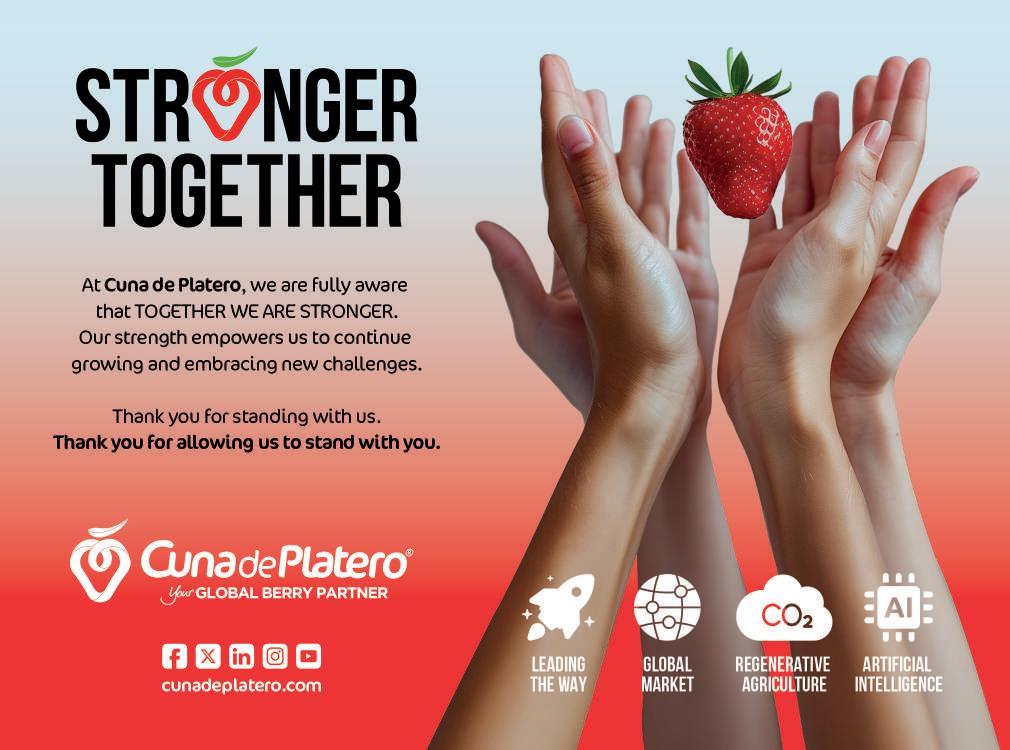
A new study from the Spanish Economic and Commercial Office in London will assess the challenges and opportunities that the Spanish fruit and vegetable industry faces over the next five years.

TFERNANDO MUÑOZ
Foods & Wines from Spain
UK Director
he UK market is still a critical market for the Spanish industry, but we recognise that over the last 4-5 years, a number of factors that drive the market in the UK have changed. That is why the Spanish Economic and Commercial Office in London has commissioned a major independent study of the UK fresh produce market to look at what those changes have been and identify what opportunities exist for our growers and exporters in the future.
We see that the cost-of-living crisis has impacted on how consumers in the UK shop for produce, and where they shop for it. The supermarket business in the UK is still fundamental to the Spanish industry. Our companies remain very committed to meeting the high standards of supply and the increasing attention on issues surrounding sustainability that are part of this.
At the same time, we believe there are opportunities in other routes to market, including wholesale markets, the highend independent retail sector
and other customers such as delicatessens. The review will assess these opportunities. We have asked Promar International, the well-known market research and consulting company to carry out the work on our behalf.
Spain has always been an important supplier to the UK, accounting for almost 30 per cent of all fresh produce imports.
Many UK organisations have their own farms and wellestablished partners in Spain, and many Spanish companies have their own facilities and representative offices in the UK. The relationship between the two countries appears to be fundamental to the way the market in the UK operates.
We also know the UK market is
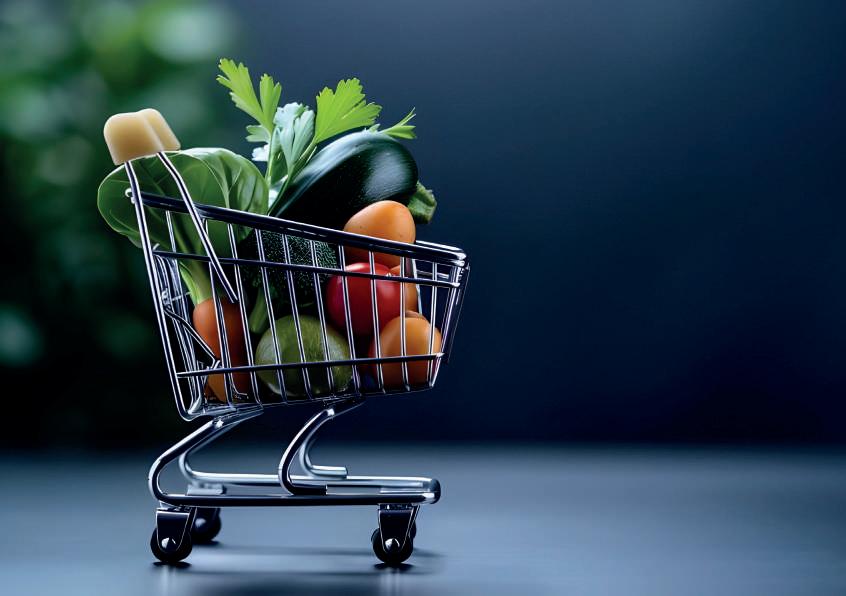
highly competitive and that many other countries want to supply it, not least our competitors in North Africa. We need to understand as much as we can about the changes taking place in the UK, inform our growers about these and what it means to them.
We benefit from having largescale production of a wide range of fruits and vegetables. While we are clearly interested in exporting to other EU markets and even further afield, we still see the UK as one of our prime export destinations for the future.
The work we have commissioned will include a combination of both consumer and business-to-business-style research with leading importers, wholesalers and retailers, as well as those operating in the foodservice and catering sectors.
The whole situation regarding Brexit has, at times, made it more difficult for the Spanish industry to supply the UK market. We are working closely with our UK counterparts on the implementation of the newly introduced border controls to help ease the situation for both our exporters and our UK customers on the issues around this. At the same time though, there are still plenty of transport links to the UK and, in some cases, we still enjoy a transit time advantage over some of our competitors.
We also know that we must reassure our customers in the UK over factors such as the cost of labour and its availability and other issues, such as the use of water. These are not things, however, that are confined just to Spanish horticulture.
We are realistic in understanding that in the future some Spanish products might well have better opportunities than for others. As an example, Spain has a very high market
share in the UK already for lettuce, stonefruit, strawberries, persimmon, aubergines, cucumbers and cherries. The market share of Spain for imports of products such as tomatoes, citrus, avocados, asparagus, grapes, grapefruit and blueberries is smaller – but in a number of cases the level of imports to the UK is still high.
The objective going forward is to build from our historically strong position. It really is about refining our portfolio of products and adapting them to meeting the needs of our customers and consumers to provide them with what they want. This can be in terms of products, varieties, logistics, methods of trading, promotional activity and the use of technology in our supply chains to help mitigate against impacts connected with climate change.
We want to find out more about how we can do even better in the UK market in the future and where the optimum opportunities exist for the Spanish industry going forward. At the end of the research process, the key findings will be shared with leading companies and industry organisations in Spain and the UK.
This dissemination work is an important part of the overall project process. The fact we are prepared to commission this type of research is a very strong indication of how important the UK market is for the Spanish horticultural sector going forward. E
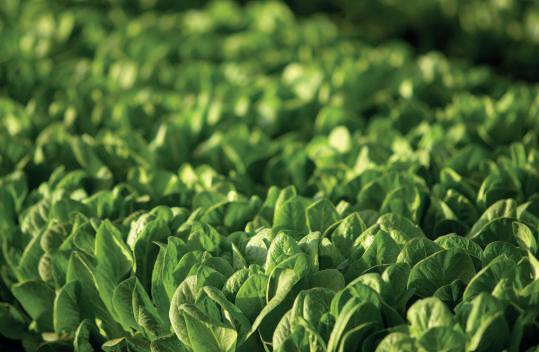
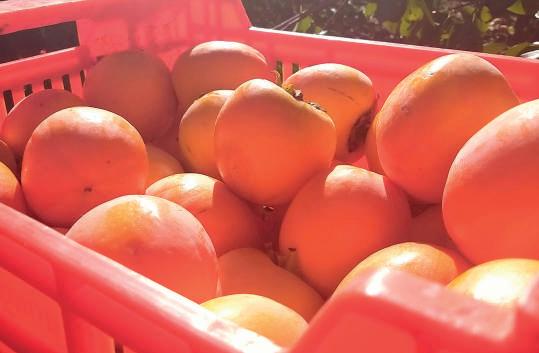
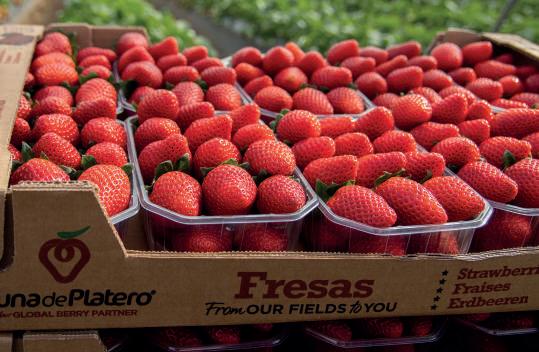
OPPOSITE—Spain accounts for almost 30 per cent of the UK’s fresh produce imports
THIS PAGE—Lettuce, persimmon, berries and cherries are among the wide variety of products that Spain supplies to the UK
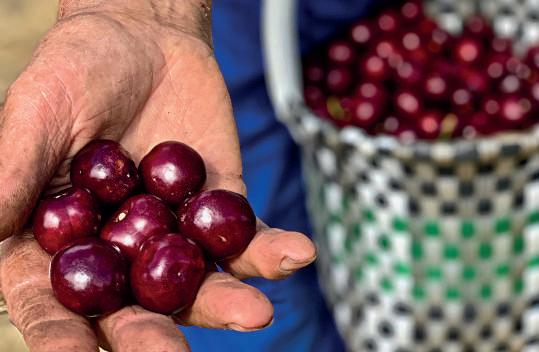
Growers anticipate a more balanced market in 2024/25.
by Maura Maxwell
When it comes to fruits and vegetables, no two seasons are the same. But few sectors have experienced such intense highs and lows as the Spanish persimmon industry. A planting boom at the end of the 1990s – fuelled by growers seeking a more profitable alternative to citrus – propelled Spain up the export rankings to become the world’s leading supplier of persimmon, or kaki as it is known in Spain, accounting for around one-third of global trade.
Spanish Kaki Association, the harvest is expected to weigh in at around 340,000 tonnes, although this is subject to unforeseen weather events and the incidents of pests.
He says sizes will be smaller this year, as is the case with citrus, because there has been little rain and some hail in the main growing
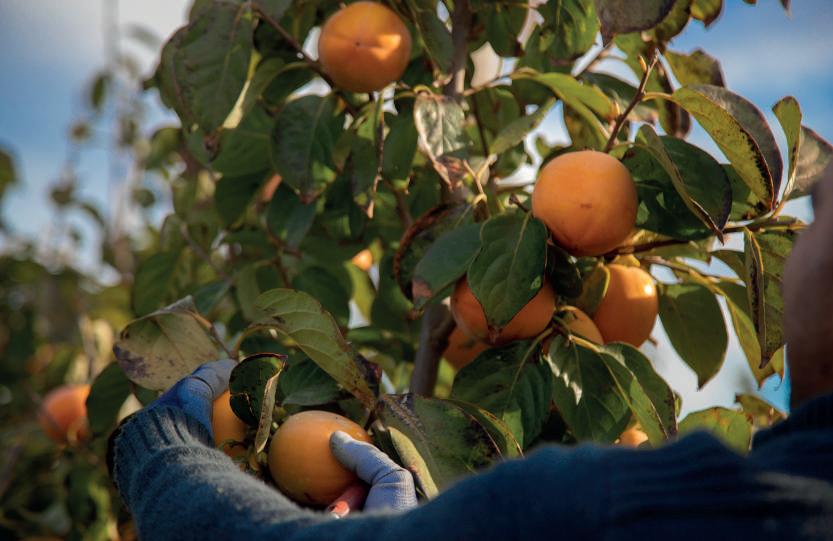
However, prices suffered as the market struggled to absorb this rapid growth in volumes, a situation compounded by Russia’s decision to impose a trade ban on produce from the European Union in 2014, shutting off one of Spain’s biggest markets overnight. Most recently, a series of poor harvests, caused by a combination of adverse climatic events and the devastating impact of pests such as citrus mealybug and cotonet, have helped realign supply and demand. As the 2024 campaign gets underway, the industry appears to be entering a new period of stability.
According to Pascual Prats, president of the
region of Valencia. Quality-wise, the season is progressing well, although Prats notes that it is becoming more difficult to achieve that quality, “since we are faced with significant increases in the costs of treatments and labour”.
Rafael Perucho, head of the regulatory council that manages the PDO-certified persimmons grown in Spain’s Ribera del Xúquer valley, says he expects around
BELOW—A planting boom in the late 1990s fuelled an explosion in exports
100,000 tonnes of Rojo Brillante persimmon to be marketed under the PDO this season, similar to last year’s total.
“In terms of size and quality, one of the great virtues of this variety is that it has a constant quality, so it is practically impossible to find a campaign with poor internal quality,” he tells Eurofruit “The exponential growth we’ve experienced in the last decade has clearly slowed down, and everything points to the fact that we are entering a period of stability.”
Having said that, Perucho notes that “it’s also true to say that the productive outlook has become more insecure. Weather conditions are becoming more extreme, and the incidence of new pests is hindering the normal development of the crop. Persimmon is a complicated crop that requires work and knowledge, so we can expect production to become increasingly organised around professional growers”.
Such has been the severity of the impact of climate change and pests on the crop these past few years that the market has moved from being regularly oversupplied to undersupplied. In spite of this, Perucho says more promotional work needs to be done to increase awareness of this product, as research shows that there is still a significant lack of knowledge in many markets.
This year the PDO started developing a strategic plan to further position its Persimon
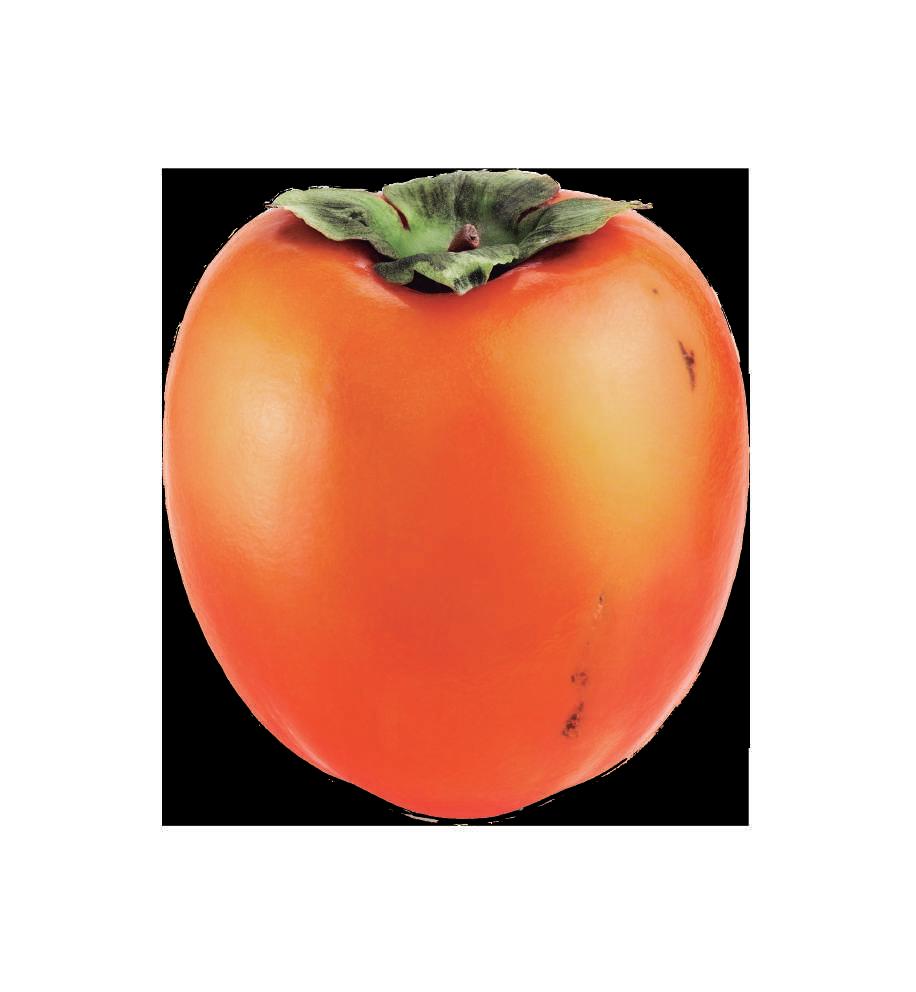


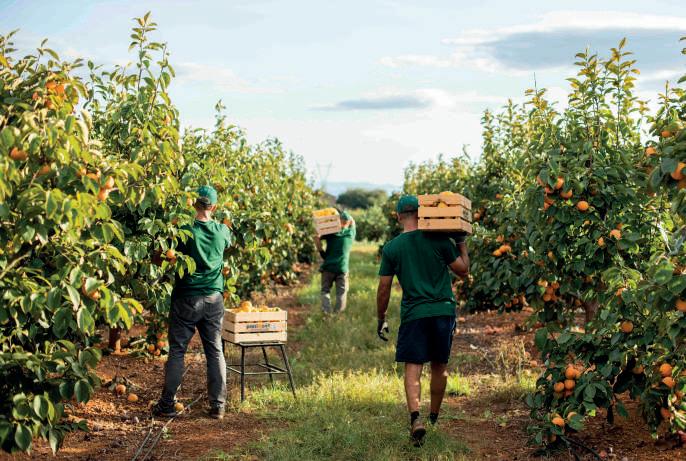
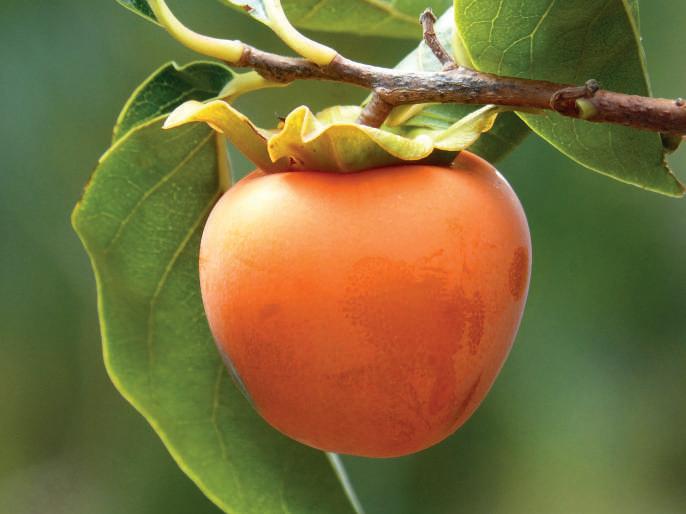
ABOVE—
Persimmon is a difficult crop to grow and manage so production is becoming increasingly concentrated around professional growers
brand on the Spanish market, which seeks to differentiate the label as the premium offering of choice in the eyes of both retailers and consumers.
While Europe remains Spain’s biggest export market, efforts to expand into other markets – notably in North and South America – have yielded some success. Last December, Spanish kakis received the green light for shipments to China, yet despite its potential both Perucho and Prats acknowledge that supplying this market is by no means easy.
“Our goal is to send our kaki directly to China, without having to go through Hong Kong, but we know this presents a great challenge, since we’re talking about many days of transit and the market is very demanding,” says Prats. “Nevertheless, China is interesting due to its size and quality requirements. We will advance step by step and see how it develops.” E
The Spanish Kaki Association is redoubling its marketing efforts this year following the successful completion in April of the third and final year of Mediterranean Combo, an EUfunded marketing campaign consisting of B2C promotions of Spanish persimmon and vegetables from the island of Crete in Spain, Germany, Greece and Hungary.
“This May saw the launch of our second European campaign, called EUFruitBasket, where we want to promote the consumption of at least five servings of fruits and vegetables in Germany and Spain,” says Pascual Prats. “The campaign features Spanish kaki, along with kiwifruit, flat peaches, nectarines and peaches from Greece.”
At the same time, the association is launching its inaugural campaign to promote persimmon consumption in any variety or form, called simply Kaki.
“With this campaign, we want to reinforce our commitment to informing and educating both consumers and professionals about the value of persimmon in all its varieties, forms of consumption and commercial brands,” Prat continues. “In a market where fruits with high nutritional benefits, such as persimmon, are increasingly appreciated, it is essential to highlight not only its properties, but also the many diverse ways it can be integrated into the daily diet.”
This integrated campaign seeks to unite all varieties of persimmon under the same identity, covering all its shapes, sizes, flavours and colours, regardless of the region or name used. “In this way, we want to ensure and clarify that the benefits of persimmon are available in more places than many imagine. As an association, this initiative is a key tool to clear up doubts, promote production and marketing, and, above all, encourage the consumption of this extraordinary fruit,” Prats continues.
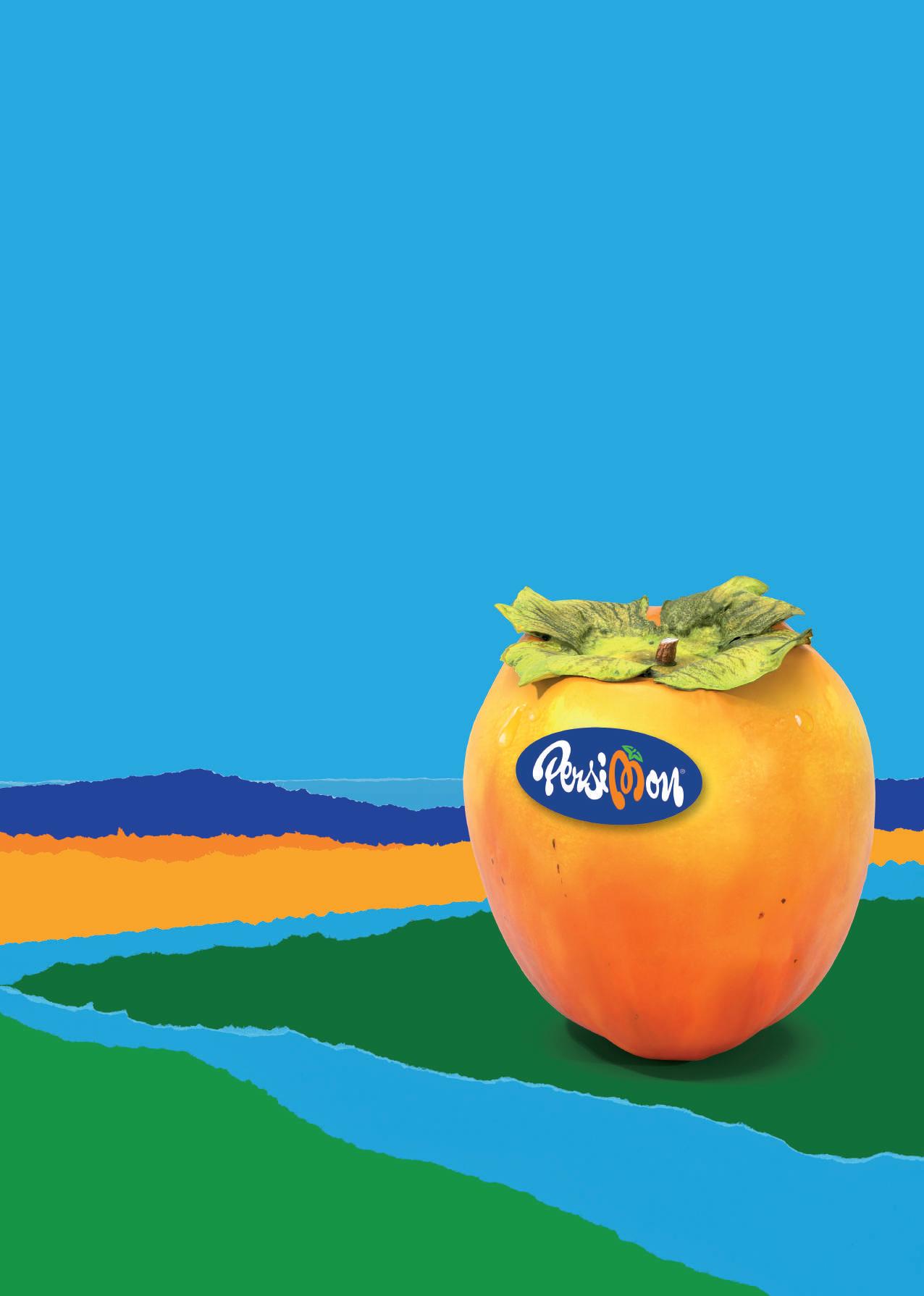
Kaki Persimon®, a renewed identity with the best of all time.
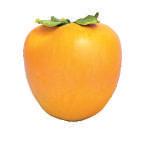
The Catalan cooperative reports excellent quality for 2024 pear and stonefruit crops.
by Maura Maxwell
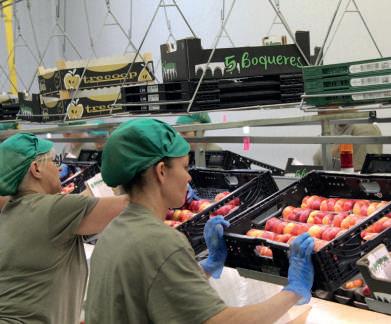
This year’s shorter Catalan pear crop has failed to dent Trecoop’s optimism for the 2024 summer fruit campaign. The second-tier cooperative, made up of Agraria de Montoliu and Sant Pere de Sudanell, is on course to market 12,000 tonnes of pears and 10,000 tonnes of stonefruit this season according to directors Sisco Cunillera and Ignasi González.
“Service and quality in the field
are the keys to success in producing, marketing and distributing between 22,000 and 25,000 tonnes of fruit each year,” they tell Eurofruit. “In pears, production is down by 20-25 per cent due to a lack of sufficient flowering. But the size and quality of the crop is excellent and we expect a good campaign – especially in Limonera, Williams, Conference and Alexandrina.”
In stonefruit, González notes that “we will maintain our usual output of 10,000 tonnes of peaches, nectarines, flat peaches and donut nectarines, recognised in the international market for their high quality”.
Around 70 per cent of Trecoop’s output is exported. The European Union and UK account for most of this, but the cooperative’s Alosa and 5 Boqueres brands can also be found in markets such as South Africa, South America and the Middle East, amongst others.
A tailor-made service and wide array of certifications guaranteeing the quality of its offer have enabled Trecoop to consolidate its presence in these markets over the years. This is backed by a programme of continuous support for its grower members, which includes training, service provision and financing for measures such as the installation of anti-hail nets to ensure the highest quality. E
LEFT—Trecoop exports around 70 per cent of its output


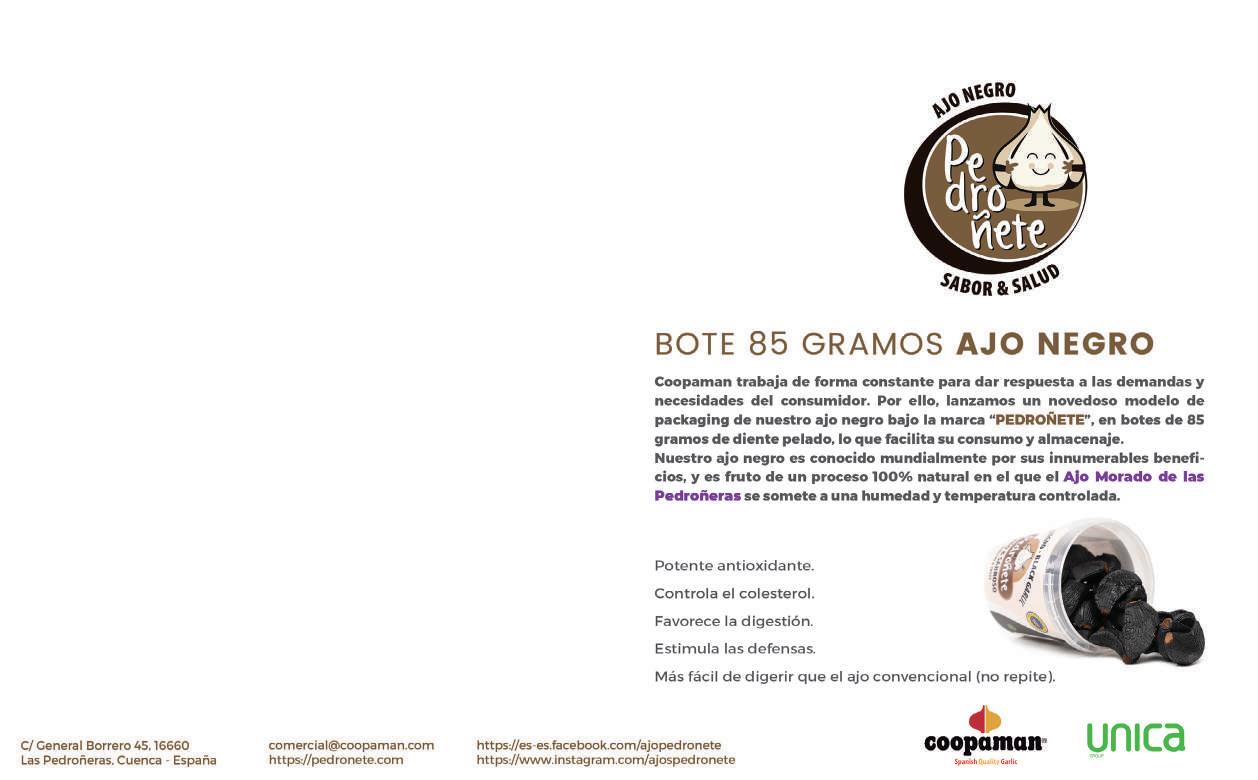

The cooperative’s peeled black garlic cloves continue to win over new customers.
by Maura Maxwell
Despite being recognised for its high quality, sales of Spanish garlic have remained relatively stagnant in recent years. In a bid to kickstart consumption, companies have introduced innovative new varieties of black and pink garlic, as well as processed products like fresh peeled garlic and garlic oil.
way of consuming black garlic and they are slowly gaining ground on the market.”
The Castilla-La Mancha-based cooperative has been selling purple garlic under its Pedroñete brand for more than 30 years and was one of the founding members of the Ajo Morado de Las Pedroñeras (Purple Garlic from Las Pedroñeras) PGI. According to Rodríguez, the brand is highly prized for its quality and the sustainable way in which the product is grown.
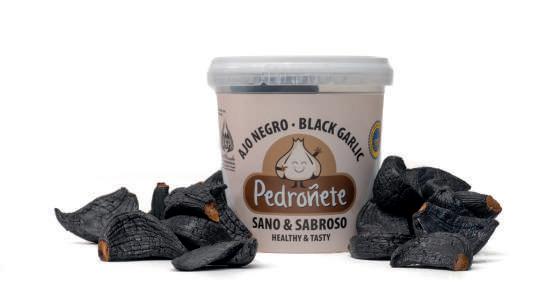
He notes that the recently concluded 2024 campaign has been a challenging one, in which heavy rains reduced supply. Fortunately, the resulting higher prices mitigated the impact on grower profitability.
Leading cooperative Coopaman launched its peeled black garlic clove
tub last year and says it has been well received both in Spain and in Central European markets. “This is a great value-added product that transforms any dish into a gourmet dish,” says Coopaman’s general manager, David Rodríguez. “The 85g tubs offer a convenient and practical
More generally, acreage has been shrinking steadily in recent years, as many of the older growers leave the sector altogether. Figures from ANPCA, Spain’s National Association of Garlic Producers and Marketers, show that planted area fell by 14 per cent compared to 2023, with the decline being more pronounced in purple garlic, which for the first time fell to below 40 per cent of the total cultivated area. E
ABOVE—The garlic offers added convenience to budding chefs

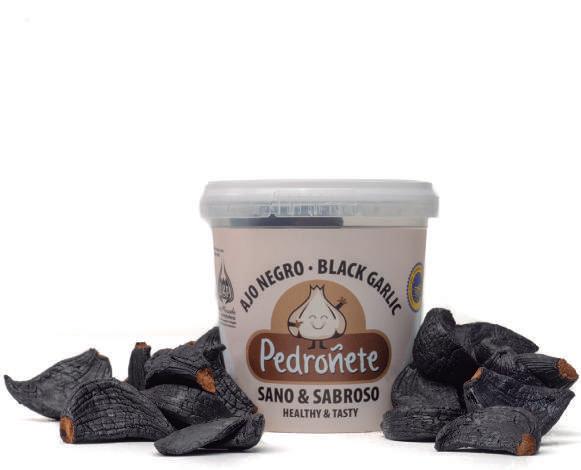








Xavi Nolla, CEO of Iberian Premium Fruits, shares his philosophy for building a successful citrus brand.
by Maura Maxwell

Iberian Premium Fruits (IPF) is a global platform focused on production and commercialisation of premium citrus fruits, resulting from the integration of three well-known players in the industry: Llusar, Naranjas Torres and V-Ros. The vertically integrated group has over 1,000ha of own production in Spain and South Africa and four packhouses, guaranteeing a yearround supply of premium citrus to its customers.
Xavi, what was behind the decision to create Iberian Premium Fruits?
Xavi Nolla: The synergies between both companies were obvious – Llusar was one of the largest specialists in premium clementines
and Torres in premium oranges, although we both worked with both products and also shared the same product philosophy: quality, excellence and customer service above all. This tradition has allowed us to specialise each warehouse in one product, making them more efficient and productive.
Following the initial merger of Llusar and Naranjas Torres, you acquired V-Ros, a specialist producer of premium clementines sold with the leaf attached. Is your strategy to incorporate new companies that give you a greater specialisation within the citrus category?
XN: The clementine with leaf is
a complementary product and V-Ros shares a similar philosophy to us. We saw this as a good opportunity to offer new products to our clients – that is our vision for growth.
Right now your production footprint spans Spain and South Africa. Do you anticipate expanding into other parts of the Northern and Southern Hemispheres?
XN: We are obsessed with the quality of the product we supply and having our own production allows us to maintain the highest quality levels. While we keep an eye on the evolution of other origins, for now we are satisfied with this. We work with Spanish-grown products for most of the campaign and when this is not possible, we complement our offer with South African so we can offer our customers the best product through 12 months of the year.
Spain’s citrus industry faces some major challenges –increased competition, climate change and water to name just three. Where, in your opinion, do you see the best opportunities for the country going forward?
XN: The Spanish citrus industry must differentiate itself through quality and proximity to market. Innovation in the development of club varieties will be a vital issue for the future of the sector, as well as the application of new technologies to optimise field resources.
What are the major projects you’ll be working on for the rest of 2024 and beyond?
XN: For IPF, the future involves consolidating the work we’ve done so far, especially by our workers, in whom I have complete confidence. As a group, our most important asset are our people. The three teams of employees that it incorporates share the same philosophy when it comes to quality, something that the market is aware of and values.
Finally, how can citrus suppliers avoid the commoditisation of the category and work towards the profitable growth of the sector?
XN: We believe it is vital to create brands that are recognised and valued by the consumer and allow suppliers to differentiate their product. Having the trust of customers and consumers is the foundation for growth. E
ABOVE LEFT—Xavi Nolla says the company’s most important asset is its people
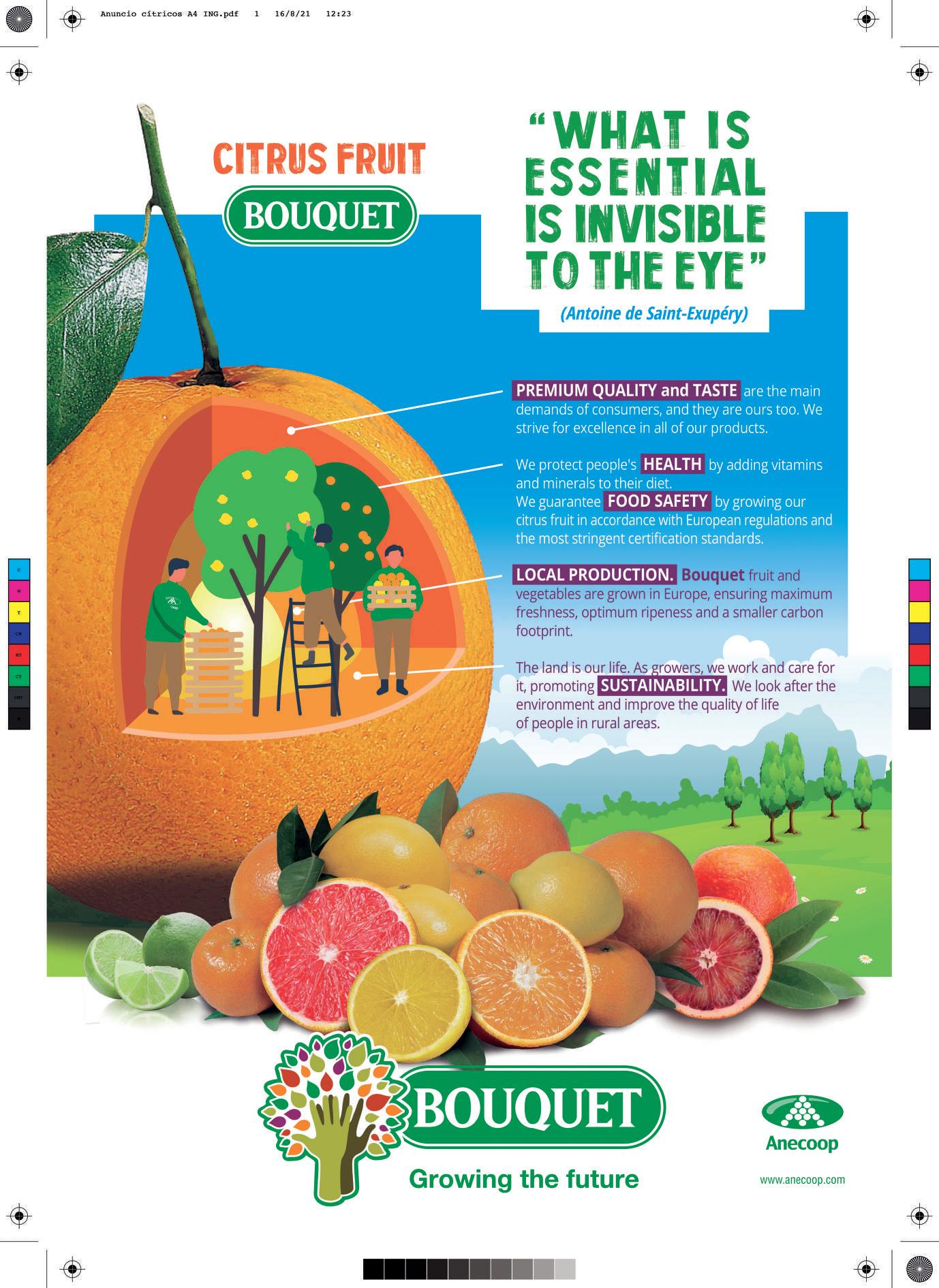
xExprimir’s patented preservation method delivers freshness and shelf-life without compromising on taste.
by Maura Maxwell
Spain’s xExprimir has developed a new preservation process to create fresh and healthy soups with that home-cooked taste. The La Rioja-based company’s innovative range is made using a patented natural method that doesn’t involve chemical, thermal or high-pressure treatments, allowing the ingredients to retain all of their flavour and nutritional properties.
The range consists of a spring/ summer offering of cold soups with flavours like melon and tomato and jalapeño and autumn/winter hot soups such as broccoli, tomato and wakame seaweed. All are free
from preservatives, colourants and flavouring.
xExprimir came up with the preservation process for its fruit and vegetable juices before deciding to expand into soups. The company has already won plaudits in Spain and now has its sights set on conquering the international market. This year, it scooped first prize for innovation in the fresh product category at the Innoval awards at Alimentaria, and in 2023 the range was awarded the fresh produce prize at Fruit Attraction’s Innovation Hub Awards.
“We invested a lot of capital to develop our own patented production process, which is
“We invested a lot to develop our own patented production process, now registered in more than 50 countries” »
BELOW—Eduardo Cuevas, founder and director of xExprimir
now registered in more than 50 countries,” founder and director Eduardo Cuevas tells Eurofruit “The process is based on four pillars – firstly, we only use the highest quality, locally sourced fresh raw materials. These are then cleaned using a tailor-made washing and drying process. We

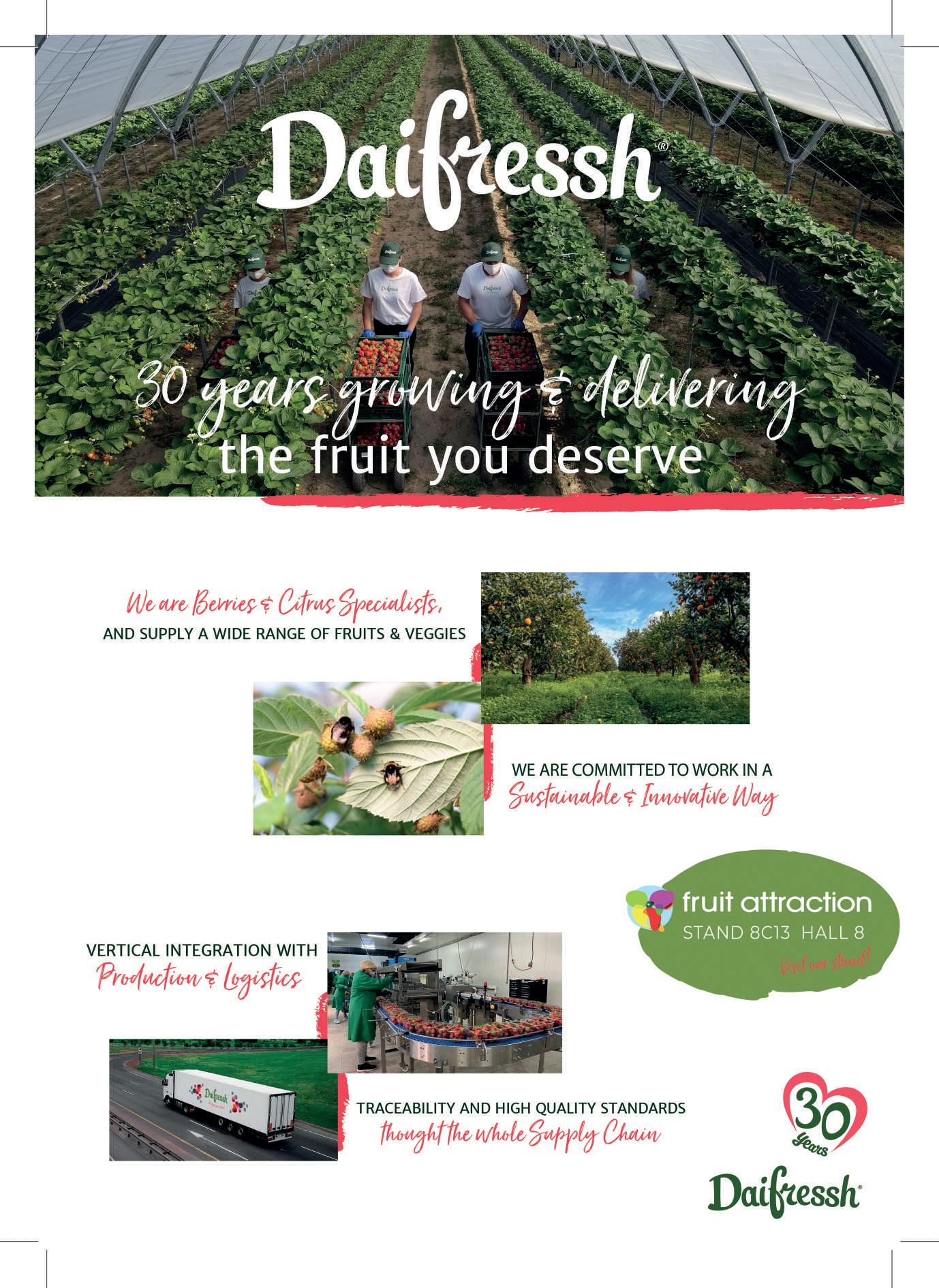
have developed a juice extraction method that never raises the temperature of the fruits and vegetables above 6ºC and, finally our natural preservation process means our juices and soups retain their organoleptic and nutritional properties for 10 and 14 days respectively, when stored at 1-6ºC. All this makes our products truly unique – their natural and real flavour makes them unbeatable in any taste test.”
Cuevas notes that while there are many other manufactured soups on the market, their main ingredient is often water, to which all kinds of flavourings, colourings, thickeners and preservatives have often been added.
“Our soups are made exclusively from fresh raw materials, to which we only add extra virgin olive oil, salt and pepper – the water content is only that of the vegetables themselves. That’s what gives them their incredible flavour and properties,” he says.
As freshness is such a priority
for
xExprimir, the company dispatches its finished product at the end of each day and doesn’t hold anything in stock to ensure that customers lose only one day of shelf-life by the time they receive the product.
xExprimir already supplies retail and foodservice customers throughout Spain and is in talks with several companies in Portugal and the south of France. It is also looking to expand further afield, albeit under a different business model.
“The nature of our product means that we need to be as close as possible to our customers, so our intention is to find fresh-cut partners in markets like the UK, Germany and the US who will allow us to use their manufacturing and distribution network in exchange for our technology and know-how,” Cuevas explains.
“The possibilities are endless –our technology allows us to adapt to the infinite recipes and options depending on the tastes of each

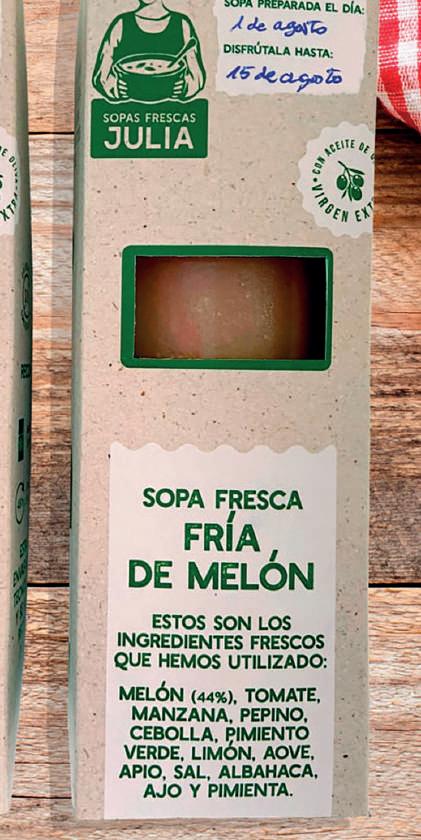
country, the seasonality of the ingredients or the season of the year itself. Take cold soups, which are consumed in many countries and cultures and form a regular part of the Mediterranean diet. We believe there is huge potential to grow the market.”
xExprimir is also exploring options in the B2C channel, possibly teaming up with a logistics operator to guarantee an efficient service and full control of the cold chain.
Cuevas says the Fruit Attraction and Alimentaria awards have helped raise the company’s visibility and sparked interest from potential partners. At this year’s Fruit Attraction it will present new flavours of soups and juices, as well as a range of formats developed specifically for the Horeca channel.
“We continue to work on innovation. Right now, we’re researching the world of infusions and other categories, which we understand can be a complement to our range, but we still have a lot of work ahead of us,” he admits. E
ABOVE & LEFT—The range can be adapted to suit the individual tastes of different market, Cuevas says
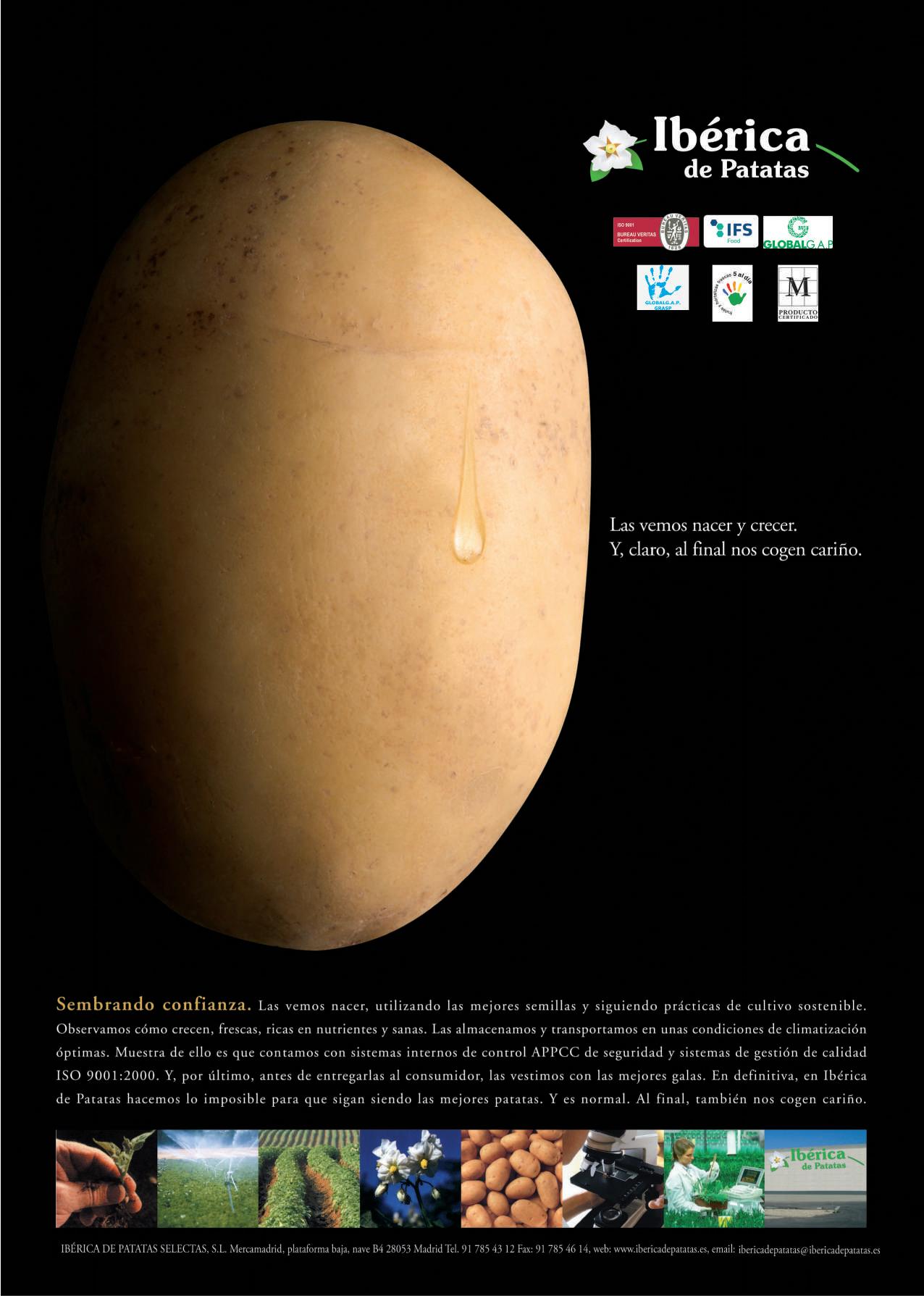
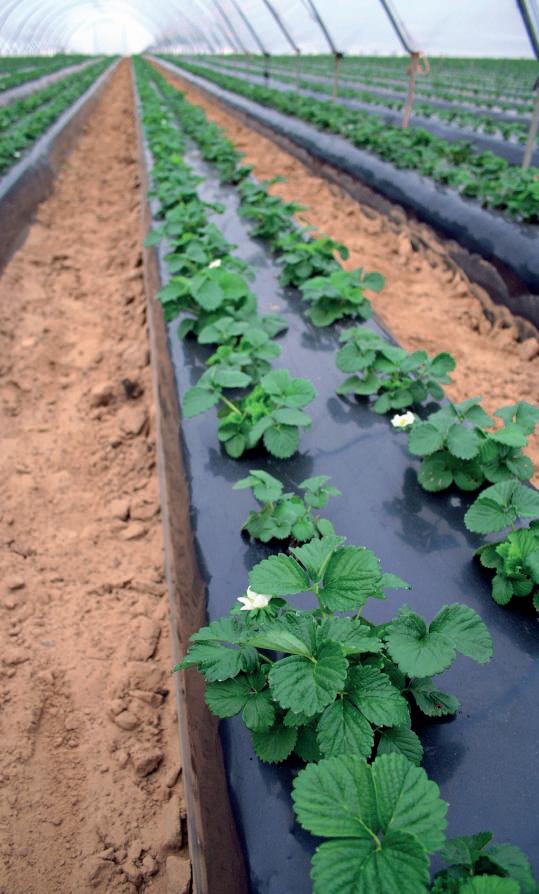
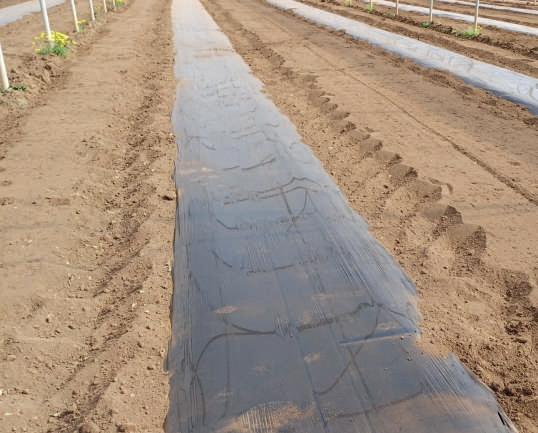
The company has been celebrated by the UN Global Compact for its strong commitment to sustainability.
by Maura Maxwell
Armando Álvarez Group may not be a household name, but the family-owned company is an integral part of Spain’s horticultural landscape. Founded in 1964, it is the country’s leading manufacturer of polyethylene plastic film. With a production capacity of 450,000 tonnes and an annual turnover in excess of €1bn, it currently operates in 115 countries worldwide.
The group’s 18 companies serve the needs of diverse sectors, including agriculture, forestry and renewable energy. It is best known in the horticultural sector for the manufacture of greenhouse covers, as well as a wide range of mulches.
“One of the pillars of the business is our commitment to the circular economy, promoting the optimisation of resources, reducing the consumption of raw materials and reusing waste products, recycling them and giving them a new life,” explains marketing director Carlos María Molina.
These efforts were most recently recognised by the UN Global Compact Spain, which praised the company for its contribution to Sustainable Development Goal 2, achieving zero hunger, in a report on how the 2030 Agenda is being implemented in Spain.
The company is showcasing two new products at this year’s Fruit Attraction. The first is its range of Oasis Iyris covers, specifically designed for hot climates and water-scarce regions. “With
advanced Second Sky technology, developed by Iyris, these covers allow us to save water and energy, exponentially improving crop profitability,” says Molina.
The second innovation is its next-generation Solar Shrink Mulch. Molina describes it as a more intelligent mulch that shrinks with the sunlight, thereby avoiding damage to the plants. “The film offers a better fit, as it tightens with sun exposure, ‘hugging’ the crop bed and avoiding heat loss,” he explains. “It is also lighter, stronger and more environmentally friendly.”
Armando Álvarez Group’s ongoing commitment to sustainable development and corporate responsibility is set out in its 2023 Corporate Sustainability Report.
“At Armando Alvarez Group, we are not only governed by economic criteria, but also by social, environmental and good governance criteria. These nonfinancial criteria, also known as ESG (environment, social and governance), have an impact on both our company and our environment, and it is essential to take them into account when making business decisions to achieve long-term sustainable development,” Molina says.
“We have developed an ESG Plan based on these three pillars which has nine levers on which lines of action are deployed with their corresponding objectives for 2030. This year, in addition, we have added new objectives in all areas.” E








Throughput of refrigerated containers has risen fivefold over the last decade.
by Maura Maxwell
With its strategic location and direct connections with more than 200 key destinations, it’s easy to see why the Port of Barcelona has become a global logistics hub for agri-food products.
The port boasts direct connections to the main ports of the western Mediterranean and access to a wide hinterland. And in addition to regular land connections with the
main agricultural and livestock regions of Catalonia, Aragon and Navarre, it has access to wholesale markets such as Mercabarna, Mercazaragoza, Mercamadrid or Saint Charles.
At the end of 2023, the port launched the first direct container rail service between Spain and France, without transfers or changes of axles or locomotives at the border. The train, powered by APM Terminals Railways Spain,

Nuestras plantaciones, situadas en las fértiles llanuras de la provincia de Girona y rodeadas por los parques naturales del Alto y Bajo Ampurdán, nos proporcionan una fruta singular, mimada por nuestros agricultores bajo la tutela de nuestro personal especializado, y con la calidad que garantiza la IGP Poma de Girona.
OPPOSITE
PAGE—Continual investments in infrastructure ensure optimum service
Synergy and Naviland Cargo and based at the BEST terminal, connects three times a week with Toulouse and weekly with Lyon. It is also the first regular container service in Spain provided by a 750m-long convoy, with a capacity for 108 TEUs per journey. According to the port authority, this direct connection saves time and money and speeds up transport, improving transit time for imports and exports compared to ports in the north of the continent.
This combination of factors has made refrigerated containers one of the fastest-growing segments at the Port of Barcelona in recent years, multiplying traffic by five in the last decade.
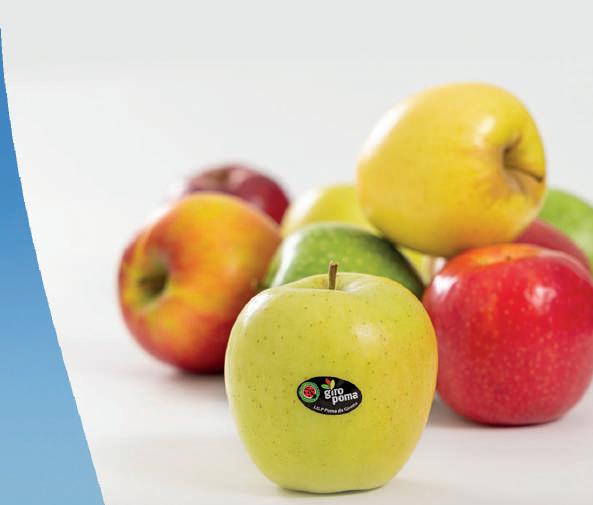
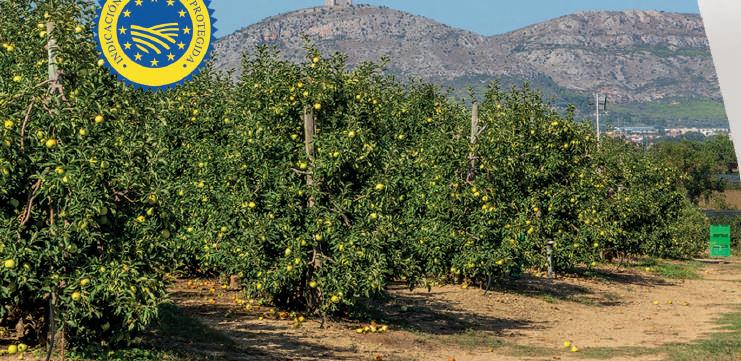










Moreover, the Port of Barcelona continues to invest in new infrastructure and services for the agri-food sector. The terminals exceed 3,000 permanent reefer connections and there are projects underway to add new connections, providing coverage for the more than 100 regular lines that connect Barcelona with 200 ports around the world.
The BEST terminal, as part of its growth strategy in cold logistics, is set to increase its fixed connection points for refrigerated containers from 2,200 to 4,000 within the next 2-3 years, which will improve efficiency and reduce transit times for perishable products. These new connections will reinforce the terminal’s capacity to handle a greater volume of refrigerated cargo, supporting the growth of the fruit and vegetable trade, which
requires optimal temperature conditions.
These services are completed in the Mediterranean with daily short sea shipping links with North Africa and the rest of Europe, creating a complete intermodal offer and reliable and competitive logistics services.
Logistics operators are also increasing their services at the port. Following the success of the daily train for refrigerated cargo between Zaragoza and Barcelona, another was launched with the Monzón Intermodal Terminal in Huesca, with four weekly frequencies, and a third similar one with Noain in Pamplona.
“The combination of specific infrastructures and services for temperature-controlled containers and highly competitive regular lines, both in transit times and
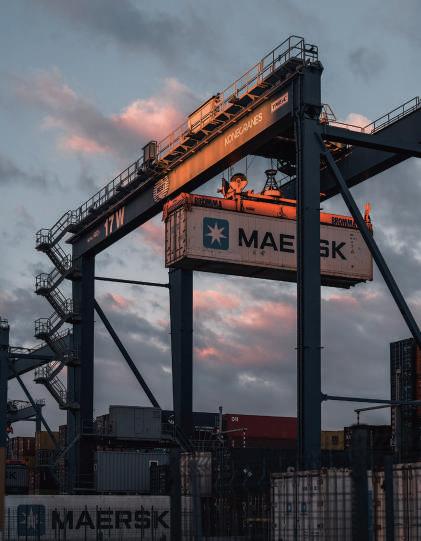
costs, with the main issuing and receiving markets, make Barcelona the best logistics hub for the fruit and vegetable and refrigerated products sector,” the port authority says. E
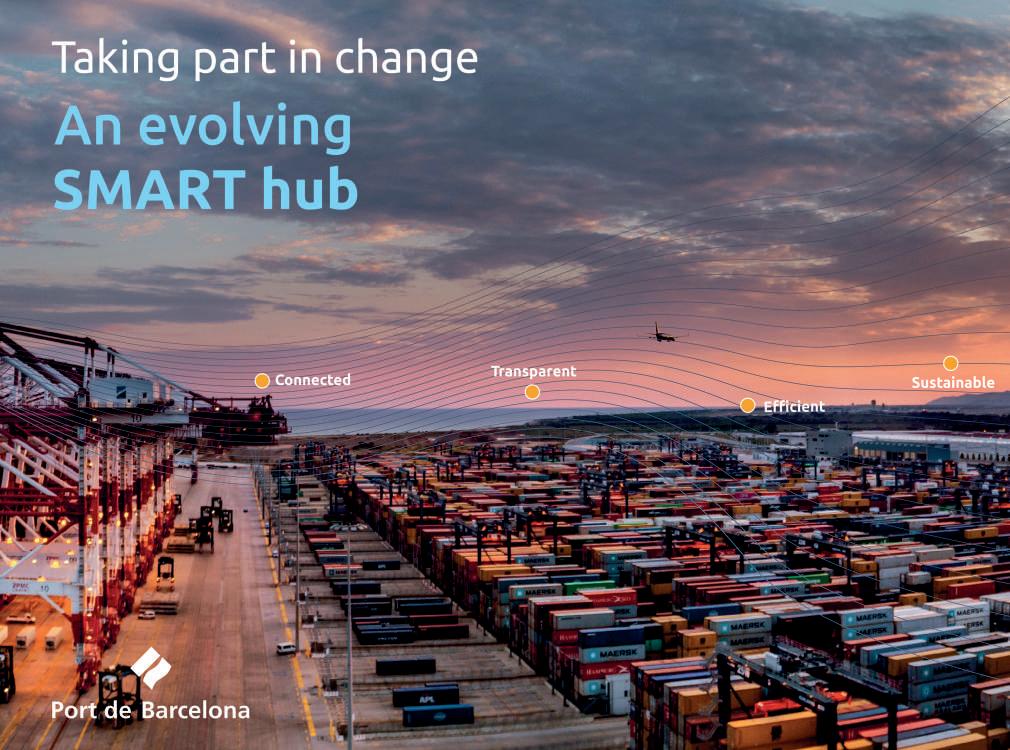
Orus Logistics is the brainchild of exporter Juan José Barrionuevo.
by Maura Maxwell
Afruit and vegetable exporter from southern Spain has developed an innovative logistics app to take the strain out of ordering and tracking trucks used to transport perishable goods.
Orus Logistics provides realtime information on the status of shipments so that exporters and customers can track their whereabouts and get up-to-date information on their estimated time of arrival, or any incident which occurs between loading and unloading.
“Right now, keeping track of shipments involves countless phone calls between the supplier, transport company and final customer, which is inefficient and time-consuming, especially when you consider that groupage is the most commonly used method of sending produce to Europe,” says Juan José Barrionuevo.
“This easy-to-use tool simplifies and speeds up the process, leaving users free to focus on other areas of their
With Orus Logistics, exporters or customers send cargo orders to transport companies through the app, and traffic operators just have to click to update the arrival time of the order, which is then transmi ed to both the exporter and customer in real time.
Ultimately, Barrionuevo’s aim is to establish a global platform, so that transport companies can provide this service to both exporters and customers. For that reason the app will be available in English, Spanish, French and German. In September, it was launched to a select group of transport companies in Spain.
“Each company that wishes to offer and contract this service will pay a fixed fee per truck per month, so they will only pay for what they use, and it is completely free for exporters and clients,” says Barrionuevo.



right now. The beauty of Orus Logistics is that it provides full transparency and security “so you can completely forget about the multitude of calls, emails and Whatsapp messages required today”. E business.”
He says there is no other solution on the market serving the industry
www.oruslogistics.es orus@oruslogistics.es +34 629 819 035






































50 years of experience, more than 450 professionals and a commitment to innovation and technology
The company has made ground-breaking improvements to its range of fruit and vegetable processors.
by Maura Maxwell
MAF Roda will present a full line-up of its latest technological innovations at this year’s Fruit Attraction, emphasising the company’s ongoing commitment to integrating artificial intelligence (AI) to enhance defect detection accuracy and improve efficiency in fruit and vegetable processing.
At the fair, the company will introduce several significant advancements in its quality systems. A key highlight will be the new generation of its Smart platform, designed specifically for citrus classification.
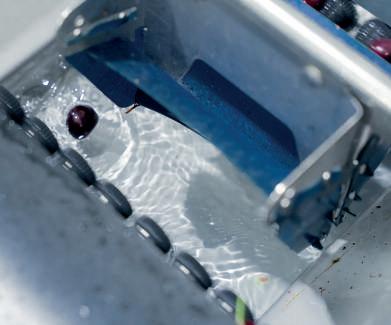
“This groundbreaking solution, launched earlier this year, is now integrated as standard in all our Globalscan 7-Viotec equipment,” the company says. “Smart technology
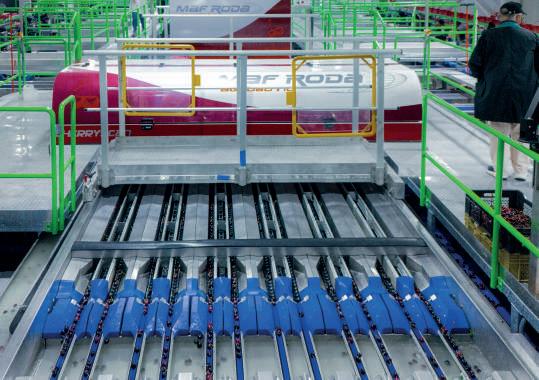
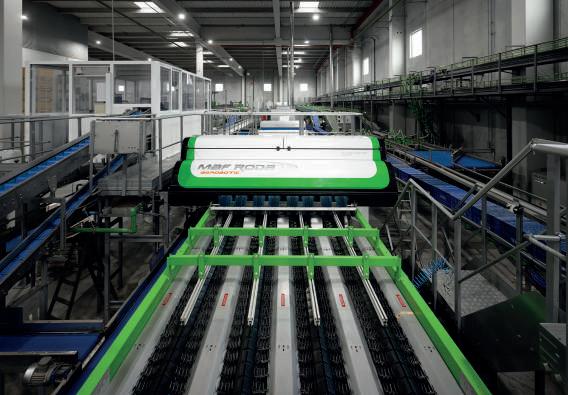
represents a substantial improvement over previous models, offering key benefits such as increased user autonomy and more intuitive operation.”
The new platform allows operators to independently customise results, tailoring the system to the specific needs of each batch. It features a simplified and user-friendly interface, streamlining handling and configuration and reducing the time required for staff training. And because the consolidated interface is on a single screen, operational efficiency is enhanced by minimising the need to navigate through multiple views.
The integration of AI not only improves defect detection but also enables constant updates to classification models for unmatched accuracy. The platform facilitates quick adaptation to new types of defects, ensuring consistently up-to-date classification.
MAF Roda will also unveil its new QS series in Madrid. This includes CherryQS and BerryQS models, software solutions designed for small fruit classification, again featuring notable improvements over previous versions.
“The QS series boasts a more intuitive and easier-to-configure
interface, optimising operational time and reducing errors, while users also benefit from greater autonomy in adjusting analyses to meet their specific needs,” the company says.
“Artificial intelligence is utilised for more precise classification and clear defect visualisation. And the system provides enhanced user security and superior operational potential.”
Another highlight of MAF Roda’s participation at Fruit Attraction 2024 will be the introduction of a new ozone treatment system developed by Arrowlake, a start-up in which MAF Roda is a shareholder. “This innovative system represents a paradigm shift in water treatment, offering a sustainable solution by eliminating harmful chemicals traditionally used in the process,” the company explains.
The technology enables water reuse without the need for fresh water addition, promoting more sustainable practices. The system also adjusts treatment based on water quality, regardless of raw material quality or operational hours.
The use of ozone removes the need for chemical products, reducing waste and enhancing food safety. And finally, the system provides effective treatment against biofilm, ensuring high levels of hygiene and quality. E
LEFT & ABOVE—The incorporation of smart technology into MAF Roda’s range represents a substantial improvement over previous models

The exporter’s new initiative, Un Sello Que Suma, is helping growers to improve their production.
by Maura Maxwell
The high costs and heavy administrative burden of certification has long been a bugbear of Latin American banana producers wishing to supply the European market. But one Ecuadorean exporter, Grupo Palmar, continues to believe in the value of such certifications – so much so that it has launched its own initiative to encourage further uptake amongst







its grower base. Un Sello Que Suma is a programme that helps producers to obtain Good Agricultural Practices (GAP) certification, granted by the country’s plant health authority Agrocalidad.
“We have already helped more than 20 of our producers to improve the organisation, benefits, savings and quality of their farms,” says Daniela Palacios, general manager



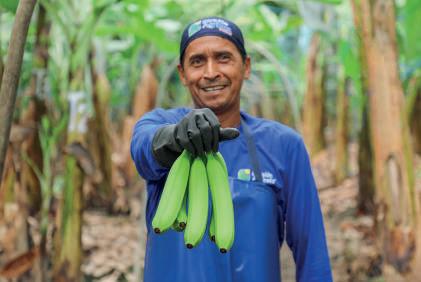
of Palmar’s export division. “In addition, we have offered free training to producers and technicians to strengthen their knowledge and increase the efficiency of their agricultural activities.”
She says Palmar remains commi ed to meeting the demanding requirements of the European market. “From our perspective as a producer and exporter, we continue to maintain the required standards, overcoming the difficulties that others have tfaced along the way.”
The approach appears to be paying off – last year Grupo Palmar rose up the rankings to become the third biggest banana exporter in Ecuador, accounting for 5.18 per cent of the country’s total export volume (equivalent to 18.63m boxes). E
ABOVE—The programme has already benefited 20 of Palmar’s
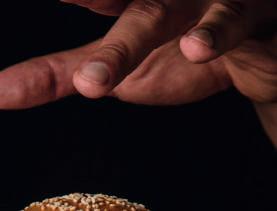


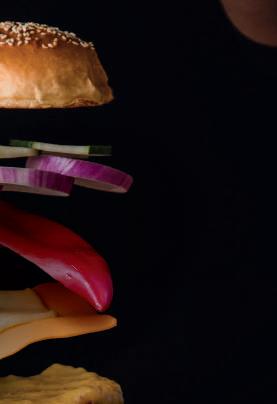


The hygienic washing that the Citrocide® AVO System achieves represents a radical improvement in food safety, by eliminating surface contamination of the fruit. The washing machine becomes a Critical Control Point, avoiding cross contamination. This system drastically reduces the incidence of Peduncle mold, even after 40 days, allowing shipping to distant destinations without postharvest losses.
The PlantSeal® Tropicals coating doubles the shelf life of the fruit avoiding internal necrosis of the pulp caused by chilling injury that may otherwise become manifest during transport and cold storage. It mitigates weight loss, maintains firmness and does not interfere with the natural color change of the fruit during ripening.


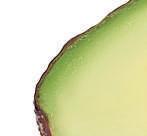
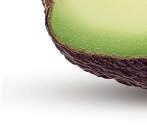
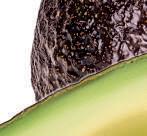


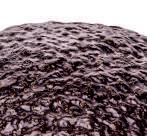
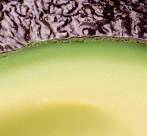

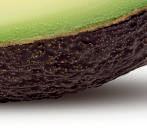

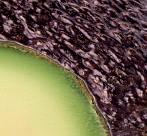
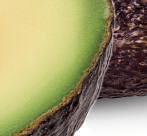
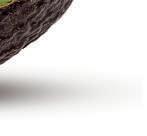


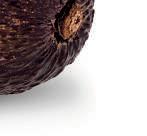


Arend Meijerman of Rijk Zwaan reveals how the Dutch vegetable breeder is responding to the challenges of climate change, resource pressure and plant diseases.
by Fred Searle
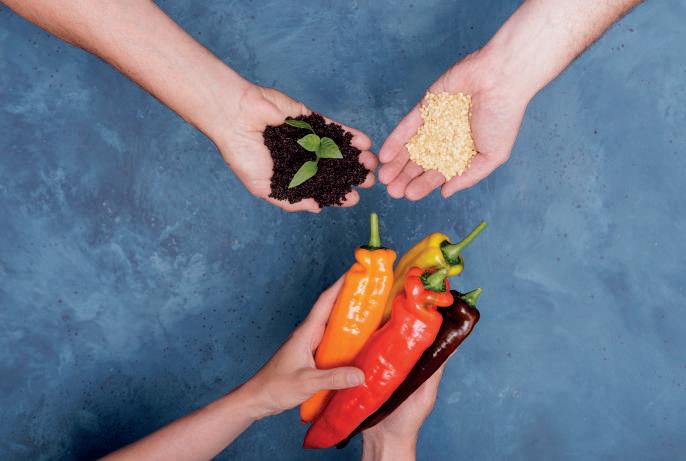
Sustainability is a core value in greenhouse horticulture, and vegetable breeding company Rijk Zwaan is no different. It is a concept that is deeply embedded in the corporate culture. As early as the 1980s, this culture was summarised in nine important principles. One of these stipulates that the entire business process must be constantly monitored to see whether a positive contribution can be made to the environment. As a result, environmental aspects, in addition to economic aspects, play an important role in decision-making.
Rijk Zwaan was founded in 1924, but breeding is as old as agriculture itself. The first farmers selected the best plants for the next harvest, a process that formed the basis for modern plant breeding. While techniques and understanding of genetics have evolved considerably, the fundamental goals of breeding – such as yield and resilience to
climatic challenges and diseases –have remained largely unchanged.
In today’s context, with challenges such as climate change and environmental pollution, it is no longer enough to focus solely on productivity. Varieties now also have to be sustainable, which means that cultivation requires fewer resources, such as water or energy. A striking example is the Alzamora RZ F1 pepper variety, which can be grown at a lower daily temperature without sacrificing quality and productivity. This variety is also less susceptible to indoor rot, which gives the opportunity to use additional screens in the greenhouse to prevent cooling. The result is a significant reduction in gas consumption, from the usual 30-35 m3 to 20-25 m3 per square metre, which reduces both energy costs and CO2 emissions.
LEFT—Rijk Zwaan is bringing through some robust and resilient new varieties
Water is a critical resource, especially in areas where it is scarce. Rijk Zwaan focuses on developing varieties that perform well under water-efficient cultivation methods, such as hydroponics. In this method, plants grow in gutters instead of in the ground, which significantly reduces water consumption. The hydro demo site in Dinteloord is an example of Rijk Zwaan’s commitment to developing varieties that perform well in such water-saving systems. In addition, varieties are also being developed that perform as strongly as ever with less lighting, or a lower nitrogen input.
Another important aspect of Rijk Zwaan’s work is the development of natural resistance to plant diseases. This is crucial for sustainability, as it contributes to less dependence on crop protection products and the prevention of crop losses. The development of tomato varieties with a high resistance to the Tomato Brown Rugose Fruit Virus (ToBRFV) is an example of how Rijk Zwaan is contributing to reducing both financial and environmental damage in the sector. These varieties, sold under the RugoseDefense label, reduce the risk of ToBRFV outbreaks, which in some cases require the entire crop to be destroyed.
Another example is a high resistance to powdery mildew, a major problem in pepper crops. To this end, Rijk Zwaan has launched pepper varieties with Lt Defense on the market. Growers who opt for varieties with Lt resistance need to use crop protection products significantly less often. The crop is healthier and more productive. It also results in lower residues on the fruits, which is a requirement of many retailers.
Rijk Zwaan invests heavily in research and development. Every year, an average of 30 per cent of turnover is spent on these activities. These investments are essential to provide growers with high-quality starting material and to continuously develop new and better resistances to evolving plant diseases. These efforts are
not only aimed at developing new varieties, but also at improving the sustainability of the company’s own operations.
In addition to developing innovative vegetable varieties, Rijk Zwaan is also actively working on making its own business processes more sustainable. Several teams within the company are focusing on reducing natural gas consumption in the greenhouses in De Lier, with the aim of reducing consumption to less than 18 m3 per square metre by 2030.
Investments are also being made in alternative energy sources such as geothermal energy, solar panels and thermal energy storage systems. Rijk Zwaan is therefore

at the forefront of sustainable development in greenhouse horticulture. Through innovation, research and collaboration with partners, the company aims to contribute to a sustainable future for the sector.
With a strong focus on the environment, innovation and collaboration, Rijk Zwaan is well positioned to meet the challenges in the supply chain and realise a greener future. The company is committed to developing new varieties that not only meet the current demands of the market but also contribute to a more sustainable world. With this commitment to sustainability and innovation, Rijk Zwaan is playing a crucial role in the transition to a more sustainable greenhouse horticulture sector. E



The market outlook for European apples is strong, but the head of one of Italy’s largest marketing consortiums says the industry must work hard to attract and retain new talent.
by Mike Knowles
In Italy’s Val Venosta region, young people are essential to the future of fruit growing. And it’s a view at the very core of sustainability efforts at leading apple supplier VIP, which has placed recruitment among its top strategic objectives.
“To continue being reliable partners for our associated producers and customers, we must be realistic, consistent, and aware of the risks in this delicate phase,” says the consortium’s general manager Martin Pinzger. “The issue of climate change is coupled with a critical challenge that we can describe as demographic, related to people willing to work in agriculture – not just in terms of labour, but also in terms of specialised individuals ready to take on responsibilities in agricultural enterprises.”
Pinzger is remarkably candid when it comes to the people challenge. “If we do not act today and make our activities and environment even more attractive than they already are, this will be a real problem for our sector. We have strong values, a deep connection to our territory, and great specialisation, but it would be a mistake not to reflect on these issues.”
In some respects, the consortium’s challenge is greater due to the fragmented nature of its 5,200ha production base, which
comprises 1,600 individual farms that average just over 3ha each.
But, as Pinzger argues, these small, family-run farms are better able to cope with labour shortages.
“They manage their activities independently and only seek external help during peak harvest times,” he notes. “The wide variety assortment we have in the valley also helps, allowing us to spread out the harvest over several months.”
However, he admits there is a risk of complacency. “To support our programmes and secure a future, we must count on young people stepping up. We
BELOW—It’s a major challenge to bring enough young people into the fruit industry
must be aware that, despite all the innovations and technologies, including the latest in AI, which offer support, apple farming is no walk in the park.”
VIP offers young people a specialised and structured agricultural environment, Pinzger says. And with the recent trend towards more European apple production, greater summer demand, and fewer imports from the Southern Hemisphere, he believes it’s an industry ripe for growth.
“We are able to adapt flexibly and promptly to market developments. We closely monitor the ongoing changes in distribution, where major retail chains and increasingly discount stores are taking the lead, adapting to their needs both in terms of range and service. We have facilities increasingly protected by frost-irrigation, drip irrigation, hail nets, and the most advanced tools available for agricultural production today.” E
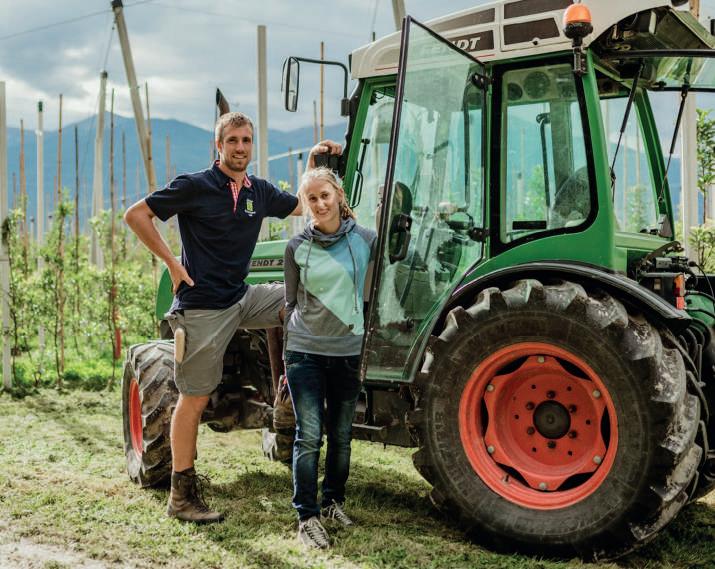
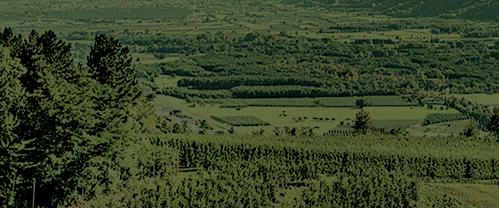
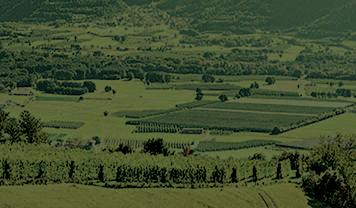
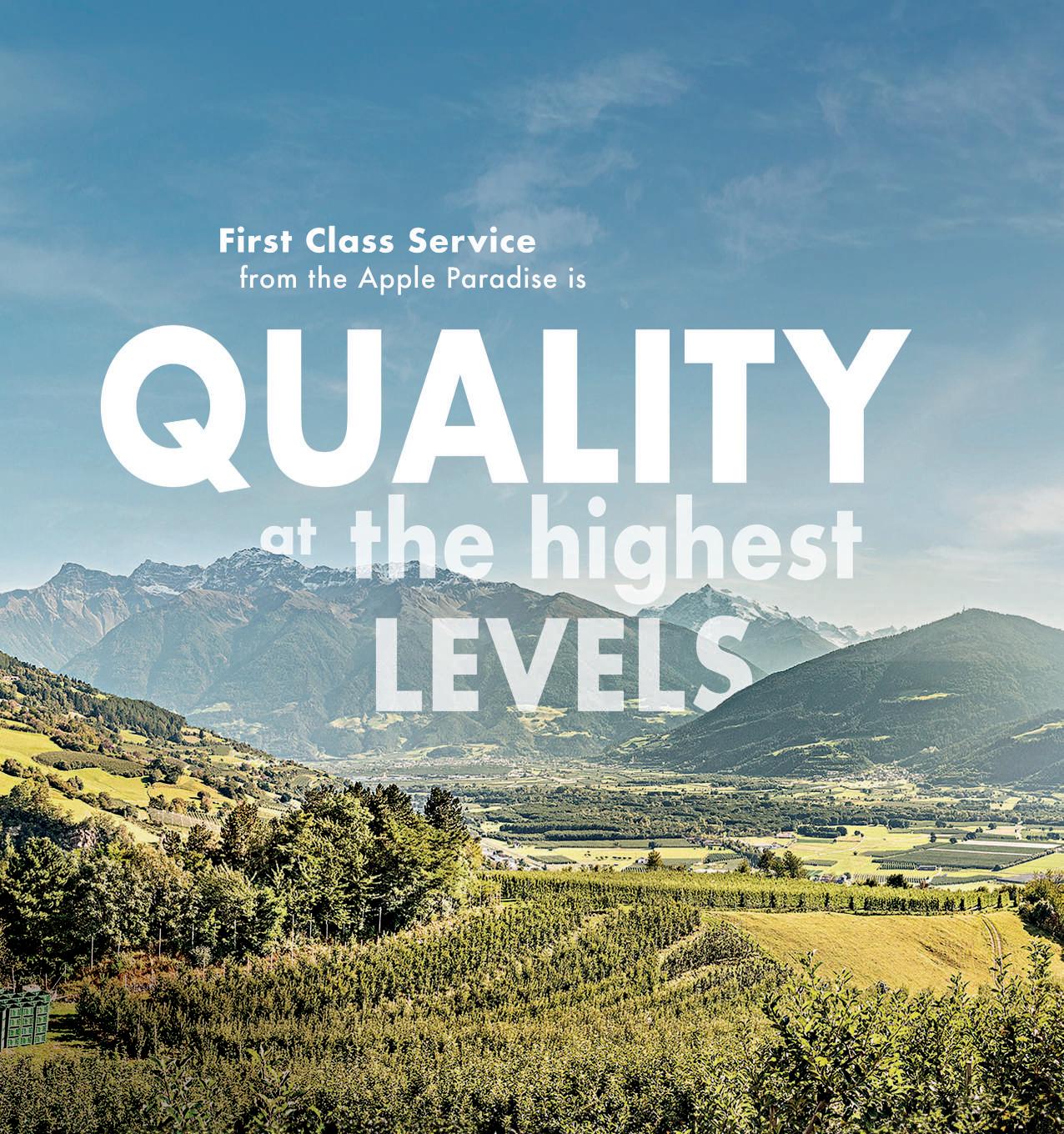








Despite recent poor weather, increased costs, consumer inflation and regulatory pressures, Italy’s biggest fruit and veg producer group remains resolutely confident.
by Mike Knowles
Italy’s Apo Conerpo, which is reckoned to be Europe’s largest fruit and vegetable producer organisation, has a new general manager at the wheel as it looks to accelerate away from an especially challenging year’s trading.
Daniele Maria Ghezzi, a former university professor and head of export trade consortium Piacenza Alimentare, was appointed to lead the group’s management at its recent shareholder meeting. He takes over from Gabriele Chiesa, who has led Apo Conerpo for the last 21 years.
And with sales turnover up 1.8 per cent to €434m despite a notable 27 per cent decrease in traded volumes, Apo Conerpo certainly appears to have shown remarkable resilience last year. Its overall turnover for 2023 was €787m, down just 2.7 per cent on 2022, while returns to growers were apparently up 50 per cent.
The group’s adverse experience over the past 12 months reflects wider challenges seen across Italy’s entire fresh produce business.
“2023 was a particularly challenging year for our sector,” comments its president Davide Vernocchi. “From spring frosts to the floods in May, from summer drought to hailstorms, to the resurgence of serious climaterelated plant diseases such as
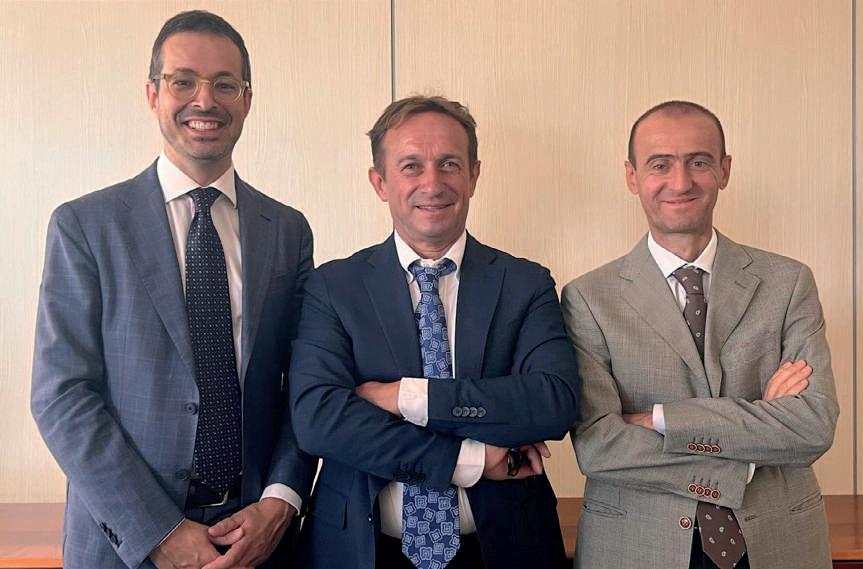
spot and bacterial disease; no crop was spared, with particularly significant effects on many of Emilia-Romagna’s major crops like pears, peaches, nectarines, cherries, tomatoes for processing, and onions.”
1.8
sector especially difficult. “Add to these the often questionable decisions made by Europe that have a huge impact on our agricultural companies,” Vernocchi adds.
percentage rise in sales revenue for 2023
The international commercial landscape was a tricky one to navigate too, he says, with prices for energy and raw materials much higher, consumer inflation depressing demand, and the sourcing of labour in the fruit and vegetable
In response, he continued, Apo Conerpo had expanded its sourcing base in Italy, seen stronger sales in its processed tomato business, and generated 13.6 per cent more value from its retail and export sales –overseen by subsidiaries Alegra, Brio, Naturitalia, Opera, and Valfrutta Fresco. E
ABOVE—(l-r)
Daniele Maria Ghezzi, Davide Vernocchi, and Gabriele Chiesa
Emilia-Romagna region is historically the most suitable territory in Italy for growing pears: here we cultivate, harvest, and select our Opera® pears one by one. Many delicious varieties, more than 3.500 hectares of pear orchards, and the passion of over 700 expert and certified fruit growers make our Consorzio Opera a large Italian organization that follows the entire journey of pears from the fields to the table. Our aim is to guarantee our customers all over the world fresh and safe pears complying with all the strictest certifications and international standards. Because it’s always a good idea to choose an Opera® pear.
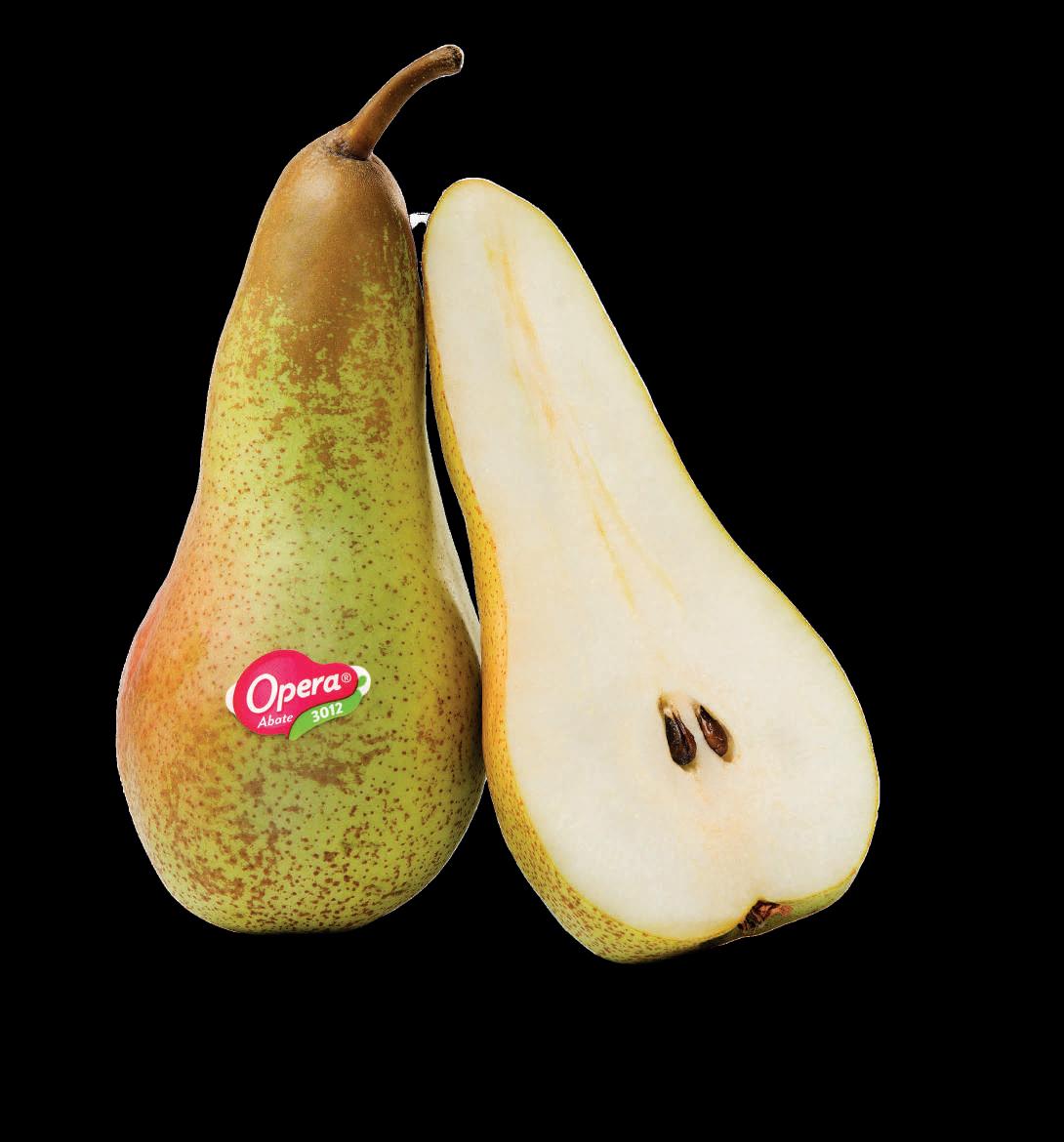
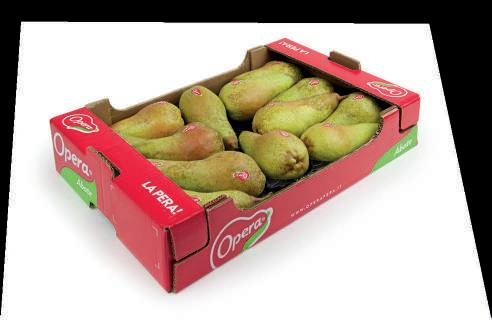
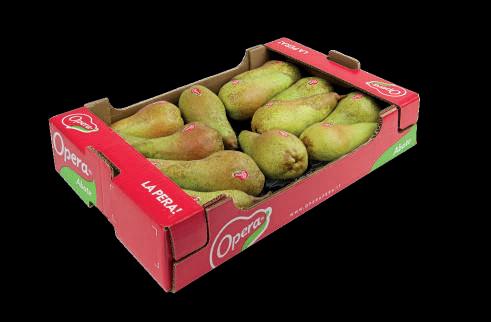

in Visit us at FRUIT ATTRACTION - Hall 8 - Stand 8C14

Supporting consumers and guiding them in the process of discovering and choosing the most suitable products: these are the principles underlying the marketing strategies at VOG – Home of apples.
As a leading international player in the production and marketing of apples, the consortium is responding to the current situation of fruit and vegetable consumption with an innovative approach to apple promotion, which also takes different experiences and sectors into account.
The challenge is to make fruit like apples competitive not so much with other fresh produce, but also with food products in other departments, while avoiding generalisation of the product.
VOG’s strategies therefore go beyond the basic values of fruit and vegetable products, such as quality, sensory characteristics or healthiness, to focus on consumers’ expectations, aspirations and experiences.
“The possibility we have today to offer a wide assortment of varieties and brands for 12 months of the year makes it necessary to take a step beyond product-focused communication, listening to what consumers want,” explains Hannes Tauber, marketing manager at VOG.
“We have to communicate how a specific apple responds to different lifestyles, explain how and when to consume it and use the language of its audience
when needed. At the same time, the challenge is to ensure that the product is available at the point of sale when consumers feel the need to buy it.”
This is why each VOG brand’s campaign revolves around engaging consumers in a specific vision, a world in which an apple is not just an apple, but also a vehicle for affirming the values and way of life of its target audience.
To use an agricultural metaphor, VOG’s work on brands consists of planting, fostering and harvesting. Planting because a brand in the launch phase requires work on environmental factors – the other proposals on the market – and the creation of a distinctive personality. Fostering because after its launch a brand needs to be nurtured and watered with new creativity and original ideas to sustain its growth.
Harvesting because when a brand is established, you have to keep working every year to reap the rewards.
In order to appeal to new consumers, including young people, and to retain their loyalty, it is necessary to create a rich, colourful assortment featuring apples with a distinct personality. VOG’s work on its brands fully exemplifies this approach.
Take Marlene for example, a brand that is celebrating 30 years of success on the markets this year. This ‘Daughter of the Alps’ tells consumers about the culture behind the apple, even involving them in person in a culinary experience where they explore its origin, its gourmet side and the tastes, aromas and textures of the different varieties. This inspiration will be expanded even further in the next campaign.
Pink Lady targets a highly loyal, sustainability-conscious customer base with its commitment charter for environmental and social responsibility and its biodiversity projects such as Bee Pink. The ‘Adopt a Tree’ initiative also strengthens the link between consumers and apple farmers.
Kanzi will also celebrate an
important anniversary: it is now 20 years since it became a must-have in fruit and vegetable departments. In this case too, closeness to consumers was key to its success. With samplings and diverse initiatives, Kanzi is targeting the most dynamic customers looking for the energy boost that this apple can give with its extraordinary taste.
Envy, an outstanding apple in the super-sweet segment, was relaunched with a highly original position that invited consumers to enjoy the apple’s sensory experience. Inspiration from areas such as beauty and fashion has made the brand highly recognisable, while also engaging people outside the fruit and vegetable department.
Among the most innovative apples, Giga and RedPop were launched with two developed and welldefined personalities, which linked their characteristics to specific lifestyles. Giga has a bold and expansive identity, ready to share its goodness with the world. RedPop is sweet, but with a rebellious, pop soul, just like a moment to yourself.
Cosmic Crisp relies on its superior taste and texture characteristics to offer consumers a heavenly taste. It is a unique apple, providing sensations that allow you to touch the sky at any time of day, from sunrise to sunset. The lifestyle imagery of the communication initiatives linked this concept to a modern audience that is receptive to premium products.
“Anticipating consumer needs and satisfying them every time they buy a product is key to growing the apple category and fruit and vegetable products in general,” Tauber concludes. “We have taken up the challenge and can count on the right organisation, expertise and products to achieve our goals.”
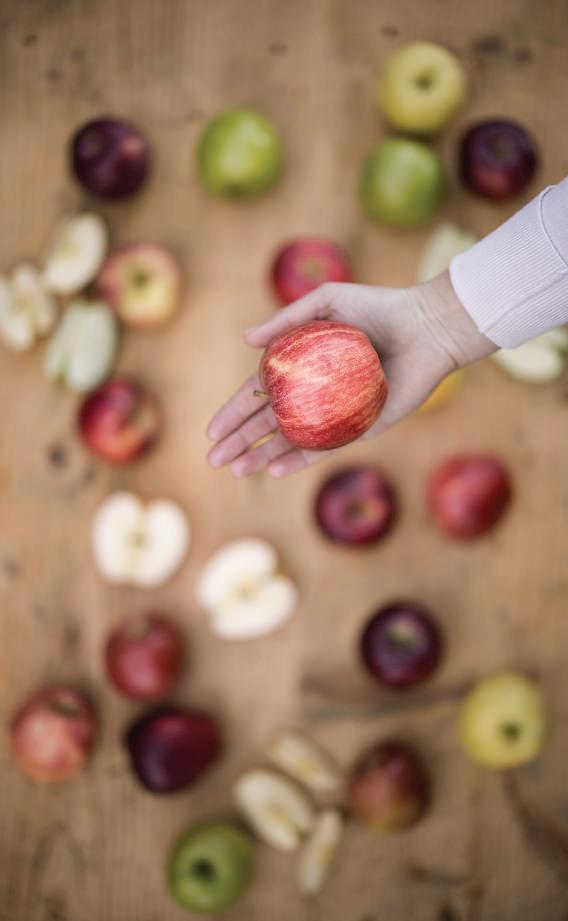
OPPOSITE & TOP— VOG territory provides quality apples for 12 months of the year
RIGHT—Closeness to the consumer is seen as key to success at VOG, such as for the apple RedPop
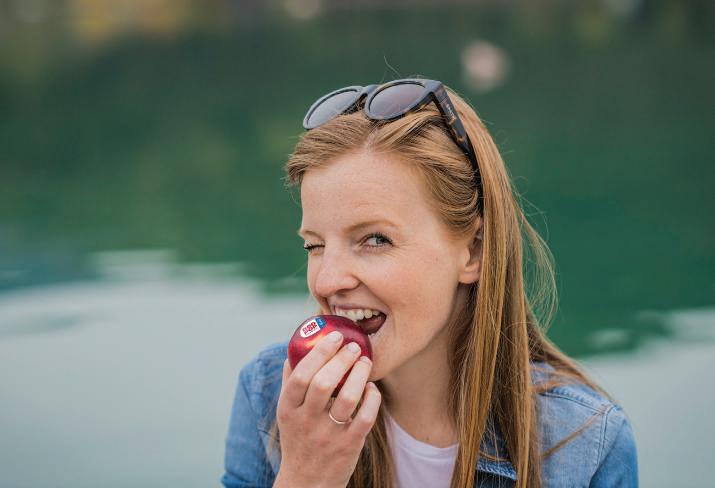
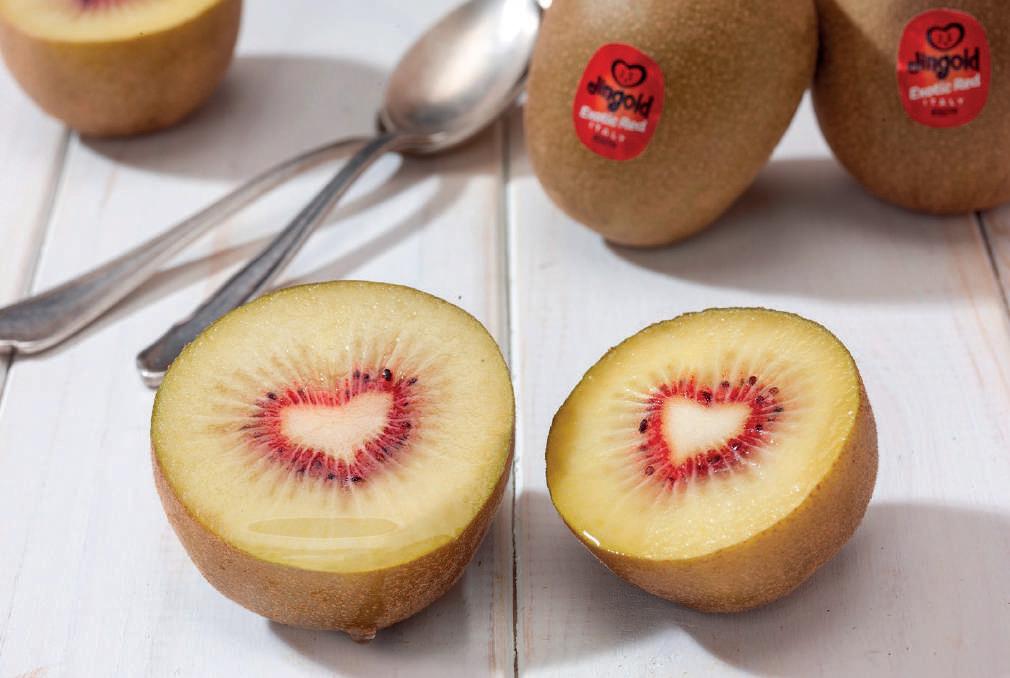
The company has expanded its business in the past year and sees excellent potential for its green, yellow and red-fleshed varieties as its production base grows.
by Mike Knowles
Italian marketer Jingold says it more than doubled its sales of red-fleshed kiwifruit in 2023. And as it prepares to exhibit at Fruit Attraction in Madrid, and having connected with key customers at Asia Fruit Logistica in September, the company predicts it will achieve a further notable expansion in sales of the product.
“A highlight of our exhibition will be our flagship product, the red kiwifruit,” said Federico Milanese, the group’s marketing director ahead of the Hong Kong show. “Currently, Jingold is the market leader for this variety, with anticipated volume growth of 30 per cent compared to last year.”
According to Milanese, the licensed variety in question has made for an exciting addition to Jingold’s product portfolio and is one the marketer is keen to push in Asian markets. “The red kiwifruit is highly valued by consumers for its exotic aftertaste, exceptional sweetness, soft texture, and outstanding shelf-life.”
Overall, the company expects to continue its recent commercial growth in Asia. As in Hong Kong, in Madrid it will bring its patented green, yellow and redfleshed varieties to the attention of even more buyers and importers.
“Our presence at Asia Fruit Logistica in Hong Kong provided a valuable opportunity to meet with our existing Asian partners and clients,” Milanese commented. “These meetings are crucial for outlining strategies for the upcoming campaign and exploring potential collaborations with new buyers.”
He added: “As we approach the new season,
we are pleased to report a projected production increase of approximately 12 per cent compared with the previous year.”
The company also has some important new projects in development. These include the expansion of its overseas operations Jingold China in Shanghai and Jingold Greece in Europe. “These branches are set to increase their production quotas further and involve more partner companies in our projects,” Milanese confirmed. E
ABOVE—Jingold says volumes of Exotic Red kiwifruit will rise significantly




























































































































































Suppliers across Puglia, Sicily and Basilicata have noted some promising signs of growth in market demand for organic seedless varieties.
by Mike Knowles
Italian producer Canova, a subsidiary of Apofruit Italy, continues to develop its table grape business as international demand for seedless, organic grapes continues to grow.
Canova markets a broad range of fruit and vegetables under the Almaverde Bio brand, which is widely recognised across Italy.
And according to data provided by Italian organic agriculture analyst Sinab, annual demand for organic, seedless varieties is currently growing by around 5-7 per cent at a European level.
The agency suggests that market share for organic grapes in the European retail arena ranges from between 5 and 10 per cent, and it says these figures have shown steady growth in the last three years.
Italy plays a leading role in both conventional and organic production. The latter, according to Sinab projections, is around 150,000 tonnes. About 60 per cent of the country’s organic seedless grapes are grown in Puglia, with the rest in Sicily and Basilicata.
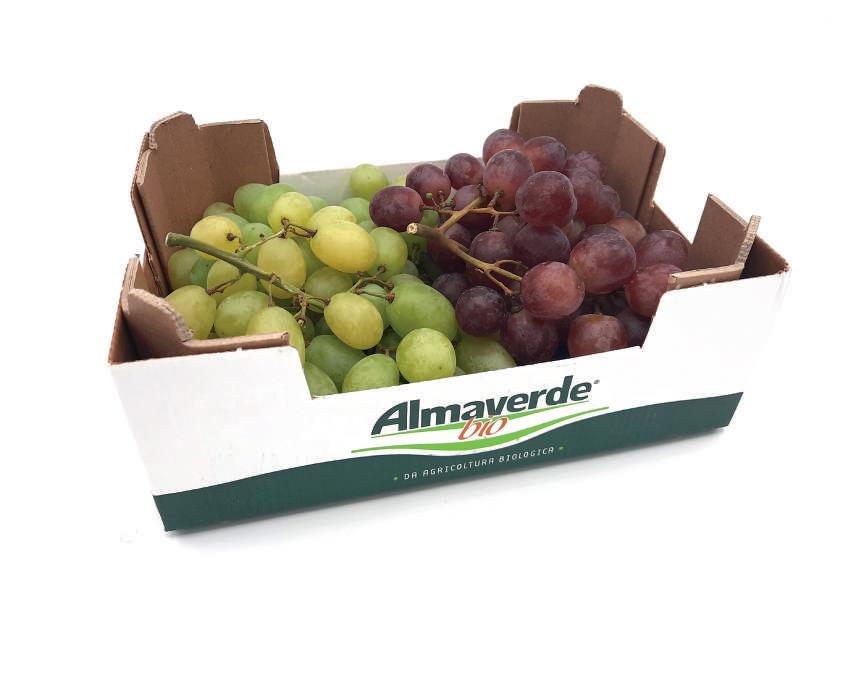
To encourage sales of the fruit, Canova supports a marketing project called It’s Bio, which is funded by the European Union and an association of producer organisations called Gruppo Vi.Va. The project is also supported by Almaverde Bio, Apofruit, Codma OP, Canova, Coop Sole, AOP La Mongolfiera, OrtoRomi and OP Terre di Bari.
“The success of organic seedless grapes is undoubtedly linked to the significant reduction of the environmental impact brought by organic production compared to conventional one,” says a spokesperson for It’s Bio. “In fact, organic production reduces CO2 emissions and water use.
The ingredients of the success of seedless table grapes are sweetness, crunchy texture, and versatility as a snack between meals or as an ingredient in tasty sweet, and savoury recipes.”
Harvesting of organic grapes in Puglia started ten days earlier than normal this season. Beginning
with the Sugraone variety, harvesting ends in October with Autumncrisp. Members of the Terra di Bari producer organisation, which suppliers Canova from the Noicattaro area of Puglia, have reported excellent quality for the present campaign.
“Organic seedless grapes are a high-quality product that is gaining more and more space in consumer purchases”
Organic production of seedless grapes is not a simple process. It involves cultivation techniques that exclude the use of synthetic chemical substances to protect against pathogens, for weeding, and for fertilisation. Instead, growers rely on natural methods to fight off diseases and infestations.
Growers also aim to foster genetic diversity, reduce their environmental impact, and respect the seasons’ natural cycle. “Organic seedless grapes are a highquality product that is gaining more and more space in consumer purchases,” says the spokesperson, “especially among families with children, thanks to the safety of the guarantees offered by European certification and the sweet and aromatic taste that never disappoints.” E
TOP—Almaverde Bio is one of Europe’s leading organic brands
INNOVATION AND STRATEGIC PRODUCE
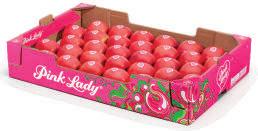

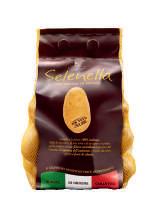
On the Italian and European scene for more than 60 years.
12 production plants and 12 reception and storage centres.
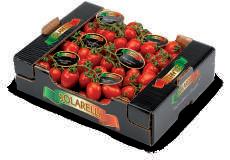

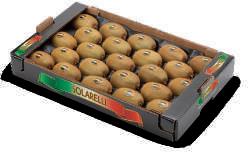
Specialization in the top italian fruit and vegetable products.
128.000 tons production.
SOLEMIO
QUALITY BRAND FOR FAR EAST
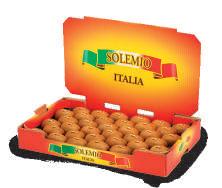

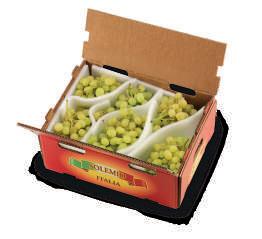
Adoption of integrated production for over 70% of production.
Leader in organic production
Following three years of falling sales, the introduction of new, better varieties appears to have arrested the country’s decline.
by Mike Knowles
Italy’s peach and nectarine industry appears to moving with the times. With the introduction of new products, including so-called flat peaches as well as later-maturing varieties, there are signs that producers have gone some way towards arresting the sector’s recent downturn.
recent strategic shift towards a better spread of varieties across the season. This has apparently enabled retailers to sustain consumer demand for longer than before.
In the retail arena, CSO points to 8 per cent sales growth among discount chains, and 11 per cent growth among specialist independent greengrocers, in 2023. That marks a reversal of three years’ worth of lower sales.
“Purchases of nectarines increased by 5 per cent in the over-65 age group,” Lodi adds. “This is also an unexpected trend considering that until a few years ago the nectarine was the favourite of young people.”
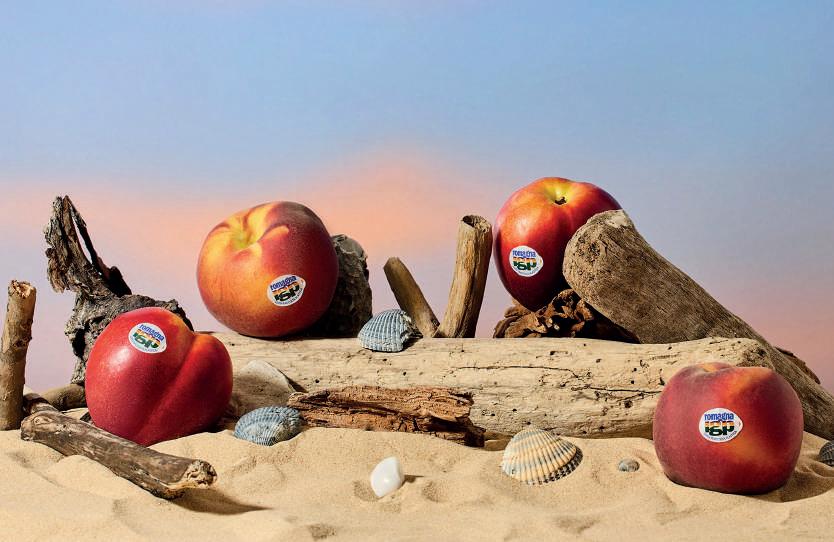
Daria Lodi, analyst at CSO Italy, says the signs are certainly positive. In a recent presentation to industry leaders, she used GfK data to reveal that peach consumption in Italy rose by 1 per cent in 2023, while nectarine consumption increased by 3 per cent.
“There was a 12 per cent increase in peach purchases among those under 35, perhaps due to the effect of flat peaches,” she notes.
Key to that improvement, it would seem, is the
In Emilia-Romagna, the country’s main growing region for stonefruit, a decline in planted area for nectarines has reportedly been reversed. Today, the region has around 4,800ha of nectarine production and 1,700ha of peach orchards, accounting for a quarter of the country’s total.
“These figures underline the fact that there is room for growth in terms of volumes produced and marketed, especially at a time like the current one where local is a value recognised by the consumer,” comments Paolo Pari, head of sales and marketing at Apofruit, and president of the Romagna PGI Peaches and Nectarines consortium.
Earlier this summer, the group launched a new, two-year marketing campaign aimed at consumers aged 25-45 years old. The project, which aims to reach 60m people using photo and video content on digital channels, will tell the story of Romagna’s peach and nectarine producers and their daily challenges.
One of those challenges is the increasingly unpredictable nature of the weather as a result of climate change.
Valtiero Mazzotti, general director of the Agriculture Department of the Emilia Romagna Region, recently oversaw the launch of a ‘protected orchards’ plan to stimulate the creation of 1,000 hectares of new, climate resilient fruit production.
“Our belief is that constant, high-quality production is needed to successfully maintain and relaunch fruit production,” he declares. “Our PGI brand can ensure consistent supply and enable us to restore the reliability of our production system, which can return to providing good returns and good employment.” E
ABOVE—The region of Romagna remains a leading supplier of premium stonefruit

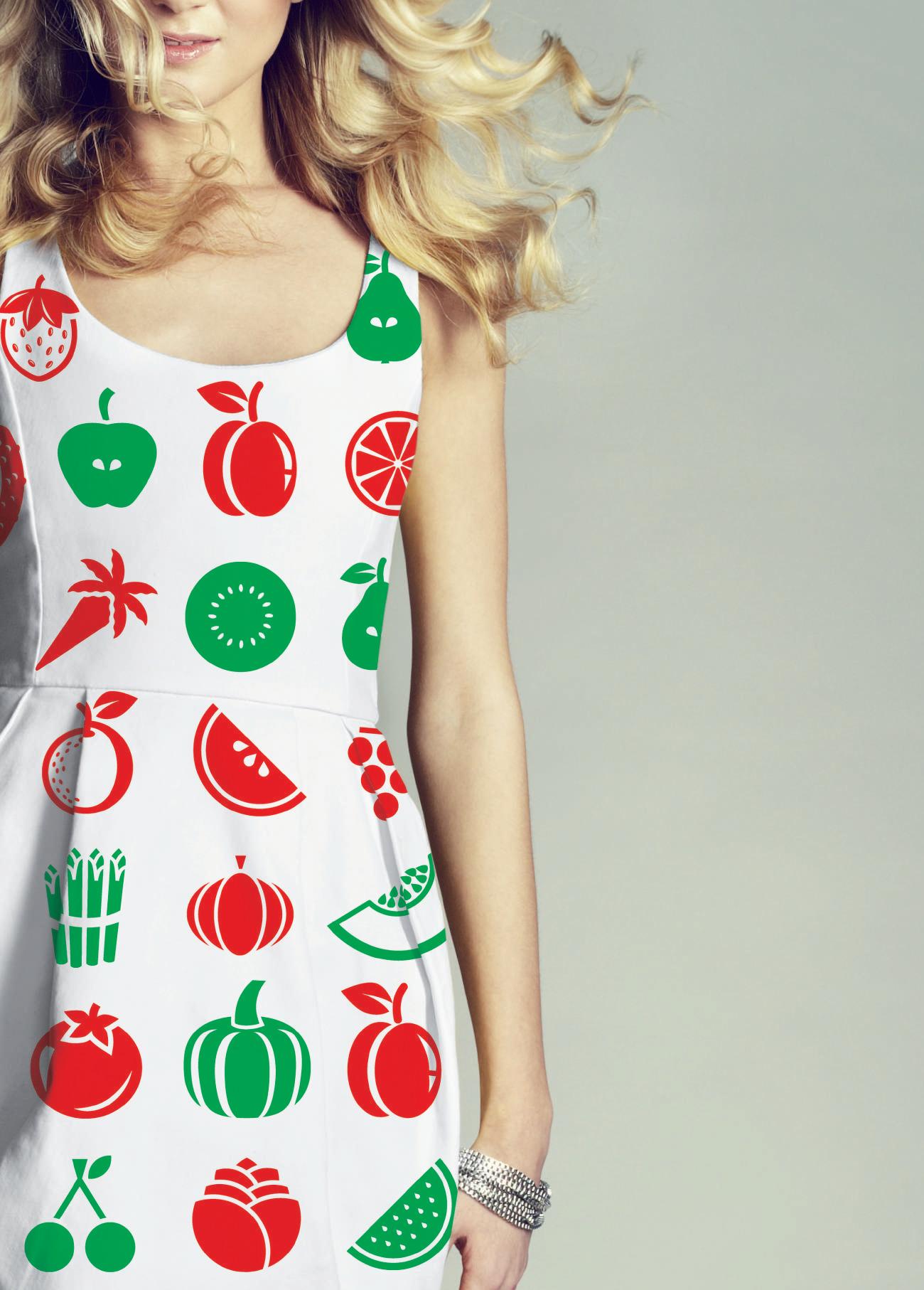
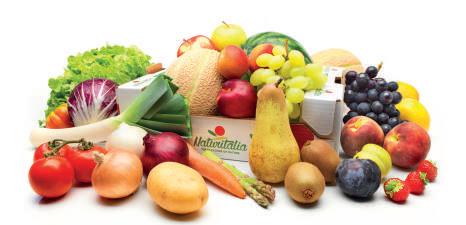
Having established a breeding centre to the south of Agadir, the Italian group has since embarked on commercial tests in partnership with four of the country’s suppliers.
by Mike Knowles
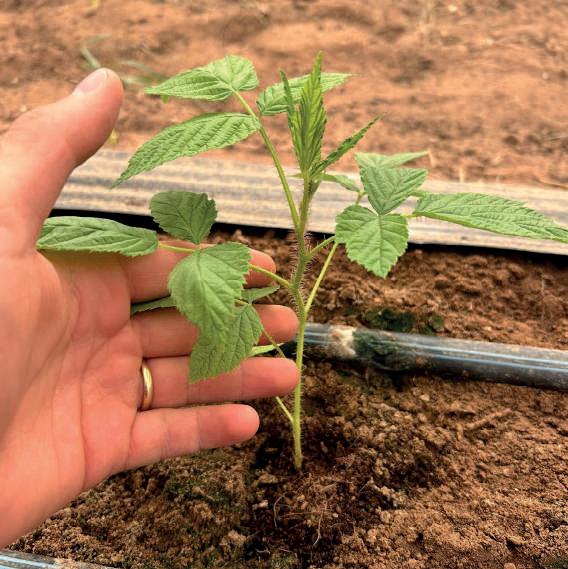
Italian breeding company
G-Berries has established commercial trials for its raspberry varieties in Morocco, where growers see good potential for early supply ahead of rival Spain. Following initial tests in 2023, the group is now working with four local companies – Afripick, North Bay Produce, Venture Fruit, and Vita Blue – to build volume in two particular varieties, known as EasyRock and EasyStar.
So far, the Easy Club Morocco project has created 15ha of production around Agadir and also in northern Morocco. Ultimately, its members aim to supply raspberries for a long period of the year to markets across Europe.
“We expect to see major growth in the next few years, and we cannot wait to see consumers smile as they taste Moroccan Easy fruit,” says Alessandro Gualandi, variety development manager at G-Berries. “Feedback from the field is really positive, and the growers are happy with what they have in their greenhouses.”
EasyRock is described as a high-quality, double-cropping variety that can produce firm, tasty and attractive berries. EasyStar, meanwhile, is an evergreen variety – suitable as a winter crop, and also as a double-cropping variety.
In both instances, the name is a nod to their ease of picking. According to Molari, this can be
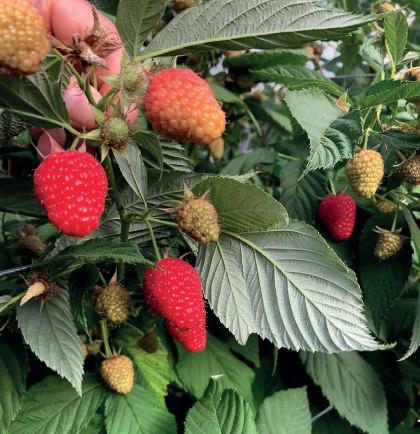
done when the fruit remains very pale, something which he says increases picking speed and cuts waste. Even more significantly, this could make it much easier for Morocco to reach markets that are further away.
It’s another reason why the country has attracted plenty of attention recently when it comes to berries. And it explains why G-Berries felt compelled to establish its own nursery in the country, around one hour south of Agadir.
“Ours is a major investment, and the quality of the work being done is reflected in the high quality seen in Moroccan berries nowadays when they arrive on the shelves,” Molari observes. “We as G-Berries are working to expand our presence in the world of berries, and in Morocco we have found some of the best conditions to work: nice people, good entrepreneurs, managers with vision. These were exactly the personal traits we needed to start our project in Morocco.”
The idea was simple, he adds. Find good and interested companies who were willing to expand their market and their varietal choice. “We put our up-todate genetics and our knowledge of varieties on the table, and they brought their ability to grow top quality fruits and their innovative presence on the market.” E
ABOVE LEFT—A raspberry plant begins its journey to stardom
ABOVE RIGHT—EasyRock berries almost ready to harvest
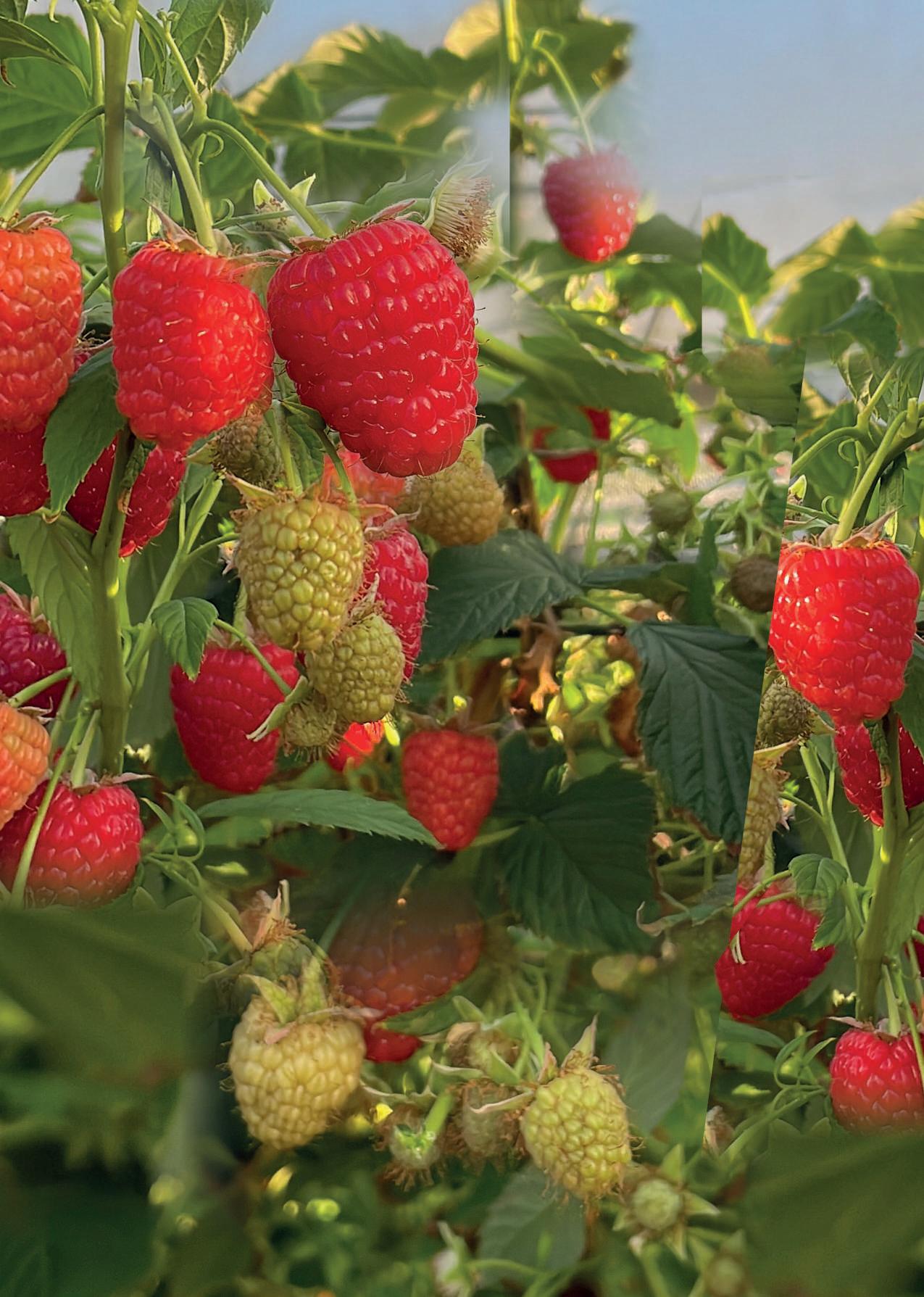
EasyStar® is the new primocane variety, highly productive, very easy to harvest and suitable for mediterranean areals.
It’s characterized by the light and bright color, well maintained in post-harvest.
Performing in primocane production, it keeps a good vegetative balance ensuring an early fall harvest Will be the star of your winter production!
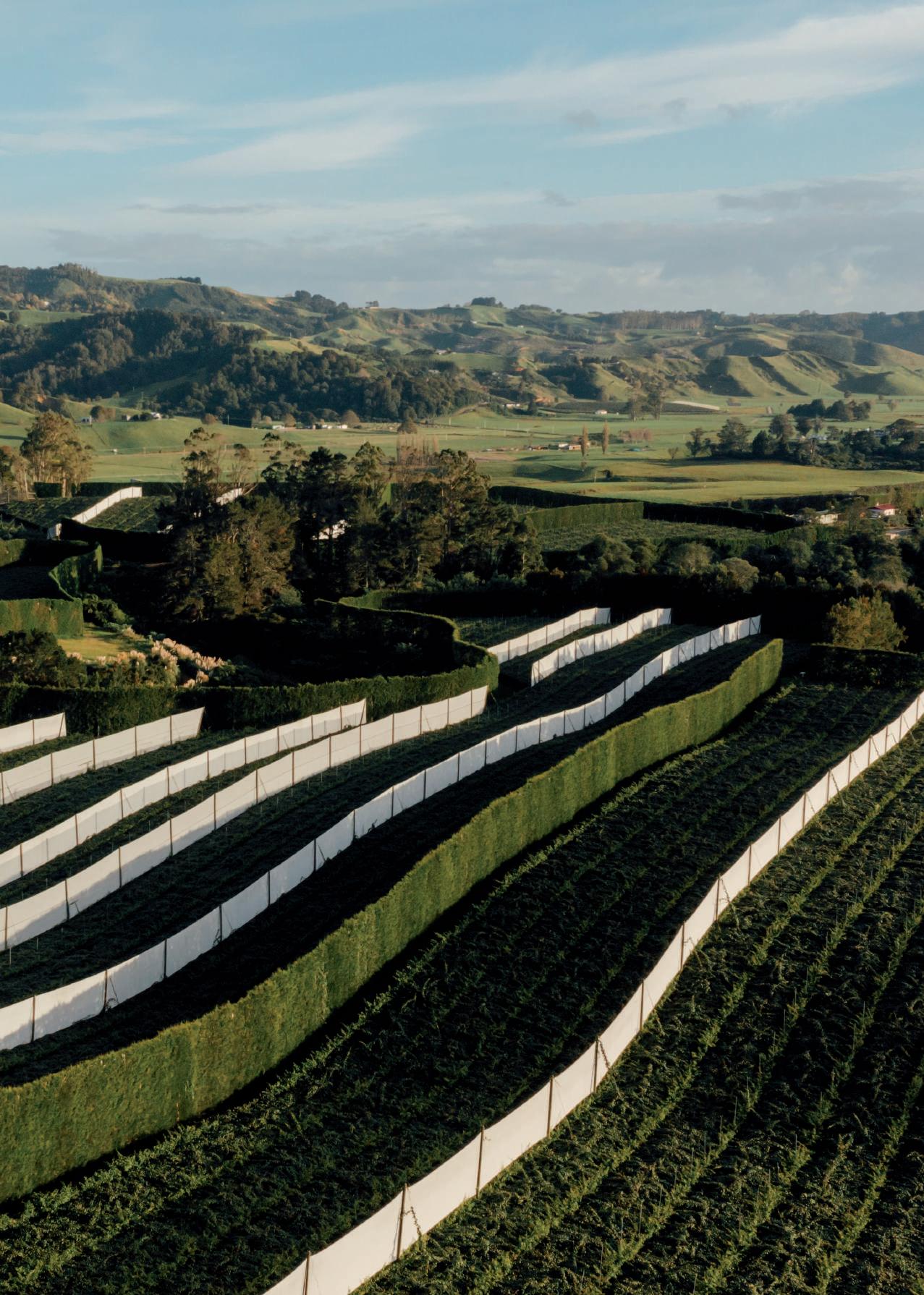
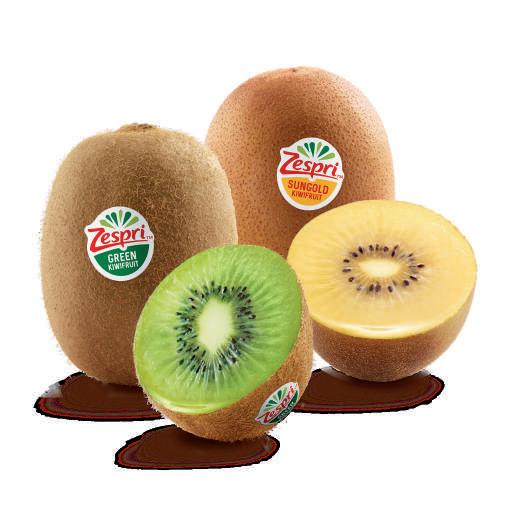
We are nurturing a healthier tomorrow, one kiwifruit at a time
Zespri’s executive officer for sustainability explains how the kiwifruit business aims to act
as a catalyst for change when it comes to the environment.

ARACHEL DEPREE Executive officer for sustainability Zespri
t Zespri, our focus is to help people, communities, and the environment around the world thrive through the goodness of kiwifruit. Alongside our industry partners, we constantly innovate to deliver nutritious, low-impact, and greattasting kiwifruit to consumers while promoting environmental resilience and protecting value for our industry
As a brand that is trusted around the world for delivering consistently high-quality and healthy fruit, we believe we’re well positioned to help encourage more people to make healthier eating choices: a catalyst for change. We’ve developed a sustainability framework to guide this work, with ambitious targets across our three focus areas – our kiwifruit, our environment, and our communities.
Our fruit is a nutritional powerhouse, packed with essential vitamins, antioxidants, and fibre that supports healthy living and boosts the immune system. This offers long-term health benefits to consumers worldwide, and ensuring we’re meeting growing demand for our fruit is a key part of our approach to nurturing a healthier global population.
We’re also conscious of the need to minimise our environmental footprint. Zespri sets ambitious goals to be carbon positive across our supply chain by 2035, have 100 per cent recyclable, reusable, or compostable packaging by 2025, and more. Like many, we experience challenges: for packaging, the cost of transition to more environmentally-friendly materials is high and there is a lack of recycling infrastructure in some key markets. So we’re still working towards improving our performance.
ABOVE—Zespri provides its growers with tools and resources to make their operations more productive and sustainable
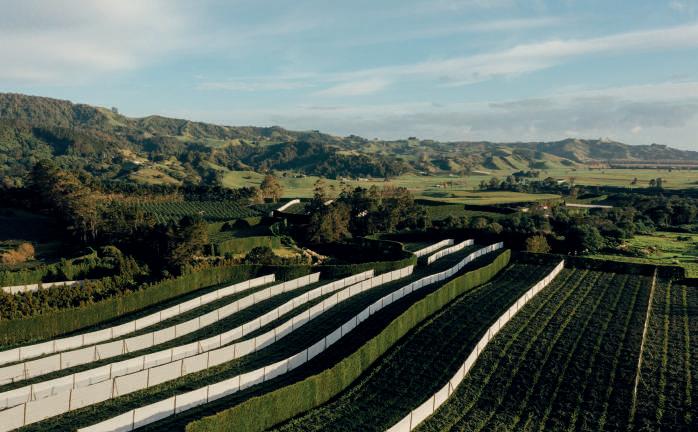
Our work to reduce our carbon footprint has seen us develop a net-zero roadmap to identify what we need to do to reduce emissions across our supply chain. By collaborating with industry partners, we’ve made progress to improve shipping emissions efficiency year on year. To support our work towards our goalswe are exploring the feasibility of green shipping corridors to further accelerate the transition to lowemission fuels.
As a company that is fully owned by current and former kiwifruit growers, we support growers in their efforts to embrace even more sustainable practices by providing tools and resources to improve productivity, reduce emissions, and build resilience. This has included the development of the first kiwifruit orchard carbon footprint calculator, part of our carbon-neutral trial. It allows growers to measure and understand their on-orchard emissions. We’re
“We are exploring green shipping corridors to further accelerate the transition to lowemission fuels”
also preparing for the future with our Climate Change Adaptation Plan, ensuring our industry can withstand and thrive amidst changing climate conditions.
At Zespri, we believe true progress towards a more sustainable food system comes from working together with our growers, communities, and partners. By working together, we can reduce our carbon footprint, make our growing systems more resilient to climate impacts, and help our consumers live an overall healthier lifestyle. By doing this, we’ll be well positioned to help transform the food system. E


Gareth Edgecombe says progress has been made as year-on-year losses are cut and revenue climbs.
by Carl Collen
T&G Global has released its interim results for the six months ending 30 June 2024, which the New Zealand group said showed “solid progress” in delivering its strategy as it recovered from the impact of Cyclone Gabrielle.
Total revenue for the group increased 7 per cent to NZ$820.1m, compared to NZ$765.3m in the corresponding period of 2023. Operating loss was NZ$2.6m, down from a loss of NZ$11.6m in 2023, and there was a loss before income tax of NZ$8.2m compared with a loss of NZ$21.4m in the year prior. Net loss after tax for the six months was NZ$18.6m, including a tax expense of $10.4m.
“Over the last five years, significant investment and mahi has gone in to building the foundations for our future growth,” said CEO Gareth Edgecombe. “In the first half of the year, we’ve seen the benefits of this as we navigated and adjusted to the economic conditions and made progress executing our strategy. It has, however, been a slower than expected start to the year.
“This season’s apples are high quality, with great
flavour and storability. However, the lingering impact of Cyclone Gabrielle has reduced this season’s Hawke’s Bay apple volumes,” he confirmed. “While this is commensurate with the industrywide experience, it has impacted our financial results.
“We have also experienced weak fruit and vegetable pricing in the domestic market due to plentiful supply combined with subdued consumer sentiment.”
Notwithstanding this, T&G’s apple business increased its revenue 14 per cent to NZ$589m, compared to NZ$518m in 2023.
“Looking out to the remainder of the year, it’s encouraging to see early signs of easing inflation, which will not only benefit
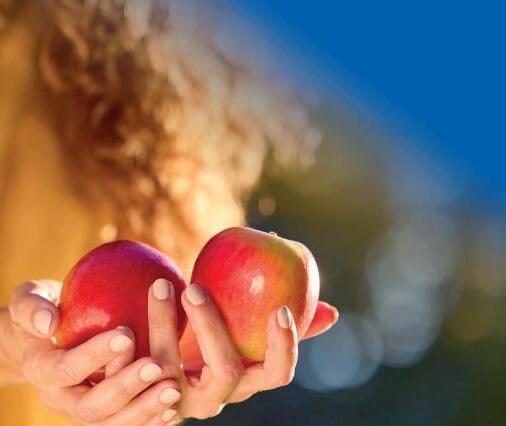

our business, but also many households,” said Edgecombe.
“Last year’s cyclone and this year’s reduced apple volumes have highlighted the need to continue to develop resilience across our business to ensure we’re in a strong position, regardless of what comes our way.” E
ABOVE—Gareth Edgecombe
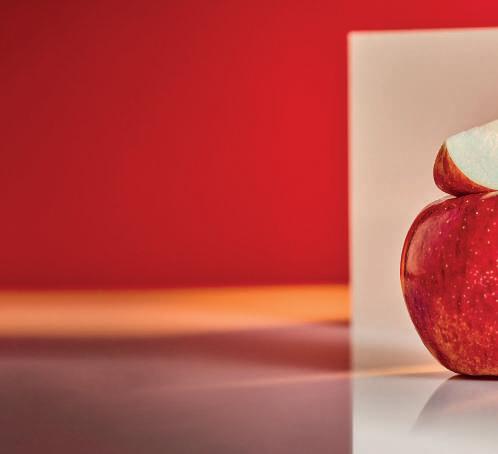

The dispenser is Sekoya’s latest move to develop the snacking category for its blueberry varieties.
by Maura Maxwell
SSekoya has launched a new blueberry dispensing machine in its latest bid to add value to the snacking market and fuel the growth of the blueberry category. The Livie Blueberry Dispenser is a simple cooled unit which contains 3kg of fruit. According to Sekoya, it is easy to clean and fill without direct contact with the fruit, thanks to its patented filling Eco Box.
There is an option to add a refrigerator unit in form of a pedestal below the dispenser which can contain 12kg of fruit for easy refill in the store. These volumes are based on average sales per store to minimise refill hassle, Sekoya said.
The dispenser was initially developed as an answer to the new Packaging and Packaging Waste Regulation (PPWR), which bans
several types of single-use plastic packaging from 2030, including disposable packaging for fresh, unprocessed fruit and vegetable packs of less than 1.5kg.
“We already see a lot of new opportunities popping up with this device,” said Hans Liekens, Sekoya’s value chain and retail manager. “The dispenser only functions with Livie blueberries [Sekoya’s trademarked consumer brand]. Size and firmness are crucial, not to end up with Marmalade, while consistent fruit quality and availability will drive sales. Our Livie Dispenser marks a significant step forward in blueberry availability, wherever you go.
“The unique option this device gives is the freedom for a supermarket or foodservice player to choose a consumer pack that fits their needs: you can have
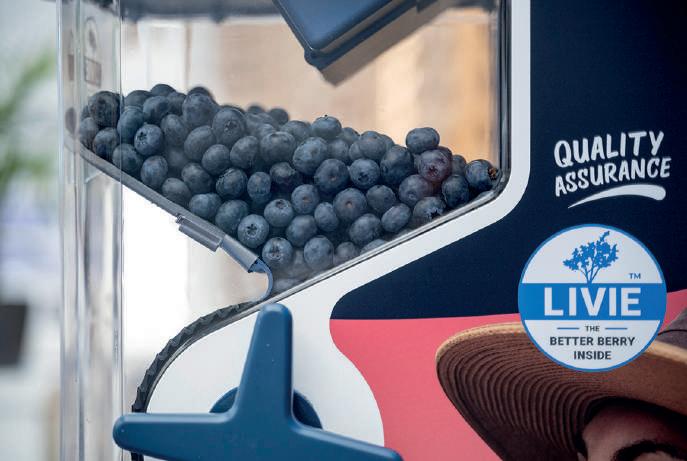
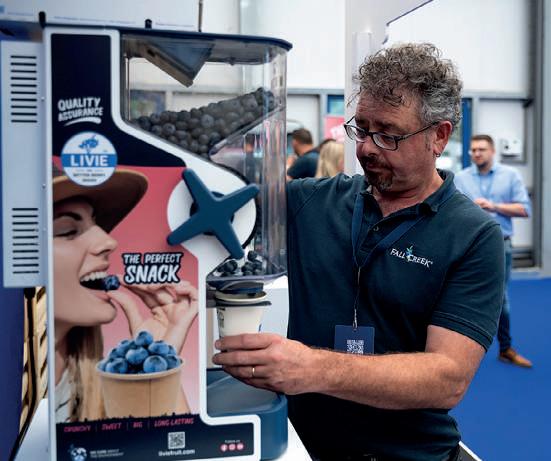
“Our Livie Dispenser marks a significant step forward in blueberry availability, wherever you go”
three size options (small/medium/large cups), and each organisation can choose a packaging material that aligns with their sustainability strategy: reusable, compostable, or recyclable.”
The dispenser was officially launched at Sekoya’s Field & Forum, which took place in Meterik, Netherlands in July. The event was attended by leading European supermarkets, members of the Sekoya B2B Network, and press.
Over 80 guests had the opportunity to sample blueberry varieties from the Sekoya and Fall Creek Collection programmes as well as other varieties and try the new Livie Dispenser.
“Blueberries should leave the commodity scenario now and focus on the shoppers and their needs. This will lead to consumption growth through differentiation in assortment,” Liekens said.
Sekoya has been active in developing the snacking category for its blueberry varieties since 2020 by offering big, crunchy, and tasty blueberries with a long shelf-life, 52 weeks per year. E
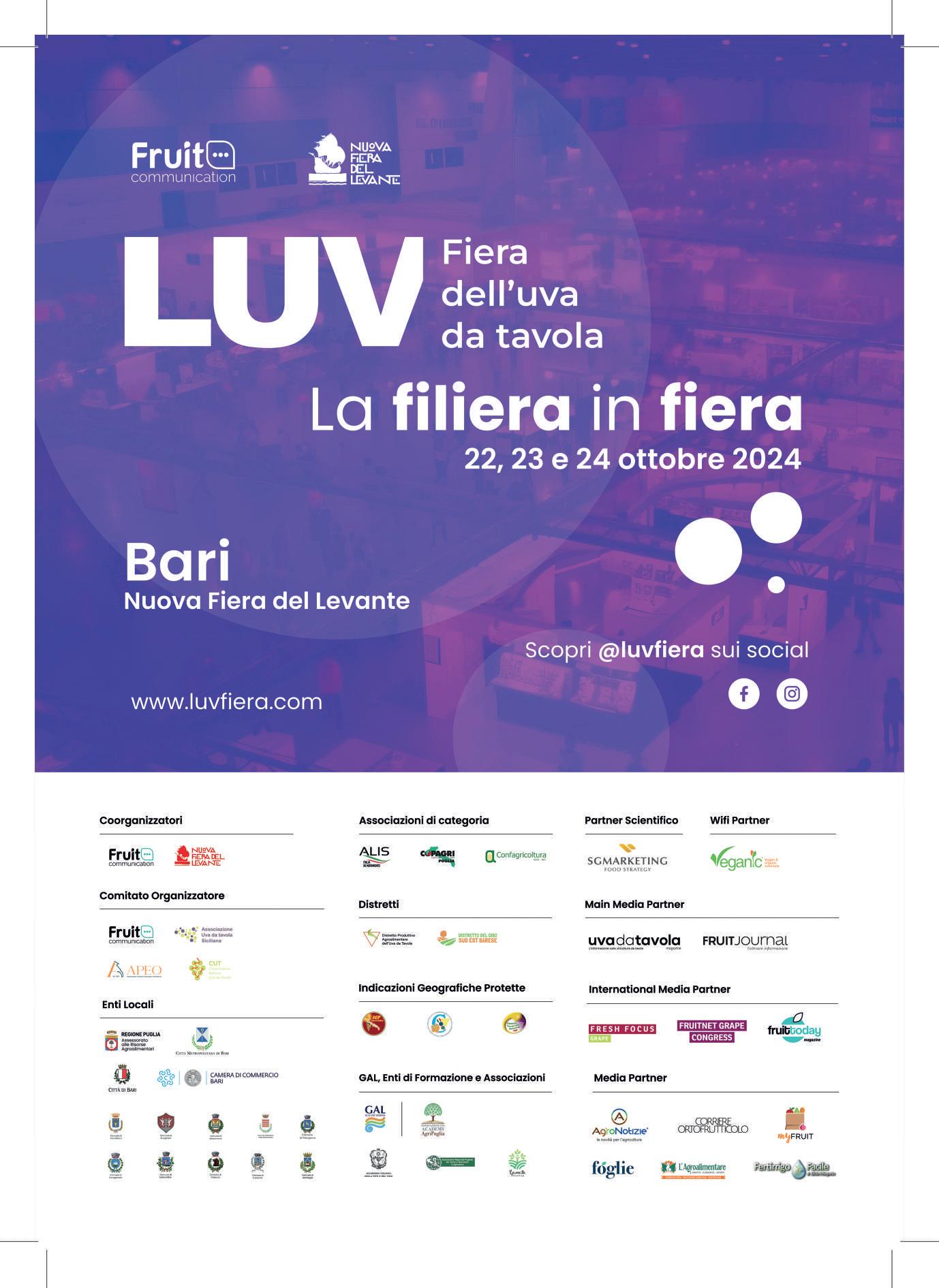
Apple volumes in Italy and France set to rebound after weather-affected campaign, but growers in Belgium, Netherlands and Spain expect significant decline in production.
by Mike Knowles

Europe’s increasingly unsettled climate continues to cause a decline in apple yields, particularly in the eastern part of the continent.
And despite some welcome signs of recovery for Italy’s long-suffering pear producers, the overall picture for EU pear supply remains some way short of its potential.
The EU is on course to produce its smallest apple crop in seven years, and its second-smallest in a decade, at just over 10.2m tonnes this season.
That forecast was revealed by the World Apple & Pear Association on 8 August at the annual topfruit industry event Prognosfruit – held this year in the Hungarian capital Budapest – and incorporates figures reported by the EU’s 20 main appleproducing countries.
“We see a good start in Germany, Netherlands, Belgium, Austria and Poland, but a challenge in Italy, France and Spain”
Despite longer-term concerns over the sector’s viability in the face of environmental and economic pressures, the announcement has prompted cautious optimism among growers and suppliers who see potential for good prices this season as market demand and consumer spending power continues to recover.
“We see a slightly better market situation, for example in Germany, where wages have recovered and inflation has gone down,” said Helwig Schwartau, market analyst at AMI. “Retail prices are increasing, but there has been little impact on sales. So we think the apple industry should fight for unchanged retail prices.”
Schwartau said he anticipated the EU’s total apple
volume for the fresh market would be significantly lower at around 6.3m tonnes, with 1.7m tonnes from eastern Europe and 4.6m tonnes from western Europe.
But in the latter part of the continent, he predicted, production will be 22 per cent down in northern countries like Germany, and 1 per cent up in southern countries such as Italy.
“I think this makes it very interesting for western Europe,” he observed. “The average euro price per 100g could possibly be higher at around 75-90 euro cents.”
He added: “As far as current stocks are concerned, we see a very good starting position for next season in Germany, Netherlands, Belgium, Austria and Poland, but in Italy, France, and Spain there is more of a challenge.”

let’s grow together





A notable increase in Italy’s production will contribute to a modest overall recovery in the size of the EU pear crop for 2024/25, the World Apple & Pear Association confirmed.
However, a major downturn in expected volumes in Belgium, the Netherlands and Spain mean the region’s new-season crop will be just 1.79m tonnes – 4.9 per cent above last year’s record low production but well below its traditional level in excess of 2m tonnes.
Europe’s largest pear producer Italy is expected to supply 405,000 tonnes of the fruit next season, a dramatic recovery from last year’s 184,000 tonnes, which was around 60 per cent lower than in 2022 due to frost, flood, and hail damage.
France has also recovered from a weather-hampered crop in 2023 to produce an estimated 119,000 tonnes. Although that figure is 15.7 per cent up on the three-year average, it remains well below the country’s real production potential.
Elsewhere in Europe, larger crops are expected in Portugal (124,000 tonnes, up 10.1 per cent) and Greece (84,000 tonnes, up 38.1 per cent).
However, lower output is predicted in Belgium, down 26.6 per cent to 280,000 tonnes, and in the Netherlands, down 8.7 per cent to 327,000 tonnes. The Spanish pear crop is forecast to fall 14.8 per cent to 244,000 tonnes.
“We are seeing more and more club varieties,” commented AMI analyst Ursula Schockemoehle, who revealed that the number of branded pears in the German market had more than doubled in two years.
“There is demand in the supermarkets for high-quality pears, and this is an important opportunity,” she observed. “As we have seen with avocados or flat peaches, consumers are willing to pay quite a high price for something that is better.” E
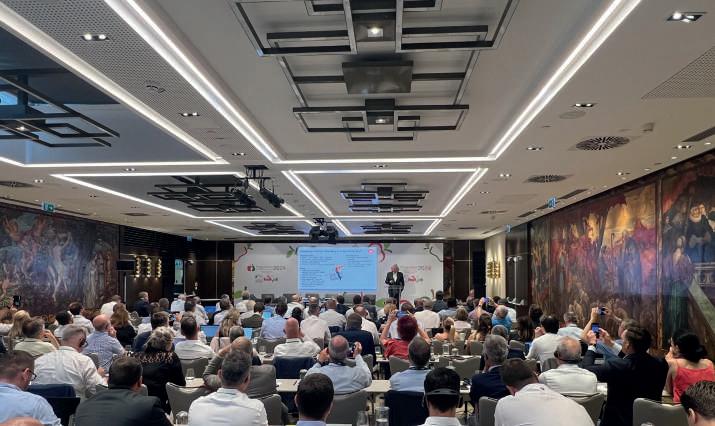
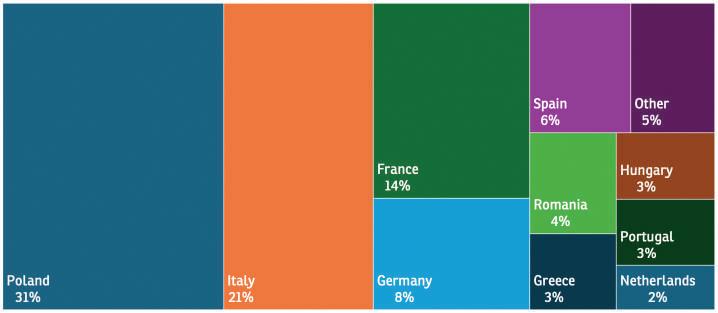
Source: WAPA
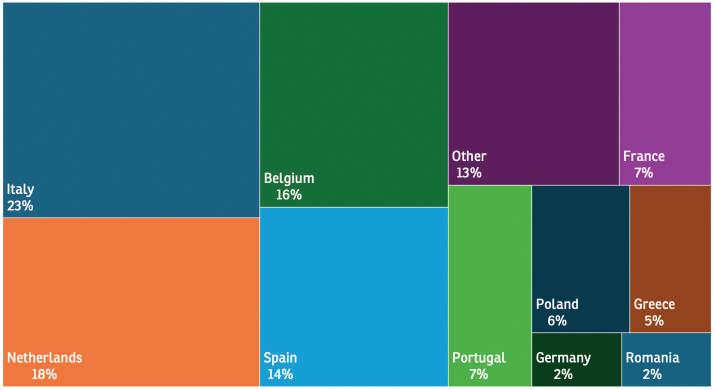
Source: WAPA

Pink Lady Europe hopes its positive performance for 2023/24 can be sustained, but warns of “contrasting dynamics” of pressure on prices and rising expectations on sustainability.
by Tom Joyce
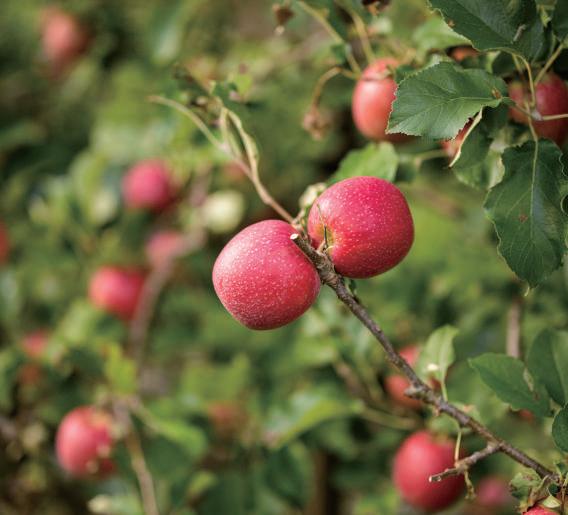
Pink Lady Europe has released the results of its 2023/24 campaign, which it said was marked by “positive performances and momentum to be maintained” at a time of “contrasting dynamics” in the European fruit and vegetables market.
“The European fruit and vegetable market is experiencing contrasting dynamics, with growing demand for sustainable products, but constant pressure on prices,” the company said.
With consumers paying ever closer attention to quality, product origin and the sustainable practices of growers, Pink Lady Europe stated, the company
was doing its best to meet expectations by maintaining high quality standards and pursuing its efforts in terms of responsible practices.
In terms of volumes, sales rose 18 per cent year on year to reach 211,000 tonnes of Pink Lady and PinKids apples, the company revealed.
“The analysis of Kantar EU consumer panels has revealed increasing penetration of most European markets by Pink Lady, despite a fall in overall apple consumption due to the decline in purchasing power,” Pink Lady Europe stated. “Pink Lady is making an increase in profits in all its main markets, with
performances that contrast positively with the apple category as a whole.
“Thanks to the quality of its apples, Pink Lady Europe’s strategies are paying off, with performances to match. Pink Lady Europe has maintained its momentum throughout the campaign, with a very dynamic start and spring, and Valentine’s Day recording its second best performance ever.”
Pink Lady achieved its targets in all key markets, it said, including Germany (49,230 tonnes), the UK (38,800 tonnes) and France (31,140 tonnes).
“These results have been made possible thanks to the solid partnerships forged with the retail sector and the efforts made by the association and its collective to continue to boost the category,” Pink Lady said. “900 operations to promote the brand were carried out with trade marketing support tailored as closely as possible to the needs of retailers, thereby enabling them to perfectly control the positioning of Pink Lady in stores.”
Advertising in the media focused on promoting the brand’s values, helping to generate, along with influencer marketing strategies, over 300m contacts around the “What will Pink Lady do for you today?” brand platform.
The company said it was preparing for the next five years with an action plan covering issues related to the Pink Lady Commitment Charter, including production, quality, societal expectations and collective organisation.
“A voluntary analysis of Double Materiality is underway, which will enable the company to structure its commitments even more strongly to meet the challenges of the coming season, without neglecting other fundamental commitments that are now 100 per cent integrated into the Pink Lady minimum standards,” it stated. E
LEFT—The latest Pink Lady campaign focused on highlighting the brand’s core values
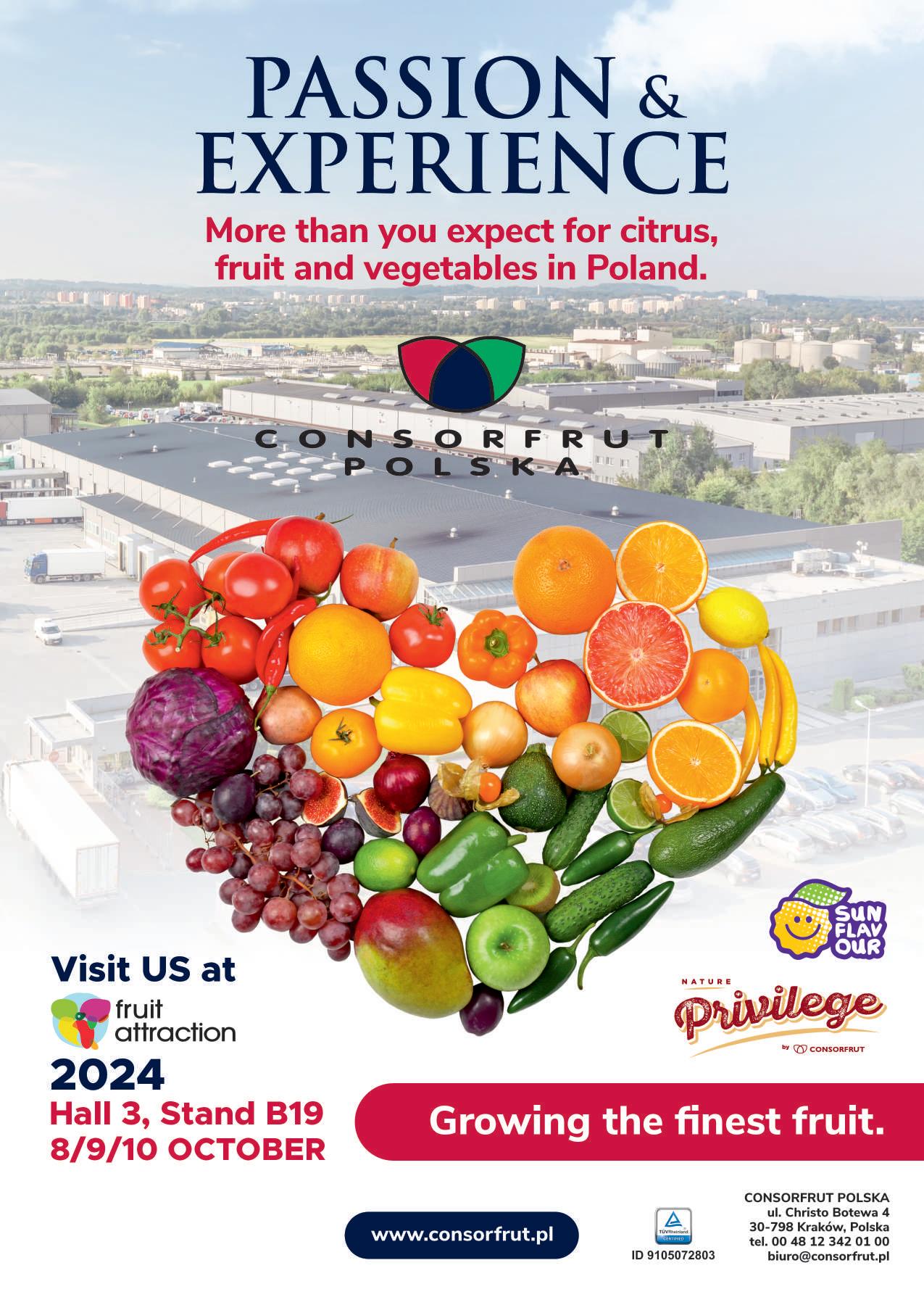
Italian breeder CIV’s new varieties are said to develop colour earlier than other Gala clones.
by Kristian Bayford
Fruit breeder Consorzio
Italiano Vivaisti (CIV) has developed two new clones of Gala that it says stand out in the early apple market.
The first, named T-Rex/CIVT15, forms earlier colouring than other Gala clones (even in lowland areas where this is more difficult to achieve), shows “excellent uniformity” in both ripening and size, and produces larger fruit of a conical shape.
Asian markets are showing strong interest in the variety, which CIV says has “excellent growth prospects globally”.
The second clone is a striped Gala apple called Tigergala/CIVS15* which develops “intense striping” earlier than other varieties.
Climate change can reduce apple yields, especially in lowland areas, but CIV says Tigergala can be

grown in regions that are especially challenging for apple cultivation.
CIV’s commercial director Federico Stanzani said: “Interest in Gala T-Rex is growing among growers due to its distinctive characteristics: the uniform red colour over the entire surface and the large size.
“The fruit catches the attention of consumers and buyers on the shelf,” he added.
Both T-Rex and Tigergala are exclusive varieties and are only available from CIV member nurseries Mazzoni Vivai, Tagliani Vivai and Salvi Vivai. E
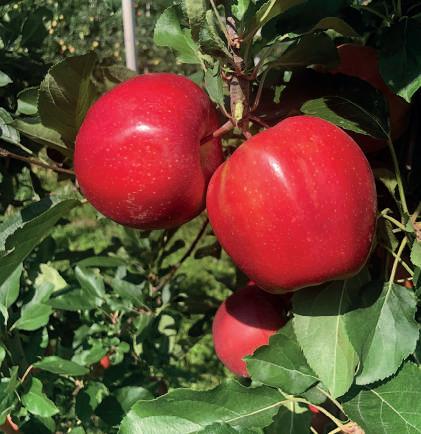
ABOVE—Interest in Gala T-Rex is growing RIGHT—Tigergala can be grown in





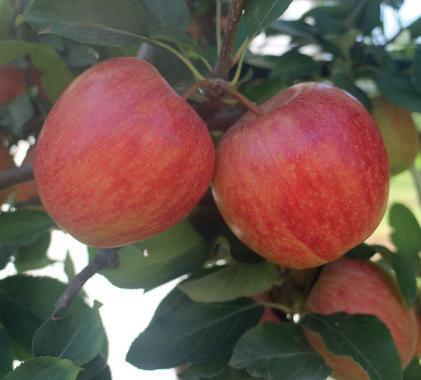









PUBLISHED BY
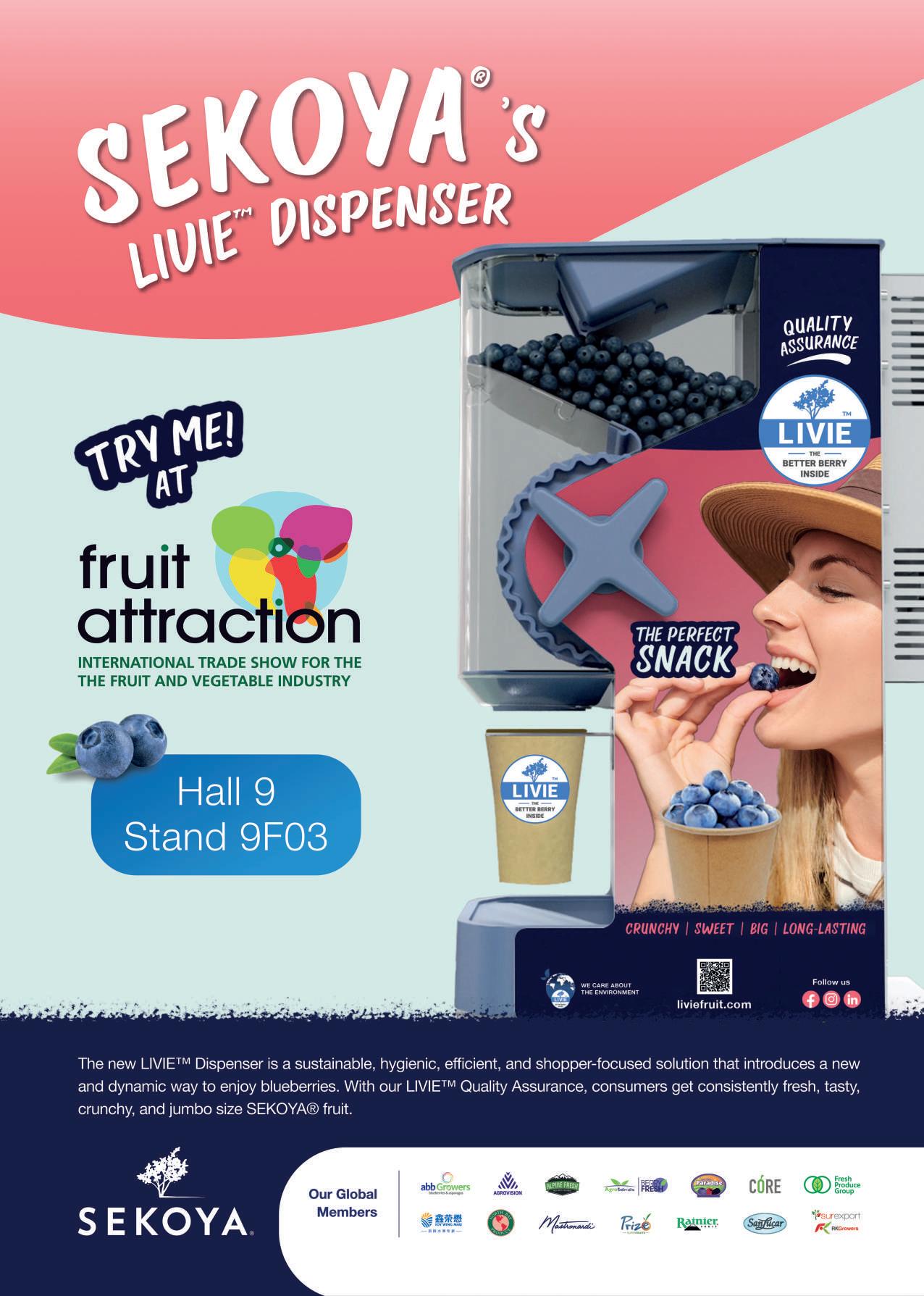

Exciting trends and emerging opportunities remain a defining characteristic of the US and Canada produce markets
One would be forgiven for thinking that growth in the global fresh produce market these days is all about Asia. But in North America too, new trends are emerging and fresh commercial opportunities abound. This Fresh Focus North America special proves that very point over the next 30+ pages. Our exclusive interview with renowned breeding expert David Marguleas of Sun World shows there is major momentum when it comes to new product development in citrus, cherries, and mangoes. You can read about good potential for growth ahead in the avocado market too, and hear from plenty of other international suppliers who see excellent prospects in the US and Canada for items including South African grapes, Australian citrus, Latin American tropicals, and Mexican berries. In the North American market itself, there are some big challenges: for example, when it comes to sustainability in areas like packaging, or safeguarding access for imports. But as our interviews with John Anderson and Cathy Burns of the IFPA and Ron Lemaire of CPMA show, there is also considerable resolve and positivity within these countries’ produce industries. We very much look forward to seeing that confidence and optimism on display on 17-19 October at the Global Produce & Floral Show in Atlanta.

Mike Knowles, Editor
Fresh Focus North America talks to Sun World CEO David Marguleas about what the company’s acquisition of Biogold will mean for growers, retailers and consumers.
by Maura Maxwell

David, the Biogold deal marks a significant expansion of Sun World’s portfolio with the inclusion of citrus and subtropicals. These products were already on your radar – in 2021, Sun World hired breeder Moises Gonzalez to begin new breeding programmes in citrus, mango and avocado. What opportunities do you see in these categories?
DM: We’ve been successfully developing new varieties of table grapes and stonefruit for many years and wanted to identify crops that were underserved in the breeding world, both at the public level with government and university breeding programmes, as well as in the private sector.
We identified a few crops that, despite being major economic drivers in the fruit industry, didn’t attract quite as much attention in the breeding and research sector, those being citrus, avocado and mangoes. They are often grown in close proximity with table grapes and stonefruit, and we felt that with our own expertise in bringing new varieties to the marketplace, we could make a difference in these categories, particularly in citrus and mangoes.
What about avocados? Given that Hass accounts for the bulk of the global trade, where do you see the opportunities in this category?
DM: Biogold holds the rights to one of the largest collections of avocado varieties and germplasm in the world and we’re hopeful that its collection will result in some new varieties that resemble Hass, but improve upon its seasonality, shelf-life and eating quality.
What timescale are we looking at in terms of commercial launch of these varieties?
DM: I think the nearest term opportunities for us resulting from the Biogold acquisition are in the mango category. Citrus breeding programme would be next –I would call that mid-term, maybe three to five years. Avocados would be a little further out, perhaps five to ten years.
So can we expect to see some new mango varieties hit the market in the next couple of years?
DM: Yes, I believe the combination of a variety that Sun World owns, some of the initial work that Moises Gonzalez has been doing in the mango area, and a number of potentially commercial varieties that come with the Biogold acquisition should enable us to make some introductions in the next couple of years.
Mangoes are one of the most widely consumed fruits in the world, but there has not been a tremendous amount of innovation in the category, which is why we think there’s a huge opportunity here.
What are the specific characteristics that you are focusing on when it comes to the development of new mango varieties?
DM: A lower fibre content, thinner seed, more edible fruit, more vibrant exterior blush and that creamy flavour that people appreciate in a number of mango varieties that are grown round the world. There are also several diseases that impact mango production, so we’re looking at disease resistance traits and climate resilient traits that will enable growers to withstand some of the drought conditions and wild variations in temperatures that we’ve experienced in recent years.
Are you planning to go down the same route as with table grapes in terms of developing consumer branding for your new varietal launches?
DM: We certainly think there are opportunities to develop consumer brands for a number of varieties that we’ll be introducing in the coming years, much as

we’ve been doing in table grapes with Autumncrisp and Ruby Rush, and with our red-fleshed Black Diamond plum line. So yes, branding will be an important part of those introductions.
In citrus, you say you want to develop speciality varieties. Which areas are you focusing on?
DM: One of the main focal points for Biogold has been around easy peelers, in particular mandarins. This has been one of the few growth areas in the citrus category post-Covid. We are excited about continuing the work that Biogold has done with a number of public and private breeders in this area. There are opportunities to extend the season to both precede and follow popular varieties like Nadorcott and Tango, and to introduce truly seedless versions of easy-peel mandarins.
The other category that we see a lot promise in is the lemon category, which has been relatively stagnant in recent years. We’ve very encouraged by the growth in the seedless lemon category, and in particular there are several varieties that Biogold manages for third-party breeders that have met with a great deal of success in North America as well as
ABOVE— Sun World CEO David Marguleas
and president and COO Bernardo Calvo
in Europe.
The third area we’re looking at is red pigmented mandarins and oranges. We see great opportunities based on the varieties that we’ve been evaluating that Biogold has been working with in recent years.
There’s a fourth category that I wouldn’t assign quite the same importance to but that we feel has some potential, and that is the grapefruit category. This has been fairly anaemic over the last 20-30 years as the use of statins has discouraged people from eating a lot of grapefruit and the tartness of the fruit hasn’t appealed to younger consumers.
Biogold is evaluating several grapefruit varieties with lower acid content and higher brix, and with a deeper red pigmentation both in the flesh and on the skin. We’re hoping to revive the grapefruit category with some of these characteristics.
What about disease resistance – is this also an integral part of your citrus breeding efforts? »
KEYNOTE INTERVIEW
DM: Sustainability has been critical to Sun World in the grape and stonefruit categories and it’s just as important in the citrus and subtropicals categories. We’ve been working on resistance and tolerance to both diseases and pests, as well as climate resilience. HLBis a major concern to citrus growers globally and many of the public and private breeders that Biogold represents have been doing some meaningful work in this area.
With the development of new technologies, breeding has essentially become a numbers game – the bigger your germplasm collection, the faster you get new varieties to market. Will we see more consolidation in the sector?
DM: There’s no question we’ve made meaningful progress in science and technology. We can apply some of those learnings to citrus and subtropicals, along with table grapes and stonefruit.
The use of new technologies like molecular breeding to build on our four decades of work around plant breeding should position us in a positive way with retailers and consumers that are looking for varieties with new traits.
For example, traits such as disease and pest resistance and climate resilience should enable us to develop new varieties that can be grown in non-traditional areas. In cherries, we’ve been working on a line that is more resistant to higher temperatures and can be grown in non-traditional areas on the shoulders of the season, when supply is lowest. Similarly, the ability to produce new citrus in more drought-like or warmer conditions is another area where we’ve tried to use technology. Things like AI and predictive analytics and molecular breeding are important tools in our toolbox. Coupled with the 45 years of conventional breeding that we’ve done, this gives us lots of hope.
How has Sun World positioned itself to take full advantage of these technological advances?
DM: In addition to the varieties that Biogold brings to Sun World, there are also several dozen people that have been working at Biogold around the world in many of the same locations as our own team members, in the major fruit growing regions. So we’re excited about bringing the two companies together, in particular the two cultures of the business.
The other exciting change in recent years is bringing on a more robust management team to help introduce a lot of these new varieties to growers and retailers around the world. We’ve staffed up our management and leadership teams and we’ve had the privilege of bringing in a number of highprofile board members, who have particular expertise in fields like AI, the breeding of speciality crops.
For example, Dr Elliot Grant, is an expert in AI who used to run one of Google’s portfolio of companies in the horticultural space. And Sebastian Langbehn is one of our directors who came from Monsanto and Bayer in the speciality vegetable world. And then there is former Secretary of Agriculture Anne Veneman, who has also come on board as an independent director. Each has been invaluable to me and the rest of the executive team.
Are growers concerned that consolidation in breeding could put commercial pressure on them?
DM: The initial reaction from the grower community to the Biogold deal has been overwhelmingly positive. We spent a week with over 300 producers [at Sun World’s table grape field days in Bakersfield, California] and we continue to hear lots of enthusiasm for bringing them more innovation across the horticultural industry.
For many years, our table grape growers have asked us to get involved in other products like citrus and mangoes. During our field days, we began discussions with a number of large table grape growers that are also eager to plant new citrus and mango varieties –particularly in countries where those crops are grown adjacent to one another. These are growers that have been reluctant to plant mandarins or mangoes because of the dearth of innovation in this area.

DM: Our initial focus is to build out the cherry, mango, citrus, and grape programmes that we have, and to look for partners that enable us to offer growers innovation and more sustainability in their businesses. So you can expect to see extensions of existing grape lines with varieties that resemble Autumncrisp, that precede and follow it in the marketplace, as well as the cherry lines that I mentioned, and then mangoes, which are probably one of our more near-term development opportunities given the size and success of the Biogold mango breeding programme.
Biogold is primarily a varietal rights management company that represents third party breeders. We have been fielding several enquiries from other breeders that are looking to have us help them commercialise their lines. That’s one area of opportunity. The other is to find complementary crops that are underserved in the marketplace where we can be of help.











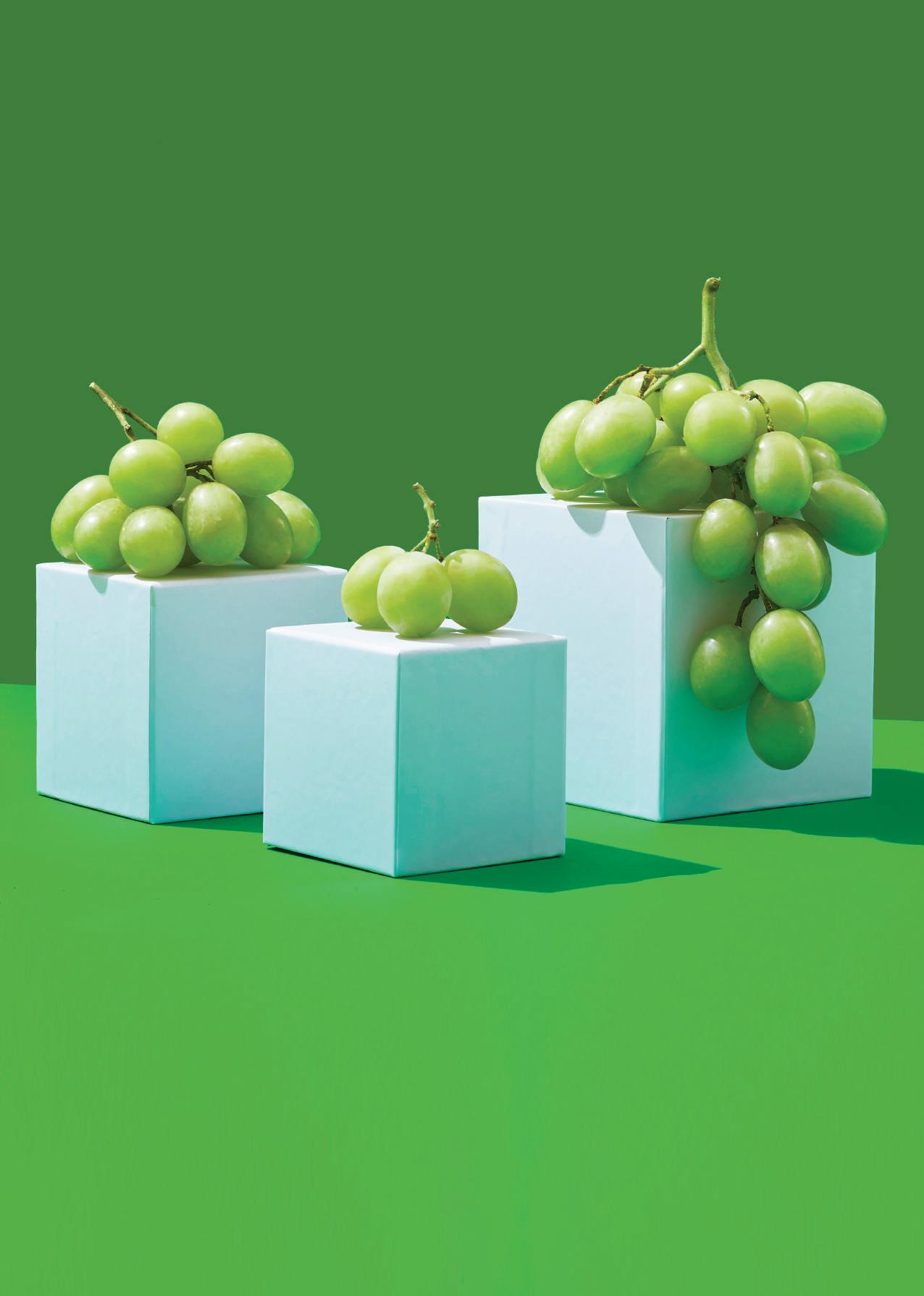
GIVE THEM SOMETHING FRESH TO TALK ABOUT.
With increased acreage and global cultivation, AUTUMNCRISP ® grapes are now available year-round. Freshen up your produce picks with Sun World’s most irresistibly CRISP green grapes, AUTUMNCRISP ®
Scan QR code to learn more.




A new transatlantic logistics service is gearing up to transport EU fresh produce from the Port of Antwerp to Pennsylvania, as Benelux exporters eye niche trade opportunities in certain vegetable categories.
by Fred Searle
Foodcareplus, a Belgian provider of fresh produce logistics services, is preparing to launch a comprehensive new service for the consolidated shipping of fruit and vegetables from the Benelux and France to the US.
The pioneering new offer, called Fresh Produce Express Service, is a collaboration with third-party logistics provider Sunrise Logistics and Independent Container Line. Its start date will be announced at the Global Produce & Flora Show in Atlanta on 17-19 October.
The streamlined service will truck produce from a consolidation point in the Belgian town of SintKatelijne-Waver to the Port of Antwerp. From there, goods will be shipped to Penn Terminals near Philadelphia, before being transferred by road to the Sunrise Logistics coldstorage facility in Ephrata, Pennsylvania. The Sunrise depot spans approximately 400,000ft2 and can accommodate all kinds of fresh produce at a wide range of temperatures. It also offers packing and ripening services, as well as quality control and on-site USDA inspections.
Foodcareplus says the total transit time will be roughly two weeks, leaving enough time to market the produce through wholesale and retail channels in the US. The fresh produce will be shipped in mixed containers, allowing EU exporters to supply US wholesalers and complement larger

volumes from domestic and Latin American suppliers.
In the US, wholesale remains an important channel and supplies all major supermarkets, as well as the independent retail market. Doing business directly with big US supermarkets generally isn’t possible unless a supplier sends large volumes of produce.
So the aim of the Fresh Produce Express Service is essentially to allow EU producers to act like a domestic supplier. Foodcareplus will handle all transit costs and paperwork involved, enabling them to have a more direct relationship with US wholesalers.
Foodcareplus co-director Steve Alaerts stresses, however, that the European exporter still bears
the risk if produce is delayed or damaged in transit.
Diego Barriga, who works alongside Alaerts as Foodcareplus’s other director, explains: “As part of our commitment to providing a seamless and efficient service, we’ve ensured that the Fresh Produce Express Service offers comprehensive integration with our shipping partners. This allows for smooth coordination between the consolidation of produce in Belgium and its timely arrival in the US market. The partnership with Independent Container Line and Sunrise Logistics ensures that every step, from shipment to distribution, is streamlined to maintain the highest standards of freshness and reliability.”
ABOVE—The Fresh Produce Express Service will export fruit and vegetables via the Port of Antwerp
OPPOSITE
MIDDLE—Steve Alaerts of Foodcareplus
OPPOSITE
BOTTOM—Alaerts sees market opportunities for Brussels sprouts on America’s east coast
The new logistics service aims to capitalise on new market opportunities for certain EU produce in the US, particularly vegetables. Alaerts says there is “a brilliant opportunity to complement the US market, especially on the east coast, with produce from Belgium, such as Brussels sprouts and endives”.
He adds that European vegetables more generally, and particularly root veg, have strong potential in US markets due to growing demand from European diaspora communities. In cities like Chicago, with large European-origin populations, these communities seek familiar items that suit their culinary traditions. This creates considerable opportunities for EU exporters.
Over the last ten years, fresh produce imports to the US have risen by 26 per cent in volume –mainly from other countries in the Americas such as Mexico, Peru, Chile, Guatemala and Costa Rica. But Alaerts sees opportunities for EU produce to enter the market too, albeit in smaller volumes.
As it stands, the EU accounts for just 0.4 per cent of fresh produce imports to the US. This amounted to just 37,000 tonnes (€84.5m) in 2023. There were no import volumes from Belgium to speak of, and only minimal volumes from the Netherlands.
Nevertheless, Tineke Van de Voorde of the Port of Antwerp echoes Alaerts’ optimism, saying the US is a “dynamic market that is increasingly diversifying its sources of fresh produce”.
Mike Laws of Sunrise Logistics notes that American retailers generally prefer to buy produce domestically if possible – since costs and supplies are more predictable, and because there is a complex regulatory landscape for agricultural imports to the States.
However, if the price and quality of imports can match or beat domestic produce, Laws sees real opportunities for EU produce to fill gaps in domestic US production – provided it can be delivered efficiently to the retailer’s door.
Laws adds that EU imports give the US wholesale and foodservice sectors an excellent opportunity to add value to their customers by providing access to produce that would normally be in limited supply.
Commenting on the current state of the US fresh produce market, the International Fresh Produce Association (IFPA) notes that due to the cost-of-living crisis, US shoppers are switching spend to the discounters and shopping around for better deals. However, research shows that quality and perceived value remain paramount to consumers.
US household penetration in fruit and vegetables was steady in 2023, with consumers buying fresh produce 67.4 times a year, up 0.2 per cent on 2022. Anouk Sijmonsma of the IFPA says there are opportunities to expand sales to baby boomers, as they are less well understood by US brands and retailers, and families with children, who can be encouraged to snack on fruit and veg from an early age.
Jeroen Buyck is CEO of Belgian fresh produce exporter Calsa and president of Fresh Trade Belgium. He says the organisation
will support the new service as much as possible because it makes exports more efficient and costeffective in the face of restrictive EU regulations and the “oligopoly” of global logistics companies and container lines.
In most fruits and vegetables, the EU already has the necessary permits and phytosanitary certificates to access the US market, but in some vegetables – like celeriac, parsnips, radishes and beetroot – no prior request has been made to the US Food and Drug Administration, which regulates imports. Nevertheless, Foodcareplus assures European exporters that this is unlikely to prove a major hurdle.

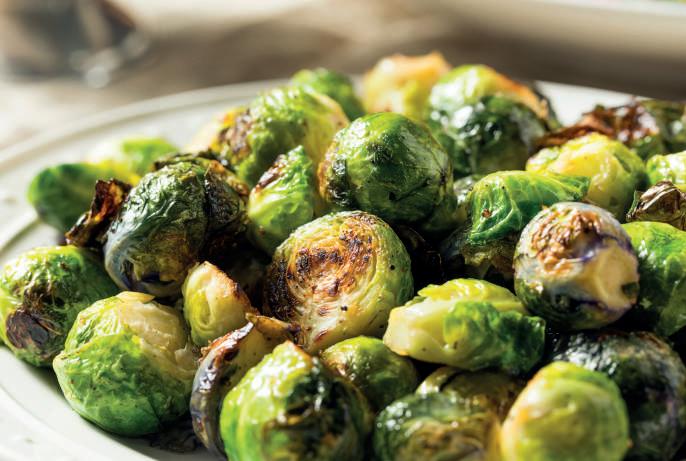
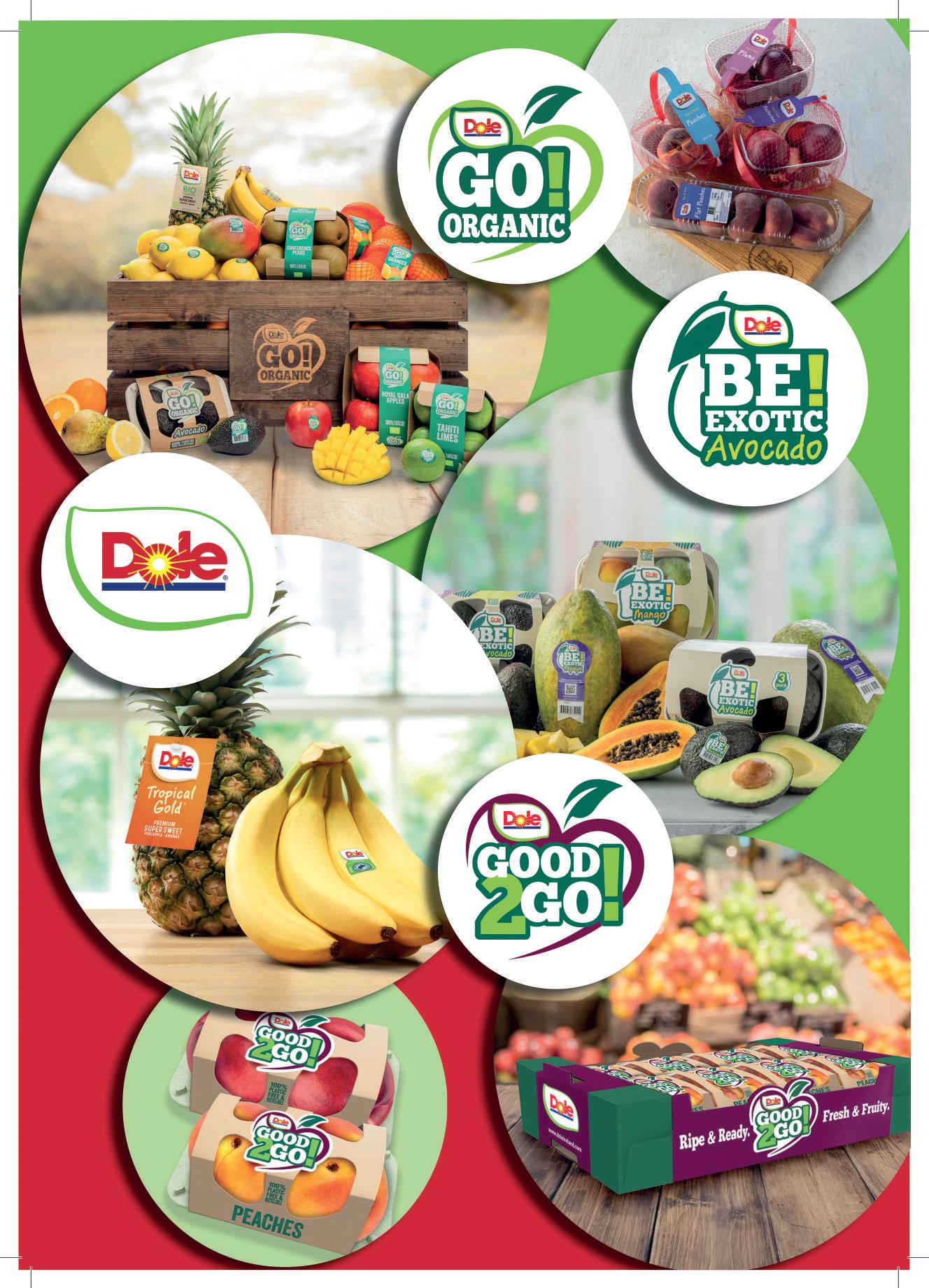
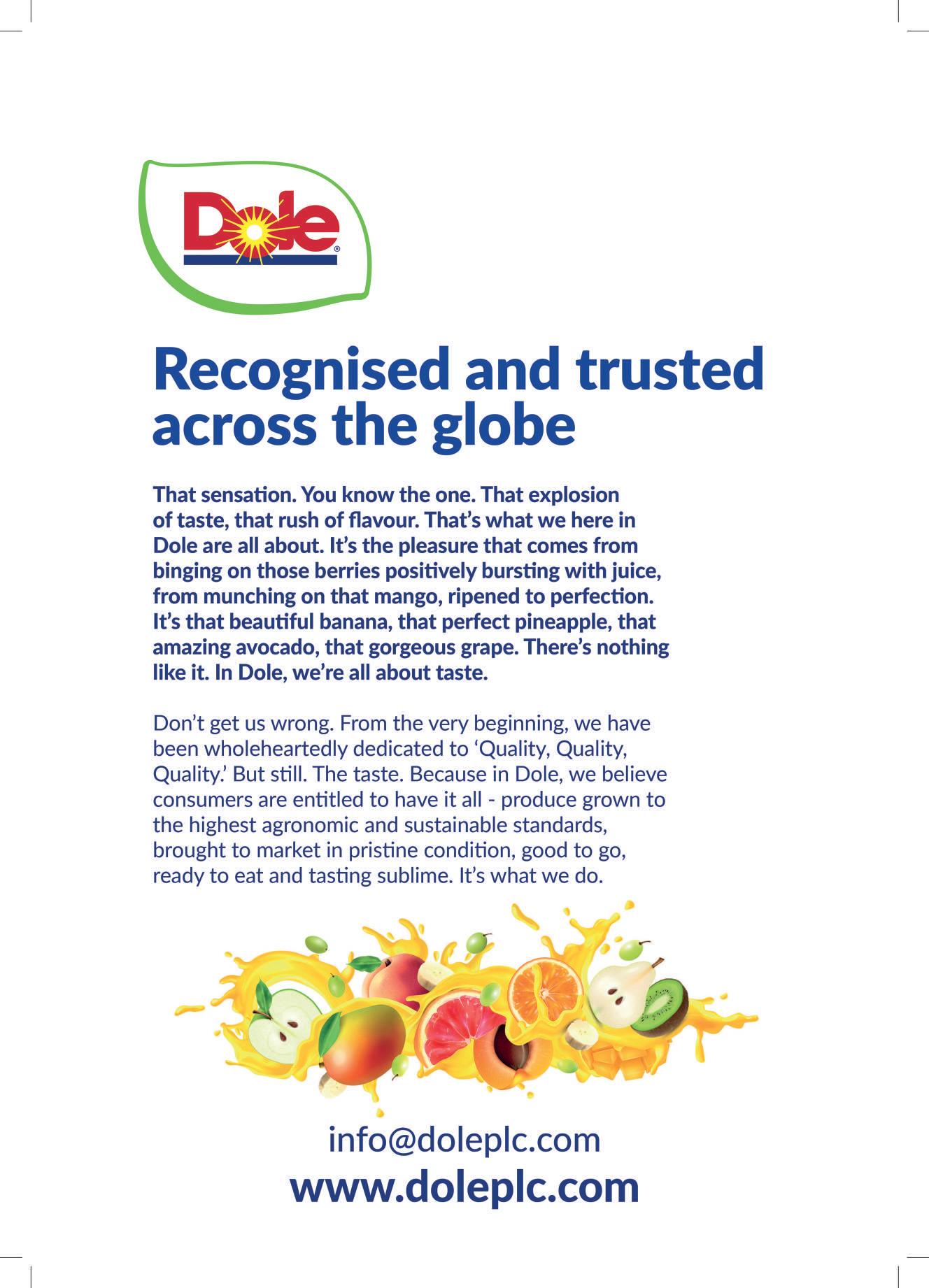
A multitude of global supply issues have limited citrus availability on the European market. But a recovery is around the corner.

TJUAN GONZÁLEZ PITA Salix Fruits Chief operating officer
he impact of frost and other weather events in the Southern Hemisphere is severely affecting the availability and quality of citrus right now. In addition, tensions in the Red Sea region are causing significant delays in maritime traffic, which in turn is generating a notable distortion in markets, either due to an oversupply or a shortage of products due to extremely long transit times.
Moreover, the Huanglongbing (HLB) situation in Brazil and Florida remains critical in 2024, with significant impacts on orange production and, consequently, on the global supply of orange juice.
In Brazil, the incidence of HLB has increased considerably, affecting more than 38 per cent of trees in major producing regions such as São Paulo and Minas Gerais. The lack of removal of diseased plants has exacerbated the problem, making it increasingly difficult to control the disease and renew orchards. In addition, resistance to certain insecticides has been reported in HLB vector insects, further complicating disease management. Despite efforts, the situation is described as “alarming”, with a direct impact on reduced orange production and fruit quality
In Florida, the situation is equally serious. Orange production has declined dramatically, with a reduction of almost 80 per cent compared to pre-HLB levels. The focus on insect control and the lack of effective eradication of diseased trees have contributed to the continued spread of the disease. The combination of HLB and other factors, such as climate change, have left Florida’s citrus industry in a very vulnerable position.
This situation has led to a decrease in the global supply of oranges and orange juice, which has contributed to rising prices on the global market.
In this context, the decrease in the global supply of oranges and orange juice is observed, as well as in the sizes of citrus, which are smaller than usual. Prices are therefore rising due to strong demand in key markets such as the US and Latin America. These factors represent significant challenges for the season destined for Europe and Russia. However, adverse weather conditions in Argentina and South Africa are also creating good trading opportunities, despite the difficulties mentioned above.
The citrus market is determined by the supply of the product and not by demand. Demand is generally very “inelastic”, especially for lemons and limes, although perhaps a little less so for sweet citrus. Therefore, it will be necessary to see how supply reacts and, based on that, how demand behaves, as supply will determine the price and, from there, drive demand accordingly. However, this year we anticipate a recovery in citrus volumes from almost all origins. After last year’s climatic challenges, such as the El Niño phenomenon in Peru, we are prepared for a significant increase in our supply.
BELOW—Adverse weather has severely impacted citrus volumes out of the Southern Hemisphere
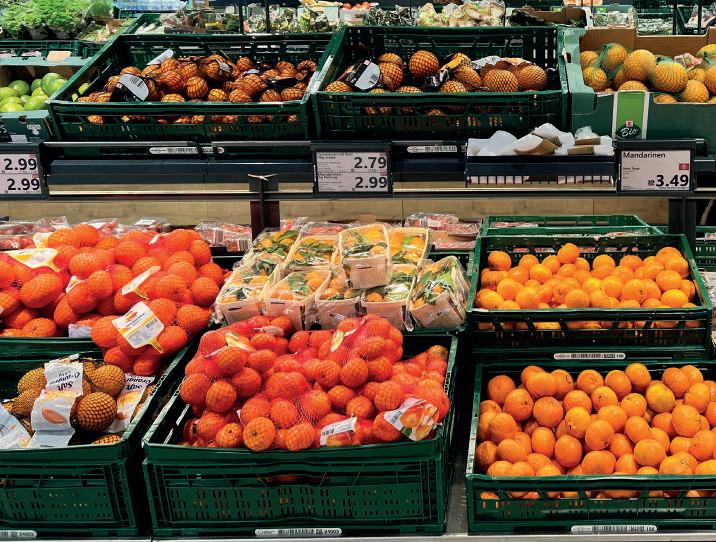
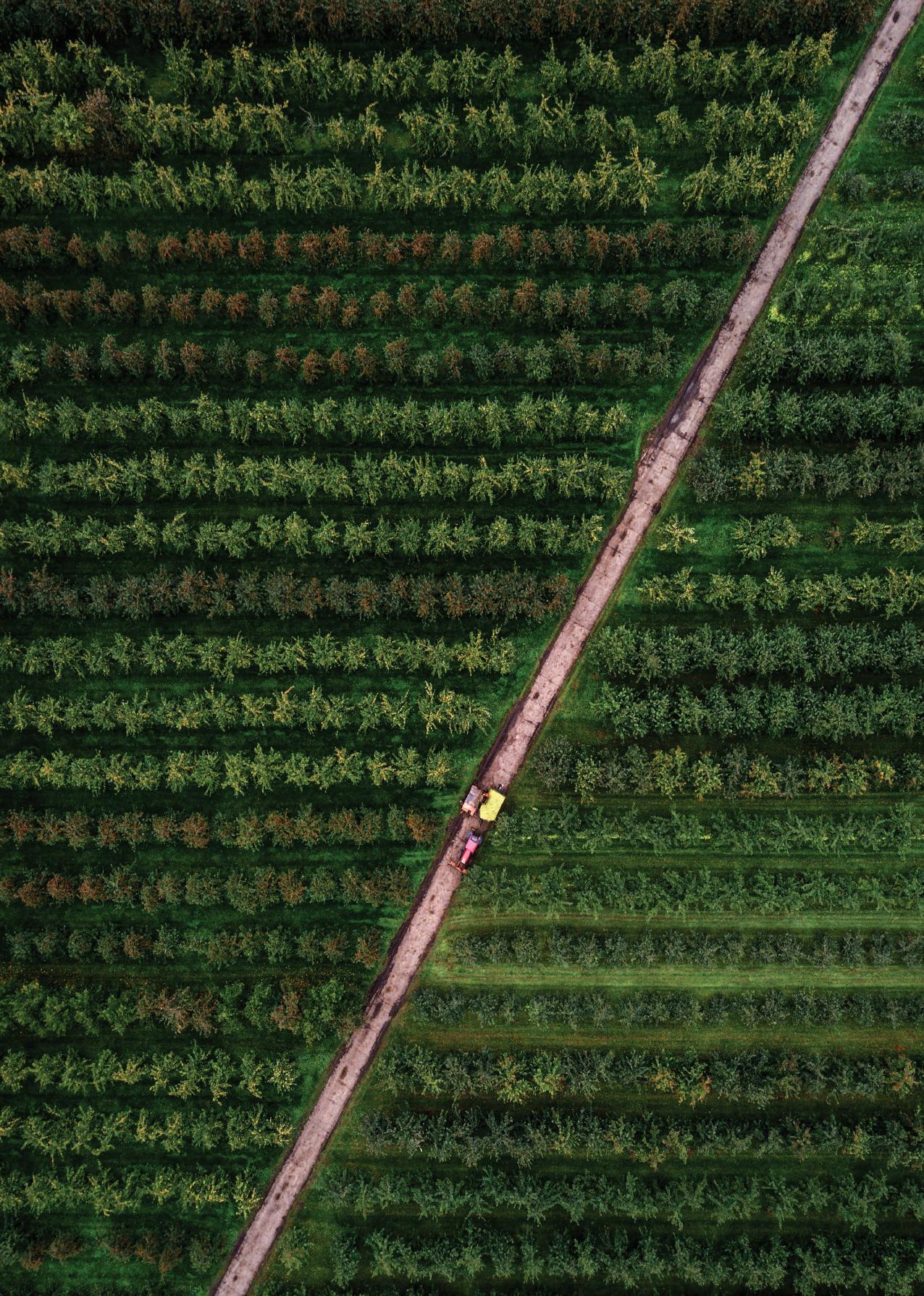
Growers from 18 countries attend inauguration of state-ofthe-art breeding facility for grapes, cherries and raisins.
by Jeff Long
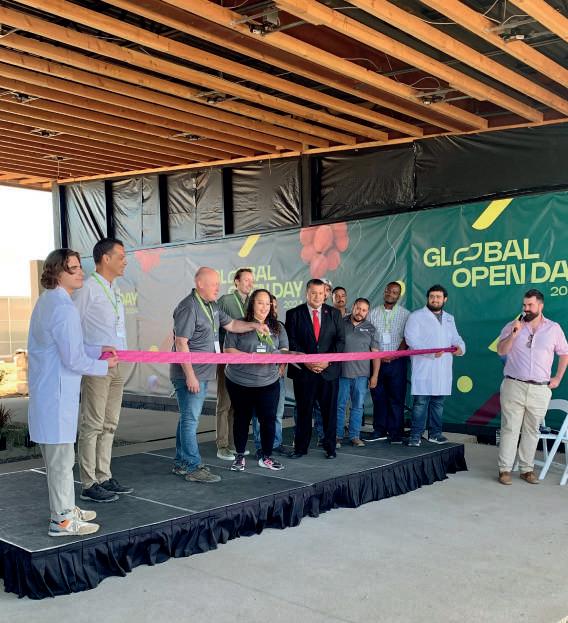
International fruit breeder Bloom Fresh inaugurated its state-of-the-art research and development facility north of Bakersfield, California, in August, hosting hundreds of growers hailing from 18 countries from around the world.
The US$14m complex, dubbed the ‘Discovery Centre’ by the UK-based company, “will serve as a hub for the innovation, creation, and breeding of new table grapes, cherries and raisins,” according to a press release. The site includes 150 acres (60ha) of vineyards and orchards for testing new cultivars, 28,000ft² of laboratory space and 25,000ft² of greenhouses.
Attendees were taken on tours of vineyards, viewing some of Bloom Fresh’s most promising varieties, several of which are already branded with catchy monikers such as Bebop and Rugby
ABOVE—The US$14m complex is dubbed the Discovery Centre
Spain’s Uvasdoce Fresh has launched Mojito Fresh, a new table grape variety developed by Bloom Fresh with a unique flavour profile that combines sweet spearmint notes with a mix of Moscatel and labrusca. The variety (pictured below) will be available across major retailers in Spain, including Consum, Carrefour, and Alcampo.
The variety’s Mojito-like flavour was the inspiration for the creation of a new collection of grapes aimed at young adults and adults seeking a healthy, permissive treat entitled the Fresh Mocktail Collection.
Bloom’s CEO Josep Estiarte commented: “We were pleased by the exciting opportunity to explore the variety of Mojito Fresh planted by our farming partner Uvasdoce Fresh. This collaboration allows us to connect with a new target of consumers and attract new shoppers to the table grape category”.
Miriam Cutillas, general manager of Uvasdoce Fresh, said: “This marks the beginning of a new season of delicious, natural, and healthy experiences to excite shoppers in the summer. We see immense potential in Mojito Fresh and look forward to future expansions”.
Alvaro Muñoz, CEO of parent company AMFresh, said: “At AMFresh our mission is to push the boundaries of innovation to entice and captivate consumers. The synergy between our genetic platform, Bloom Fresh, and our farming and retail services at Uvasdoce Fresh exemplifies our commitment to excellence”.
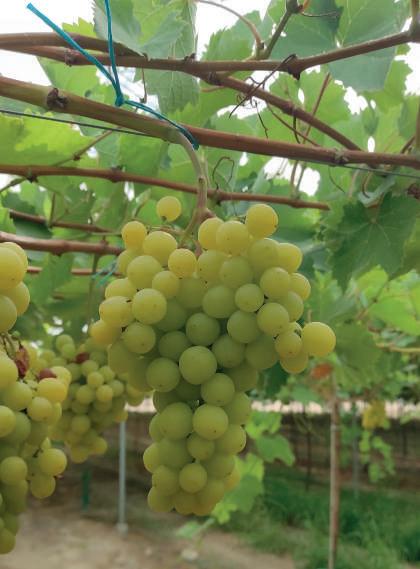
while others are yet to be named. The company’s flagship variety, Cotton Candy, was available for tasting during the morning-long programme.
The Bloom Fresh complex had been under construction since 2021 by International Fruit Genetics, which Bloom Fresh acquired last year. CEO Josep Estiarte said that merging the two fruit breeding giants has been an “interesting” experience.
“It’s a merger that is still ongoing,” Estiarte told Eurofruit “The two companies naturally had different styles of operating and we’re working through it. But it’s been a fun challenge and we’re getting closer to realising our dream every day.”
Estiarte said several red table grape varieties are getting
close to commercial release, which he believes will meet the requirements of an increasingly demanding marketplace.
“Consumer preferences continue to evolve and one of the things they are telling us is that they want more texture – or ‘crunchiness’ – in their grapes and we will soon be releasing varieties that deliver on this. Bloom Fresh also has several red-flesh varieties in development that are full of health-promoting antioxidants, which we are quite excited about.”
Sustainably grown produce is another market expectation. To that end, Bloom Fresh is working on table grape varieties that require far less use of agricultural chemicals.
“As much as 90 per cent less,” noted Estiarte. “Sustainability is
“Consumer preferences continue to evolve and one of the things they are telling us is that they want more texture”
one of our core objectives, as it is increasingly important to consumers. But using less chemicals will also be a great help to our growers who are struggling greatly with increased costs of production.”






























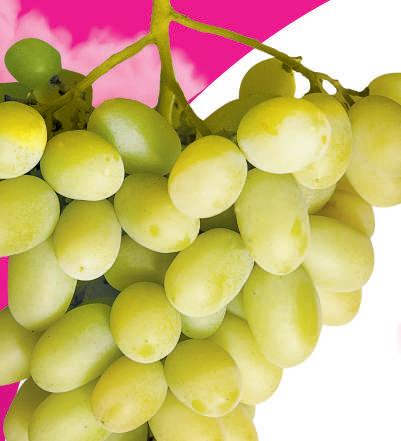


























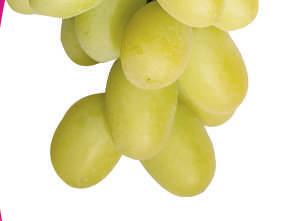

































































Chilean grapes put in strong performance in 2023/24
Increase in export volume and value reflects renewed focus on quality, new varieties and improved logistics.
by Maura Maxwell
Chile exported 64m cartons of table grapes worth more than US$1bn FOB in 2023/24, representing a 7 per cent increase in volume and 13 per cent increase in value compared to the year-earlier period. The improved results came in spite of the drop in production caused by climatic issues.
Expressing his satisfaction with the results, Iván Marambio, president of Frutas de Chile said they reflected ongoing improvements in quality within the sector. “This season we also saw an increase in the production and export of new varieties, which accounted for 62 per cent of total shipments or 39m cartons,” he said.
Marambio noted that the strategy of the recently created Table Grape Committee to improve the sector’s competitiveness,
particularly in its main export market, the US, was paying off. “All of this was also enhanced by the drop in supply from California and Peru, due to adverse weather conditions that hit them harder than our country,” he said.
Two other variables help lift Chile’s results, Marambio said: firstly improved logistics, and secondly stable pricing in the US market, despite the greater supply that arrived from Chile from week 14 onwards.
Isabel Quiroz, executive director of iQonsulting, explained that although Chile’s varietal renewal had been slower than that of Peru’s and South Africa’s, the transition was now starting to bear fruit.
“It has been understood that there is no room for mediocre fruit, and that the table grape industry continues to be an attractive one as long as one is willing to compete in the big leagues,” she said.
The main new Chilean grape varieties are Sweet Globe (white seedless) with a share of 12 per cent, Allison (red seedless) with 11 per cent and Sweet Celebration (red seedless) with 10 per cent. The varieties that have shown exponential growth this last season were Sweet Globe, Autumn Crisp and Sweet Flavor, while Timco and Cotton Candy have decreased
“It has been understood by growers that there’s no room in the market for mediocre fruit”
their participation.
The improved table grape season helped lift overall fresh fruit exports to a new record in the first half of 2024. According to customs data, analysed by ProChile, shipments topped US$7bn between January and July, representing an increase of 9 per cent on the yearearlier period.
The outlook for the 2024/25 campaign is equally promising now that Chile has successfully secured a Systems Approach for table grape exports to the US after 24 years of negotiation. Under the new protocol, confirmed on 28 June, methyl bromide fumigation is replaced with a series of mitigation measures at source.
Two months later, Mexican plant health authorities announced their decision to extend a pilot plan allowing imports of Chilean grapes into the country under a Systems Approach. From 2024/25, grape producers in the regions of Atacama, Coquimbo and Valparaíso will be able to participate in the pilot.
Marambio said the eliminating fumigation would help the sector become more sustainable and allow it to export grapes with better quality, condition and competitiveness to the US and Mexican markets, benefitting Chilean producers and exporters, but also US and Mexican importers and consumers.
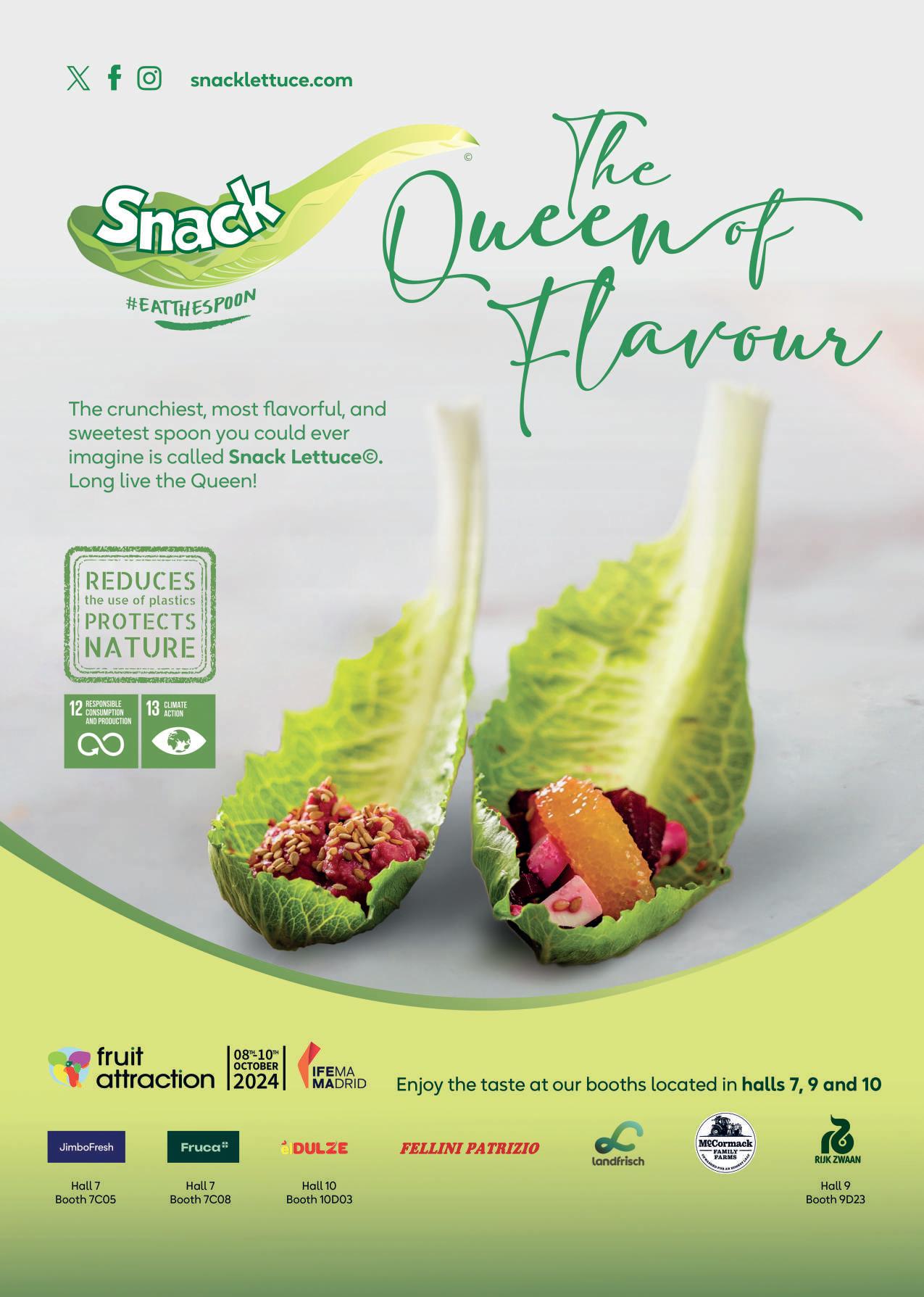
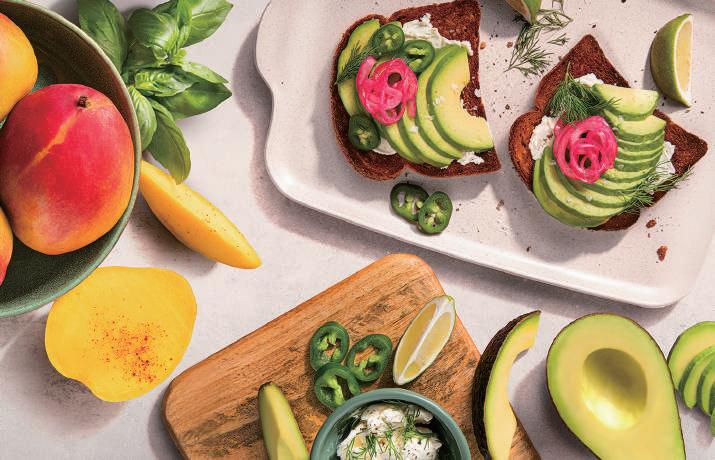
The marketer has emphasised its commitment to the foodservice arena as it continues to grow the market for tropical fruit in North America.
by Mike Knowles
Mission Produce says it wants to inspire even more chefs to include avocados and mangoes in their menus and make their dishes even more special.
“Avocados and mangoes are versatile ingredients with opportunities to be incorporated across more of the menu”
That was the company’s standout message as it headed to Monterey in California earlier this year for the International Fresh Produce Association’s annual Foodservice Conference.
Mission’s recipe for success is simple. By mastering the art of ripening avocados and mangoes so they are in prime condition, it aims to offer customers all across North America’s foodservice market guaranteed freshness and perfect ripeness.
For Galen Johnson, the group’s senior director of foodservice and wholesale sales, the foodservice sector is very much a catalyst for innovation when it comes to these high-care tropical fruits.
“Foodservice often introduces consumers to their first taste of new flavours and ingredients,” says
Johnson. “And at Mission Produce, we know the quality of those ingredients is the foundation of creating a positive dining experience. That’s why we’re committed to delivering the world’s finest avocados and mangoes, expertly ripened and ready for preparation.”
According to research quoted by the company, an overwhelming majority (97.2 per cent) of avocado consumers are willing to pay more to add avocados to their dish; and
two-thirds of them are willing to pay US$2.00 or more.
When it comes to mangoes, meanwhile, mentions of the fruit on menus have reportedly grown by 7 per cent in the last four years, and it is now mentioned on 42 per cent of menus in the US.
“Avocados and mangoes are versatile ingredients with significant opportunities to be incorporated across more of the menu,” Johnson adds. “Both offer unique textures and flavours, as well as important health benefits.”
At the Foodservice Conference, the group offered samples of its “expertly ripened” avocados and mangoes, a move designed to showcase the quality of its fruit and to inspire more culinary creations featuring those items.
Mission recently revealed that its total revenue grew 24 per cent year-on-year to US$324m during the third quarter of 2024. That increase was primarily driven by its marketing and distribution segment, it said, where average perunit avocado sales prices were up 36 per cent.
This increase more than offset a 10 per cent decrease in avocado volume sold – the result of lower avocado supply caused by recent adverse in Peru and disruption to harvesting in Mexico.
Despite the volume reduction, domestic sales volumes were relatively flat during the quarter, ”demonstrating the resiliency of demand for avocados amid higher price points in the US market”.
Colombia Avocado Board says triple-digit growth has been registered, with US demand a major contributing factor.
by Carl Collen
The Colombia Avocado Board (CAB) has announced triple-digit growth in total volumes sent to the US during the first semester of 2024, compared with the same period last year. The growth was based on a review of the Hass Avocado Board (HAB) Volume Data Dashboard and Category Data Dashboard.
CAB pointed out that avocado consumption has been steadily climbing over the past decade, with the US now the world’s largest importer of the fruit. This growing appetite for avocados, along with the expansion of Colombian acreage and maturity of its trees since market entry in 2020, continues to yield dividends for the country’s producers, exporters and importers, it noted.
“This remarkable growth in demand for Colombian avocados
in the US highlights the improved quality and reliability of our produce and confidence in our production,” said Manuel Michel, managing director of CAB. “It also reflects the increasing consumer preference for avocados yearround, creating opportunities for more suppliers. We are proud that Colombia is starting to play a key role in meeting this demand.”
Markets east of the Mississippi continued to see ”exceptional growth” and are priority markets for Colombian avocados due to their market proximity, CAB confirmed.
Evaluation of the HAB market category data shows avocado unit sales growth in major US cities in the east like Miami (15.98 per cent), Boston (14.12 per cent), Louisville (9.55 per cent), Cincinnati (6.36 per cent), and Baltimore/Washington D.C. (4.93 per cent).
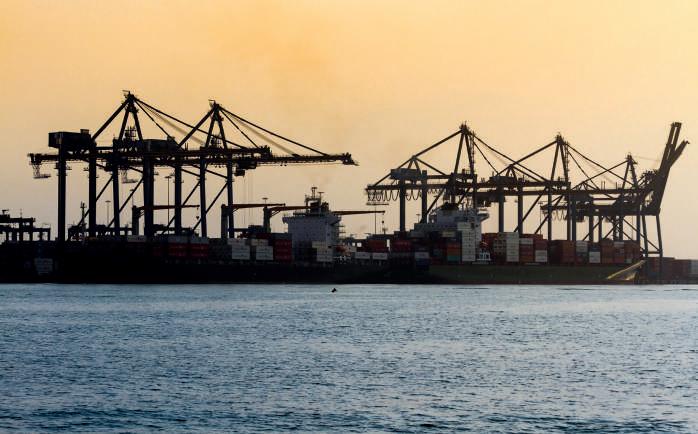

“The unprecedented growth of Colombian avocados to the US during the first semester of 2024 contributed to this increase and highlights the growing recognition of Colombian avocados as an important partner in avocado supply,” said Ricardo Uribe, chairman CAB.
“We are thrilled to see strong demand as more American consumers discover the exceptional quality and taste of our avocados,” he added. “This is just the beginning of Colombia’s role as a major player in the US avocado market.”
Meanwhile, the Colombian Hass avocado industry has announced the Carbon Hass Project, an initiative that seeks to mitigate greenhouse gases (GHG) to prevent ecological risks and counteract climate change and its impact on biodiversity.
According to Corpohass, the goal is to achieve the Sustainable Development Goals in the agricultural sector, which are in line with the country’s institutional framework. The project includes 28 small and medium-sized Hass avocado growers who have committed to adopt the project initiatives to better protect the environment for future generations.
“This initiative allows us to continue working to position ourselves as an environmentally sustainable sector, which stands out for its superior agricultural practices,” said Katheryn Mejía Vergel, executive director of Corpohass.
TOP—Avocado consumption is still climbing LEFT—Shipments have risen as the “remarkable growth” in US demand for Colombian avocados continues

Indications are that the country will offer more table grapes and stonefruit to the US market in the near future.
by Fred Meintjes
After some years of focusing its development on new markets in the east, the US may be the next big thing for South African table grapes.
The country’s export business has had four successful years of carving new markets for itself in the Far East and Southeast Asia. Now it is likely that the sector will focus on the US and Canada in order to achieve more sales across the North American continent.
It is a sobering thought that in 1986 – before the US Senate imposed punitive sanctions on South Africa’s Apartheid policies, including the country’s fruit sector – the country sold more than 6m cartons annually in North America. When sanctions were lifted eight years later, South Africa found it extremely difficult to rebuild the US market across virtually all fruit
be emerging
categories. The one exception is the Western Cape citrus industry, which, under special conditions imposed by the US, qualifies as a disease-free region. Under the Summer Citrus brand, a significant market share has been built up over the past 20 years.
The grape sector, and most stonefruit and pomefruit exporters, found new US plant health regulations too tough to cope with. However, in recent times South African stonefruit growers and table grape producers have learned to live with tough entry conditions and are now taking a fresh look at the US market.
The advantages that the South African citrus sector enjoys under the AGOA agreement have not gone unnoticed in the grape and stonefruit sectors and may well be a major catalyst for increased
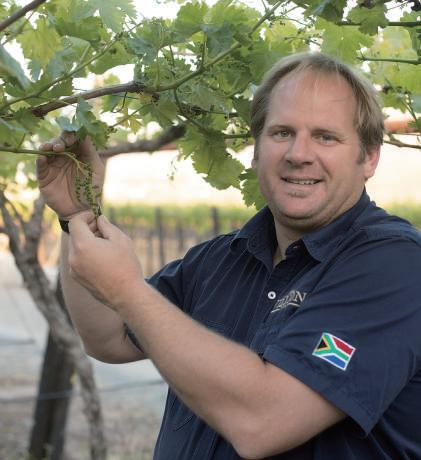
exports to the US.
“Canada has been a very good market for our grapes during the past decade,” said Sati chairperson Anton Viljoen. “This past year the rain in California during their season gave South Africa the opportunities to sell more grapes there with good results. I think the Hex River region can compete well with Chile in the US.”
Vijoen noted that the US is a big market and if South Africa can sell around 10m cartons there in the near future, it would give the country’s growers some breathing space in Europe, where South African grapes were often oversupplied during the late season.
The South African stonefruit industry is also likely to increase sales to the US after some provisional trials there during the past season.
“We have all the new US varieties in our orchards and these are already well-known to US consumers,” said one observer.
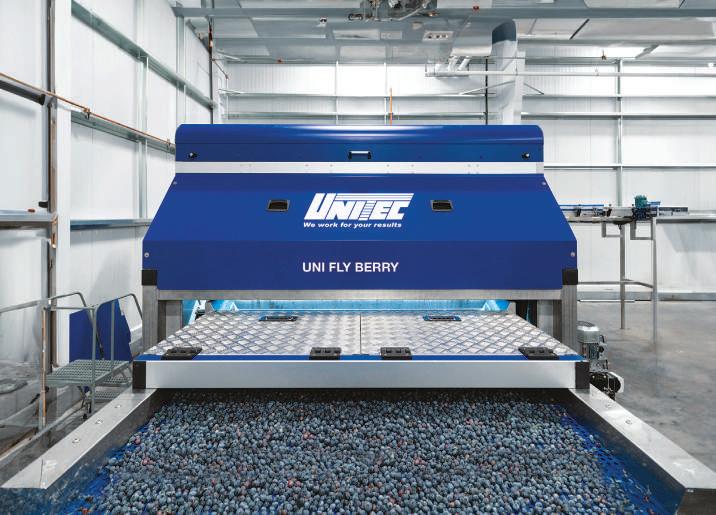
Unitec, an international group with 100 years of experience in the field of technologies for handling and selecting the external and internal quality of fruit and vegetables, stands out for its ability to innovate and offer technological solutions to its customers in more than 65 countries around the world. And that innovation covers all stages of the sorting process for more than 50 types of fruit and vegetables, with a special focus on the global blueberry market.
In the last ten years, global production of blueberries has grown significantly. And for more than ten years, Unitec has collaborated with blueberry supply chain operators to develop technological solutions dedicated to the quality selection of small fruits.
Indeed, in 2013, Unitec designed and developed the first system for the external quality selection of blueberries, Blueberry Vision, later upgraded to Blueberry Vision 2. This was the first solution in the world which can view 100 per cent of the surface of every single blueberry.
With the aim of providing a concrete response to labour shortages and the increasingly emerging need for greater automation of operations, Unitec then developed another upgrade of the Blueberry Vision system, Blueberry Vision 3.
With Unitec’s patented innovation, packing houses are now able to combine very high productivity with maximum reliability and accuracy in quality selection, as well as efficient and gentle handling. Indeed, the system, entirely designed and developed by Unitec, views the entire surface of the blueberries, sorting them according to defects in shape, firmness, size and colour.
To complete the range, there is the UNIQ Blueberry system, the Unitec solution dedicated to internal quality selection, which accurately detects the sugar content (Brix degree) and acidity level of each blueberry.
Therefore, since the first system the innovation of Unitec has been continuous, leading to important results in the blueberry industry worldwide.
And with a strong connection to the market and a strong will to give a concrete answer also to those companies that choose to reduce their harvesting costs by relying on mechanised harvesting in the field, Unitec has developed Uni Fly Berry with the innovative Uni Soft Sorter software, the vision system which can select in-flight blueberries and detect imperfections of harvested fruits – fruit with branches, green fruit, leaves – before they enter the line.
Especially in the US, a market that relies heavily on mechanised harvesting, Unitec has successfully introduced this technology and is also promoting it in Europe.
Many innovations, thus many results.
And thanks also to its 20 international branches, including Unitec USA Universal Technologies Inc, with offices in California, Washington and Oregon, Unitec is by the side of blueberry grading and packing houses all over the world.
This is to stay connected to the needs of the global fruit and vegetable industry by providing the world’s packing houses with innovative solutions that are continuously updated, to guarantee high levels of performance in several aspects: speed, precision, control and handling automation, thanks to the experience and knowhow gained in 100 years of history.
strong crop and engaging brand fuel further growth for Australian citrus exporter-marketer.
by Liam O’Callaghan
With Halloween on the horizon, Pinnacle Fresh is already celebrating another strong season for its wickedly healthy brand, Dracula Citrus.
Over nearly ten years the brand has built momentum in the North American market and Daniel Newport, marketing manager of Pinnacle Fresh USA, says the 2024 season has proved the biggest yet.
“We’ve had good demand in North America which is a big focus for us. About 85-90 per cent of what we export in citrus goes to North America and we’ve grown to a point where we’ll now do over 300 containers to the market. We’ve had growth most years and we’re up another 45 per cent on last year across all varieties,” Newport says.
“We’ve got the backing of retailers we’ve worked with for seven or eight years now and a couple of new retailers this season.
“Quality this season has been good across the board, Australian citrus in general is probably having its best season in the past four years. It’s also been a challenging year for some of our competitors in Chile and South Africa which has opened doors for us.”
This confluence of factors has provided the chance for Pinnacle Fresh to expand its customer base and this season will supply Kroger and Publix. Newport says the company’s US-based sales team is always looking for new opportunities.
“You just keep knocking on the
door, and when it opens if you do a good job, you’re a chance to maintain that business or increase it,” he notes.
Dracula Citrus made its name marketing Australian-grown blood oranges but the brand now also includes Cara Cara and navel oranges, mandarins and most recently Dekopon mandarins marketed as Mega Mandys.
Newport says the brand’s initial success filled demand for more product which Newport says is a credit to the quality of fruit Australian growers produce.
“We seem to be riding on some positive momentum, which is great and we’re fortunate to have many growers supporting us with premium quality fruit for the North American market,” he says.
The attention grabbing brand imagery has helped Dracula Citrus stand out on the shelves, it also pairs perfectly with activations in the lead up to Halloween.
“It catches the eye of the consumer and sends a good message about healthy eating choices,” says Newport.
This season Pinnacle is continuing its point-of-sale competition which invites stores to construct impressive displays that highlight Dracula Citrus and help retailers and consumers engage with the brand.
“We give produce managers prizes for best displays or best increase in sales,” explains Newport.
“It’s something we’ve always
RIGHT—The Dracula Citrus brand has been sold in North America for almost ten years BELOW—Point-ofsale competitions help engage retailers and consumers
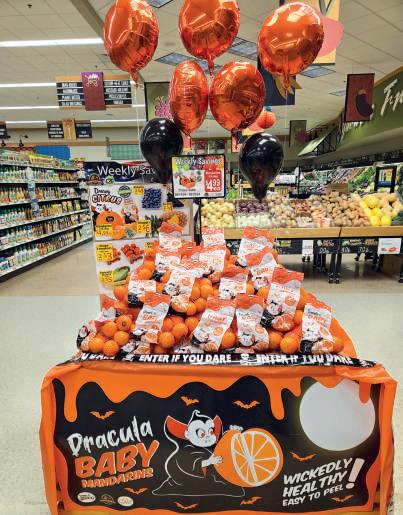
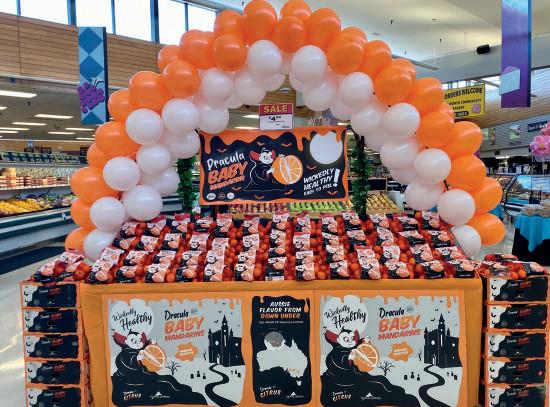
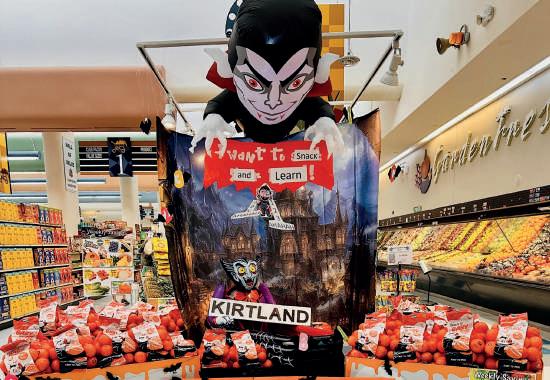
done but we are doing it a bit bigger this year. We love seeing Australian citrus promoted well, it’s good for our brand and the citrus industry in Australia as a whole.”
The Association of Moroccan Nadorcott Producers has created a new look for the Nadorcott brand, highlighting the country as the authentic birthplace of the Nadorcott mandarin.
by Tom Joyce
The Association of Moroccan Nadorcott Producers (APNM) has announced the launch of a new visual identity to promote the Moroccan Nadorcott. The refreshed identity features a vibrant orange and blue colour scheme, with the blue being inspired by the hues of the Agafay region’s night skies – the birthplace of the Nadorcott.
“This rebranding initiative introduces a fresh visual approach designed to celebrate and promote the Moroccan Nadorcott.”
The core of the communication strategy is the concept of the ‘Original Tree’, highlighting Morocco as the authentic birthplace of the Nadorcott mandarin.
“This treasured fruit is carefully cultivated in secluded, protected orchards that are the birthplace of the variety”
“The campaign associates the Nadorcott with its roots through elegant visuals and engaging narratives,” APNM said. “By promoting ‘Nadorcott of Morocco’, all Moroccan Nadorcott producers will inherently gain increased visibility and recognition for the
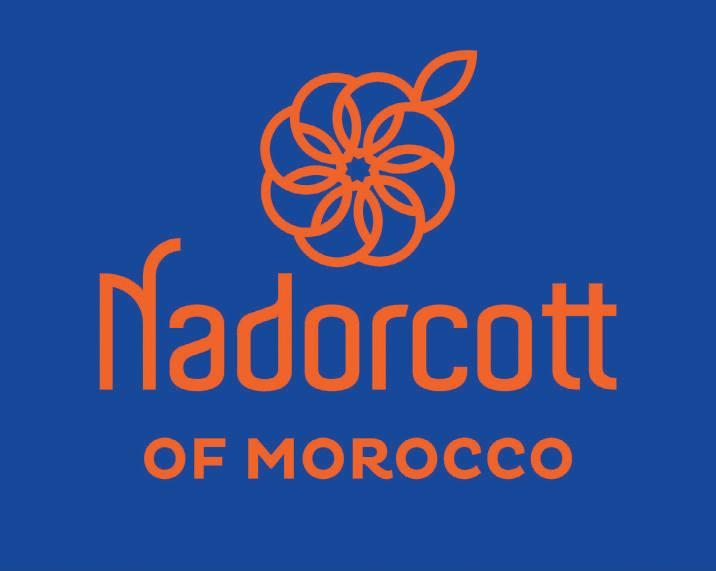
variety, leveraging the prestige associated with its Moroccan origin.”
Describing the variety as the “envy of the world” and “the pride of Morocco”, APNM said it was inviting those interested in the Nadorcott to “experience the legend”.
“Somewhere, nestled in the magical lands of Morocco, you’ll find a hidden, almost mythical treasure – the original tree that brought to life the exquisite Nadorcott mandarin,” APNM stated. “This treasured fruit is carefully cultivated in secluded, protected orchards that are the birthplace of the variety.
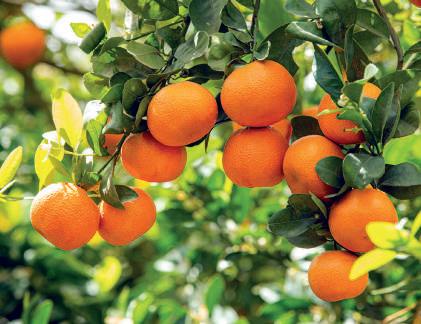
“The Association of Moroccan Nadorcott producers invites you to discover the remarkable story of a citrus revolution and a global sensation. Taste the legend for yourself!”
ABOVE—The Nadorcott of Morocco and the new logo
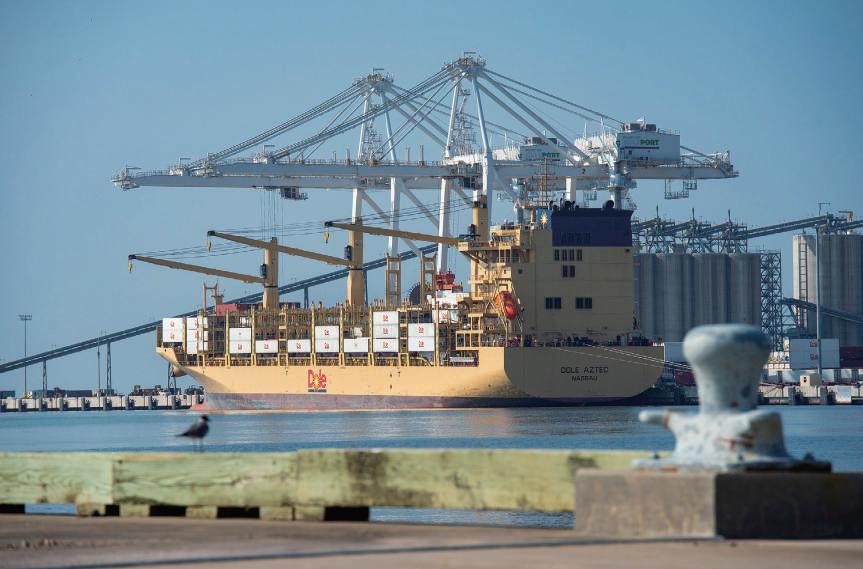
As a new weekly service into the north-east United States brings more fruit into the market, the company looks set to capitalise on improving market demand.
by Mike Knowles & Carl Collen
The world’s largest fresh produce company Dole recently enhanced its fruit import operations with the addition of a new weekly vessel service from South and Central America to the north-east US.
According to the group, the new route enhances its capacity to bring Dole-branded bananas, pineapples, dragon fruit, mangoes, and limes into the country from Colombia, Honduras and Guatemala.
“This will benefit Dole customers by ensuring maximised freshness through increased sourcing options, optimised discharges and port
rationalisation,” it said in a statement.
The service is operated by two additional 1,200 FEU container vessels, and follows a 14-day rotation with weekly stops in key ports, concluding in the Port of Wilmington every Saturday.
Dole Ocean Cargo Express will also utilise the additional vessels as part of its Mayan Express Service for commercial cargo.
In August, Dole revealed it had enjoyed like-for-like growth across all segments in the second quarter
LEFT—The new service will run from Colombia via Honduras and Guatemala to the US Port of Wilmington
of 2024. Its net income climbed 68.4 per cent compared with the same period of 2023, to US$88.1m.
Its Q2 revenue fell 0.8 per cent to US$2.1bn, primarily due to a net negative impact from acquisitions and divestitures of US$100.3m, and a US$9.6m net unfavourable impact of foreign currency translation. However, it was 4.3 per cent up on a likefor-like basis.
Adjusted EBITDA rose 2.2 per cent to US$125.4m, which Dole said was driven by a strong performance in its fresh fruit segment.
Revenue in that part of its business increased 1.5 per cent, or US$12.4m. Its banana volumes in North America and Europe were higher, as was global pricing for the fruit. It sold more plantains, but a lower volume of pineapples, for which prices were down.
“We are pleased to report another strong result for the second quarter of 2024, with adjusted EBITDA increasing 2.2 per cent to US$125.4m and 8.2 per cent on a like-for-like basis,” said executive chairman Carl McCann.
”Following the completion of our sale of Progressive Produce, we repaid US$100m of our term loan facilities in April, and at the end of the quarter, our net debt was US$767.5m,” he said.
”Our strong first half of the year, and positive momentum within the business, positions us well to deliver a good result for the 2024 financial year. Today, we are pleased to raise our full year adjusted EBITDA target to at least US$370m,” he added, noting that forecasting remained “complex”.

As they prepare to welcome many of the world’s leading international produce suppliers to their Global Produce & Floral Show in Atlanta, we speak to the IFPA’s Cathy Burns and John Anderson.
by Mike Knowles
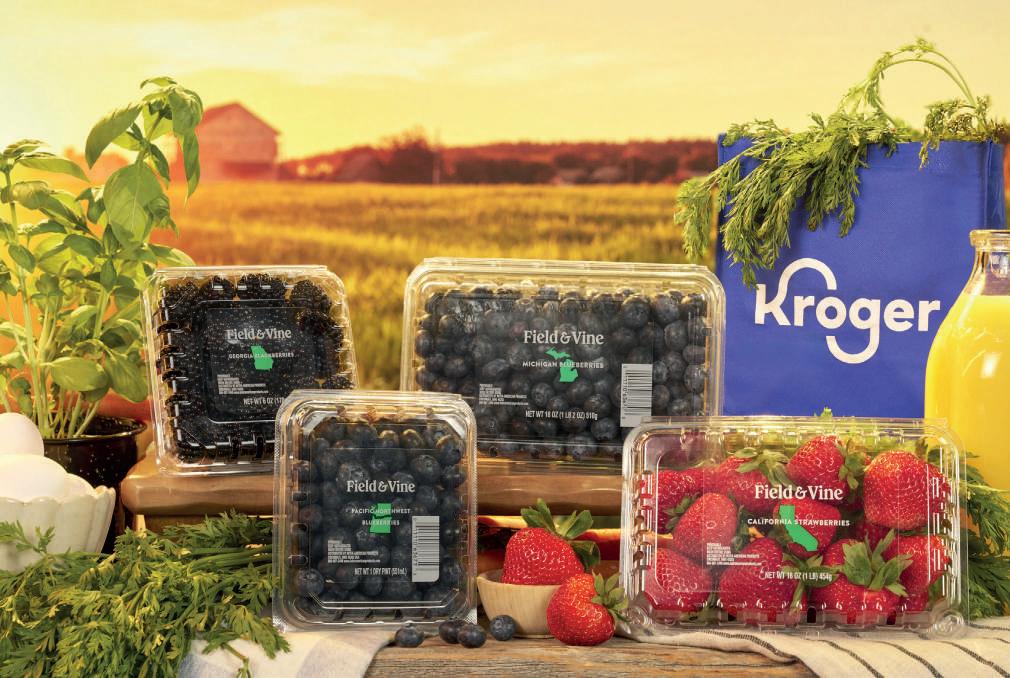
Ahead of the International Fresh Produce Association’s Global Produce & Floral Show in Atlanta on 17-19 October, Fresh Focus North America speaks to two of the organisation’s figureheads –CEO Cathy Burns and chair John Anderson, who is also chairman, CEO and managing partner of leading North American produce importer Oppy. Together, they outline the key trends they see in the market as they prepare for another busy and productive show.
John and Cathy, what growth areas have you seen in the past
12 months in the North American fresh produce market?
John Anderson: One of the things we are seeing a trend in, from most of the retailers, is private label. They want to go more towards private label, and it’s something that has escalated quite a bit in the last couple of years, and continues to grow. That’s even more challenging when you’re talking about imported items.
I also see continued growth in our industry in terms of consumption. The message is clear that produce is good for your health. Our group can talk
to governments around the world about making sure they don’t put legislation in place that impedes our ability to get our products to consumers. We then make sure we’re doing it in a safe and efficient manner.
Kathy Burns: Trade flows have changed over the past decades. It used to just be south to north; now, it’s almost a web, from all over the world. Our job as an industry association is to inspire people to eat more fruits and vegetables, and buy more flowers. And to remove barriers to doing so.
We will continue to step up our
ABOVE—Kroger’s Field & Vine brand is seen as part of a new trend in the produce market
OPPOSITE—IFPA chief executive Cathy Burns (top) and the group’s chair John Anderson (below)
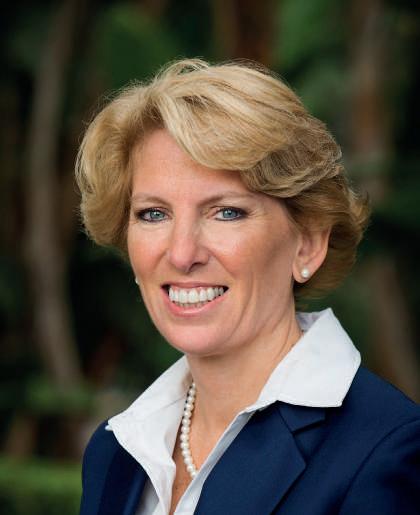

Oppy’s John Anderson was recently added to the Order of British Columbia and awarded the King Charles III’s Coronation Medal in Canada, in recognition of his “outstanding contributions” to community support, sustainable agriculture and visionary leadership. Anderson is one of only a dozen recipients this year, all of whom have made exceptional achievements and positively impacted the province, country and world.
“Convenience is a key trend, There are lots of people who want convenient product that is easy to eat, but also tasty”
advocacy efforts, especially globally. In the US over the last couple of years, we have seen imports exceed exports. Trade flow patterns are changing, and sometimes the regulations and requirements are particularly difficult because food security is a national security issue. No matter what country you live in, you have to be able to feed your people.
Having one voice across the globe to work hard to reduce barriers and provide the data –and quite frankly, the relationships – to move the needle is critically important.
JA: I think the key thing there is that a lot of these regulators don’t really understand what they’re doing. Their intentions are good, but sometimes their intentions are ill-fated in the end. So our job is to help educate them, so we can keep product flowing that should be flowing. Obviously, if we have issues, we have to deal with those as well. But basically, let’s make sure we can have open channels that you can say east, west, north, south, you can move product all around the world.
There are some concerns I have going forward, too, about tariffs that people are considering to try to slow product down from one country to another. We must try to ensure we have open borders in that respect, providing all the right conditions are met.
Do you see major opportunities ahead for certain produce categories in the US and Canada?
JA: I would say another key trend is convenience. The products
we put forward which help the consumers who want to have a ripe avocado, a ripe kiwifruit that is ready to eat, good stonefruit. You know, things like that. There are lots of people who want convenient product that is easy to eat, but also tasty.
Do you think more of the big retail operators across North America will adopt fresh produce branding programmes, similar to the Field & Vine brand recently introduced gy Kroger?
JA: Yes. They have started it, but there are definitely [other] retailers who want to show that they can differentiate from others. This is one way for them to differentiate. So yes, I expect to see that trend continue with other retailers.
KB: As a former retailer, I can say that part of the appeal of having products under your own brand is that every time you open up your refrigerator, consumers see that brand name in their fridge. This is one way for a retailer really to solidify some brand equity online, especially as John said, around convenience and quality.
So if you’re constantly opening your refrigerator, you have guests over, and they see the retail brand in the refrigerator, that’s a sign of loyalty to the brand. And I agree with John, that will continue to grow over time. It certainly happens in the central areas of stores – even more so than in the produce department – but it has been growing in our department too, and I don’t see that trend changing anytime soon.
Canadian trade body CPMA has a lot to think about this year, from protecting the industry’s interests on packaging to helping boost fresh produce consumption, according to president Ron Lemaire.
by Michael Barker
Canada might be dwarfed in population and financial terms by its southern neighbours, but the world’s second-largest country is a respected player in fresh produce in its own right.
According to figures from Mordor Intelligence, Canada’s fruit and vegetable market is worth some US$13.7bn in 2024, a figure that is expected to rise to US$15.9bn by 2029 as consumer appetite for healthier food drives demand.
Bridging the gap between industry, government and consumer is the Canadian Produce Marketing Association (CPMA), whose broad brief touches everything from lobbying government on key issues to running public marketing campaigns and organising trade events. The group boasts some 850 members from across the length of the supply chain, representing 90 per cent of fresh fruit and vegetable sales in Canada.
Probably the biggest topic of discussion in the Canadian fresh produce sector over the past year has been packaging, and in particular the Trudeau government’s proposals to all but ban the use of plastic packaging in fruit and vegetables by 2028. That has caused nervousness and alarm among suppliers, who have pointed to food waste and inflationary concerns, as well as the lack of viable alternatives.
CPMA has been taking an active role in discussions with the government, trying to steer it onto a pragmatic course that shows more appreciation of the fact that only 2.9 per cent of Canada’s plastic packaging is on fresh produce. “The government went through a consultative process that was very aggressive, looking at a near elimination of plastic packaging,” explains CPMA president Ron Lemaire. “It is a voluntary strategy, but you have to report on outcomes. So it’s a quasi-regulating tool – the government would regulate bodies to need to report on their successes and the court of public opinion would then gauge whether it’s good or bad.”
ABOVE—Ron Lemaire, president of CPMA
OPPOSITE TOP— The 2024 CPMA Convention and Trade Show
OPPOSITE BOTTOM— The Half Your Plate programme

CPMA has been taking an active role in discussions with the government, trying to steer it onto a pragmatic course
Ongoing legal challenges around the Canadian Environmental Protection Act and its use in relation to plastic packaging have left a lack of clarity on how new regulations will ultimately shake out. “Until then, we will continue to work with the government to find non-regulated approaches to packaging waste,” Lemaire says.
Adding to the industry’s case has been a joint study in August by Agriculture & Agri-Food Canada and
Environment & Climate Change Canada, which highlights the critical role of packaging in fresh produce supply chains. The study looks at such aspects as the functionality of the seals, convenience of portion control and the importance of usage instructions, as well as the value of packaging in food safety.
“CPMA is pleased to see the Government of Canada commission an industry-informed study which highlights the critical role and function fresh produce packaging plays to ensure that high-quality fruits and vegetables are available to Canadians year-round,” Lemaire says. “Consumers are requesting safe, affordable, and high-quality fresh produce which is only available when respective supply chains – and the critical packaging forms they rely upon – are readily accessible.”
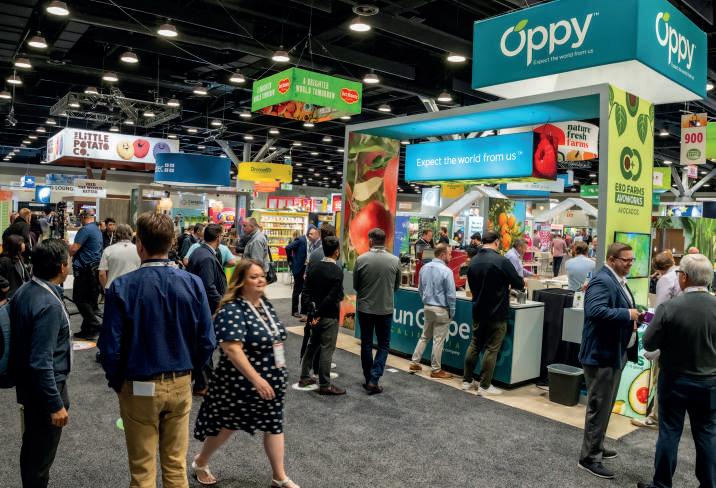
CPMA recognises the industry also has a role to play in finding sustainable outcomes, and has hosted events looking for solutions and strategies to help minimise the sector’s impact. Increasing the adoption of sustainable fresh produce packaging was one of the four key priorities outlined in the CPMA’s updated Sustainability Strategy in August, which also focuses on minimising fresh produce loss and waste, minimising the carbon footprint of the supply chain, and promoting the harmonisation of fresh produce sustainability practices.
The Sustainability Strategy also identifies the need to support and collaborate with key produce stakeholders on essential sustainability outcomes, including soil health, water stewardship, biodiversity, adapting to climate change, financial resilience and sustainable finance.
In its broadest sense, sustainability also includes making sure the industry is inclusive and welcoming, bringing through a future generation that is representative. In what is often seen as a predominantly white

male industry, CPMA has therefore been working hard for several years on the issue of diversity, equality and inclusion. At the CPMA show’s Delegate Breakfast in April, legendary Canadian ice hockey player Cassie Campbell-Pascall discussed her personal journey in sport and broadcasting in an inspirational speech that tapped into a lot of the organisation’s key messaging. “As we move forward, we need to look at how do we address unconscious biases,” Lemaire notes. “How do we address the changes we need to make sure we have the resources, the intellectual property and the workforce that we are going to require, and that workforce is changing.”
Much of the CPMA’s work is public-facing, and that includes running a Half Your Plate programme, which aims to show consumers how they can cost-effectively fill half of their meals with fruit and veg every day. The educational initiative offers simple and practical resources such as recipes, blogs and videos, alongside a #Fresh$20 campaign to highlight the amount of produce
that can be bought for $20. The Freggie Children’s Program is also aimed at getting kids to eat more fruit and veg to benefit their overall health.
“CPMA functions on an integrated approach to our marketing and market development strategies,” Lemaire explains. “So the trade show and convention is one [area], while our government relations and advocacy ensures trade barriers and the fluidity of our industry, and then there’s food safety, innovation and our sustainability strategy. So you bring that all together with our consumer marketing as a full unit, and all these elements play together to make sure the market is stable.”
In addition to leading the CPMA, Lemaire is also chair of the Global Coalition for Fresh Produce, a recently established body that brings together industry trade associations – including Freshfel, Shaffe, IFPA and CPMA among others – to create resilient global value chains for fruit and vegetables. “This group of ten organisations is extremely dynamic,” Lemaire stresses. “Earlier this year we hosted a sustainability webinar online and launched our policy paper around sustainability, which goes back to the concept that sustainability has been hijacked by activists and environmental groups. We wanted to reset the narrative around the elements that we need in sustainability, not just based on segmented views of what sustainability is, but social, environmental, and economic [elements]. And let’s effectively deliver that and look at policy that supports it.”
Climate change has had a major impact on volumes, but the introduction of new varieties offers hope for the future of the industry.
by Steve Maxwell
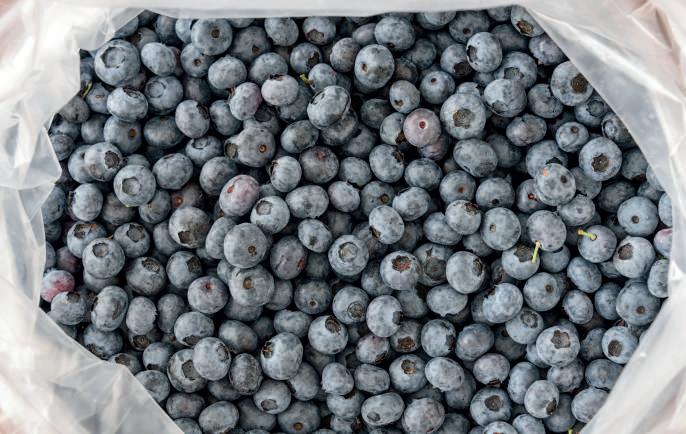
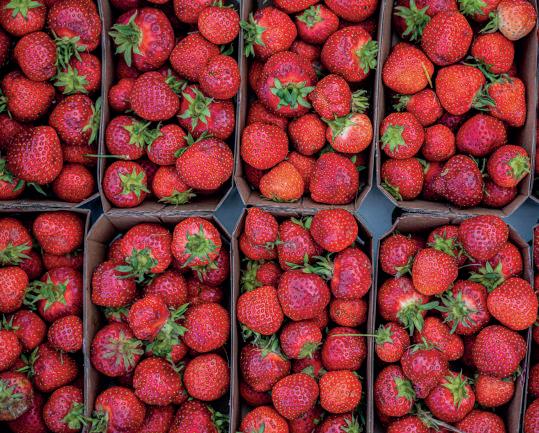
For Mexico’s soft fruit growers, 2023/24 was a challenging season across the board. Volumes and income dropped an estimated 15 per cent year-on-year as climate change drove drought conditions across the major production regions of Michoacán and Jalisco.
“The 2023/24 season was the most difficult we have experienced as an industry in the past 12 years,” says Miguel Angel Curiel, general manager of Driscoll’s Mexico. “At Driscoll’s, we started the season well with berry volumes meeting our expectations in autumn 2023. However, the winter was warm, which affected yields across all products with plants not flowering as expected, although we did see some recovery in volumes in the spring.”
“It’s been a time full of challenges and quite difficult
PICTURED—Berry volumes and income fell in 2023/24 as climate change affected production across Michoacán and Jalisco
in every respect,” agrees Carlos Madariaga, chief commercial officer at Berries Paradise. “Climate change has had an impact on volumes in the form of extreme heat and a lack of rain.”
A similar assessment is given by Alvaro Preciado, director of Jalisco-based berry grower-exporter collective Gold Fruit Farm, who says the changing climate is just one of several factors affecting production.
“The issue of the climate has impacted us because it has changed the production, making it more difficult,” he says. “We have also been affected by the [pesodollar] exchange rate, which is lower than it was a year ago, and by the high costs of inputs and labour.”
However, there are some signs for optimism. Driscoll’s Mexico, according to Curiel, has converted 100 per cent of its production to new berry varieties over the past three years, with hopes high for recent introductions, including Mia raspberries and Arana blueberries. Mia, with its high productivity, offered a “solution” for Driscoll’s last season, although Curiel says its susceptibility to fungus makes its at times challenging to produce.
Madariaga also sees opportunities for a better future for berry companies that focus on optimisation and “outstanding genetics”. Unlike many of its contemporaries, Berries Paradise is already shipping to non-North American markets. Although 75 per cent of its volumes go to the US, Madariaga estimates that 25 per cent reaches other global markets.
Like many in the industry, exports to the US are currently the focus for close to 100 per cent of the volumes produced by Gold Fruit Farm’s 125 small and medium-sized growers. However, Preciado says there exists a strong interest in reaching the European market, which the company hopes to achieve over the coming seasons.
“It’s not something we have explored as yet because we barely satisfy North American demand with our volumes, but we think that with varieties like Daniela (raspberry) and Sweet Caroline (blackberry), as well as new blueberries such as Sekoya Pop, we will be able to compete,” he says.






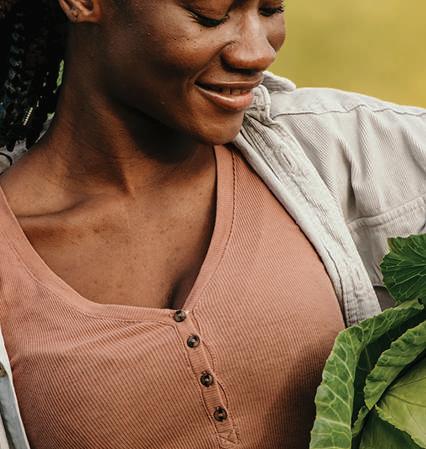
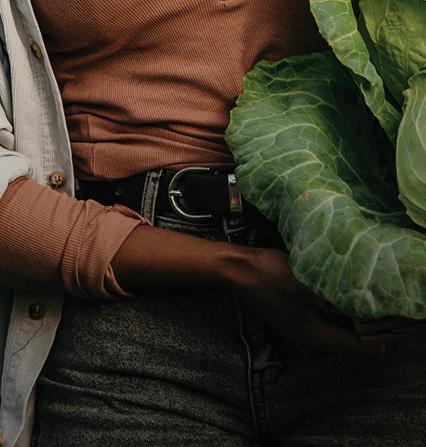


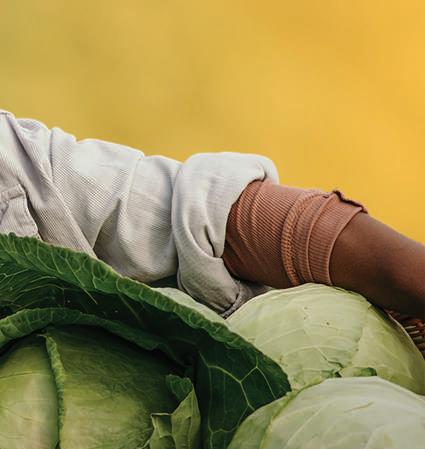
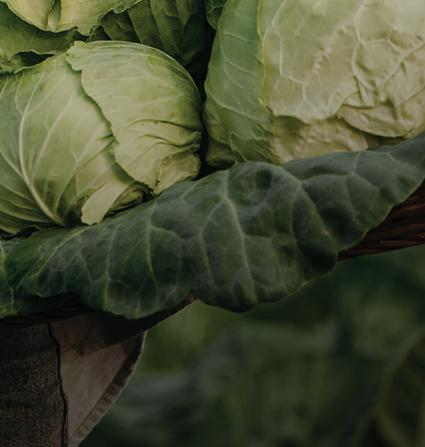
Financing will fuel global expansion and accelerate product innovation.
by Maura Maxwell

Agrovision has secured US$100m in funding to fuel the expansion of its berry business as it seizes on the boom in healthy snacking. The funding round, led by Aliment Capital, alongside other investors including Steve Kaplan, Co-Founder of Oaktree Capital Management, values the company at over US$1bn.
Agrovision said it will use the financing to further fuel global distribution and accelerate product innovation. “Delivering more flavourful superfruit year-round requires full stack innovation – optimising across every layer of technology – from genetics and systems to AI,” said Steve Magami, co-founder and CEO of Agrovision. “A new era has begun, with the generational shift to healthy snacking, and we are happy to lead a revolution in superfruit.”
Agrovision sells its premium blueberries, raspberries,
blackberries, and cherries under Fruitist and Big Skye brands. It supplies leading supermarkets across the US, Asia, Europe and the Middle East year-round from its farms in Peru, Mexico, Morocco, the US, Egypt, India and China.
The healthy snacking market is expected to reach over US$100bn this year, while global berry sales are projected to reach US$32bn in the next five years. Additionally, Agrovision points out that the introduction of new GLP-1 diabetes and weight loss drugs has caused a notable shift in consumer behaviour, leading to a 20 per cent increase in fresh produce purchases by prescription users.
Agrovision has invested over US$400m in global expansion, new genetics, artificial intelligence, and other proprietary technology. It said the predictability of its vertically integrated platform ensures consistency and reliability in the face of industry challenges.
F&S Fresh Foods has acquired Calavo Growers’ fresh-cut division, Renaissance food Group (RFG). The deal, which involves five of Calavo’s production facilities in Clackamas, OR; Sacramento, CA; Riverside, CA; Houston, TX; and Conley, GA, enables F&S Fresh Foods to reach customers from coast to coast across North America.
F&S said it plans to build on the strong innovation capabilities and service orientation of its existing team and RFG team members to extend many of its current product offerings to the production facilities it is acquiring.
In addition, F&S will collaborate closely with customers to introduce new offerings and capabilities tailored to their needs.
F&S Fresh Foods’ extensive portfolio includes retail products under company-owned brands, Sam’s Fresh Salsa and Garden Pure, as well as apple products licensed under the Mott’s label and bagged vegetable products licensed under the Green Giant Fresh label.
The company also produces a wide variety of privatelabel, fresh-cut, retail-ready produce, bagged vegetables, apples, meal kits, meal sides, and behind-the-glass salads, as well as fresh-cut, IQF, purees, and brined products for industry. For 17 years, the company has partnered with RFG to service retail customers in the Northeast, Southeast, and Midwest.
Danny Weiss, chief executive officer of Wonder Veggies, introduces Fresh Focus North America to its unique probiotic-infused fruit and vegetable concept.
by Carl Collen
Can you offer a little background on Wonder Veggies?
Danny Weiss: Wonder Veggies is disrupting a US$1.5tn fresh produce market by naturally enriching fresh fruits and vegetables with probiotics to enhance gut health, for the first time ever, meeting the consumer’s growing demand for better gut health.
Where did the idea for probioticinfused vegetable products come from, and how does the production process work?
DW: Following four years of academic research, I co-founded Wonder Veggies in 2022 together with professors Oded Shoseyov and Betty Schwartz of the Hebrew University of Jerusalem, Dr Lilach Iasur Kruh of the Braude College of Engineering in Karmiel, and Gadi Lesin, the former CEO and president of Strauss Group, to
create the future of fresh produce, a new and exciting category of probiotic vegetables and fruits.
Wonder Veggies probiotic liquid formulation can be applied on fruits and vegetables at both preharvest and post-harvest in the field, greenhouse, packhouse, or food production facility.
What benefits does this concept offer over traditional products?
DW: Probiotics can be found in dairy products, fermented foods, and in supplements. However, the issue with current consumption opportunities is that many people can’t or choose not to consume dairy, fermented foods, and supplements. Bioavailability is also often very low as the acidity of the stomach kills most of the probiotic bacteria, or in case of supplements using a freeze-dried culture, the probiotics do not germinate at the gut. Wonder Veggies’ formulation enables the probiotic bacteria to

RIGHT—Wonder Veggies CEO Danny Weiss BELOW—The first products will be launched in 2o25

Wonder Veggies’ formulation enables the probiotic bacteria to propagate and survive through the shelf-life of the fresh produce
penetrate, propagate and survive throughout the entire shelf-life of the fresh produce, by turning the probiotic bacteria into endophytes. This is beneficial bacteria that lives inside the tissue of the plants, therefore providing them very good protection against the acidity of the stomach and the required fibres (prebiotics), for effective colonisation in our gut.
It provides a powerful symbiotic effect and the highest bioavailability of all consumption opportunities without any limitations, as all of us eat vegetables and fruits. And it’s a non-GMO technology that does not change any of the organoleptic properties of the fresh vegetables and fruits like taste, colour, texture or smell.
When are the products being rolled out, and what are your future plans?
DW: Wonder Veggies’ mission is to create a new category of healthier-than-ever probiotic produce in the market, contributing to consumer health and nutrition security. No probiotic fresh vegetables and fruits exist today so we are expecting a big splash when we launch the first products together with our partners in 2025.
Within a few years, we plan to cover most fresh produce categories, starting with leafy greens, carrots and berries, to be followed by peppers, stonefruit and grapes, and we cannot see an end in sight for the potential of the Wonder Veggies application.
Personal-sized Precious Honeyglow pineapple lands the ’Overall Food Innovation of the Year’ title at the 2024 Mindful Awards.
by Carl Collen
Fresh Del Monte Produce has announced that it recently won ’Overall Food Innovation of the Year’ at the 2024 Mindful Awards for the company’s new Precious Honeyglow pineapple.
The group described Precious
Honeyglow as an ”innovative personal-size fresh pineapple that weighs less than 2lbs and offers an extra sweet taste and radiant golden hue”.
The Mindful Awards are an independent award programme recognising conscious consumer
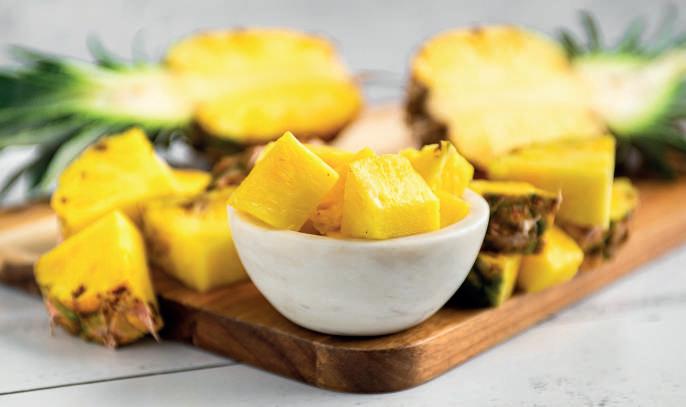
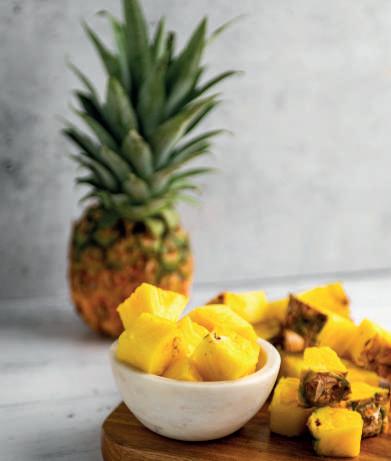
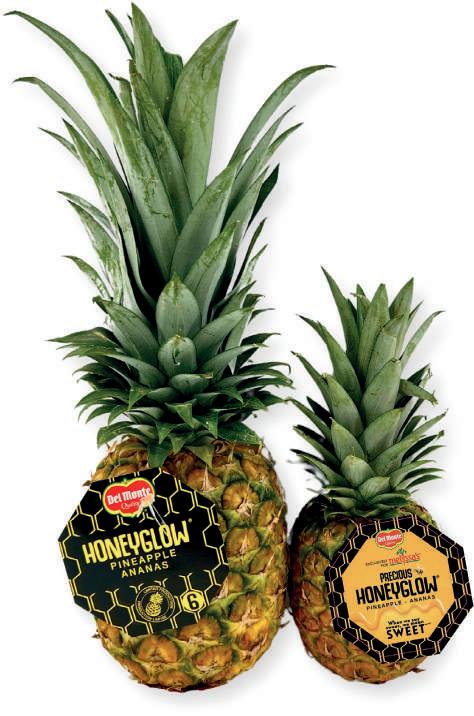
“We are honoured to win the 2024 Mindful Award... it represents our commitment to quality, innovation and sustainability”
packaged goods (CPG) companies and products. According to the organisation, its mission is to honour CPG companies and products that offer healthier choices with an environmental and social consciousness in mind.
The Precious Honeyglow pineapple was selected from thousands of nominations worldwide, across various categories, including snacks, food, beverages, supplements, home products, and more.
“Our product development is focused on offering convenient and enjoyable ways for consumers
to incorporate fresh fruits and vegetables into their daily routines – but we also place a major emphasis on sustainability and eliminating food waste,” said Melissa Mackay, Fresh Del Monte’s vice-president of marketing in North America. “We are honoured to win the 2024 Mindful Award for Precious Honeyglow pineapples because it represents our commitment to quality, innovation and sustainability.”
Del Monte said Precious Honeyglow was the most compact pineapple in its history, weighing between 1.5 and 2lbs, about half the average weight of a full size traditional fresh pineapple.
The pineapple is designed to offer consumers more choice in the variety and size of their fresh pineapple, to suit taste preferences and reduce food waste, it added.

Experience the Legend. Somewhere, nestled in the magical lands of Morocco, you’ll find a hidden, almost mythical treasure – the original tree that brought to life the exquisite Nadorcott mandarin. This treasured fruit is carefully cultivated in secluded, protected orchards that are the birthplace of the variety.
The Association of Moroccan Nadorcott Producers invites you to discover the remarkable story of a citrus revolution and a global sensation. Taste the legend for yourself!
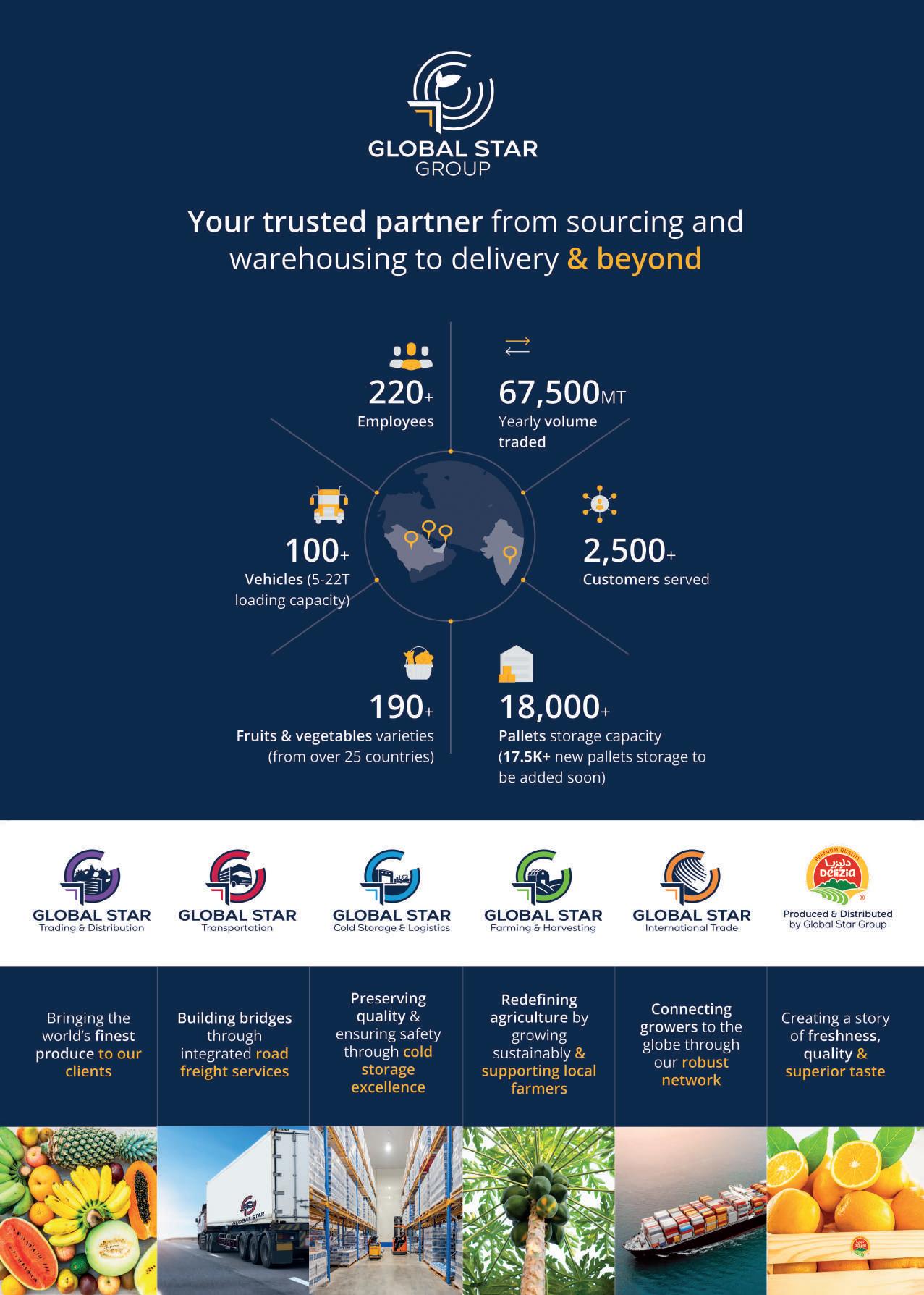
Only the second female CEO to manage South Africa’s table grape industry body, Mecia Petersen has hit the ground running after taking over from AJ Griesel.
by Fred Meintjes
As far as female CEOs in South African fruit industry organisations go, there are not many to name. However, in the case of Sati, the table grape industry body, it is different. The second female chief executive in the history of Sati, Mecia Petersen, has just taken the reigns as the country prepares for the 2024/25 season.
“Colleagues describe me as being able to see the big picture whist still noting the finer details,” says Petersen. “As to my personality, they tell me that it is vibrant, and that I am humble. I consider my leadership approach situational –my natural style is consultative, yet I am decisive when required.”
Petersen started in her new role at the beginning of July, a time for major strategy sessions, including industry consultation and the conclusion of phase one of the logistics model planned to facilitate optimal solutions for the industry.

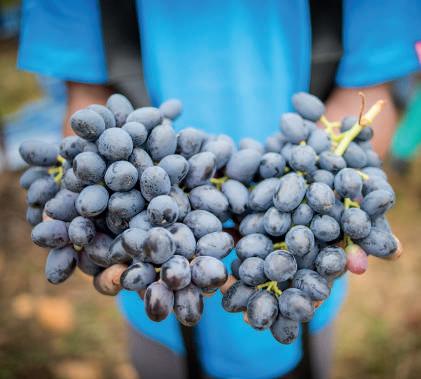
In November the South African grape industry will start exporting what is expected to be a crop well in excess of 70m cartons. By the time the season kicks off, Sati needs to be prepared – and is taking a proactive approach to mitigating the logistical challenges previously experienced.
Yet, within one month, Petersen was already on her way to the US to look at potential opportunities for expanding South Africa’s presence in the market. The EU and UK will remain South Africa’s main export markets and the industry has also made positive progress in the East over the past few years. The US was last regarded as a major market for South African grapes during the early 1980s, although an increase in export volumes has been observed in recent years, with the country displaying a 28 per cent CAGR over
the past five seasons.
“There are always challenges,” Petersen continues. “The table grape industry navigates challenges similar to those navigated by other fresh produce sectors. Climate change and unseasonal weather patterns mean that industry roleplayers need to remain abreast of trends. They need to be agile to adapt on-farm processes when required.
“Market dynamics and rising input costs are important challenges, as is the global logistics
Petersen has taken the CEO role at Sati
BELOW—This season’s crop is expected to exceed 70m cartons
“Climate change and unseasonal weather patterns mean that industry roleplayers need to remain abreast of trends”
landscape,” she confirms. “In this regard it is encouraging to see the progress that has been made due to collaboration between the industry and private sector.
“I value positive stakeholder relations and this is one of the areas I plan to focus on,” Petersen adds. “I am excited at the predictive logistics model project that Sati has commissioned, which aims to reduce stacks during peak grape season weeks. The model will provide the industry with insights that can guide commercial decisions, in the interest of upholding grape quality during peak export weeks.” E
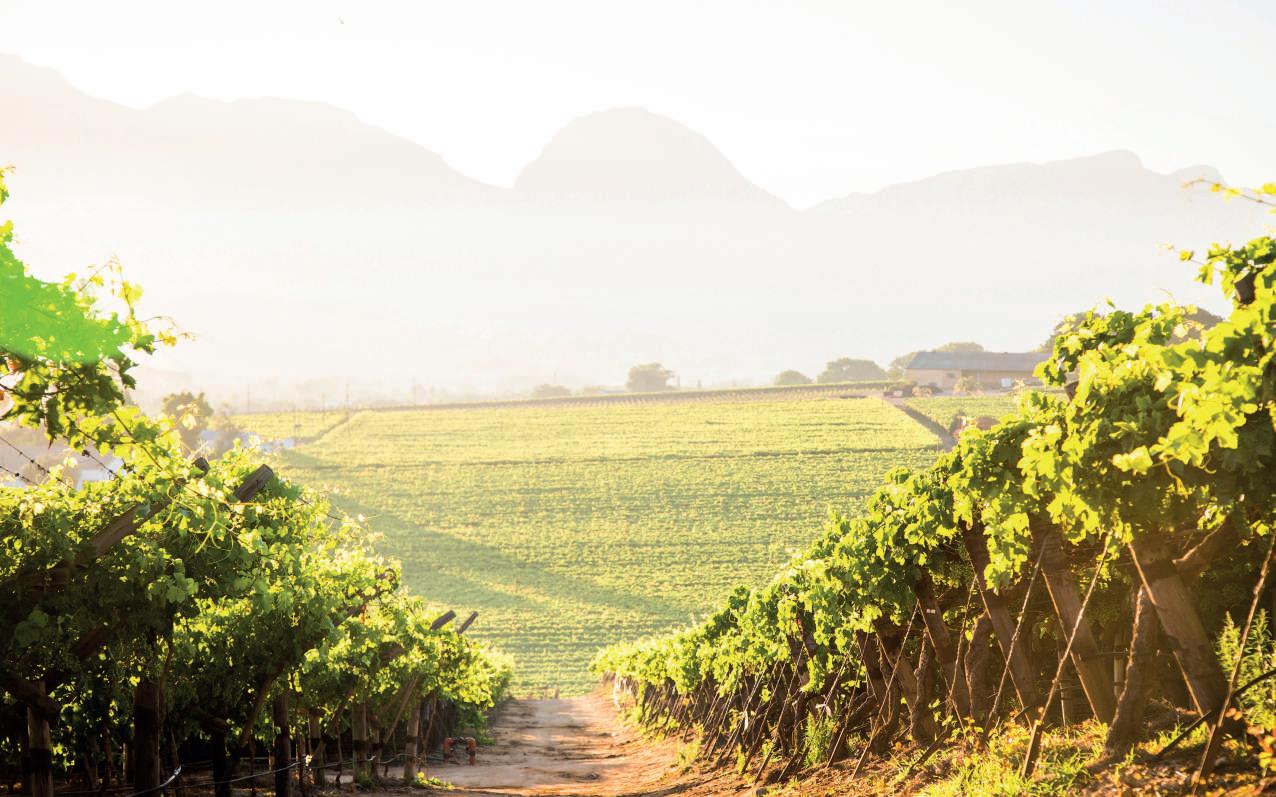
Technical Market Access | Market Development | Research and Technical Transfer | Industry Statistics and Commercial Information | Transformation | Technical Support | Communication and Stakeholder Engagement | Human Capacity and Skills Development. These interventions are aimed at assisting producers to Gain, Retain, Optimise and Widen (GROW) market access.
SATI is funded by a grower levy. SATI is a co-founder and a key supporter in the Sustainability Initiative of South Africa (SIZA).
63 Main Road, Paarl 7646
PO Box 2932, Paarl 7620
+27 21 863 0366
info@satgi.co.za
linkedin.com/company/satgi @sati_sa
satgi.co.za
AS Viljoen en Seuns Boerdery is looking forward to increasing its table grape export crop in the coming season.
by Fred Meintjes
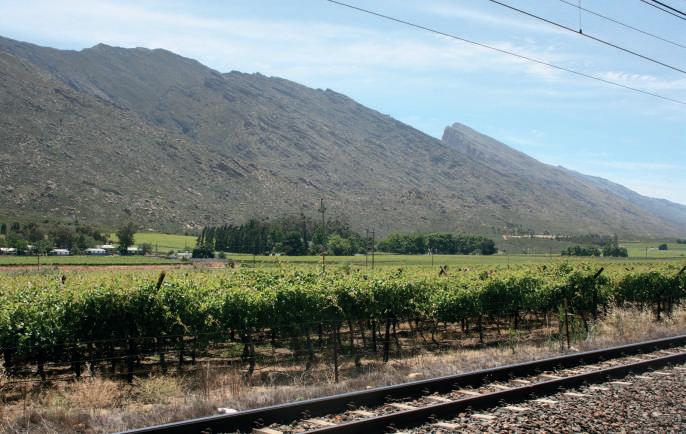
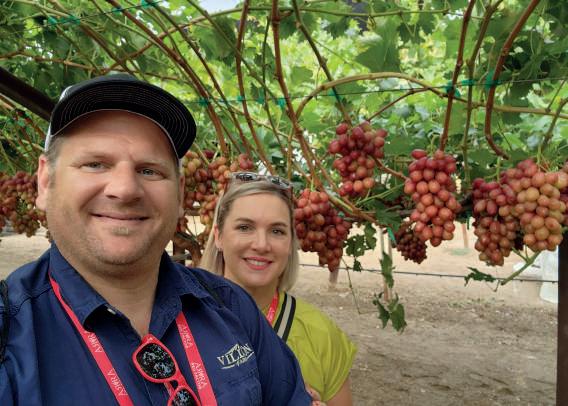
With a 10 per cent rise in table grape volumes expected this season, Hex River Valley-based group AS Viljoen en Seuns Boerdery (ASV) is looking to take advantage of new opportunities in export markets this season.
“We expect a 10 per cent increase in volume for the coming season after expanding in the Hex River region and have a lot of replanted vineyards that are coming into
production,” Anton Viljoen, chief executive of the group, tells Eurofruit, noting that 2024 was a very good season for ASV.
“As a grower-shipper we focus on premium quality fruit,” he explains. “Our aim is to grow bigberry, crunchy and sweet grapes and protect them as much as possible from rain, hail and wind to achieve our marketing goals.”
The group started taking advantage of the US during the
past season and sold 10 per cent of its total crop into the market, Viljoen says.
“We did so very successfully, and this led to a decrease of our volumes to certain UK supermarkets due to the huge cost experience there. We have invested in packing facilities to be on top of our crop to ensure that we only ship the best quality.
“In our plantings we focused on Ruby Rush, Crimson Seedless and AutumnCrisp and we have placed some orders for plant material of the new Sun World varieties that are currently being multiplied by registered nurseries in South Africa,” Viljoen continues. “In the Arra programme there are also some interesting red varieties that were displayed at the field days in California.”
The international market has settled a bit on new varieties, he notes, which makes it easier from a marketing and farming perspective. However he reiterates that new varieties are valuable for grower-
“We have invested in packing facilities to be on top of our crop, to ensure that we only ship the best quality”
shippers. “It gives us the opportunity to sell grapes all around the world,” he says. “With the older varieties, we were more limited to certain markets.”
With table grape consumption increasing, good marketing from most of the breeding programmes is taking place, Viljoen notes, focusing on their trademarked varieties.
“In this respect Sun World is doing a fantastic job on the AutumnCrisp trademark and the new Ruby Rush trademark and the rest will follow. We can see them advertising all over the world and at fruit fairs.”
Vijoen says that, as growers, they need to protect the varieties. The company has added net coverage across 30 per cent of its hectares and will continue to do so in the coming years.
“It protects us from the occasional hail, birds and wind,” he comments. “We also get better size and uniformity. We are also covering in some vineyards
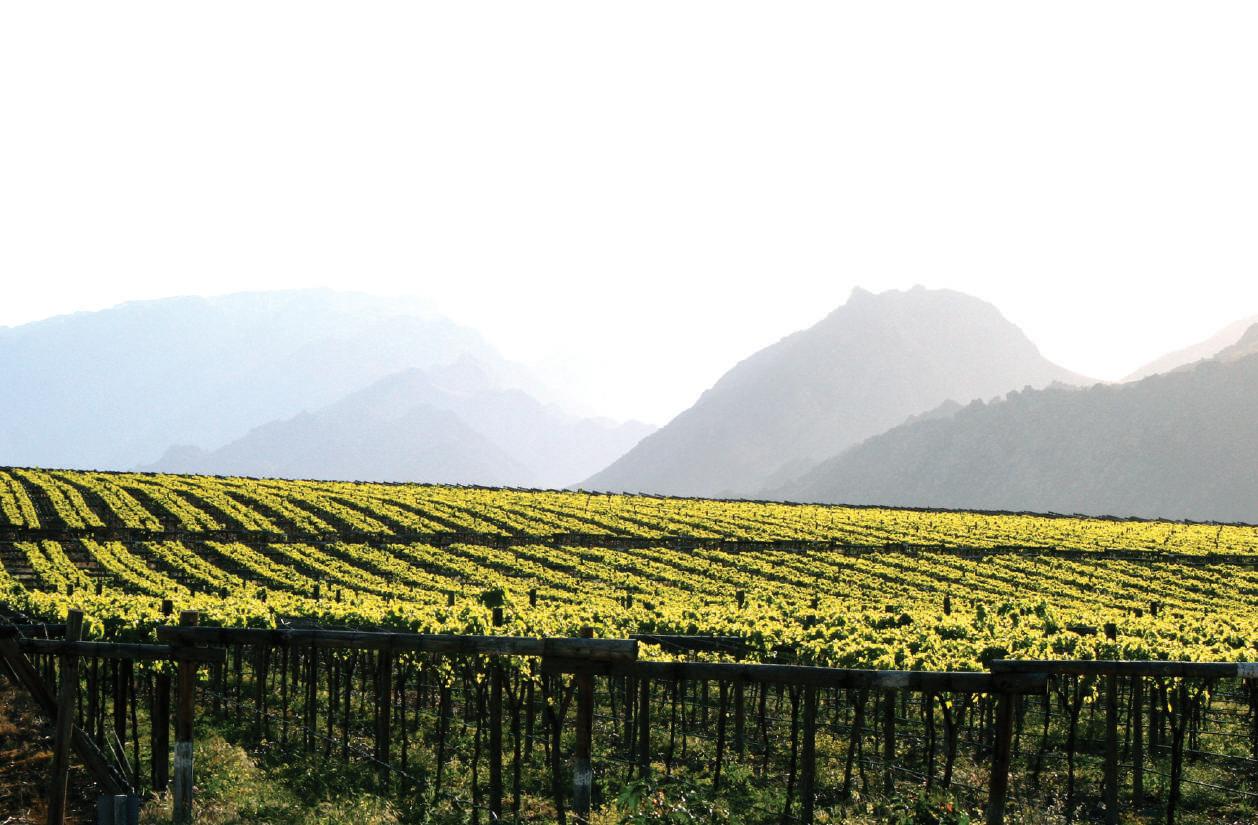
SOUTHERN AFRICA
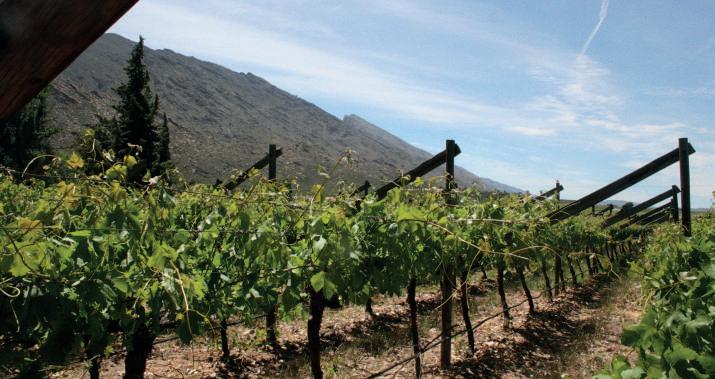
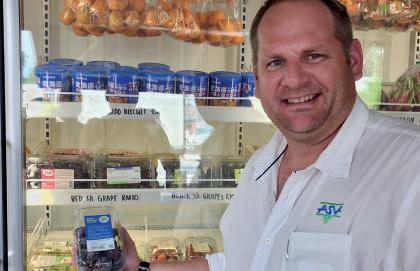
OPPOSITE TOP—ASV is anticipating a 10 per cent increase in volumes
OPPOSITE BOTTOM—Anton Viljoen with his wife Judi
ABOVE—The group focuses on premium quality fruit
LEFT—Viljoen says the international market has settled somewhat when it comes to new varieties
only the bunches for protection of sunburn, blush and birds, with a brown paper bag. We will do this on white seedless like Cotton Candy, Sweet Globe and AutumnCrisp.”
With the current logistics situation, ASV is building its own coldstorage facility to be more flexible when it comes to loading ships and to taking more control over its cold chain.
“We know that the cold chain is very important for grape quality and in the past, we have done plenty of work on dry stems and airflow to ensure quality,” Viljoen adds. “This will help us for cold treatment products for China, the US and Vietnam to shorten the dwelling days in South Africa since we can get the fruit a few days quicker into the cold treatment process in Cape Town to reduce transit time.” E

The port will play an important future role in the country’s fresh produce exports.
by Fred Meintjes
While Namibian grape exporters still have a long way to go until the start of the new season, successful shipments through the port of Walvis Bay point to increased importance for its container terminal in the coming season.
Namibia had a great table grape export season last year, with the harvest reaching preseason forecasts and the early fruit arriving in strong European markets. Most importantly, exporters tried out new logistics solutions, including container shipments through Walvis Bay.
“It worked very well,” says Kobus Bothma of Capespan Namibia, one of the leading growers and exporters in the Aussenkehr region. “The major advantage was that we got our grapes two to three weeks earlier to customers in Europe. This made a substantial difference to
the quality and condition of the fruit on arrival. Namibia shipped about 1m cartons of grapes through Walvis Bay and we are likely to increase shipments along this route in the coming season.”
Aussenkehr is located roughly halfway between Cape Town and Walvis Bay and if there is enough shipping opportunities from Walvis Bay, volumes are likely to grow this season.
In the pre-season much discussion has centred around the progress in introducing new varieties – especially phasing out the old stalwart Flame Seedness, as well as Early Sweet.
“We are looking forward to seeing more of the Sun World varieties since they fairly recently decided to enter our industry,” says Bothma. In the new season, AutumnCrisp will begin to emerge and there will also be a focus on the
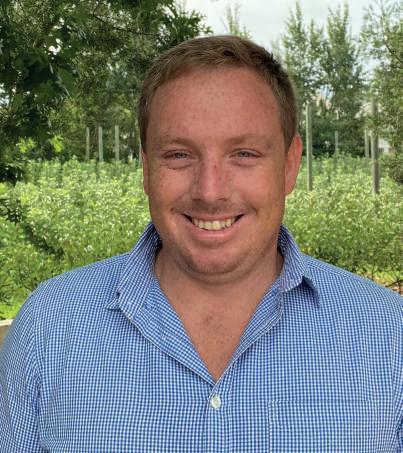
ABOVE—TopFruit’s AJ Jansen van Vuuren
BELOW—The port of Walvis Bay
branded early red varieties. The breeders and cultivar managers of Arra varieties say they also anticipate further progress for Arra in Namibia.
AJ Jansen van Vuuren, table grape manager at TopFruit, underscores the significance of new red varieties. “The Arra varieties bring greater peace of mind for growers facing climatic challenges and looking to maximise their market potential,” he states. The ability to produce high-quality, early, and midlate red grapes that are resilient and market-ready has opened new opportunities for growers in these regions.
“As South Africa and Namibia prepare for another successful table grape season, the excitement around Arra Fire Crunch and Arra Cherry Crush is evident,” van Vuuren adds. “With their superior quality, resilience, and market appeal, Arra red varieties are paving the way for a bright and promising future in the industry.” E

The South Africa-based avocado leader has expanded its footprint into Japan, India and China.
by Carl Collen
Westfalia Fruit has announced a “significant milestone” as it expands its avocado footprint into three major Asian markets, Japan, India and China. The company said the achievement spoke back to its commitment to innovation and sustainability, “positioning South African avocados as premium produce in high-potential regions”.
In a statement, it commended the recent agreement between South Africa and Japan, which it said paved the way for the export of South African avocados to the East Asian nation. The visit encouraged stronger economic relations, Westfalia noted, which resulted in Japan receiving its first consignment of South African avocados, marking “a new chapter in trade relations between the two countries”.
The successful entry into Japan follows the recent lifting of the ban on Hass avocados, a significant development for South African exporters. The agreed-upon protocol requires cold treatment of 2°C for 19 days.
Earlier this year, Westfalia Fruit achieved what it called a “groundbreaking moment” by sending its first shipment of avocados to India. The finalisation of a phytosanitary agreement between South Africa and India marked the culmination of many years of dedicated work to access what is a potentially lucrative market.
India presented a “substantial opportunity” for South African avocado growers, it said, especially during the May to August period
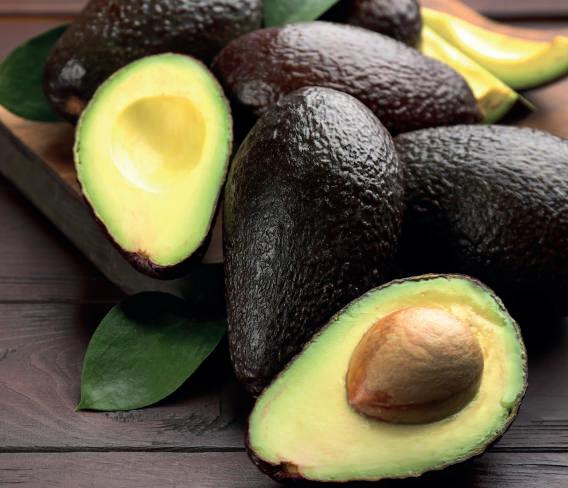

when South American producers typically dominated the market with large volumes of avocados.
With this new access, South African exporters now offered a competitive alternative, supplying large-sized avocados to Indian consumers during a key window.
In addition to its entry into Japan and India, Westfalia Fruit expanded its presence in the Chinese market last year, further enhancing its export portfolio. The company said it had established itself as a trusted supplier of high-quality produce in China, offering not only avocados but a range of fruits.
Graham Young, COO of Westfalia Fruit, expressed enthusiasm for the growing opportunities in Asia.
“The expansion into these diverse Asian markets represents significant growth potential for the South African avocado industry,” he explained. “We are not only introducing our sustainably grown, premiumquality avocados to new consumers but also creating lasting economic opportunities for our growers.”
Young further highlighted that the market openings presented Westfalia with the chance to showcase the “unique flavour profiles and exceptional quality” of South African avocados.
“Our commitment to innovation and sustainability drives us to deliver the best possible produce to our customers, and we are thrilled to bring our avocados to Asia’s dynamic markets,” he noted.
“The South African avocado industry is now positioned at a unique juncture, with new and growing markets set to shape the future trajectory of the industry.” E
TOP—Graham Young, COO at Westfalia LEFT—The group is keen to bring its avocados to the “dynamic” growth markets of Asia
With Moroccan growers looking to extend the raspberry season and consumers seeking out top flavour, Planasa’s Pink Hudson may be the ideal partner for Adelita, according to VitaBlue.
by Tom Joyce
Despite especially adverse weather conditions last season, Adelita, a raspberry variety developed by berry breeder Planasa and launched in 2012, continued to be the best performing variety in the winter season, maintaining its leading position in the segment.
The variety’s success is due not only to its production in this specific window, but also to the yields it is offering, according to Planasa. “Last season closed with a record average of 15 tonnes of fruit per hectare, which has been marketed all over the world,” the company said.
According to Hamid El Maloui, project manager at VitaBlue, part of the VitaSouss Group in Morocco and one of the main raspberry growers in the countries, Adelita has yielded “up to 15 tonnes per hectare
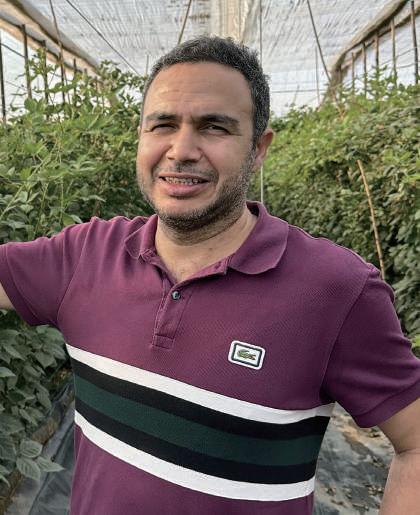
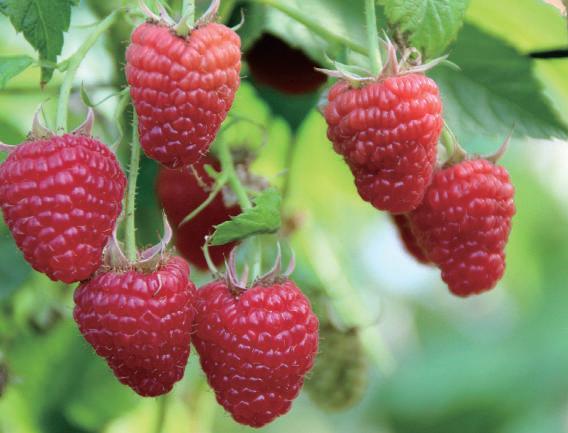
hydroponic, and 13-14 tonnes depending on the farm”.
“Adelita’s planting plasticity and productive capacity continue to be of interest to growers in different geographical areas, especially Spain, Portugal, Morocco and Mexico, where has a strong positioning due to its easy agronomic management and marketing,” Planasa revealed.
“Adelita performs very well,” confirmed El Maloui. “It’s pretty adapted to the area where we grow in Agadir, the south of Morocco, and we still can achieve good yields. We are very satisfied because Planasa’s team have helped us to improve the yields. The weekly visits to farm, the proximity of the team, especially Safwane Allem –Planasa’s sales director in Morocco – have meant a lot to us. They have been very close providing technical support on operations, fertigation and so on. This has made us improve, definitely.”
This is VitaBlue’s third season producing Adelita, and in just two years, the company has trebled its planted area for raspberries, growing from 32ha to 95ha, with almost 90 per cent dedicated to Adelita and the other 10 per cent to Pink Hudson.
“We grow Planasa genetics on 100 per cent of our raspberry
ABOVE—Adelita is well adapted to the southern Moroccan region near Agadir BELOW—Hamid El Maloui, project manager at VitaBlue
surface,” said El Maloui. “These are good genetics. Vigorous and yielding varieties.”
This season sees the launch of Pink Hudson, a primocane variety with very good agronomic and organoleptic qualities that have aroused the interest of the main European retailers, according to Planasa.
“The new genetics are important, the raspberry market is looking for flavour, for premium varieties,” said El Maloui. “We believe this is the only way to improve in sales.
“We need a variety with two cycles to complete Adelita. We want to start early and be producing from the beginning of October till mid-June. This means gaining almost two months, one at the beginning and at the end and cover a bigger production cycle. And it also has good flavour. We say flavour is the fuel of sales.” E
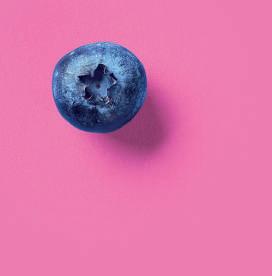









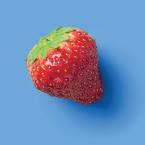

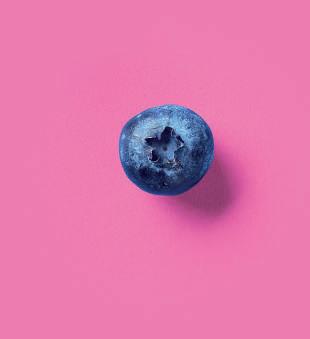
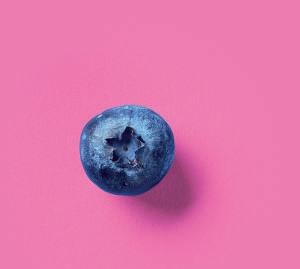

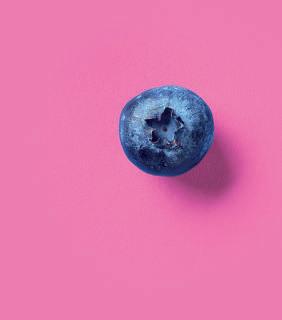



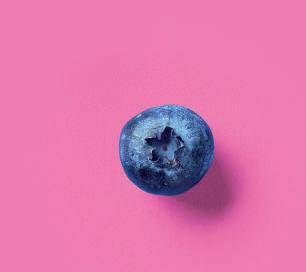





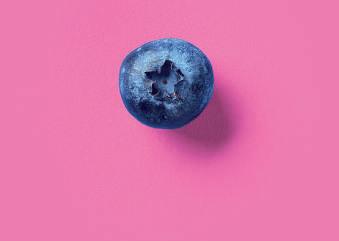





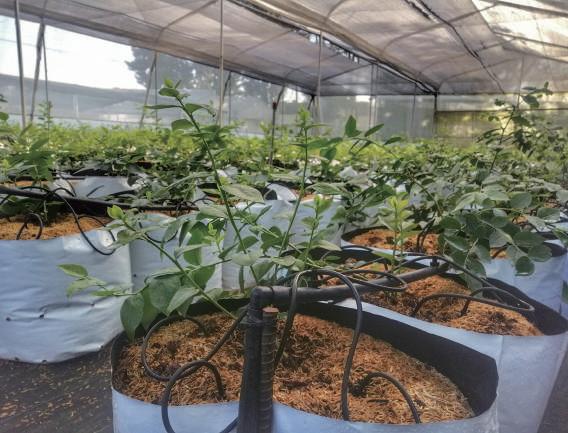
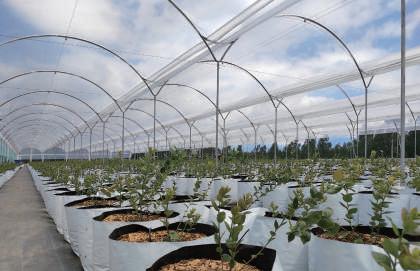
New Fepexa president Luis Ponce believes there is huge potential to boost production and exports.
by Maura Maxwell
The Ecuadorean Federation of Blueberry Producers and Exporters (Fepexa) has elected Luis Ponce, general manager of Nobis Fruit Company, as its new president.
Ponce said that he will work on three axes to achieve the growth of the country’s blueberry industry: encouraging the signing of new free trade agreements to export more blueberries, increasing the number of producers and hectares producing the highest quality product and fighting against fruit smuggling.
His experience at Nobis has led him to encourage the national production of non-traditional products
& BELOW LEFT—Fepexa said it will encourage efforts to ensure that Ecuador’s blueberry production is of the highest standard
and he sees blueberries as a fruit with huge potential for Ecuador. “I don’t think we should grow blueberries just for the sake of it and to generate an income, but to really make Ecuador an important place for the production of this fruit,” he said.
Fepexa said it will encourage efforts to ensure that new acreage is of international standard, so that Ecuador is seen as a supplier of premium quality blueberries.
Ponce believes that with proper management, Ecuador can producer sweeter fruit with a larger berry size thanks to a range of external factors such as its climate. The fact that blueberries can be grown yearround also gives the country a competitive advantage, despite the fact that it currently has just 300ha of production.
Another issue that Fepexa says it will deal with urgently is the illegal importation of blueberries with the aim of educating domestic consumers about the importance of the fruit they are consuming being produced nationally and in optimal conditions.
“It is not simply a matter of protecting blueberry producers at a local level, but also the consumer who buys fruit without knowing how it has been grown, harvested or transported,” he said.
Fepexa said it will work hand in hand with the government and supermarkets to prevent illegally imported blueberries from being sold in the country.
Similarly, Ponce said he will try to encourage the signing of free trade agreements to allow Ecuadorean blueberries to reach more international markets.
Currently, they are exported to the US, Europe, and Asian markets like Singapore, Malaysia and Hong Kong. However, he sees opportunities in larger markets, and efforts are already underway to agree a phytosanitary protocol with China, taking advantage of the recent signing of the FTA with that country.
“Our intention is also for blueberries to be included in a potential FTA that is signed with South Korea. We believe that these two markets are going to be important considering the quality of the fruit that Ecuador has,” Ponce said. E
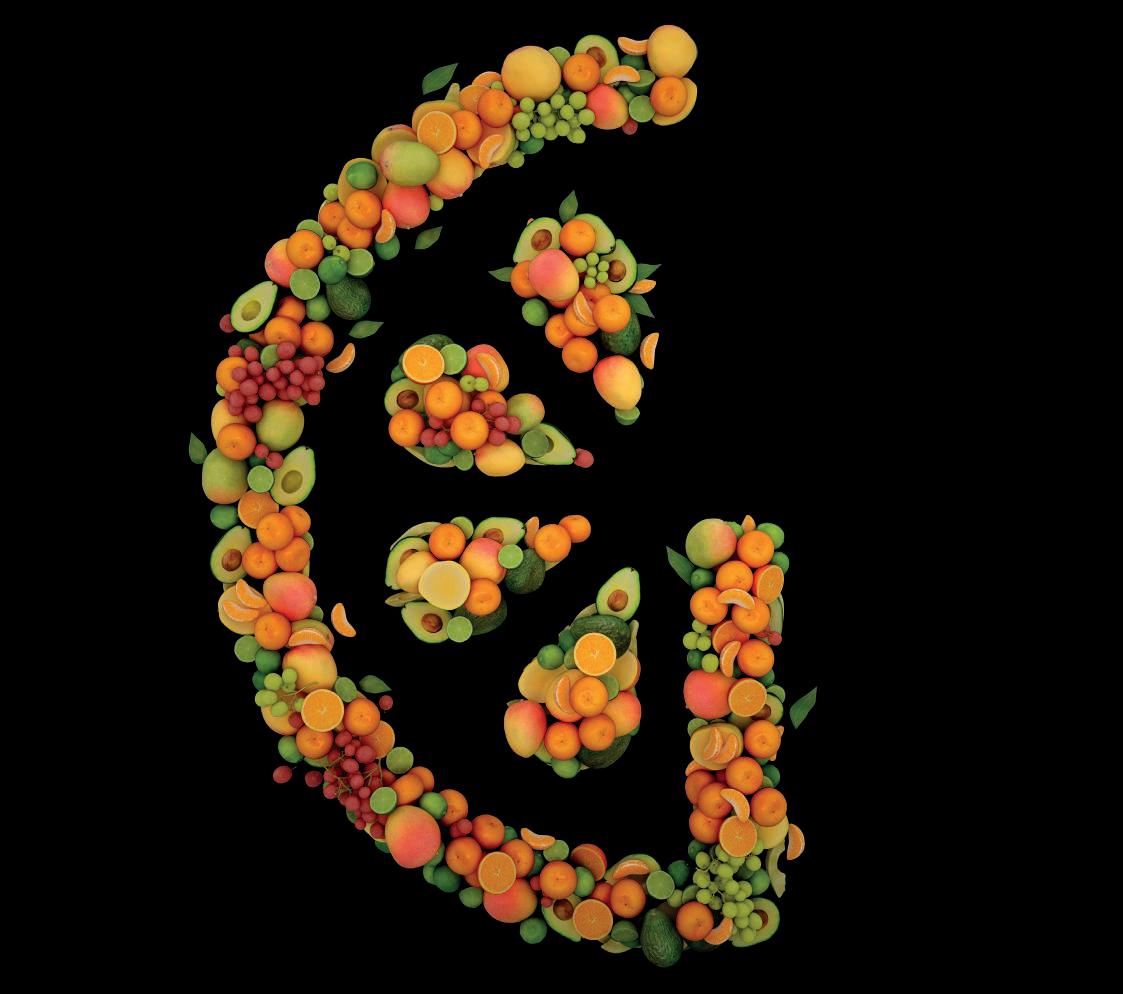
In tests, the device resulted in a 7 per cent increase in productivity and an 87 per cent reduction in fruit losses in manual harvesting.
by Maura Maxwell
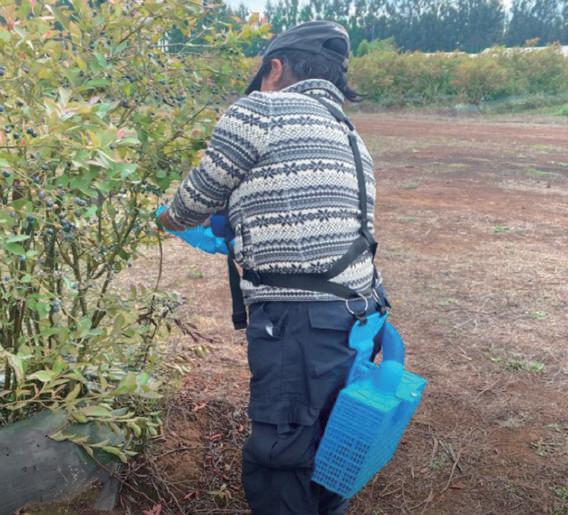
Chile’s Catholic University of Temuco (UCT) has developed an innovative manual harvesting tool for blueberries that it claims can increase productivity and improve working conditions for pickers. According to its inventors, Javier Ignacio Dueñas and María Paula Simian, the device has been designed to adapt to different body types and ergonomic conditions, allowing workers to harvest blueberries faster and with less effort.
It features an adjustable fastening system that adapts to the worker's body, minimising physical effort and reducing the risk of injury in the cervical and lumbar areas.
The device also includes a light and resistant receptacle that stores the blueberries without damaging them, preserving the fruit's protective bloom. Its modular design facilitates cleaning, maintenance and adaptation of use to different sizes and varieties of blueberries.
And because it is made with recycled polymers, it is durable even under the high temperatures of the harvest season and ensures a long life in demanding field conditions.
Field tests carried out under different conditions showed a 9.7 per cent increase in productivity, along with an average 50 per cent increase in the worker's harvest speed. Moreover, it reduced fruit
BELOW LEFT—Seasonal workers using the device say they experienced a marked decrease in muscle fatigue
BELOW—Blueberry harvesting is extremely labour intensive
losses during the manual harvesting process by 87 per cent.
Furthermore, seasonal workers using the device experienced a significant decrease in muscle fatigue, preventing future musculoskeletal injuries and pain in areas such as the lumbar spine, cervical spine and scapulohumeral joint, common in traditional harvesting.
Simian said the tool represented a major advance in manual blueberry harvesting. “It has been and specifically designed to improve both the harvesting process and the working conditions of the harvester, prioritising worker health and the efficiency of the production system,” she commented.
“Thanks to this tool, we will be able to ensure faster harvesting with less effort, significantly reducing fruit losses and work-related injuries among harvesters. We are committed to innovation that not only optimises processes but also takes care of our people. This development is a step towards more sustainable and humane agriculture.”
Dueñas added: “This achievement is a clear reflection of how science and technology can work together to solve real challenges in our society, making agriculture more sustainable and respectful of those who cultivate our land”.
Simian, Dueñas and the UCT said they will continue to improve the tool and launch it both nationally and internationally. E

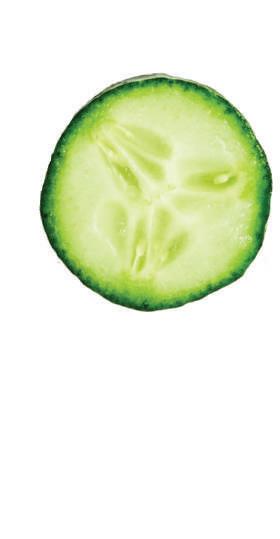

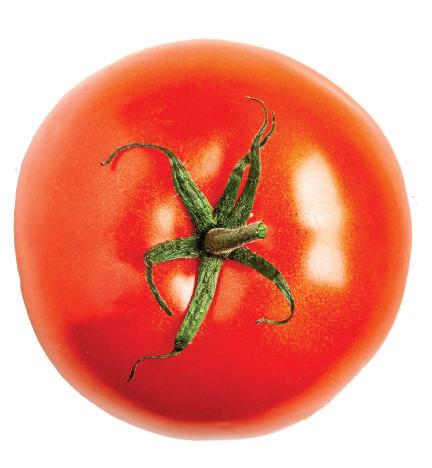
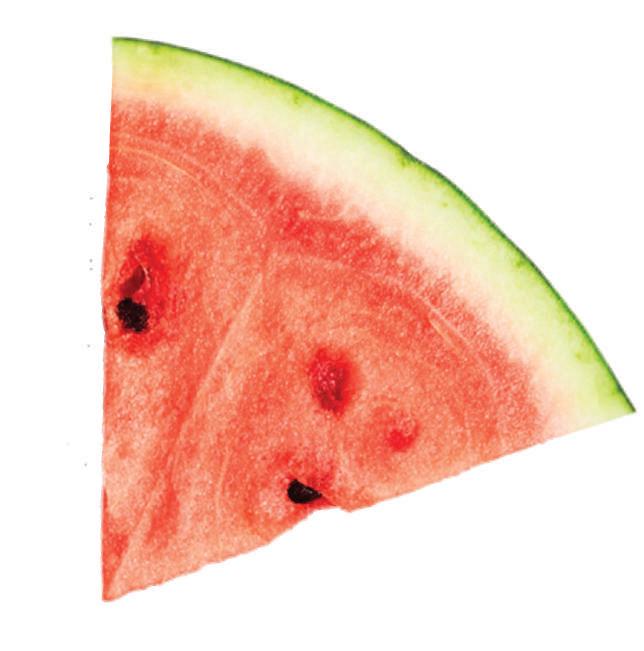
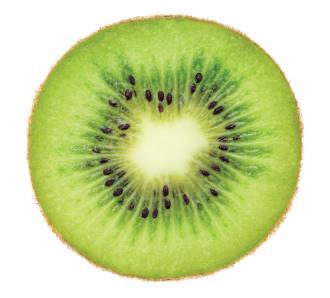
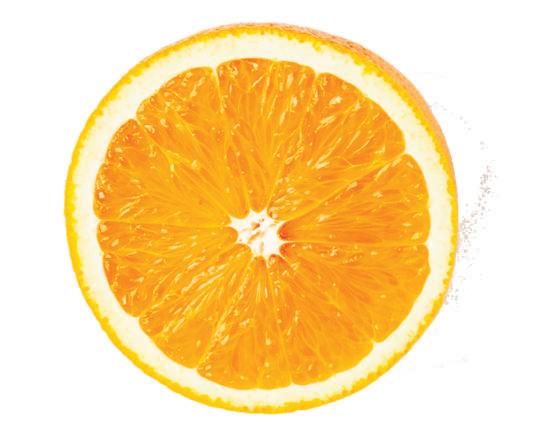

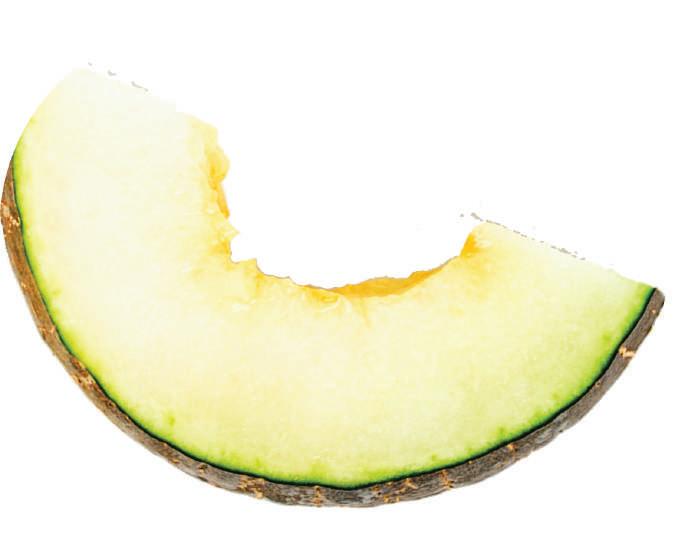


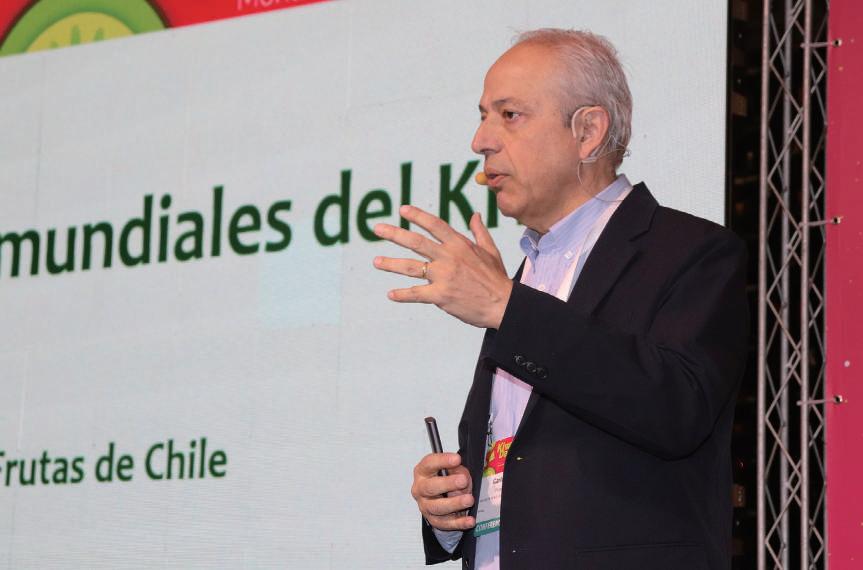
Improving the quality and consistency of the country’s kiwifruit offer was the main focus of the event.
by Maura Maxwell
Almost 500 producers and exporters took part in Chile’s first-ever Kiwi Day this week. The event, organised by the Chilean Kiwifruit Committee and RedAgrícola, was an opportunity for the sector to analyse the challenges its faces to improve the quality of its kiwifruit offer and make the industry more commercially and economically sustainable.
Kiwifruit Committee president Carlos Cruzat said Chile must improve the quality of its green kiwifruit if it is to compete at a global level. “We have New Zealand that offers a very good product, which is increasing its supply of
yellow kiwifruit and decreasing its supply of green fruit. The Europeans harvest later and arrive in good condition, therefore, we have to work to deliver a great product,” he said.
Regarding the new varieties, Cruzat noted: “There we have a more complex challenge, which has to do with all the difficulties we have faced to maintain the plantations successfully. We have been testing new varieties for 20 years, so, to move forward in facing this problem we have to work together. What comes next is that we share that information and prepare ourselves so that these new varieties become successful.”
LEFT—Carlos Cruzat, president of the Chilean Kiwifruit Committee
OPPOSITE—Around 500 growers and exporters took part in the event
Ignacio Caballero, marketing director of Frutas de Chile, highlighted the need to better understand the consumer and where they get their information. He said the digital revolution had transformed the way people consume, and that social media has created a great opportunity to reach different types of consumers, particularly young consumers.
Caballero also stressed the importance of maintaining and strengthening promotional actions. He pointed out that Chile invests around US$390,000 to market its kiwifruit internationally, while Zespri’s promotional budget exceeded US$100m.
In his analysis of the global kiwifruit scenario, Jean Baptiste Pinel of Primland France said the fall in production created both opportunities and challenges for Chilean kiwifruit: “Chile has made a good decision to fight not to harvest early fruit, to accumulate more brix, which is appropriate. I know that it is more attractive to harvest early because you can get better prices, but the consumer will not return after a bad experience.”
He said Chile could set the benchmark in green kiwifruit, provided the quality is right. At the same time, he noted that “Chile must definitely explore new varieties, especially in yellow kiwifruit, since the world is going in that direction”.
Álvaro Herreros, deputy manager of Garcés Fruit, said that the entry of new players like Iran made it more important than ever for Chile to focus on quality.
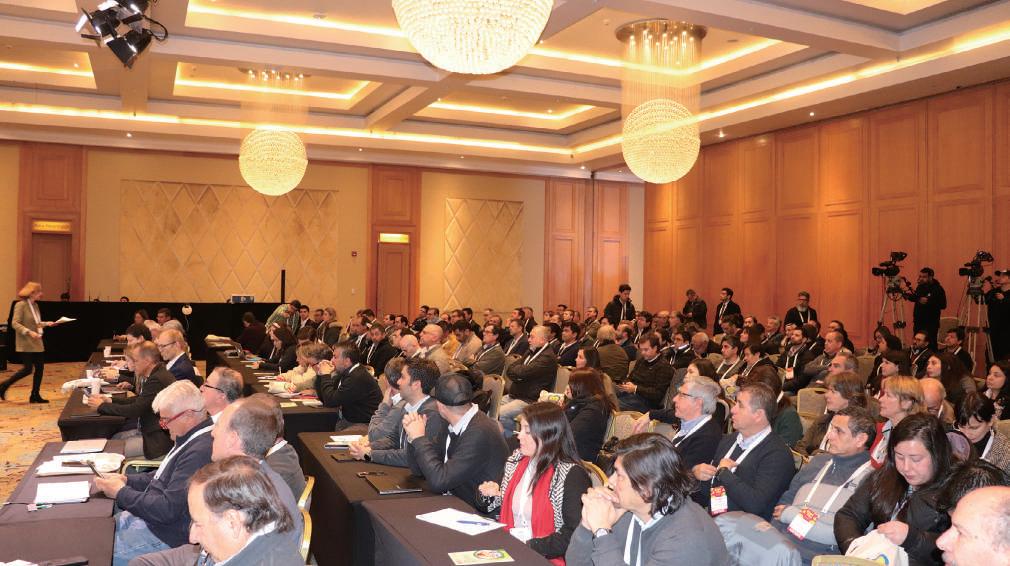
“The industry has a short-term view, where for example we do not know what the client from Brazil or other markets wants. We are so busy chasing clients, we do not build a brand. We are not listening to the real needs of consumers or transmitting those needs to producers to develop this fruit,” he observed.
“The time to invest is today, because we are going to compete with more green and yellow kiwifruit. We need to renew the industry now, and not regret it later without knowing what to do. We have to have the best possible fruit, well developed in the field, because the packhouse is not a hospital.”
Is it possible to replicate the New Zealand experience in Chile? That was the question that postharvest experts María Paz Márquez of Greenvic and Graciela Valdés of David del Curto sought to answer during their presentation.
Based on observations from the recent visit to New Zealand organised by the Kiwifruit
Committee and Zespri, Márquez said: “In New Zealand, producers have an average of 3.8ha of kiwifruit, compared to Chile, where the average is 14.3ha. In New Zealand, the producer is small but specialises in kiwifruit and is dedicated only to this crop, unlike in Chile, where producers also produce other fruit crops”.
Márquez and Valdés agreed that Chile could adopt certain NZ practices and simplify some processes, such as packaging. But they stressed that progress must be made to improve the fruit’s quality, consistency and appearance.
Dr Juan Pablo Zoffoli pointed out that in order to improve the quality of its kiwifruit, it would be “more important to pay producers for dry matter than for size”.
Delegates were also told about the committee’s new Kiwifruit Management Platform, a free service for the entity’s members that integrates critical information for decision-making by producers and exporters.
“The time to invest is today. We need to renew the industry now, not regret it later without knowing what to do”
Elizabeth Köhler, the committee’s technical advisor, said the tool made it possible “to access all the standardised and validated information for producers, exporters, advisors and professionals in the sector”.
Elsewhere, the possibility of producing new genetics in the country was addressed. Project management supervisor Cherie Méndez presented the Corfo project, which sets out protocols and selection methodologies for the establishment of genetic material for commercial use in Chile. She said new varieties have not had good results in Chile, a problem that this project faces in order to offer national production alternatives to the predominant green Hayward variety. The project’s recommendations will soon be available in a committee publication.
Regarding the possibility of adopting new varieties in the country, Jordi Casas, technical director of Caducos, commented that “the development of new varieties will come to us no matter what. The same thing happened to us with apples and stonefruit, and today we have a few years to be aware of the new varieties, where we have to join forces to get to know them, in green varieties but also not to leave aside the yellow or red ones”. E
KIWI BERRY
The mini kiwifruit is increasing in popularity in countries that eat a lot berries, according to Sofruileg’s Jean-Pierre Caruel, with growth in that category boding well for Nergi.
by Tom Joyce
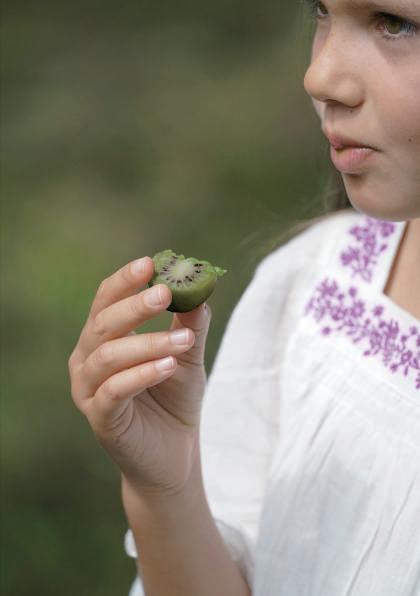
Consumption of Nergi mini kiwifruit is rising steadily in northern European markets, according to Jean-Pierre Caruel of brand owner Sofruileg’s innovation department. The sweetsour kiwi berry appears to do well in all those places where consumers eat a lot of berries, he reveals.
The main market for Nergi is Germany, which accounts for up to half of sales, followed by Scandinavian countries including Denmark and Sweden.
“These countries are used to eating a lot of berries,” says Caruel, “so it's much easier for us to drive sales of Nergi in these kinds of markets.”
In France, the berry category is less dynamic, and so Nergi’s development in this market has been slower, Caruel believes. “Developments in berries are always good for Nergi, due to the snacking
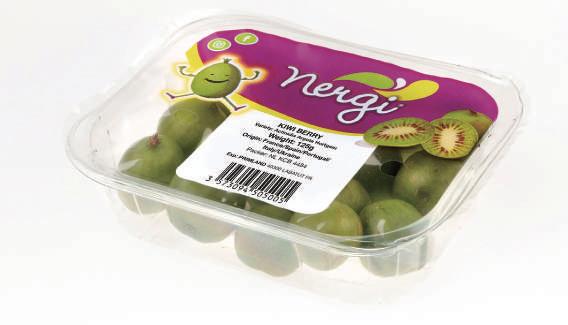
connection,” he says. “Although French and Italian consumers appear to be adopting the product more slowly, consumer habits are changing and the outlook for development is favourable.”
According to Caruel, consumers choose Nergi for different reasons, be that taste, health or convenience, and luckily for them, volumes are on the rise.
“This year, over 10m 125g punnets are expected to hit the shelves,” he says, “mainly from our orchards in Portugal, Italy and France.”
A significant promotional budget has been put behind a campaign to boost brand awareness on social media, including using a network of European influencers.
“We have to invest in marketing operations to develop new markets, as this is a new product,” states Caruel.
This year, the brand’s message reportedly revolves around a new concept, “Small fruit, max effects”, with promotional efforts geared directly to the consumer and campaigns tailored to each market segment, including incentives for consumption.
Nergi mini kiwifruit are expected to be available from mid-August until mid-November, with distribution controlled by three approved sales operators, Ortofruit Italia in Italy, Portprimland in Portugal and Primland in France. E
PICTURED—Nergi is available from midAugust until mid-November
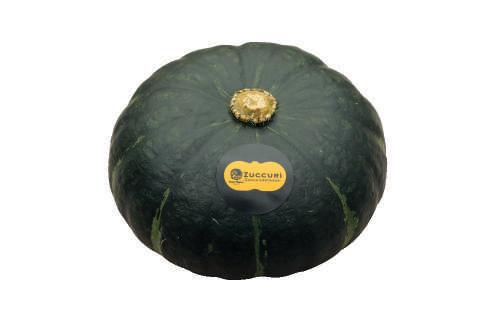
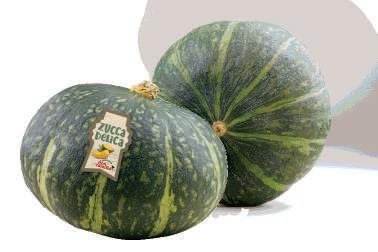



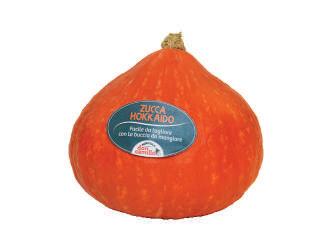

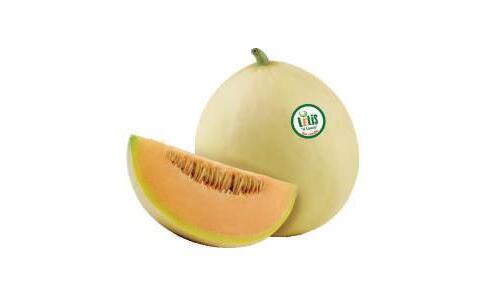

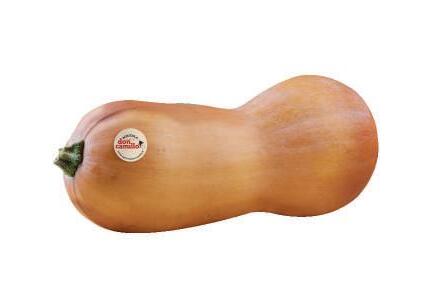


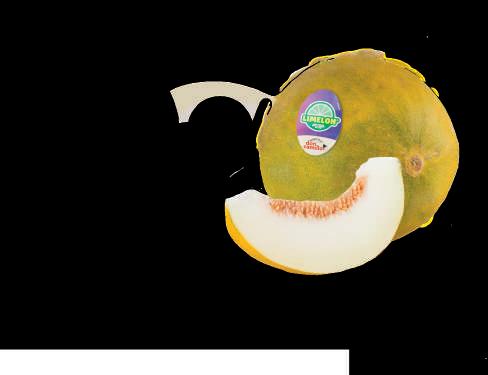



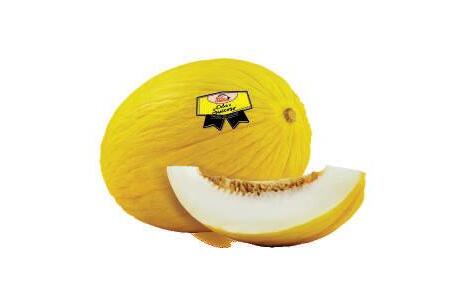



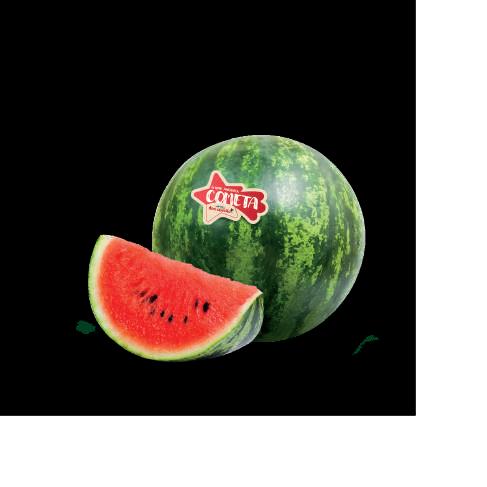
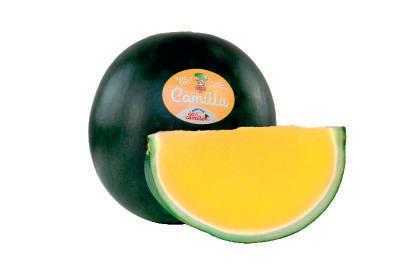


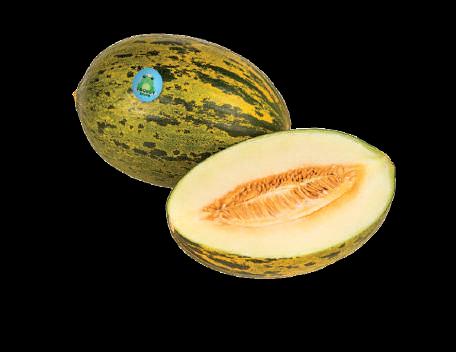

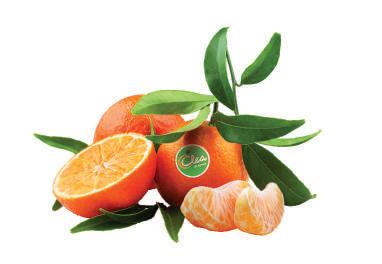

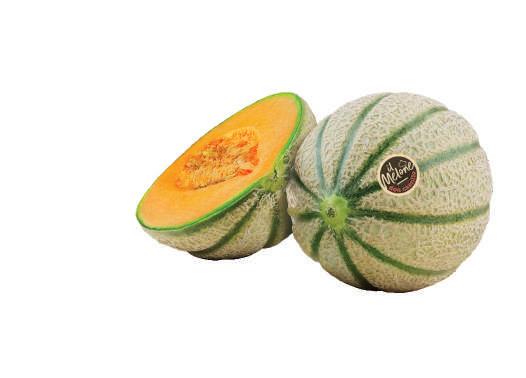







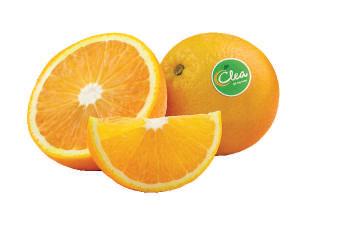


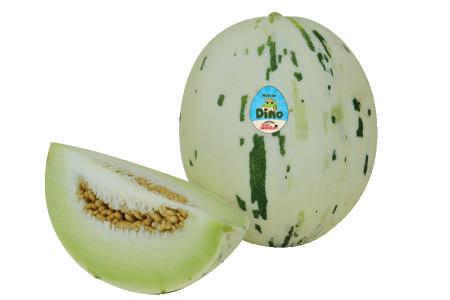

Eurofruit catches up with Maggie Peng, marketing director of leading Chinese fruit and vegetable exporter Onedayone Group, as it marks its 20th anniversary year.
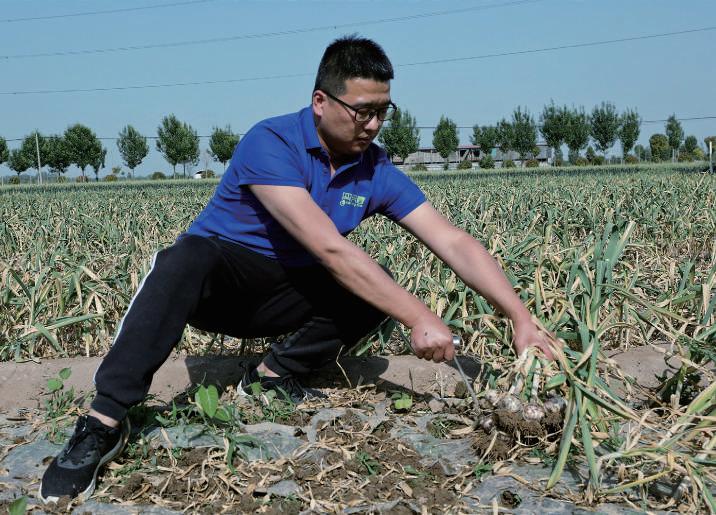
Maggie, congratulations on reaching your 20th anniversary. How has the business grown and developed in that time?
Maggie Peng: From our humble beginnings with apples, we’ve expanded our portfolio to include over 40 fruit and vegetable varieties, showcasing our versatility and growth in the market. Our global footprint has significantly broadened, extending from our roots in China to strategic locations in the UAE and the Netherlands. Our team has grown from 20 dedicated staff members to a dynamic multinational workforce of around 200, reflecting our expanded reach and expertise.
We have transformed from
a traditional exporter into one of the key players in the fruit and vegetable sector in China, seamlessly integrating agricultural practices, processing techniques, and a comprehensive supply chain.
With our current export volume exceeding 2,500 containers of fresh produce, we’ve established ourselves as a pivotal supplier of pomelos and ginger to the European market.
Onedayone has been at the forefront of developing exports of Chinese fruit to other parts of the world. Would you say that China’s reputation as a supplier of quality produce has grown during that time?
MP: Over the past two decades,
BELOW LEFT—Quality checks being carried out in a garlic plantation OPPOSITE—The company’s facility in the Netherlands
China has made significant strides in the global fruit and vegetable market. It produces approximately one-third of the world’s fruit and half of its vegetables, making it the largest vegetable exporter and the eighth-largest fruit exporter globally. This remarkable growth underscores China’s expanding role in the international produce industry.
Despite these advancements, there is still a considerable gap between Chinese produce and international standards in various areas, such as variety cultivation, management practices and marketing to name just three.
Chinese produce is increasingly recognised for its “value for money,” particularly in bulk products like apples, pears, pomelos, ginger, and garlic. However, the sector lacks a leading brand, which presents both a challenge and an opportunity for growth.
We are witnessing a notable evolution in the industry. Residue control awareness, for example, has significantly improved in the local community. Moreover, the industry is benefiting from supportive government policies. As a result, the industry is attracting substantial investment and this is driving advancements in technology, management, and industrialisation.
We’re seeing a shift in export focus from traditional products like apples, pears, and citrus to a broader range of premium products including table grapes, berries and many more.
More local Chinese brands are exploring export markets, aiming to introduce high-quality, premium produce to the global stage.
At Onedayone, our mission is to enrich lives with conscientiously sourced produce. As a leading exporter, we are committed to enhancing our products across
every stage of the supply chain. We are pioneering efforts to help local farmers grow produce that meets European retail standards.
These advancements are set to elevate the reputation of Chinese agricultural products, and we aspire for Onedayone to be synonymous with high-quality, reliable, and value-driven produce in the minds of consumers worldwide.
What are your main export markets today? Are there any new markets that you are targeting for expansion?
MP: Our primary export markets today are Europe and the Middle East. Rather than expanding into new regions, our aim is to go deeper and do better in these key markets. This strategy involves continuous investment to enhance the quality of our products and the level of service we provide to our customers in these regions. By concentrating on Europe and the Middle East, we aim to build stronger, more sustainable relationships and deliver even greater value to our partners and consumers in these markets.
China produces some unique fruits and vegetables that are quite unfamiliar to western palates. Do you think there is potential to grow demand for these products?
MP: Yes, there is significant potential to increase demand for unique Chinese fruits and vegetables in Western markets. Fruits like kiwifruit, peaches, and plums, which are now popular worldwide, originally came from China and have become staples in many parts of the world.
Chinese produce companies have traditionally been supply driven and focused on neighbouring countries that share similar culinary cultures. We need to shift our approach to be more market-driven. This means leveraging local resources to deeply understand the preferences, dietary habits and consumption occasions of Western consumers. By doing so, we can better align our products with their tastes and lifestyles, creating stronger resonance and acceptance.
Continuous improvement of our supply chain is crucial. Our facilities in the Netherlands and Dubai have already significantly enhanced our ability to serve customers in Europe and the Middle East. We plan to build on this success by further expanding our infrastructure and capabilities, increasing the visibility and availability of our products to reach more consumers.
At the same time, maintaining high safety and quality standards remains fundamental. As we
introduce these unique products to new markets, safeguarding the integrity of our supply chain and the safety of our produce is paramount to building trust and ensuring long-term success.
By focusing on these areas, we hope that, over time, more people will come to appreciate and enjoy our unique Chinese fruits and vegetables, contributing to healthier and more diverse diets worldwide.
What key projects do you have lined up for the rest of 2024 and beyond?
MP: We are in the early stages of forming an international sourcing team. Leveraging our 20 years of expertise in quality control and supply chain management, this team will be dedicated to better serving our customers by expanding our product offerings and ensuring top-notch quality across all markets. This initiative aligns with our commitment to enriching lives with high-quality produce.
These projects reflect our ongoing dedication to innovation, quality, and customer satisfaction, as we continue to grow and evolve in the global marketplace.
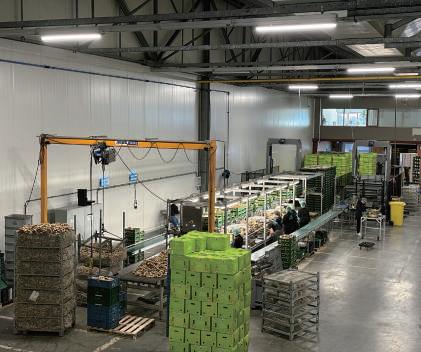








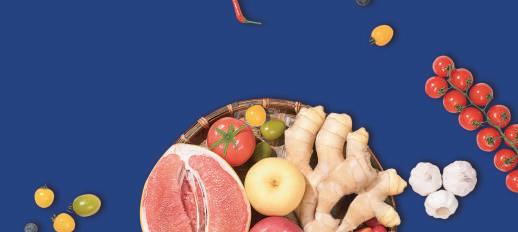




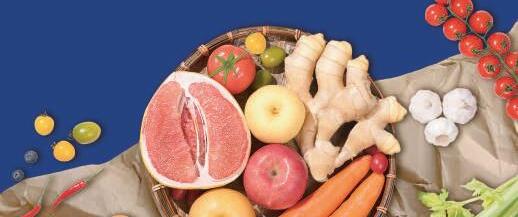
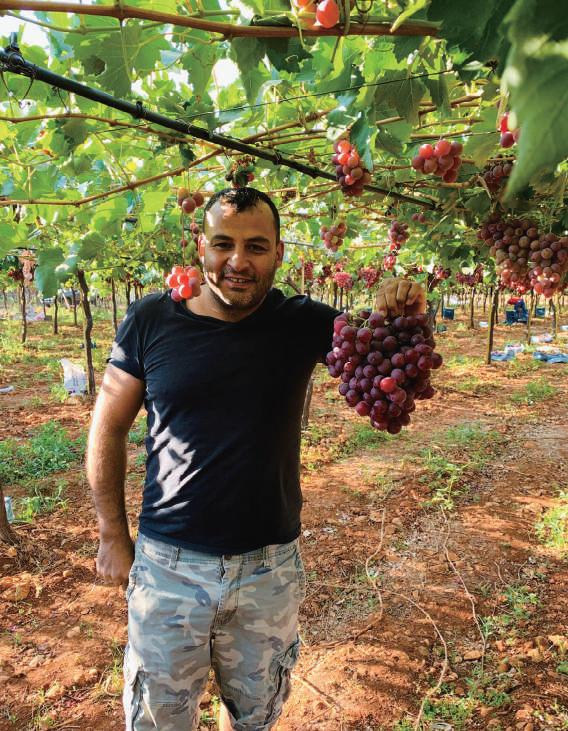
LEFT—Mehdi Awdi, owner of Awdi Gardens
BELOW—Vice president Ghassan Awdi with sister Dalia
Awdi Gardens is planting new grape and cherry varieties, as the Lebanese grower-exporter looks to widen its offering, but various challenges mean export growth will be gradual.
by Tom Joyce
New plantings at Lebanon’s Awdi Gardens are set to add not just the newest grape varieties to the company’s portfolio, but also popular cherry varieties, as the company looks to expand, not least in Asian markets.
“Our very first markets for Lebanese grapes were in Asia,” said vice president Ghassan Awdi. “We want to continue growing in Malaysia and Singapore where we are well established. But we also hope to use this opportunity to find and access new markets such as Vietnam, Thailand and Indonesia.”
The company hopes exhibiting at Asia Fruit Logistica in Hong Kong will give it a breakthrough in the region. “We want to reconnect with our customers and use this opportunity to properly plan the upcoming season,” said Awdi. “Although we are limited in the number of countries that have established protocols to import Lebanese grapes, we believe our
customers in Asia have become accustomed to Lebanese grapes, and they are always included now as part of their supply programmes.”
In recent years, Awdi has exported limited volumes of fresh cherries, kiwifruit and stonefruit, as it looks to expand its portfolio. However, various challenges mean exports are likely to remain fairly stable.
“Due to the ongoing situation in Gaza and the disruptions via the Red Sea, we believe we will have to take a more conservative approach in terms of the volumes we export this year,” said Awdi. “Instead, we will be looking to supply a higher percentage to the local market.”
According to Awdi, the Red Sea crisis has doubled the transit time to Dubai. “Last year, it took seven days to Jebel Ali port,” he explained. “Now it is 17 days. We will focus on exporting varieties that are suited to longer journeys.”
Another challenge for the company’s exports to Asia is competition from China. “Chinese grapes have become extremely cheap,” said Awdi. “They are supplied in massive quantities and benefit from lower costs.” E
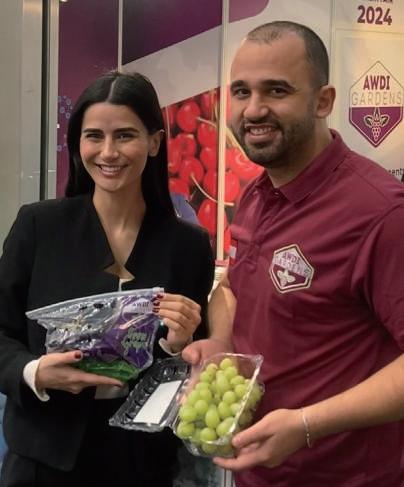
Eurosemillas appeal against Nadorcott mandarin variety rights dismissed by the General Court of the European Union.
by Liam O’Callaghan

Nadorcott Protection (NCP) has achieved a legal victory with the General Court of the European Union dismissing a Eurosemillas appeal challenging the rights to the Nadorcott variety.
On 11 September 2024, the General Court of the European Union endorsed NCP’s position and dismissed the appeal lodged by Eurosemillas against the decision of the Board of Appeal of the Community Plant Variety Office (CPVO), which rejected the nullity application filed by Eurosemillas.
The judgment highlighted that the CPVO and its Board of Appeal reached their conclusions after having collected and analysed sufficient evidence, and that Eurosemillas’ allegations against the assessment of the evidence are vague and do not even identify any error of appreciation by the CPVO or its Board of Appeal.
This decision of the General Court entails that, for a third time in a row, the validity of the Nadorcott’s rights has been confirmed against Eurosemillas’ claims.
Such decision comes after the Board of Appeal of the CPVO, rejecting Eurosemillas’ position, ruled that there are only two differences between the Tang Gold variety and Nadorcott and after the International Union for the Protection of New Varieties of Plants (UPOV) confirmed in the
ABOVE—For the third time, the validity of Nadorcott’s rights has been confirmed
Explanatory Notes on Essentially Derived Varieties the position held by NCP from the beginning on the concept of essentially derived varieties.
NCP’s Mohamed Benbiga stated: “NCP holds valid rights over the Nadorcott variety and we will not permit the breach of our rights to go unchallenged.” E
In this moment of profound sadness, we come together to honour the remarkable life of engineer Alaa Kamel Diab, the visionary leader of Egypt’s Pico Modern Agriculture, who died in late August.
by Salma Diab
Alaa Kamel Diab was a visionary and a pillar of strength whose immense passion for agriculture was outmatched only by his love for his family and his community. His untimely passing is a significant loss, not just for those who knew him personally, but for the entire agricultural community at large. Eng. Alaa built on the foundations laid by his esteemed father, Dr Kamel Diab, and devoted his career to expanding his family’s legacy into one of global repute and excellency – a success that became the hallmark of his career.
His innovative approach and bold vision led to significant breakthroughs, particularly with the introduction of the avocado crop in Egypt, a product once unfamiliar to many, which he transformed into what is now a flourishing industry for export. Under Eng. Alaa’s leadership, table grapes underwent a remarkable transition from a modest local crop to one of Egypt’s foremost exports, marked by his adamant pursuit of varietal development. His keen eye for novelty fostered the great success of high-demand strawberry varieties, berries, stonefruit varieties and exotic produce, reflecting his unwavering commitment to nurturing relationships with leading R&D centres and programmes and renowned plant genetics producers worldwide.
Eng. Alaa’s contributions to
agricultural techniques pioneered the establishment of Egypt’s first tissue culture lab, transforming and modernising plant propagation practices across Egypt. Moreover, he led the modernisation of agritechniques via sustainable energy practices, and reduction of water usage while maximising yields, benefiting both the environment and farmers. His vision during his time at Pico led to its transformation from a family-run farm into a professionally governed institution dedicated to agricultural innovation. Above all, Eng. Alaa was celebrated for his kindness, generosity and humility. He empowered his team to operate freely, surrounding them with an unwavering shield of support, and his genuine care for those around him fostered a culture of collaboration as well as timeless friendships. He always believed that the foundation of a strong institution lay in the quality of its human capital as well as the ability of individuals to come together and work as a team in harmony. He promoted a culture of respect, altruism and unity.
Eng. Alaa selflessly shared his extensive knowledge in and out of agricultural practices, believing in the development of the surrounding community at large. Beyond his professional achievements, Eng. Alaa was a mentor who was always ready to lend a helping hand to those in need. He empowered countless individuals through education
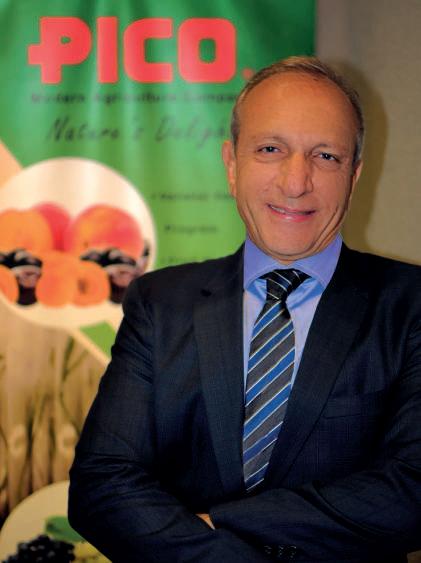
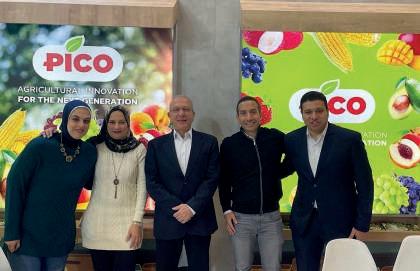
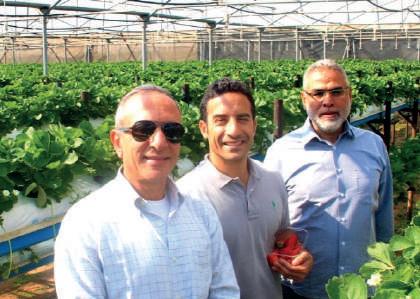
and knowledge-sharing, ensuring that his impactful work would ripple through generations. As we reflect on the legacy of Eng. Alaa Kamel Diab, let us honour his memory by committing ourselves to upholding the values he cherished and the vision he passionately pursued in all that we do.
May he rest in peace. E
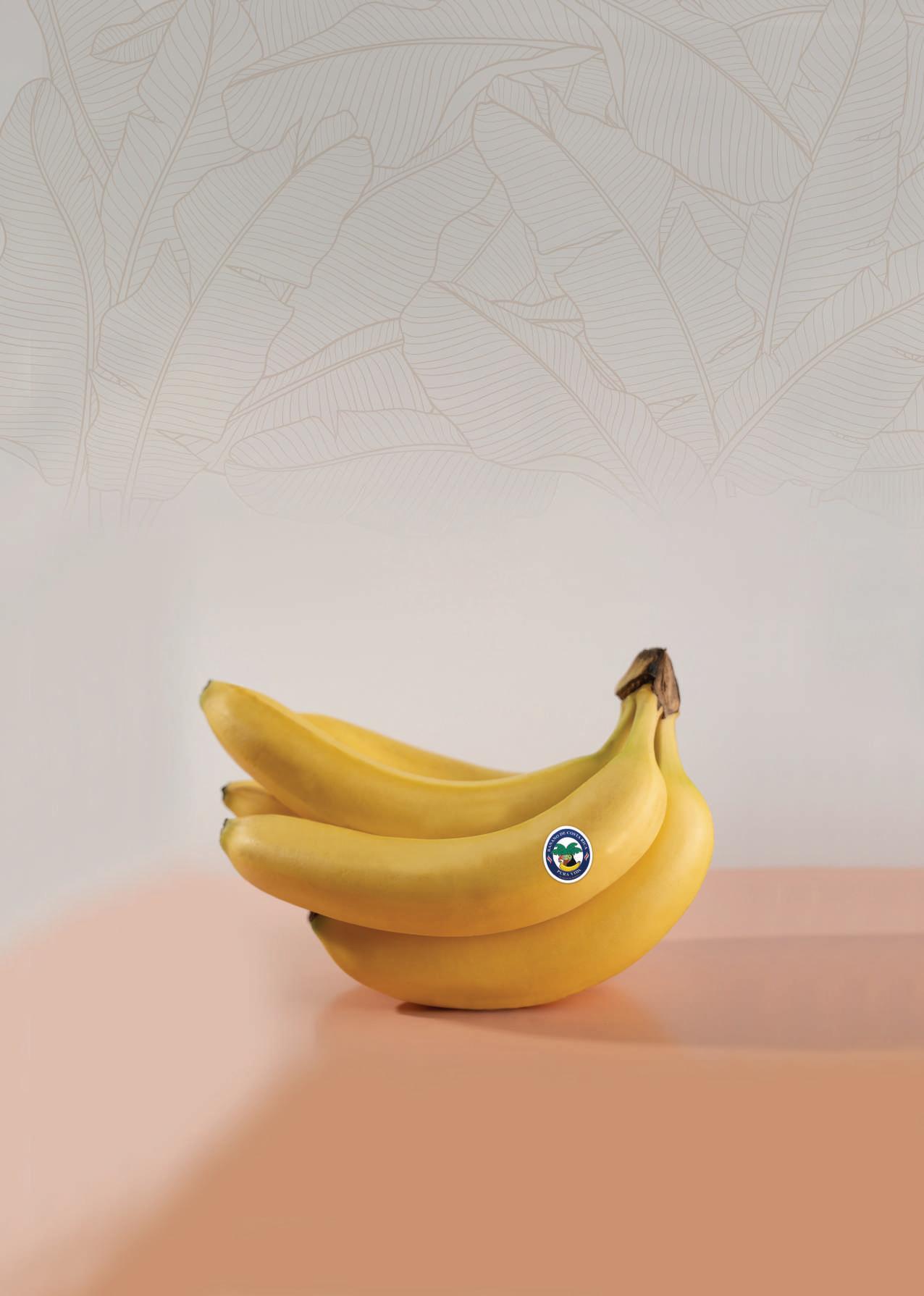

Despite the current challenges, Saudi Arabia’s Global Star Group sees abundant opportunities for growth in the Gulf, according to director Stefano Iorini, who praised the company’s resilience and ability to adapt.
by Tom Joyce
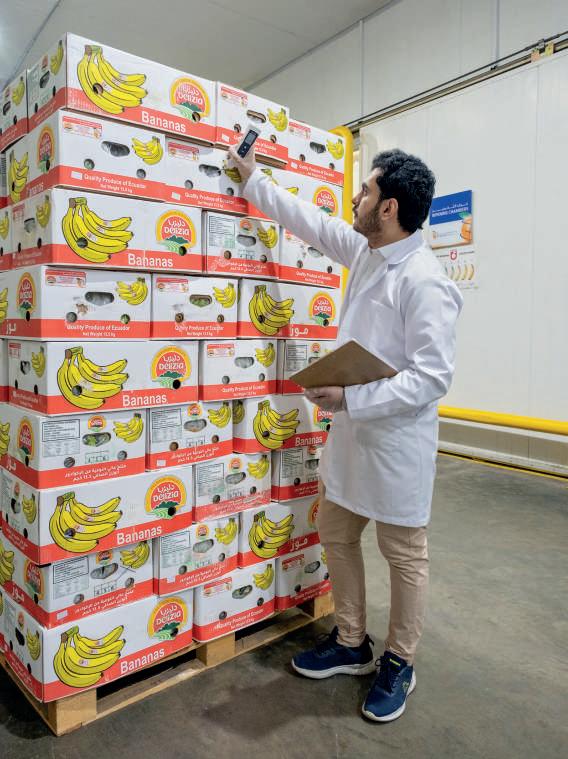
What are your main hopes at Global Star Group for the rest of the year and beyond?
Stefano Iorini: As we move into the final quarter of the year, our primary focus is to solidify our position as a reliable partner in the fresh produce sector, particularly
in the Middle East. We aim to deepen our relationships with key suppliers and customers while continuing to offer top-tier logistics services. Our goal is to enhance operational efficiency, maintain growth momentum, and ensure that we are well-positioned to meet the rising demand for high-quality fresh produce in the region.
Where are the opportunities, and what are your main challenges?
SI: Opportunities for growth are abundant in Saudi Arabia, where we see significant demand for fresh produce, driven by a young and growing population. Additionally, the expansion of modern retail formats and the increasing emphasis on health and wellness present favourable conditions for growth. However, challenges remain. The supply chain has been impacted by ongoing global disruptions, particularly with logistics costs and availability. Additionally, ensuring consistent supply amidst unpredictable climate events and market volatility requires
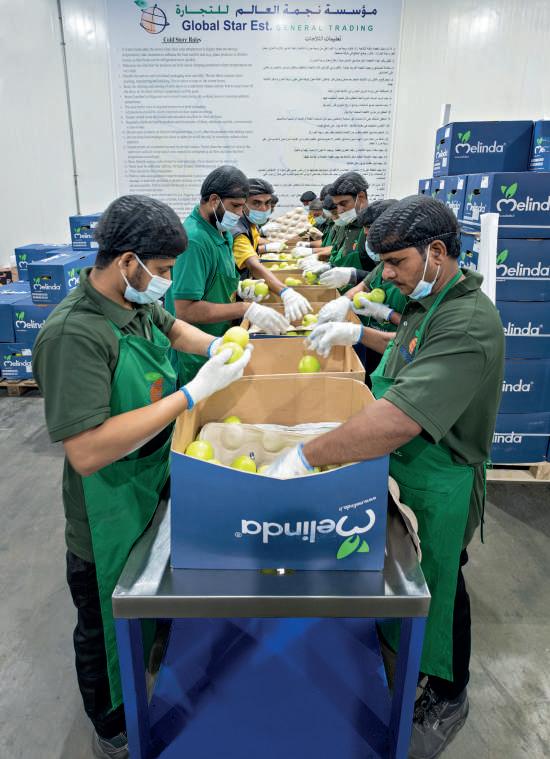
constant adaptation.
I would like to emphasise the resilience of Global Star Group in adapting to market challenges. We are committed to innovation, whether in logistics, digital integration, or expanding our product offerings. Our focus remains on delivering quality produce while maintaining strong relationships with our partners. We see ourselves as not just distributors but solution providers, helping our customers meet the growing demands of the market.
What are the key developments at your company in recent months?
SI: Global Star Group has been focusing on expanding our logistics arm, particularly 3PL services, to offer comprehensive supply chain solutions for our partners. This move has allowed us to integrate more efficiently into the supply chain and provide value-added services to our clients. We are also looking to further strengthen our presence in key markets by
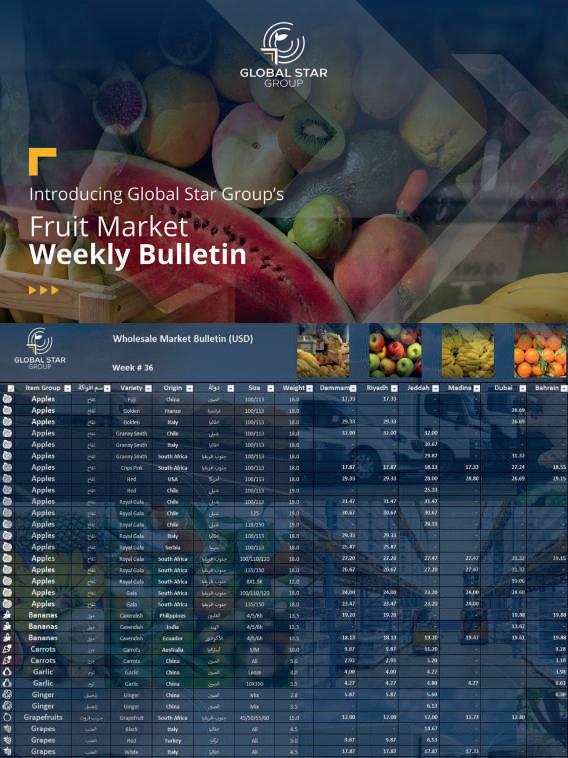
diversifying our product range and expanding into new territories. Additionally, we’ve implemented new technologies to improve traceability and transparency across our operations.
How is the market for your products performing at the moment in Saudi Arabia?
SI: The market in Saudi Arabia remains strong and is one of consistent growth. Demand for fresh produce continues to rise, particularly for apples, citrus and bananas, which are key products for us. We’re also seeing increased demand for premium products as consumers become more health-conscious and discerning. However, supply chain challenges remain, particularly in ensuring timely deliveries and managing costs, but overall the market outlook is positive.
What are your key products, and what are your most important markets outside of Saudi?
SI: Our key products include apples, citrus, bananas and premium fresh produce, which we distribute across the Middle East.
BELOW—A look at Global Star Group’s new Market Bulletin, offering weekly insights into wholesale fruit market trends OPPOSITE PAGE—Packing of Delizia-branded bananas and Melinda apples
We also serve the UAE, Bahrain, Kuwait, Iraq and India. These markets continue to be vital for us as we expand our presence and increase the diversity of our product offerings. Saudi Arabia, of course, is crucial, given the country’s population size and the rapid development of its retail sector.
What are you showcasing at Fruit Attraction in Madrid?
SI: We are attending Fruit Attraction in Madrid with a focus on presenting our comprehensive logistics services alongside our diverse range of fresh produce. Our primary goal is to showcase the full scope of our 3PL services, offering end-to-end solutions that streamline the supply chain for our partners. Additionally, we are particularly focused on expanding the range of products packed under our Delizia brand, which is currently building positive momentum. This event offers a great opportunity to meet new partners, explore potential collaborations, and discuss how we can continue to innovate in fresh produce distribution across the Middle East. Ultimately, we aim to strengthen relationships, expand our network and support the growing demand for quality produce in the region.
Is there any other news to report from Global Star Group?
SI: We are excited to announce the launch of the Global Star Group Market Bulletin, a comprehensive report that provides key insights into wholesale fruit market trends across major cities, including Jeddah, Medina, Riyadh, Dammam, Bahrain and Dubai. This bulletin has been designed to support growers and exporters operating in these markets by offering timely and accurate data on pricing, categorised by produce type and region.
Every Monday, we will publish wholesale prices in USD per box for various fresh produce, providing valuable information to help inform business decisions. Our goal with this initiative is to deliver essential market intelligence for navigating the rapidly changing conditions in this dynamic region. I believe this resource will be invaluable for planning and optimising operations. E
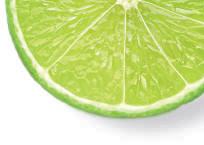






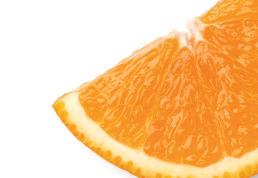








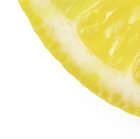

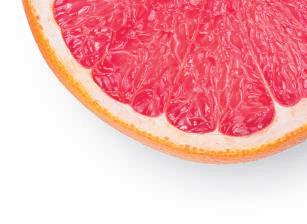
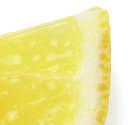

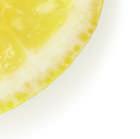



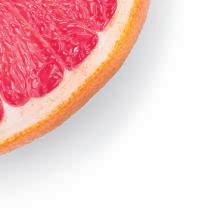
09:00 Registration 09:30 Welcome address
09:45-10:30 The citrus consumption challenge
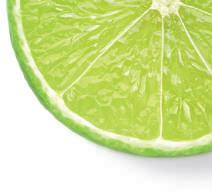
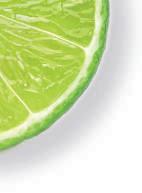
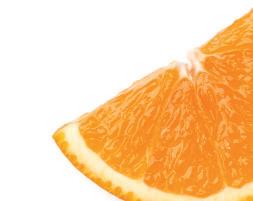


There is big potential in citrus. But consumption growth is stalling. How can growers and marketers identify new marketing opportunities to make growth more profitable and find new ways to sell to tomorrow’s consumers?
• Kantar (UK)
• Desmond Jas, Olympic Fruit (Netherlands)
• Stephan Weist, Rewe (Germany)
• Maria Wieloch, ICA Gruppen (Sweden)
10:30-11:15 Harnessing health

Together, mandarins and oranges are the second-most consumed fruits in Europe after apples. But in terms of health messaging and nutritional research, citrus lags behind other fruit categories. We look at what the avocado and kiwifruit sectors are getting right and how they can teach us to communicate more effectively.
• Nele Moorthamers, Zespri (Belgium)
• Shelly Vorster, World Avocado Organisation UK & Europe (Spain)
• Ernesto Machancoses, Citrus Rosso (Spain)
11:15-12:00 NETWORKING BREAK
13:00-13:45 Brand stories
A powerful brand is the key to connecting with consumers. It stands out on the shelf and can help companies push into new export markets. Is there more space for citrus brands in European supermarkets and beyond?
• Lola Riobó, SanLucar (Spain)
• Marijke Appel, Driscoll’s (Netherlands)
• Carlo Magni, Forward Insight and Strategy (New Zealand)
• José Enrique Sanz, IGP Cítricos Valencianos (Spain)
13:45-14:00 Deep Learning AI for fruit grading
• Chris Johnston, Tomra Food (New Zealand)
14:00-15:00 NETWORKING LUNCH
17:15-18:00 Where next for Spanish citrus?
Spain faces major challenges in citrus – it cannot compete on price with cheaper imports, while climate change and water availability are impacting production. We discuss how investments in varietal innovation, quality and service can help deliver profitable growth in the future.
• Miguel Abril, Anecoop (Spain)
• Paco Borrás, Paco Borrás Consulting (Spain)
18:00-19:30 AFTERWORK DRINKS
Bronze sponsors
We look at how new developments in breeding, postharvest and packaging technology are helping companies to extend shelf-life, cut waste, and grow profits.
12:00-12:40 Varietal innovation and competitiveness
New varieties are more in tune with market demand than ever before. What new developments will drive future demand and increase profitability?
• José Cuenca, Avasa (Spain)
• Sven Thomas, Jaguar The Fresh Company (Netherlands)
• David Alba, Genesis Fresh (Spain)
12:40-13:00 Simplifying certification and compliance
There are too many certification schemes in the industry and this places a heavy cost and time burden on producers. Is it possible to cut the complexity of compliance and sustainability in fresh food supply chains?
• Elena Guillen, Farmable (Spain)
• Jim Jefcoate, Food Experts Solutions (UK)
15:00-15:45 Post-harvest technology: The science of cutting citrus waste


• Benito Orihuel, Citrosol (Spain)
• Decco (Spain)
• Clara Montesinos, AgroFresh (Spain)
• Mazim Abram, Apeel (US)
• Olga Dubey, AgroSustain (Switzerland)

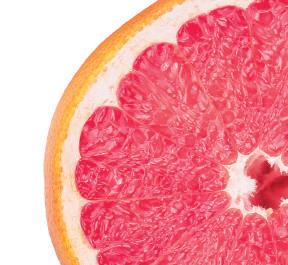
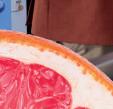

profit potential, minimise losses and make citrus more

Leading experts from the post-harvest arena discuss some of the new technologies helping to maximise profit potential, minimise losses and make citrus more sustainable.



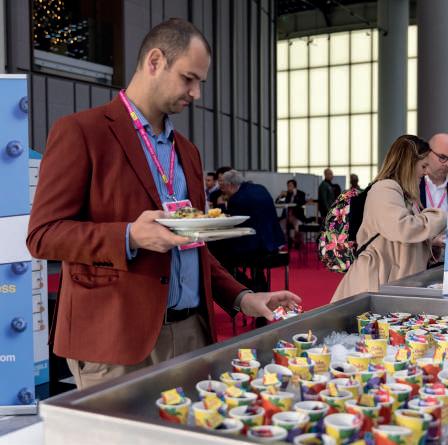








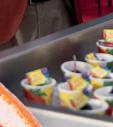

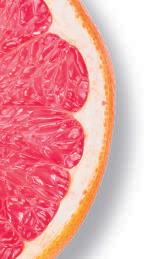


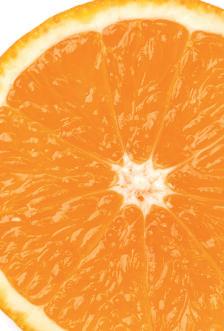
Serbia’s foremost agricultural exhibition, AgroBelgrade, returns to Belgrade on 30 January 2025, serving as a platform for regional producers, buyers and distributors to connect and drive the business forward.
by Tom Joyce
Set to take place from 30 January 30 to 1 February 2025 in Belgrade, the AgroBelgrade fair promises to be a key business platform for regional producers, buyers and distributors. Director Vladimir Živanović shared his insights on the significance of the event, Serbia’s role in the global agricultural market and what attendees can expect.
“This year’s edition will be our sixth, and we’re proud to host the largest and most influential event for the sector in Serbia and southeast Europe,” he says.
Visitors can expect to meet over 500 suppliers from Serbia and southeast Europe, including producers of fresh, frozen and processed fruits and vegetables, manufacturers of agricultural machinery, plant nurseries, seed and chemical producers, and other companies.
“It’s a comprehensive showcase of the entire supply chain,” notes Živanović. “A key highlight of the fair is its B2B Zone – the leading market access platform connecting regional and European traders and distributors with Serbia’s and southeast Europe’s finest fruits, vegetables and food producers.”
The B2B Zone offers a unique opportunity to engage with professionals at the forefront of the industry, establish valuable connections and drive future market growth.
Serbia’s prominence in the global market, particularly in the
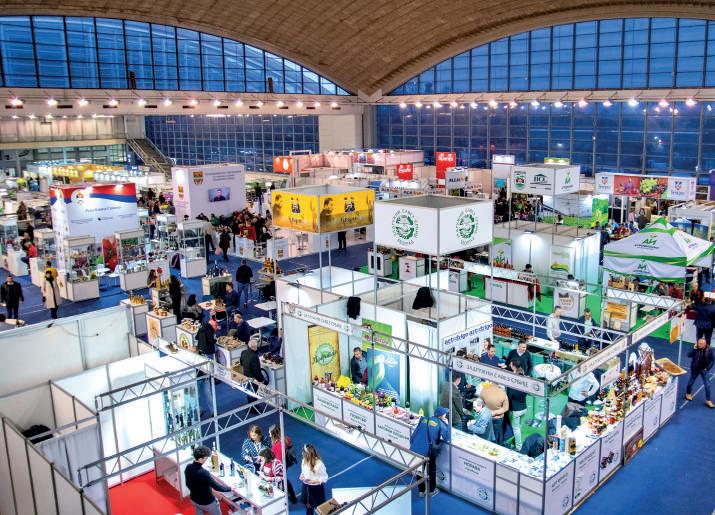
fruit sector, is undeniable. “In 2023, Serbia was the absolute leader in frozen raspberry and blackberry exports,” Živanović highlights. He adds that Serbia is also a top apple producer in southeast Europe, with 500,000 tonnes grown in advanced orchards. Additionally, Serbia boasts over 3,000ha of high-density blueberry orchards and is among the world’s largest producers of plums, alongside significant quantities of premium vegetables such as gherkins, peppers and cabbages.
Sustainability is a key component of Serbia’s agricultural approach. “Serbia is committed to sustainability and is steadily increasing its organic production and food trade. Being a GMO-free country is a significant part of our identity,” Živanović explains, emphasising the alignment with
global trends towards more sustainable agriculture. AgroBelgrade also attracts companies from neighbouring countries, enhancing regional collaboration. “We are proud to attract an increasing number of companies from North Macedonia, Albania, and Bosnia and Herzegovina,” says Živanović. “These countries are becoming important European suppliers of fresh fruits and vegetables, with North Macedonia leading in peppers and grapes, and Albania offering a variety of products such as tomatoes, cucumbers, watermelons and Mediterranean fruits.”
Živanović calls AgroBelgrade 2025 an unmissable event for anyone involved in the fruit and vegetables trade. “It’s an unparalleled opportunity to network with industry leaders, explore the latest market trends, and discover the vast potential within the agricultural sector,” he says. “We look forward to welcoming everyone to Belgrade.” E
ABOVE—AgroBelgrade 2025 expects to welcome over 500 suppliers from Serbia and southeast Europe
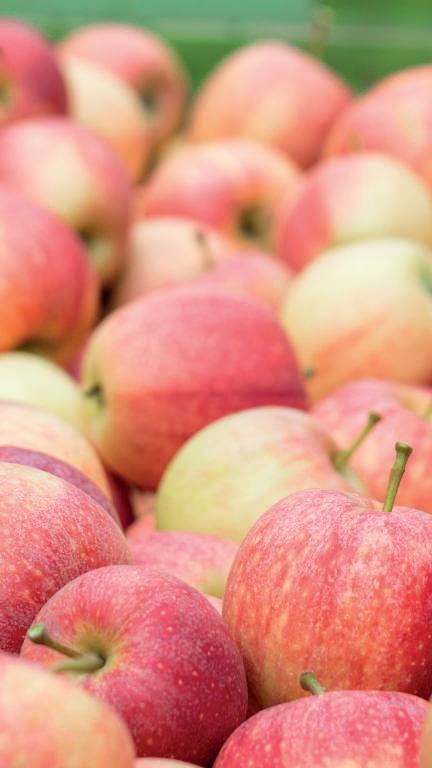

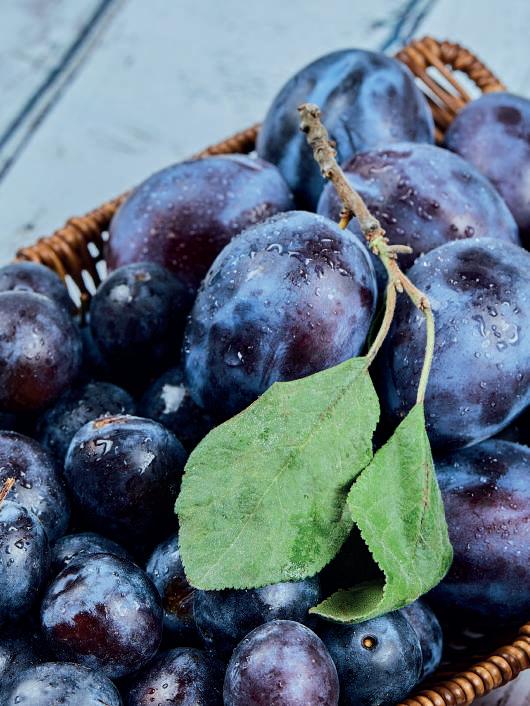
The Neatleaf Spyder aims to offer a comprehensive understanding of the cultivation environment in the greenhouse, collecting data across the canopy and directing the grower’s attention to where it is most needed.
by Tom Joyce
Sounding somewhere between a forgotten comic book hero and a newly discovered species, the Neatleaf Spyder from Neatleaf promises to “keep an eye on every plant; all day, every day”. With offices in San Francisco and Munich, the company’s efforts initially centred on optimising cannabis production, but, as CEO Elmar Mair points out, “the technology’s agnostic” and highly suitable for use on all greenhouse crops.
The Neatleaf Spyder enables a grower to remotely monitor and optimise their growing environment for each individual plant, according to the company. “Know your environment conditions in every corner and rely on automatically collected plant
health and growth metrics to guide your decision making,” promises the company’s website.
“In most other industries, the one thing you do when you want to optimise a production line is you capture data,” says Mair, “so you have sensors to help you understand what’s going on. In cultivation, however, we still heavily rely on humans to assess what’s happening in that space.”
The Spyder contains multiple sensors to gather a comprehensive understanding of the cultivation environment, collecting data across the canopy, ensuring consistency and interpretability, according to Neatleaf.
“Early on, we challenged ourselves to come up with a system that allowed us to capture all this
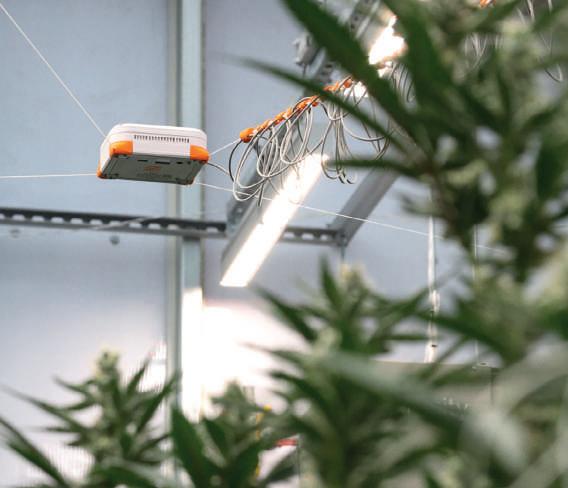
“Hot spots and systematic issues will become immediately apparent and allow you to respond quickly”
information, which growers need to assess a crop and understand what’s going on, in a way that enables adoption,” says Mair. “That means low cost, easy to install, fully autonomous and out of the way of the operation.
“So we came up with the Neatleaf Spyder, which is basically a cable-based robot, like a football stadium camera, which is incredibly easy to install in a couple of hours, and then it zips around and captures all the data. It’s like a scouting robot that does way more than scouting.”
The dashboard gives the grower the zone status at a glance, summarising the conditions, as well as the trends, and directing their attention to where it is needed most.
“By automatically identifying plant stress multiple times a day across your complete canopy you will get a very strong signal for overall plant health and trends,” the company says. “Hot spots and systematic issues will become immediately apparent and allow you to respond quickly.”
“At the same time you have AI picking up on plant stress by analysing yellowing and pests,” explains Mair. “It gives you a heat map across the canopy to show how things have changed across the growth cycle. And you also get numbers, like 10 per cent less yellowing than the previous day. This changes the whole conversation, as it’s not subjective anymore, you can actually talk numbers.”
He says that the same is true with yield. “We measure flowers, count flowers, we can forecast yield, we can understand the growth rate, understand how your growth rate is impacted by your SOPs, understand how uniform the light is at different growth stages,” he adds. “And we measure leaf temperature, which is incredibly valuable.”
One big advantage of the Neatleaf Spyder, according to Mair, is that it allows growers to see microclimates. “When you notice an issue with the canopy, like smaller plants or lower yield, it is already too late,” he says. “But now we can go back in time and correlate those things and assess what was the indication. We can look at each individual plant and all the different data points. The most important thing is understanding stress. Transpiration is the first sign, and if you measure the leaf temperature you can understand that and measure it.” E
OPPOSITE

No renunciamos a nuestra tradición, pero tampoco nos quedamos atrás. Apostamos por el relevo generacional, por dar voz y oportunidad a los jóvenes.
Dueños de la tierra. Dueños de lo que producimos.
unicagroup.es
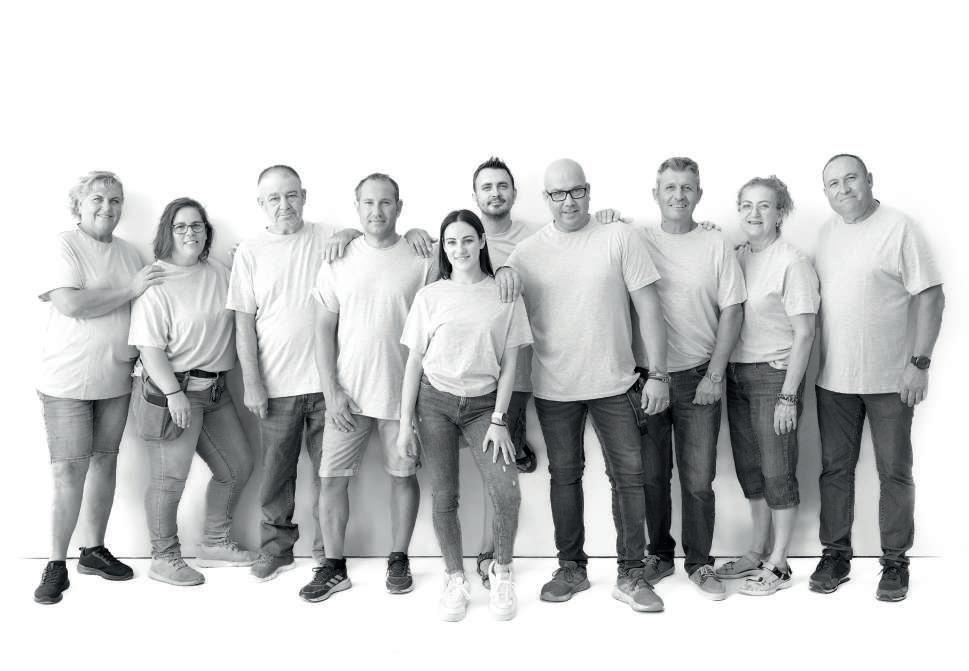
Source.ag has been recognised as Start-up of the Year by AgTech Breakthrough for its role in pushing the agriculture industry forward through cutting-edge technology.
by Tom Joyce
Source.ag has been named Start-up of the Year 2024 at the US-based AgTech Breakthrough Awards, which recognises innovators in technologies that are driving the food and agriculture sector forward.
As a provider of AI solutions for vegetable growers, Source. ag has committed to “pushing the boundaries” and delivering “cutting-edge solutions that meet the changing needs of growers worldwide”, according to co-founder and CEO Rien Kamman.
“As a pioneer of innovative technology that enables growers worldwide to democratise access to fresh vegetables, we are honoured to be recognised in the AgTech Breakthrough Awards,” he said, praising the company’s “world-class team” of plant and data scientists for their commitment to helping growers throughout the world.
“We are very grateful for the valuable feedback and support from our customers,” he continued, “which ensures that we can help growers achieve the best results with our innovative solutions.”
The company’s solutions are used by over 300 commercial greenhouses in 16 countries, with customers including Agro Care, Thanet Earth, The Green House Growers, Grupa Mularski and Le Jardin de Rabelais.
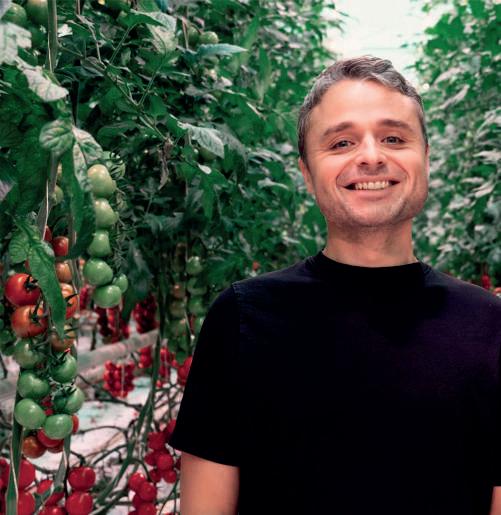
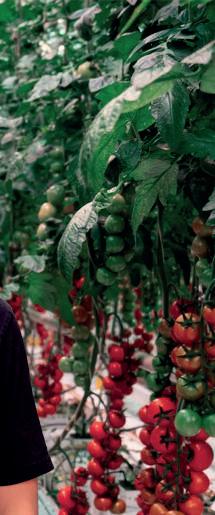
“These AI solutions can simulate plant behaviour to determine and implement the best growing strategies”
“These AI solutions can simulate plant behaviour to determine and implement the best growing strategies, taking into account millions of data points on climate, biology and raw materials,” the company said. “By enabling growers to manage their facilities more efficiently with breakthrough technology, Source.ag makes greenhouse horticulture accessible, profitable and globally scalable.
“Source.ag uses AI to understand the growth and development of plants and support growers in their success. It takes a hybrid approach that combines botany and data science to analyse the underlying biology and processes behind plant behaviour. In contrast to so-called ‘black box’ models, Source.ag’s approach offers transparency and robustness, and you need less data to start effectively.” E
ABOVE—CEO and co-founder of Source.ag Rien Kamman

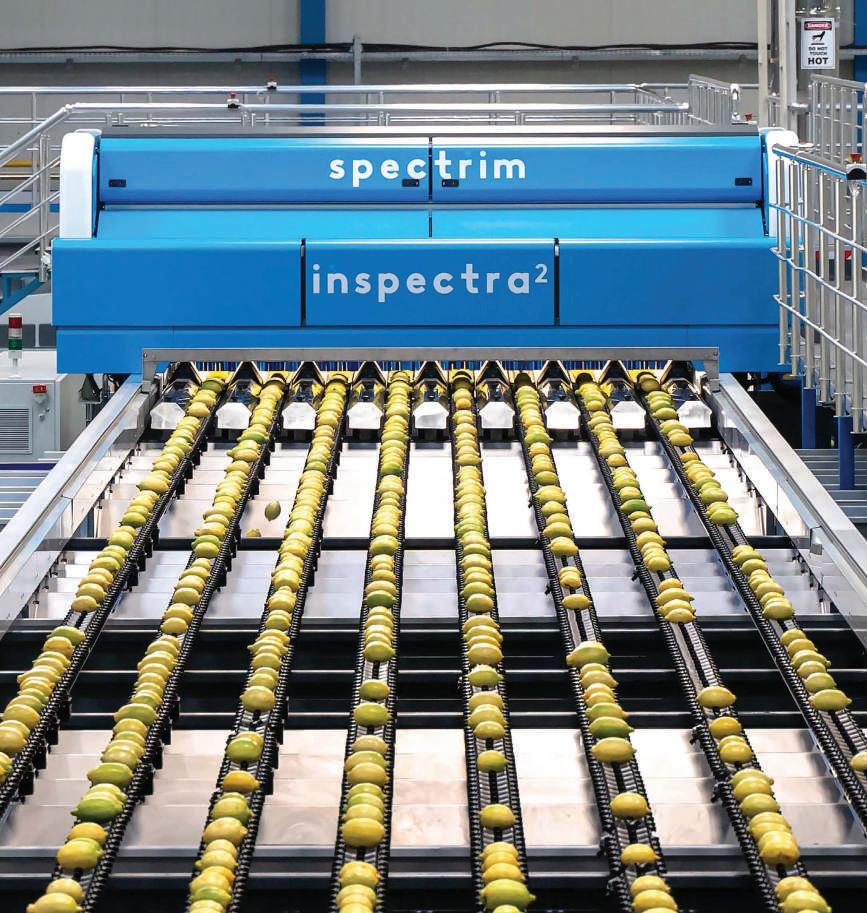
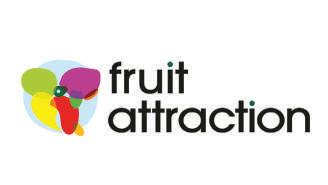
Stop by to learn how Spectrim with LUCAi® helps you reach the highest levels of grading performance
8 - 10 October 2024
Stand D25 | Hall 10 | Madrid, Spain
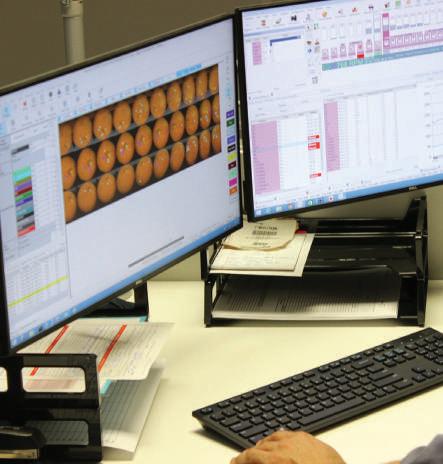
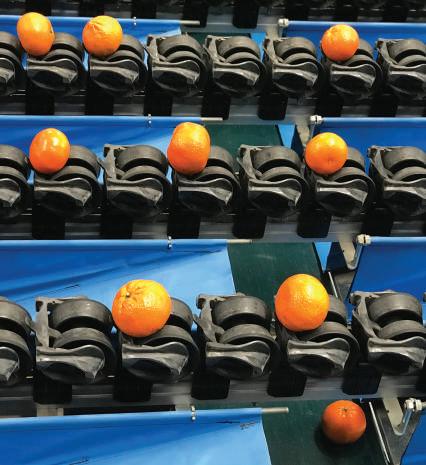
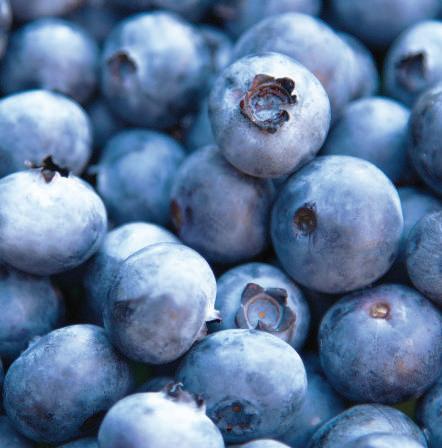
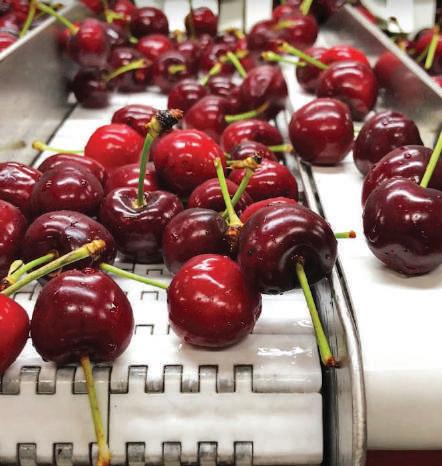
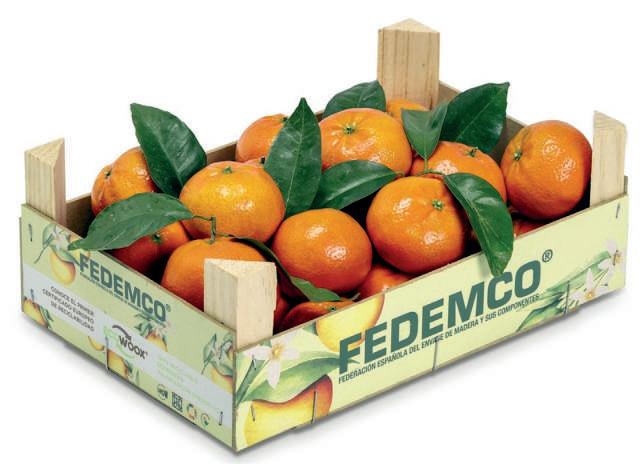
Wooden packaging was found to outperform corrugated cardboard in a Life Cycle Assessment, especially in terms of greenhouse gas emissions, ecotoxicity, food safety and water footprint.
by Tom Joyce
Wooden packaging has a lower environmental impact than its corrugated cardboard counterpart, according to the results of a Life Cycle Assessment (LCA) performed by consulting firm Géminis Tools, in collaboration with researchers from the group of Information and Communication Technologies against Climate Change of the Universitat Politècnica de València.
The LCA compared the performance of the two kinds of single-use packaging for the refrigerated transport of 1,000 tonnes of mandarins by truck between Valencia and Germany, a distance of 2,000km.
The higher energy consumption required to recycle paper and
ABOVE—
Fedemco says the European wood industry is leading the way in achieving circularity and carbon neutrality
cardboard, the greater water consumption needed in the recycling and manufacturing process and the use of chemicals during recycling make wooden packaging more attractive in terms of emissions, water consumption, water eutrophication and terrestrial acidification, the study concluded.
Fedemco, the Spanish Federation of Wooden Packaging and its Components, said that the European wood industry was leading the way in achieving circularity and carbon neutrality through “resource efficiency, circular design, prioritising recycling over early energy recovery through cascading”.
The federation has developed and is promoting the European Ecowoox mark that certifies the eco-design and total recyclability of wood packaging to meet national and European regulatory requirements.
“The use of wooden packaging is a great advantage in the refrigerated transport of fruit and vegetable products, as it preserves better the properties of the transported product due to its resistance and strength,” Fedemco added. “Its physical and mechanical properties stand out, as well as the protection it provides to the product against changes in the hygrothermal conditions of the environment. The use of wood in this type of packaging is beneficial for promoting sustainable forest management and the rural economy, especially in the Mediterranean forests where the raw materials, mainly pine and poplar, come from.” E
Wood and carboard go head-to-head on CO2 and water
Source: Fedemco

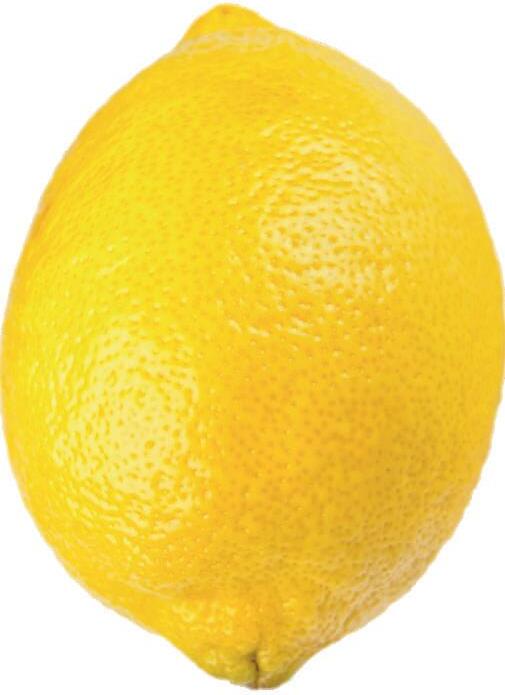


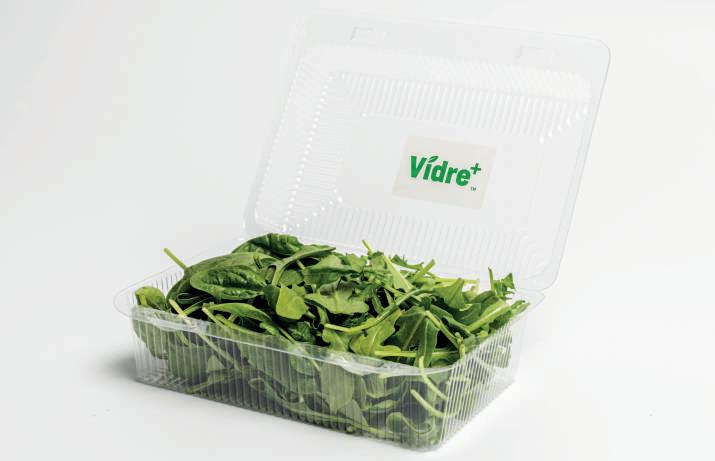
With dose rate flexibility and gradual release technology, Fresh Inset says its Vidre+ takes prolonging freshness to the next level. Now, it has its sights set on the US market.
by Tom Joyce
Poland-based Fresh Inset has announced that it is introducing Vidre+ Complex, its technology that it said “unlocks the full potential of 1-MCP (1-Methylcyclopropene) application across the entire supply chain”, to the US market.
“The patented timed and gradual release of 1-MCP in Vidre+ technology ensures a controlled application effectively extending the freshness, quality, appearance and nutrient values of produce,” the company said.
The company added that the approach provided optimal protection during storage, transportation and retail. “Vidre+ is revolutionising the supply chain seamlessly without any reorganisation of current operating practices, by making every existing type of
“Vidre+ can be used right after harvest and during transport or storage to provide days to weeks of additional shelf-life”
ABOVE—Fresh Inset says Vidre+ is revolutionising the supply chain
fresh produce packaging and label functional and adaptable into a smart version with adjustable protection against the negative effects of ethylene,” it stated.
“Vidre+ Stickers, a flagship product, can be tailored to optimise size and dose rate, ensuring effective protection for ethylenesensitive produce in any type or size of packaging, including cardboard boxes, bags, trays and clamshells. Branding and white-label opportunities are also available.”
Fresh Inset’s chief technology officer, Tim Malefyt, said research had shown Vidre+ to be effective on cherries, blueberries, raspberries, table grapes, limes, tomatoes, avocados, leafy greens, broccoli, peppers and more.
“It can be used right after harvest as well as during transport or storage
to provide days to weeks (depending on the crop type) of additional shelflife to freshly harvested produce, helping to keep its quality and nutritional value and remain fit for the market,” he said. “We are excited to offer a solution that extends beyond apples and pears to benefit many other produce categories. This is a game changer.”
Vidre+ has received GRAS status by the FDA, according to Fresh Inset, and is revolutionising 1-MCP delivery with the Vidre+ functional sticker, but the company said there was more to come.
“The company is disrupting and de-commoditising the flexible and cardboard packaging industries with Vidre+ Complex by empowering PE, PP, PET films and paper cardboard that carry Vidre+ technology with the ability to extend freshness, without creating additional landfill waste,” Fresh Inset stated.
Kevin Frye, Fresh Inset’s VP market development, North America, commented: “The use of Vidre+ to combat the negative effects of ethylene and extend produce shelf-life is not new. However, Fresh Inset has taken it to the next level with dose rate flexibility and gradual release technology that is operationally simple, affordable and enhances profitability. This is an incredibly exciting innovation that is garnering unprecedented interest amongst growers, packers, shippers and retailers alike, as they can all easily incorporate it into their operations and benefit from it, while increasing sustainability efforts toward food waste reduction.
“Packaging companies are equally excited about the ability to empower their existing bags, boxes and clamshells with a freshness function and deliver added value packaging to their customers that will actually improve the freshness and quality of their produce.” E
UCIMA reports that turnover exceeded €9bn last year, increasing 8 per cent, with international markets strong.
by Carl Collen
Italy’s automatic packaging and wrapping machinery market recorded total turnover of €9.23bn during 2023, marking an 8 per cent rise on the previous year.
This is according to data from Mecs, the Italian Packaging Machinery Manufacturers Association (UCIMA) Research Centre in its 12th National Statistics Survey of 594 companies and 38,219 employees.
According to UCIMA, 78.7 per cent of revenues came from international markets, or €7.26bn, with 21.3 per cent coming from Italy. With €2.71bn in sales, the EU remained the main target area for Italian machinery, making up 37.3 per cent of all exports. Asia came second with turnover of €1.47bn, representing 20.3 per cent
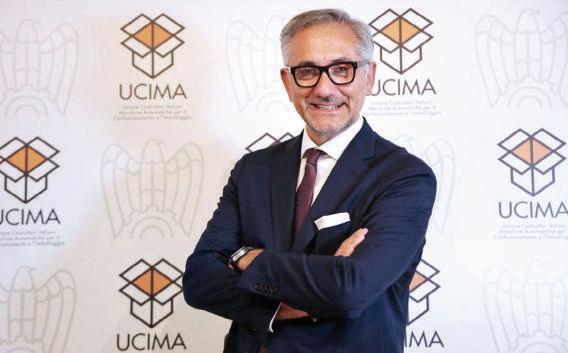
of the industry’s total international sales, with North America third on €1.25bn.
By industry, the food and beverage industry made up 57.1 per cent of total revenues, with food encompassing 30.9 per cent (€2.856bn) of total turnover.
“Essentially, the aggregate data has confirmed the picture painted by the preliminary figures, demonstrating how our industry and the entire Italian supply chain have established a method that guarantees reliability and innovation,” said UCIMA chair Riccardo Cavanna.
”Our companies keep growing and setting themselves new challenges, all the while increasingly pioneering solutions that ensure they retain their global leadership. As regards the domestic market, the introduction of the Italian law decree implementing Industry 5.0 provisions will give impetus to new investments and drive growth in Italy,” he added. E



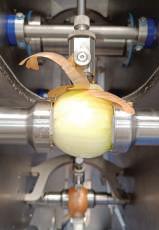


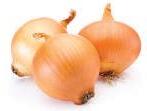





■
When it comes to cutting food waste, a joined-up approach to cold chain logistics is essential.

AEDWIN WENTINK Lineage Vice president business development, Europe
cross Europe, there’s a greater need for fruit. In fact, the Organisation for Economic Cooperation and Development reveals a trend of increasing fruit consumption. Thirty-three per cent of UK adults now exceed the recommended daily fruit intake. This is followed by people in the Netherlands (30 per cent), France (20 per cent), Portugal (15 per cent) and Germany (15 per cent) consuming five or more portions a day.
However, this creates a delicate challenge: meeting rising demand while minimising waste. According to Eurostat, every year in the European Union, over 58m tonnes of food is wasted. Fruit makes up a large percentage of such spoilage within the supply chain due to its perishable nature. Yet this doesn’t need to be the reality.
The moment fruit is harvested, the race against spoilage and quality decline begins. Keeping the fruit fresh regardless of its origins is by no means easy. Every misstep – from improper packaging to fluctuating temperatures – can take its toll. That is where the magic of cold chain logistics comes into play.
Admittedly, it’s an intricate dance: packaging, bagging, temperature control, restacking, restyling, containers, specialised treatments, fumigation, transportation, processing and even customs brokerage. And each fruit also demands unique care, with berries and bananas needing vastly different temperature and humidity storage environments. This is where innovation is critical.
In the cold chain, technology is the unsung hero. Take Lineage’s Cool Port I Rotterdam location, which stores mostly fruit destined for export. The automated warehouse has mobile tracking storage to ensure maximising and utilising the storage capacity and

conventional trucks that bring in pallets, streamlining the movement and storage of fruits.
Beyond infrastructure, a network of experts is essential. Innovation is crucial, however, if fruit is to move through the supply chain and stay fresh it requires strong relationships with producers, distributors, and retailers. It’s about having local expertise with a global reach dedicated to fruit excellence.
At Lineage, for instance, this approach has allowed us to anticipate market demands and react quickly to previous disruptions. One way we’ve done this is by prioritising port-centric locations and dedicated facilities, along with cutting edge transport solutions.
Transportation is essential. As part of The Climate Pledge, we have committed to be net-zero carbon across business operations by 2040.
That’s why we have invested in cutting-edge solutions like electric trucks to minimise our emissions compared to using conventional trucks. We have also reduced empty route miles and idling time to reduce emissions.
The challenges in the fresh produce market are substantial, but they’re not impossible. An interconnected web of temperature-controlled warehouses, transport fleets and logistics centres has allowed organisations to safeguard the quality and freshness of fruits.
It’s clear that the business of fruit is different to other foods. It requires a service that’s entirely focused on handling, storing and transporting fresh produce. With Lineage Fresh, we’re committed to safeguarding this journey, moving fruit through the supply chain swiftly and safely. E
EFFICIENT CARTON PACKAGING
THE USE OF CARDBOARD LID ON TRAY BRINGS UP TO 15% COST SAVINGS . WRAP-TRAY Adaptable to sizes
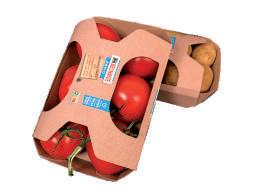
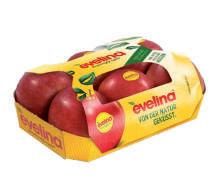
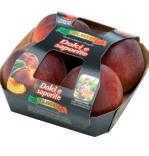


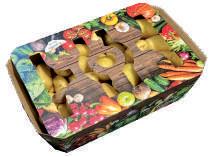
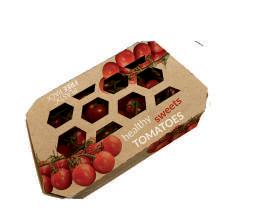
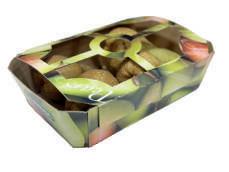
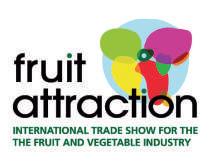
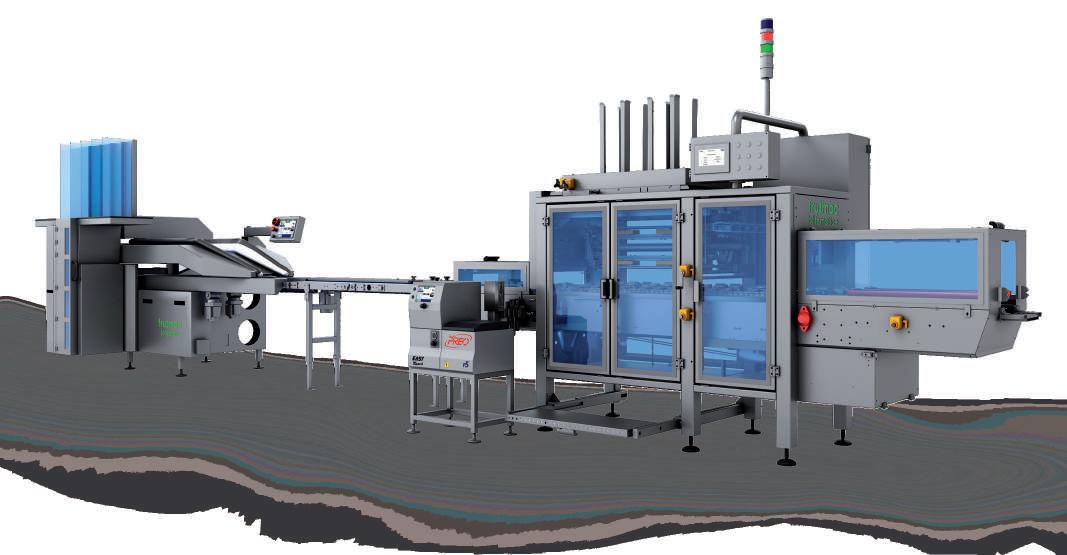
Cosco’s new mega-port in Chancay and the expansion of DP World’s terminals in Callao and Posorja will increase capacity and improve connectivity.
by Maura Maxwell
Latin American fruit exporters are set to benefit from improved connectivity to global markets thanks to a raft of major infrastructure investment projects that will beef up port infrastructure on South America’s west coast.
allowing it to accommodate up to three ships simultaneously and increase its annual capacity to 2.7m TEUs. DP World said it will increase capacity at its Callao’s terminal by 80 per cent, making it one of the leading logistics hubs on the west coast of South America.
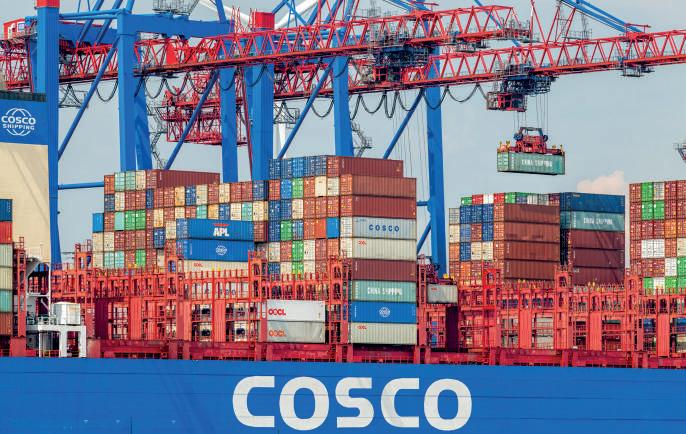
Emirati-based logistics company
DP World is making significant investments in its port terminals in Peru and Ecuador to improve capacity and operational efficiency. The company has inaugurated the Bicentenario Dock expansion project in its operations at the Port of Callao in Peru, and has also embarked on a dock expansion project at the Port of Posorja in Ecuador.
The first is a US$400m project to expand the dock to 1,050 metres,
The project will also see the installation of state-of-the-art electrical equipment and the first electric charging station for trucks in Latin America, promoting sustainable logistics solutions. Around 60 per cent of Peru’s containerised cargo passes through DP World Callao. In addition, DP World operates the Port of Paita in northern Peru.
In Ecuador, meanwhile, DP World is to expand its berth at the Port of Posorja, which recently
improved its connectivity with global markets after being added to three key service routes from Maersk.
The US$140m project will expand the port to 700 metres of berthing space and integrate advanced port equipment.
Meanwhile, this November will see the opening of Chinese shipping company Cosco Shipping’s new US$3bn mega-port in Peru, designed to be the “gateway from South America to Asia” according to one Cosco executive. The Port of Chancay, located 65km north of Lima, will cut transit times between South America and Asia by several days and benefit not only Peru, but exporters in across the entire region. Its natural deep-water harbour and direct connection to the PanAmerican Highway gives Chancay access to one of Peru’s most economically dynamic regions.
The port will have a draft of 17.8 metres (58 feet), allowing it to receive the biggest containerships in the world, carrying up to 24,000 containers. It will feature advanced technology including automated cranes and driverless trucks.
The first phase of the project is now over 83 per cent complete and the port is due to open

in November, when Peru hosts the Asia-Pacific Economic Cooperation leaders’ summit.
The project hit choppy waters earlier this year, when the National Port Authority of Peru filed a lawsuit challenging Cosco’s status as exclusive operator of the port, demanding that the facility should be available to other companies offering services such as loading and unloading shipping containers.
However in late June it was reported that Peru had withdrawn its request to revoke Cosco’s exclusive rights for the Chancay project ahead of a meeting between Peruvian president Dina Boluarte and Chinese premier Xi Jinping in China. E
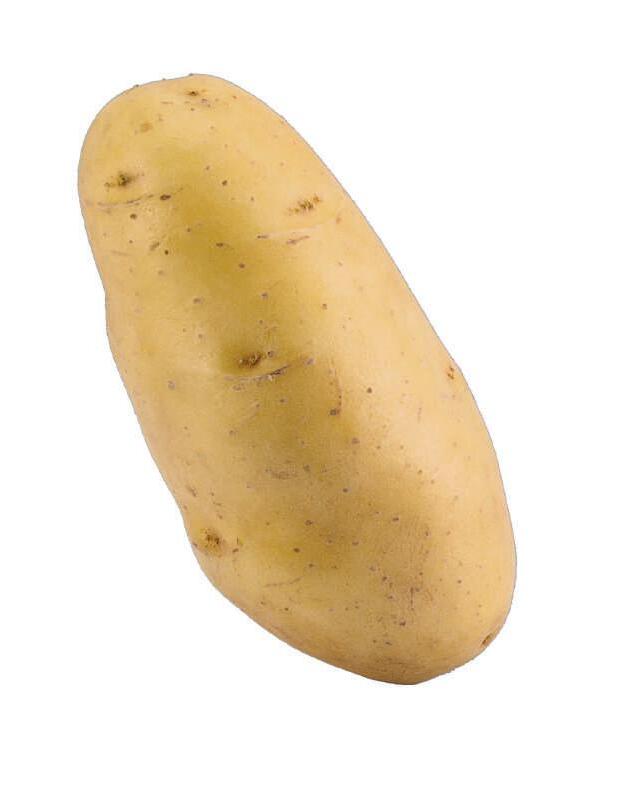
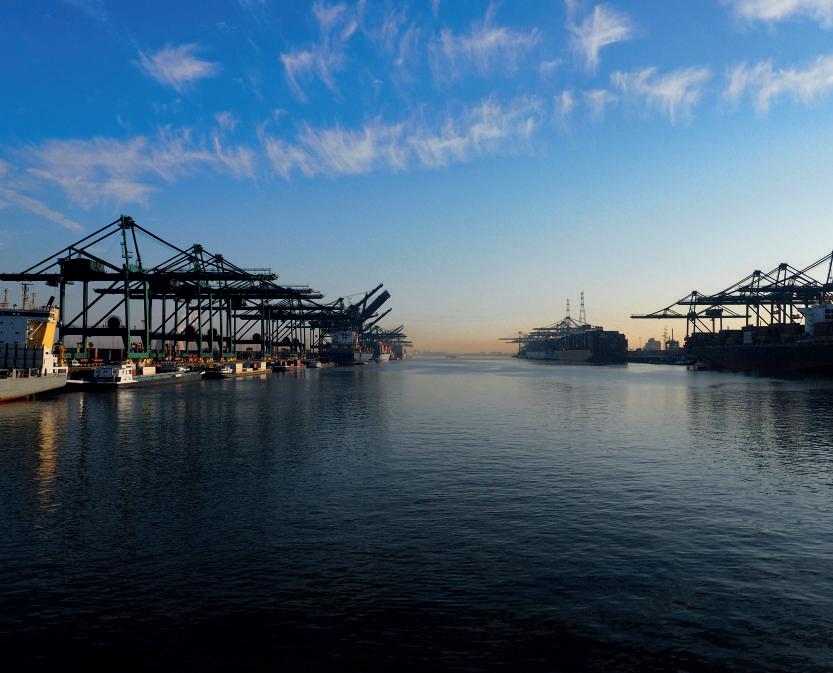
Positive trend seen in container throughput during the first quarter extended to other products as the six-month period went on.
by Carl Collen
The total throughput at the Port of Antwerp-Bruges was 143.2m tonnes during the first six months of the year, an increase of 3 per cent compared with the same period of 2023.
The upward trend, which started in the first quarter and was driven by increased demand for container transport, was now extending to other product categories as well, the port reported. Growth was recorded despite ongoing geopolitical tensions and an uncertain macroeconomic climate, it noted.
In the first quarter, container throughput recovered following a global slowdown due to economic uncertainty and inflation, growth that continued in the second quarter.
Sailing around the Cape of Good Hope had become the ‘new normal’, the statement continued, ensuring a year-on-year rise in total container throughput of 6.8 per cent in tonnes and 4.1 per cent in TEUs (6.7m TEUs).
“The past half year has
certainly not been without challenges,” said Jacques Vandermeiren, CEO at Port of AntwerpBruges. “But despite the ongoing geopolitical tensions, a still fragile economic climate and farmers’ protests, we are continuing with positive figures once more, showing even stronger growth in the first quarter.
“Alongside container throughput, other product groups are also experiencing a positive trend,” he outlined. “Moreover, despite these challenges, we
“This indicates that we are progressing towards making 2024 a year of significant achievements across all areas”
remain committed to advancing our pioneering role in the energy transition, including initiatives such as shore power projects and truck charging infrastructure.
“This indicates that we are progressing towards making 2024 a year of significant achievements across all areas, driven by our ongoing resilience and the collective efforts of the entire port community,” Vandermeiren added. E
Reusable packaging specialist Ifco has released a behind-the-scenes documentary titled ’The cycle of tomorrow’ highlighting how it is helping to transform the fresh grocery supply chain for leading European retailer Rewe Group.
According to Ifco, this is being done through its circular model, the Ifco SmartCycle.
Ahead of the United Nations’ 100year anniversary in 2045, the Vision 2045 campaign is presenting a series of documentaries highlighting leaders committed to the UN’s Sustainable Development Goals (SDGs).
As part of this campaign, the documentary features Ifco, which provides sustainable alternatives to single-use packaging for growers, producers and retailers.
The documentary follows the reusable packaging containers (RPCs) on a typical circular journey, starting at one of Ifco’s Service Centers, where the sanitised RPCs begin their trip, through to the producer, retailer and back – with a stop at a local food bank along the way.
Ifco’s circular model is recognised as a role model for SDG 12, promoting responsible consumption and production.

TOP—The
port saw growth despite numerous global challenges
Logistics group reports on improved financial performance and volume growth in the second quarter of the year.
by Carl Collen
AP Moller-Maersk said it continues to build momentum in the second quarter (Q2) of the year, reporting volume growth across all segments and an improved financial performance.
“Market demand has been strong, and as we have all seen, the situation in the Red Sea remains entrenched”
“Our results this quarter confirm that performance in all our businesses is trending in the right direction,” said CEO Vincent Clerc. “Market demand has been strong, and as we have all seen, the situation in the Red Sea remains entrenched, which leads to continued pressure on global supply chains. These conditions are now expected to continue for the remainder of the year.
“We have invested in additional equipment in all our businesses to adapt to the situation and continue supporting our customers through the disruptions,” he added. “As we look ahead, our focus remains on leveraging organic growth while exploring opportunities for value-accretive acquisitions particularly in logistics. We will maintain tight cost control and high asset utilisation, and further execute on our fleet renewal programme.”
Based on the prolonging of the crisis in the Red Sea and a continued robust market demand, Maersk has upgraded its guidance.
According to the logistics giant, EBIT margin reached 7.5 per cent in Q2, compared to 1.4 per cent in the first quarter. Results were driven by increased profitability in the ocean segment, solid growth in logistics and services and “excellent performance” in terminals, it noted.
Due to continued supply chain disruptions caused by the ongoing situation in the Red Sea/Gulf of Aden and robust container market demand, Maersk raised its financial guidance. The company said it now expects global container market growth to be between 4-6 per cent and to grow in line with the market. E



























































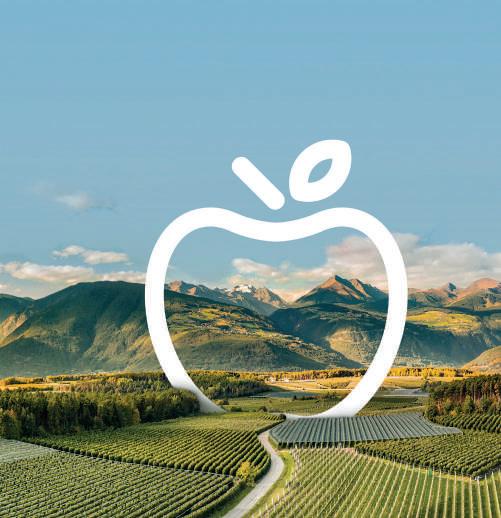
Posted by Tom Joyce
This year has continuously hinted at the prospect of change through electoral politics before delivering precisely nothing. For farmers, the result has been more uncertainty and frustration. After months of protests in France, a snap election called by president Macron brought fears of a far-right majority before left and green groups mobilised to come out on top. Macron’s response, to appoint conservative Michel Barnier as PM, has seen him accused of ignoring voters.
This summer, UK farming groups were expressing their discomfort at the lack of any funding pledges for agriculture from the incoming Labour government. Now the austere picture is becoming clearer.

Chancellor Rachel Reeves has tasked departments including Defra to find £1bn each in savings, with the Guardian reporting government plans to cut the naturefriendly farming budget in England by £100m. What’s the French for déjà vu again? E




All over Spain
We’ve all been there. It’s your turn to do dinner, so you rush to the supermarket. First to the fresh produce, to grab a few bits like veg, berries, grapes, and – hey why not – a pineapple. Then off round the store for some meat, pasta, a jar of pesto, maybe a bit of cheese. Might also stock up on milk, juice and bread. Good. Now, you have a few minutes to choose a bottle of something fancy to accompany your meal. But wait, what’s this? The wine section is full of
single men and women cruising up and down the aisle, snapping selfies and coyly smiling at one another. Turns out that’s because you’re in a branch of Spanish grocery chain Mercadona, where Spanish actor Vivy Lin recently posted a video on TikTok of herself and a friend attempting to pick up a date during a so-called ‘flirting hour’. Their foolproof method? Stick an upturned pineapple in your trolley and sing a song: “In the wine section, my heart races. Looking for someone special that my soul needs.” Might just put the pineapple back… E

Experience the Legend. Somewhere, nestled in the magical lands of Morocco, you’ll find a hidden, almost mythical treasure – the original tree that brought to life the exquisite Nadorcott mandarin. This treasured fruit is carefully cultivated in secluded, protected orchards that are the birthplace of the variety.
The Association of Moroccan Nadorcott Producers invites you to discover the remarkable story of a citrus revolution and a global sensation. Taste the legend for yourself!
